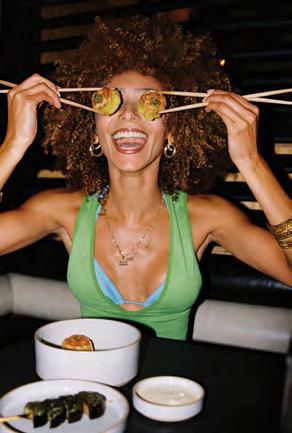ZEYNE
THE ANNIVERSARY ISSUE
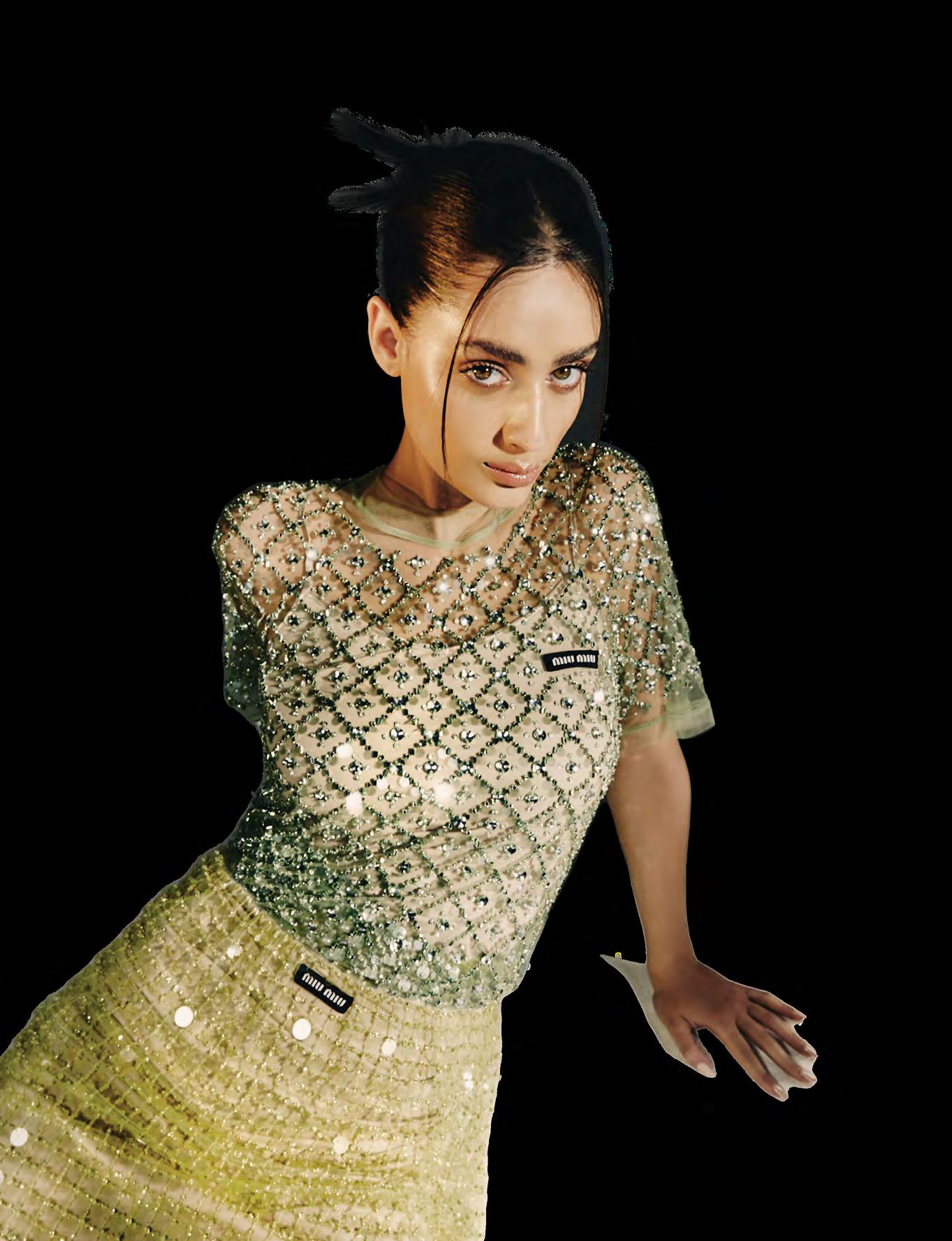









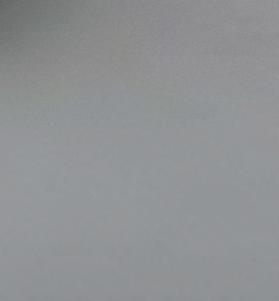



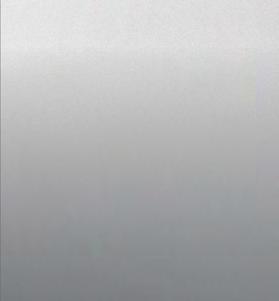
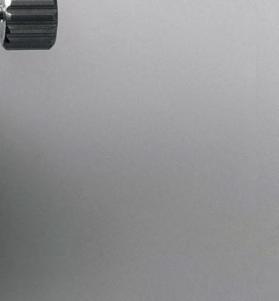

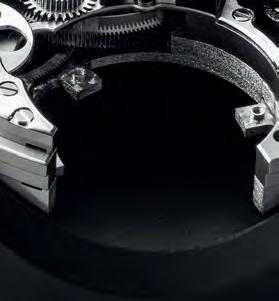
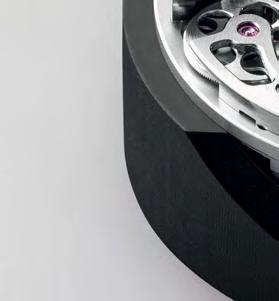
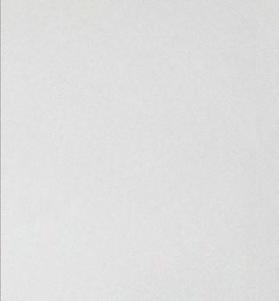
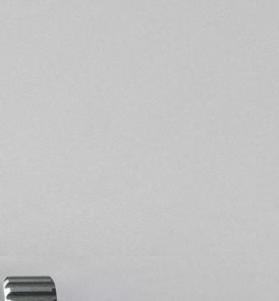

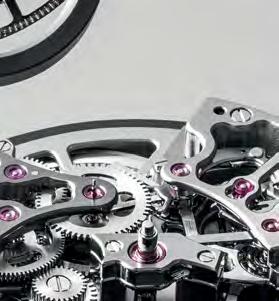
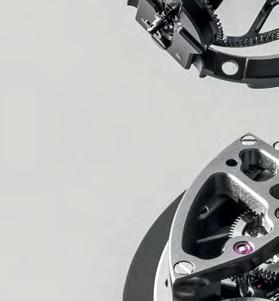
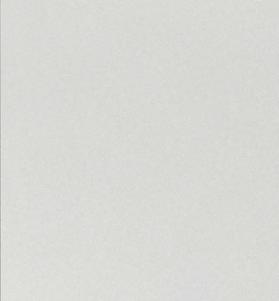

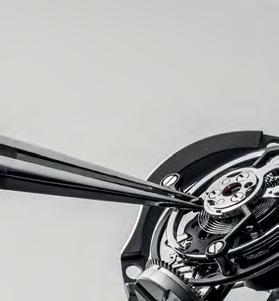
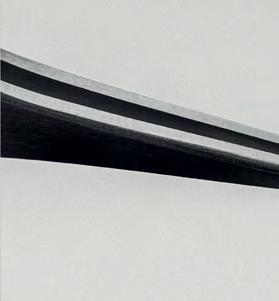
 MP-13 TOURBILLON BI-AXIS RETROGRADE
Titanium case. In-house manual-winding bi-axis tourbillon movement with bi-retrograde display. Limited to 50 pieces.
MP-13 TOURBILLON BI-AXIS RETROGRADE
Titanium case. In-house manual-winding bi-axis tourbillon movement with bi-retrograde display. Limited to 50 pieces.





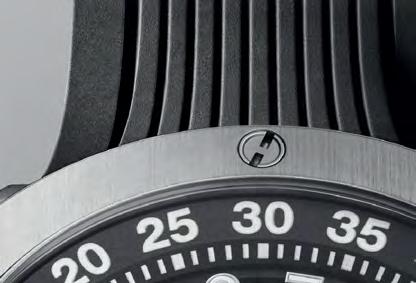

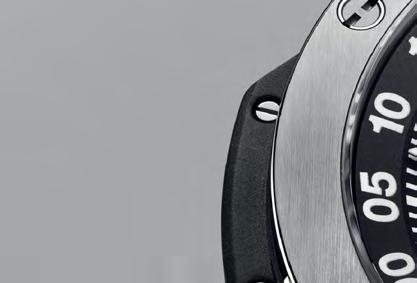
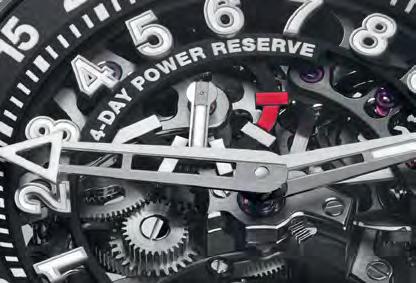
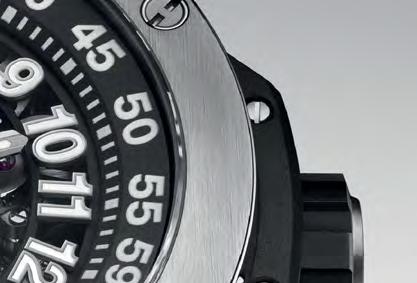

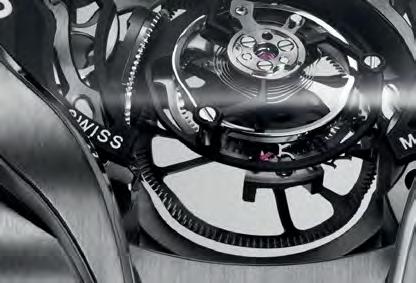
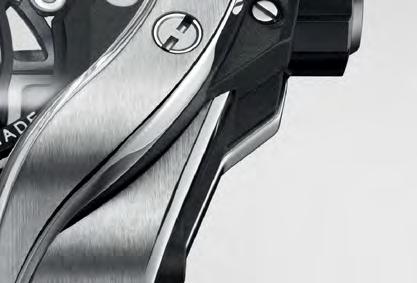

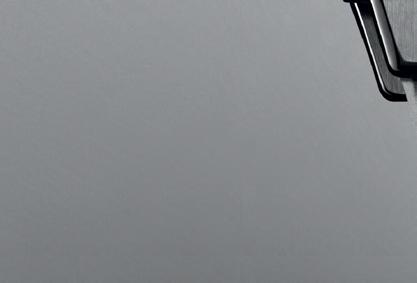

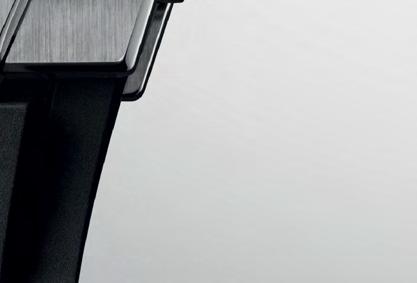
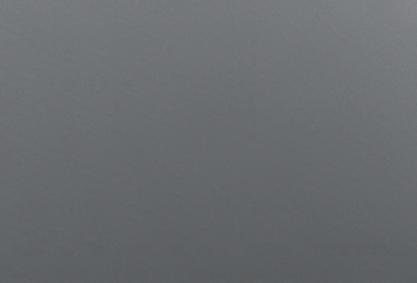

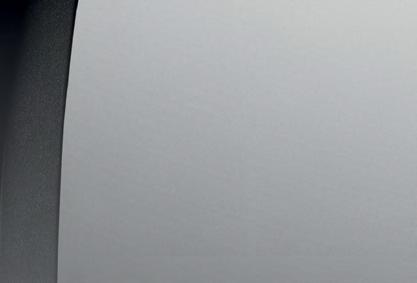



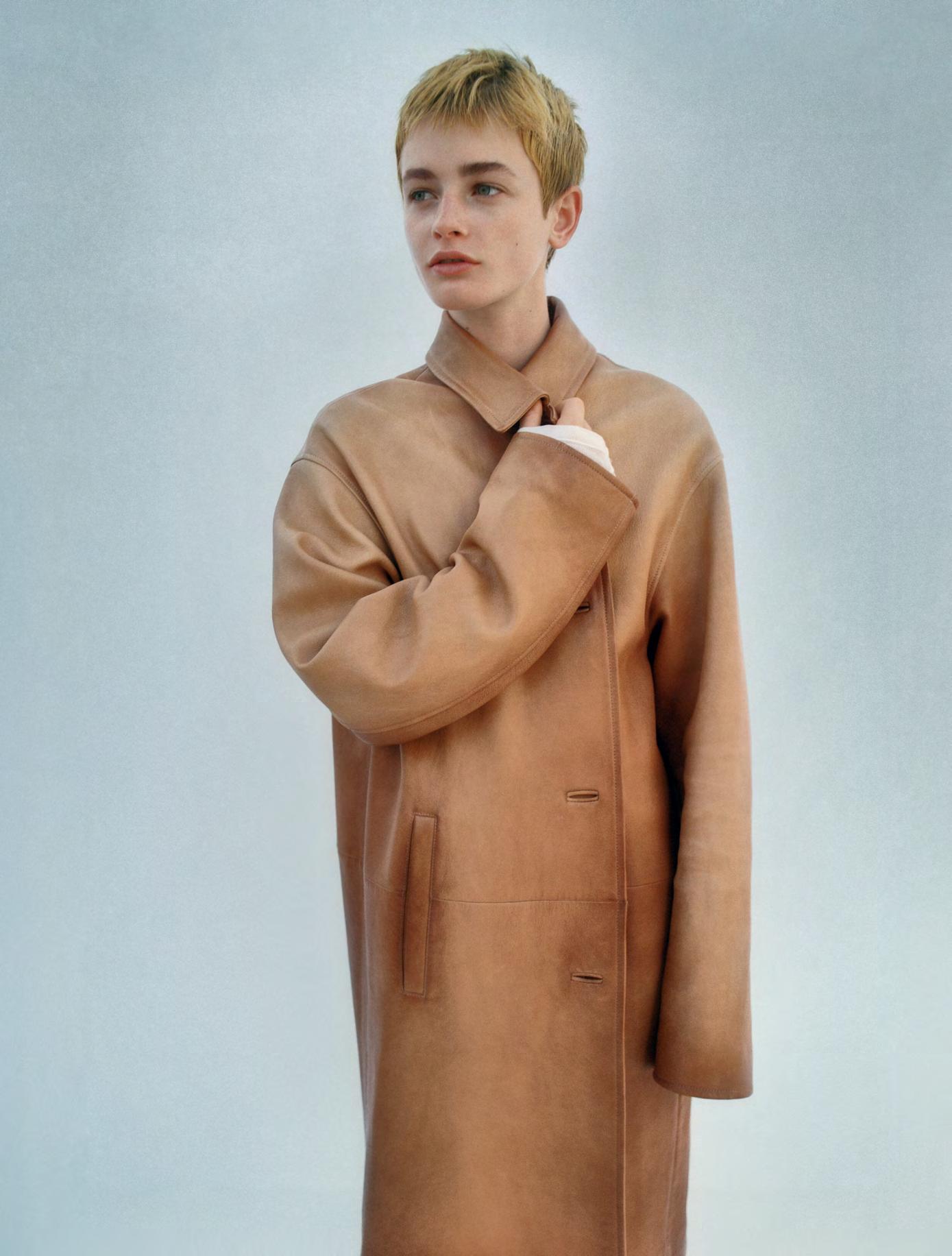


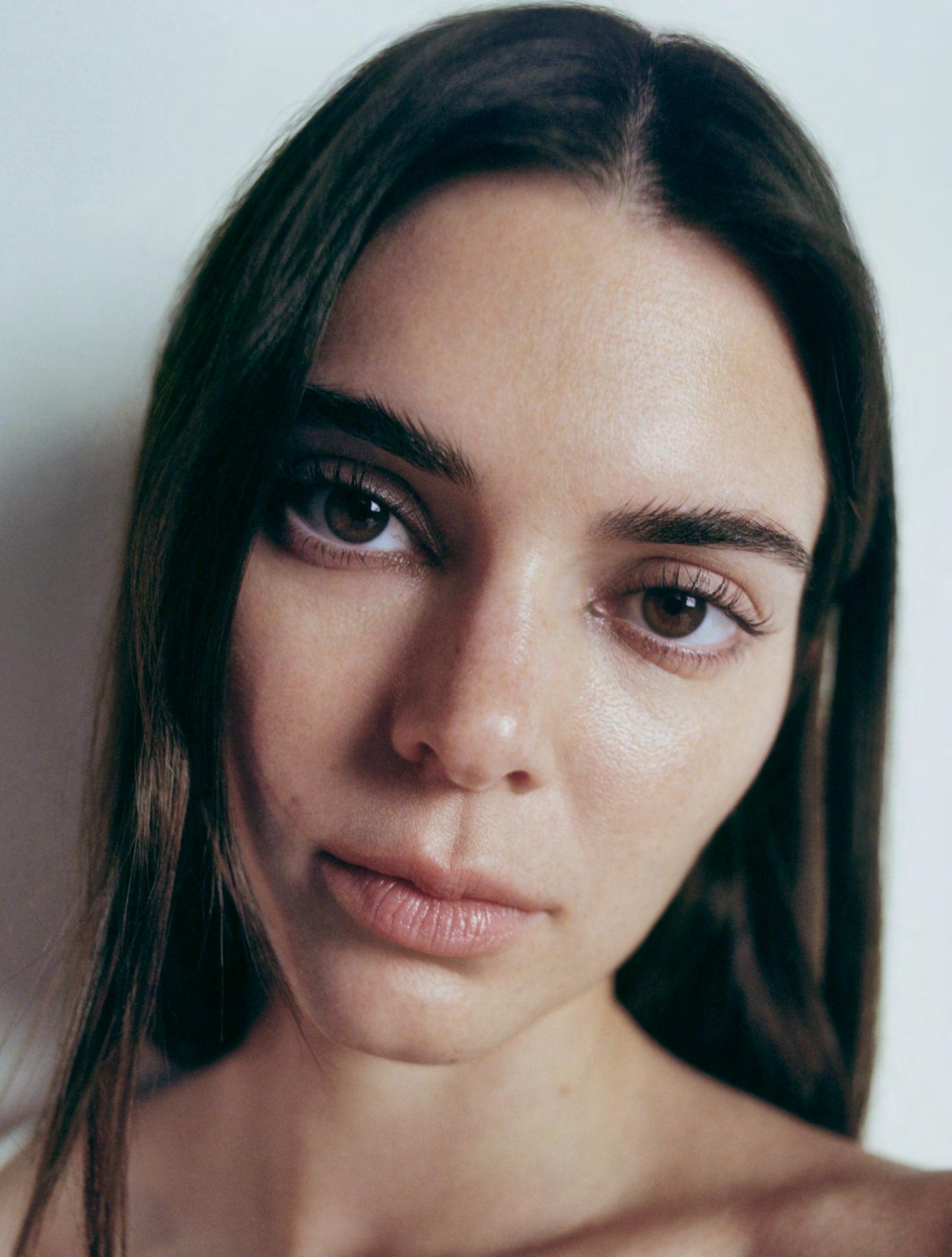
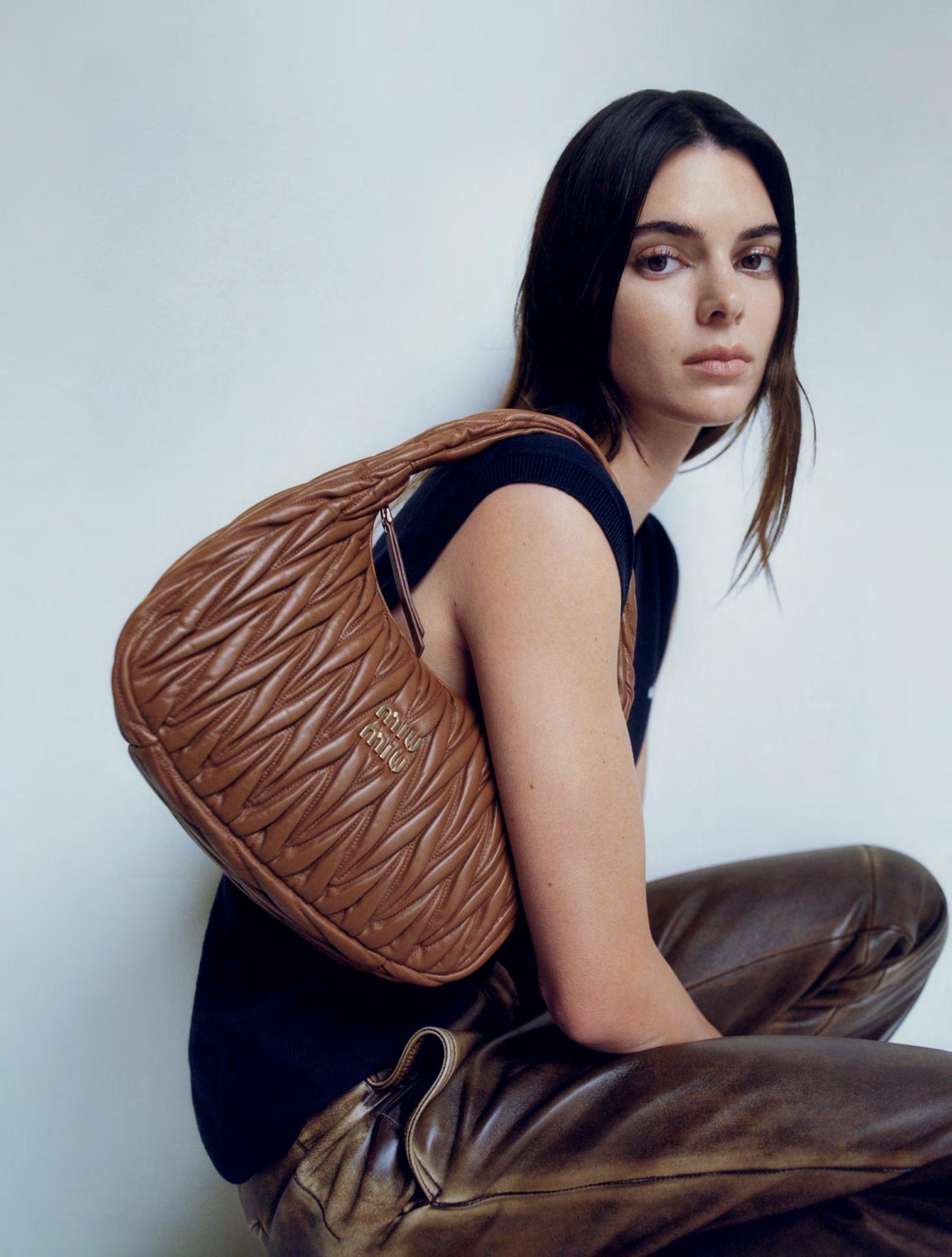

As I sit here on a plane, flying back to Lebanon to shoot our final cover for this issue, I’m finding myself overwhelmed. I can’t believe it’s been a year since we first launched YUNG. A vision and a lifelong dream of mine has manifested into reality, despite all the hiccups we found along the way. It’s been an incredible journey nonetheless, and we’re filled with so much gratitude knowing you’ve been there by our side.
Four issues printed, 16 covers, more than hundred fifty young talents from the Arab and African world revealed, showcased, brought into the spotlight where they deserve to be. I, we, could not be prouder of this journey.
We created YUNG because we truly believe that artists from across the MENA region have so much to contribute to the beauty of the world, but they lack visibility. We were born to fill that void.
Between a quarterly print magazine, a digital zine and an ever-growing presence on social media, YUNG has been a relentless machine when it comes to supporting new talents and telling stories of their achievements to audiences around the world. It has become the roof under which an entire community of young creatives is gathered today, where we tell tales and celebrate our successes.
Many creators from our part of the world have long dreamt of being featured on a magazine cover and it’s with so much joy that we can offer this to them. In many cases, it’s our team, YUNG, who has first showcased their talents, brought them to the attention of other audiences, and opened up new opportunities for them. I can’t describe how proud I feel right now.
But enough of this, let’s talk about what you’re holding in your hands. In this anniversary issue, the talented Lebanese-Australian actress Daniella Rahme talks about her life between two countries, the demands she places upon herself and her long hours of dancing, acting and learning Arabic to become the inspirational star that she is today.
And what would a party be without music and musicians? YUNG invites you to spend some time with sensational Jordanian-Palestinian singer Zeyne’s new single “Ana Wein”; to tune in to Saudi musician Mishaal Tamer’s viral sensation, ‘Can’t Love Myself’; and to turn up the volume for the dazzling Palestinian-American singer Lana Lubany’s first album, “The Holy Land”.
It’s been a great start, but that’s all it is, a start. We’re going to continue shouting from the rooftops about how creative our region is. We’re going to work harder than ever to offer a platform for a remarkable new generation of talent. Our world can often be incredibly challenging for artists and makers, we’re here to do our part in spreading their inspirational stories and to help them on their road to success.
Here’s to year two!
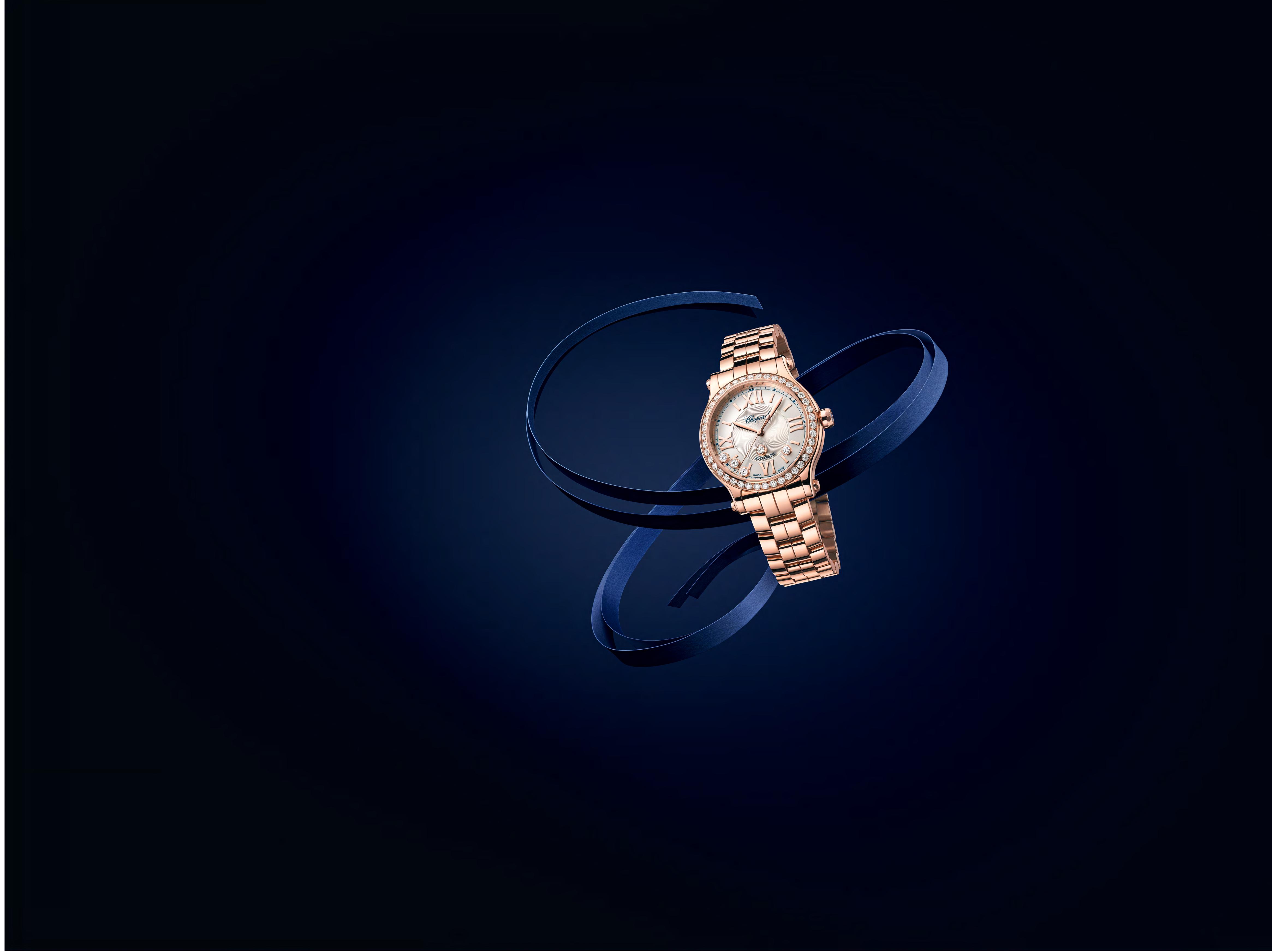
Founder and Chief Content Officer
SANDRA YEGHIAZARIAN
Creative Director
SAIF HIDAYAH
Art Director
ATHINA SYMEONIDOU
Senior Editor
LOUIS PARKS
Digital Editor
FIFI ABOU DIB
Fashion Assistant
NUJOUD OWEIS
Editorial Assistant
OMAIA JALLAD
Digital Writer
MENNA SHANAB
ADVERTISING AND PARTNERSHIPS partnerships@thisisyung.com
SUBMISSION submissions@thisisyung.com
PRINTING
AL GHURAIR PRINTING AND PUBLISHING LLC
PUBLISHED BY THIS IS YUNG LLC
Sharjah Media City hello@thisisyung.com www.thisisyung.com
All rights reserved. No part of this publication may be reproduced in whole or part without permission from the publishers. YUNG Magazine welcomes new contributors but can assume no responsibility for unsolicited photographs or illustrations. Every effort has been made to contact the copyright owners of the images and text in this issue.
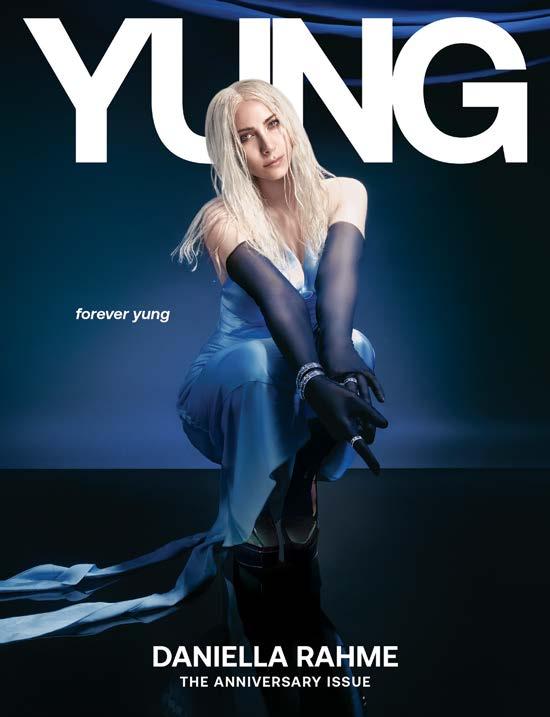

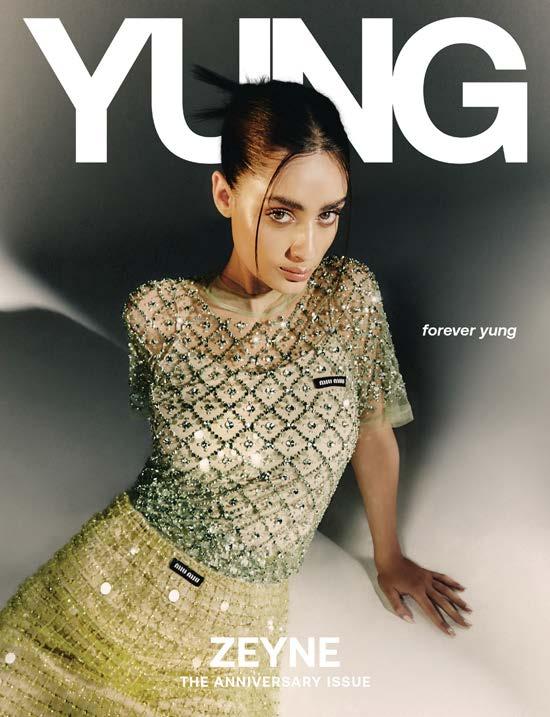
 MISHAAL TAMER
photography MAZEN ABUSROUR; styling SAIF HIDAYAH
LANA LUBANY photography MORGAN ROBERTS; styling TAIBA AL NASSAR
DANIELLA RAHME photography LARA ZANKOUL; styling SAIF HIDAYAH
ZEYNE photography AMINA ZAHER; styling SAIF HIDAYAH
MISHAAL TAMER
photography MAZEN ABUSROUR; styling SAIF HIDAYAH
LANA LUBANY photography MORGAN ROBERTS; styling TAIBA AL NASSAR
DANIELLA RAHME photography LARA ZANKOUL; styling SAIF HIDAYAH
ZEYNE photography AMINA ZAHER; styling SAIF HIDAYAH
Bling
Tapping
Diesel
Fostering Arab Talent Wonders Of Love
Ashfields Experience
Yung

AGNÈ KAMINSKAITÈ/ AIMEE TWIST/ AMINA
ZAHER/ ANTONIO
MERCURIO/ BENJAMIN
MEREDITH-HARDY/ CATERINA FICO/ DANA
SAAD/ DAMIANO
SEMINARA/ DANIELA
CORREIA/ DANY ABDEL
KHALEK/ DEENA
ALAWAID/ EKATERINA
SEREBRIAKOVA/ ESRA
SAM/ GAEL SASTRE/
JEAN KAIROUZ/ JODY
HASSAN/ JOE KELLY/ JULIE
WOZNIAK/ KAFRAWY/
KATE DIXON/ LANA
SHASH/ LARA ZANKOUL/ MABS KHAKWANI/ MAGGIE SEMAAN/ MARKOS IOANNIDES/ MATTHEW MONDAY/ MAZEN ABUSROUR/ MOE
MAANIEH/ MOHCINE
HARISSE/ MOHAMMAD
ALNATOUR/ MONA AL
MADHOUN/ MORGAN
ROBERTS/ MOSTAFA
ABDU/ NICOLETA BURU/ PERLA/ REMAH JAMMOUL/ STYSKUN YEVHENIIA/ TATIANA ITANI/ TAIBA AL
NASSAR/ UMANG THAPA/ VICKEN KENDIR
words NUJOUD OWEIS, OMAIA JALLAD, TAIBA AL NASSAR
You’ve said that your creative practice is “where wondrous chromosomes transform into creatures”, can you talk us through this?
What I mean when I say “where wondrous chromosomes transform into creatures” is that I do believe that when you meet someone that is in touch with their creative side, that they are born with some kind of mystical chromosome where this magic resides, it transforms these people, in my eyes, into wondrous creatures. I think everyone has that “chromosome”, it can manifest in different ways, but some are in touch with it more than others.
So, these people are my muses, they are the people around me that inspire my work. Each collection is personal, and it depends on the people I surround myself with and what they are living, and my personal experiences.
Can you describe your earliest memory of a paintbrush?
I wouldn’t say a paintbrush, but it was at school in math class, where my boredom and lack of enthusiasm for this subject pushed me to explore creatively. I started drawing, even on my tests, and then it was at home on the weekends till I started painting big formats and did my first small exhibition at the age of 17, then 18, then my 20s when I finally decided to make a career out of it.
If you were to unlock an alter ego within you, how would you describe this persona?
I think my alter ego is my sister, I think the telepathy I have with her, and the creative connection, makes her my twin and my alter ego, I think she would probably say the same. She is a character in my comic strips, always wearing a bunny hat. Her spontaneous, methodical, introverted self is always inspiring. We are part of the same mind.
You recently had your first solo exhibition “Indulgence” in Beirut, what narrative were you presenting to your audience throughout?
The narrative I was presenting was my interpretation of the seven sins. A life without vice seems like a life without enjoyment, yet humans seem to constantly be struggling with outwardly appearing as the best version of themselves, free of sin. But how easier would life be if we befriend our inner demons, and embrace our sins, make peace with them, instead of fighting them? Let them grow organically to become driving forces in our lives?
If you were to work with any artist, dead or alive, who would it be and why?
If I had to work with any artist, I would choose Hilma af Klimt every time.I think that she is the most inspiring artist, a true visionary. I think her exhibition at the Guggenheim was the first time I cried in public. I wish I had the chance to meet her and hear about her theories.
How would you describe your relationship with your works?
My relationship with my work is very personal, sometimes toxic, but I think all artists could describe it like that. After finishing a series after months of work, it’s emotionally draining. I sometimes go through depression, every painting is a memory of a feeling.
What mindset do you tend to be in when you create? Do you have any rituals that put you in that mindset?
When I create, I can’t stop, I don’t eat, I don’t sit, I only stretch, pause, stare and paint, until I feel that a feeling has passed. My rituals are to work out before going to the studio, to calm my nerves, I have to eat something very light, because I need to produce my energy, it’s hard to explain, soul music in the background, I like having people I trust around me while I work, it calms me, it’s usually my sister, she sometimes reminds me to drink water, but other than that, she works and keeps me company. It’s a lonely career path sometimes, unless your characters are considered company.
When considering why you create your works, what can you tell us about the true meaning of your creations? Do they adopt a universal message perhaps?
The exhibitions “Abstinence,” “Functional Impairment,” and “Indulgence,” are all linked to the 4th of August blast that happened in Lebanon, and the process of healing that we all went through. The different phases and forms of suffering, as well as the evolution to a new version of yourself and a sort of liberation from the dark bubble.
What art movements inspire you the most?
The most inspiring art movements in my opinion are Dadaism, German expressionism, and the Surrealist movement.
What are the main mantras that you live by?
My mantras in life: Always be curious. Try not to grow up. Feel every emotion. When you can, make people laugh.
Lebanese-Armenian artist Alexandra Bitar’s muses fuel her creative process as she draws on their and her own experiences.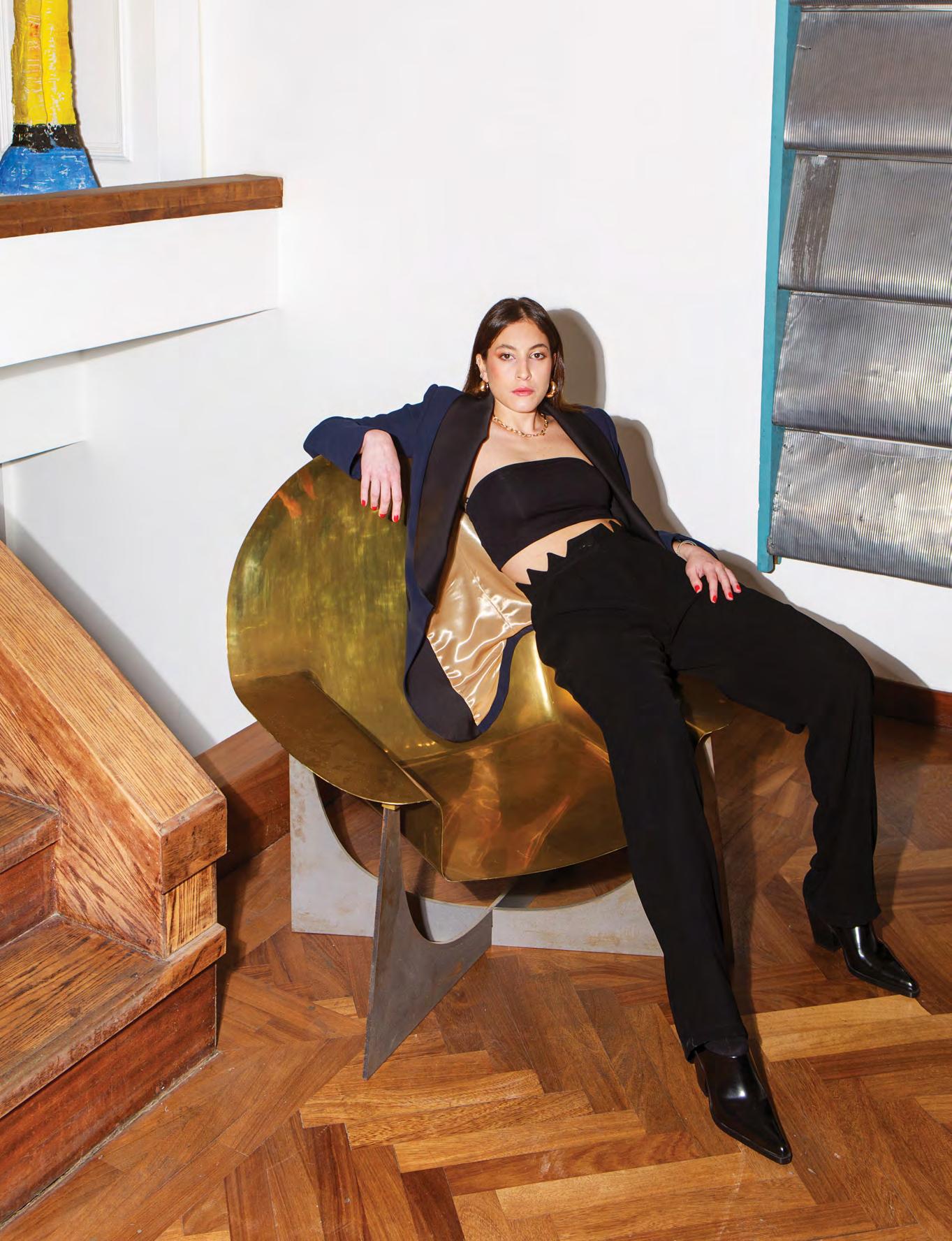
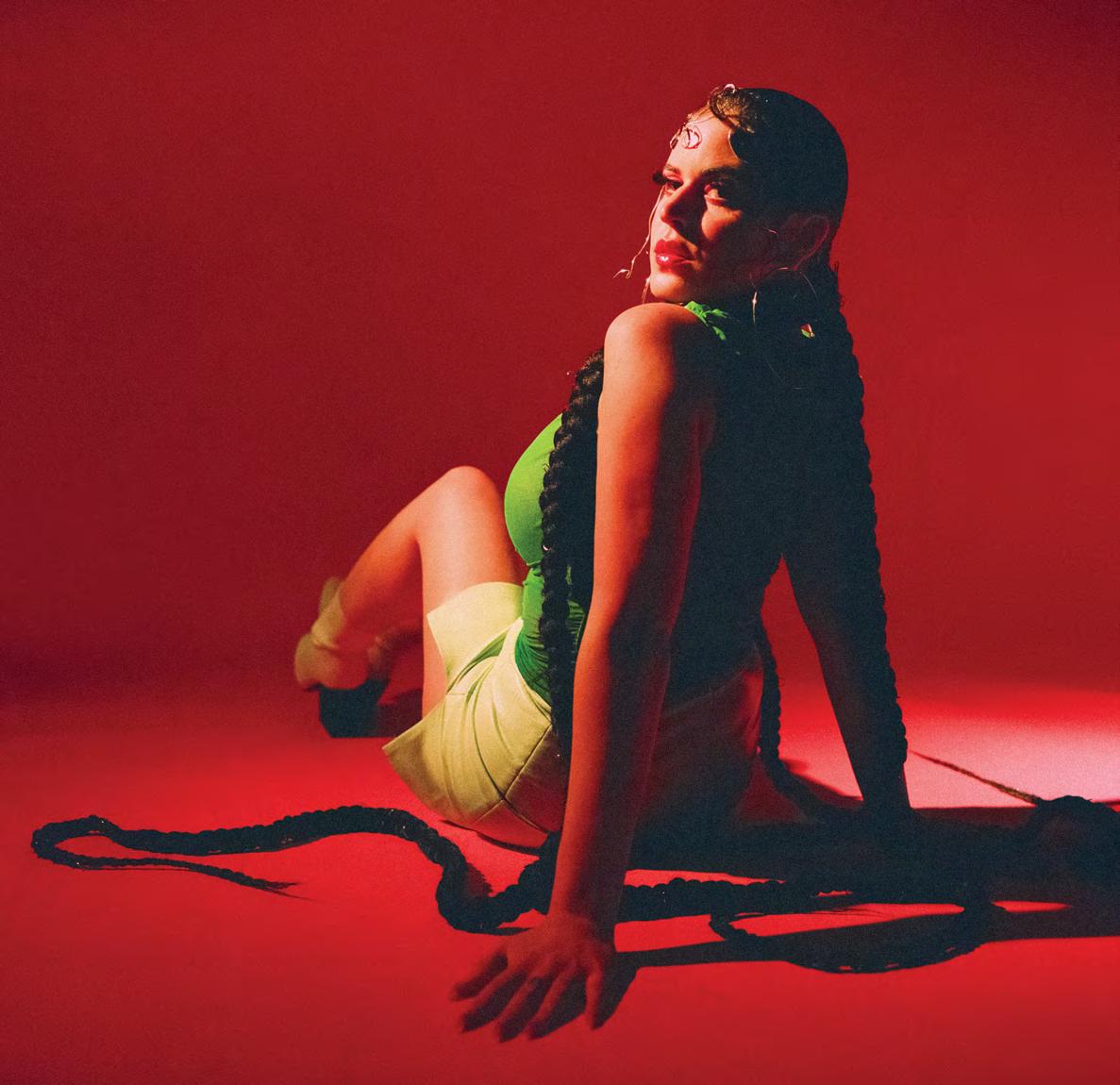
Nadine El Roubi is a Sudanese artist of Iranian and Egyptian ancestry who blends neo-soul, RnB, and hip-hop to create a unique, fresh sound.
Who is your dream artist to collaborate with and why?
When I think about collaboration I think, who can bring out a different side of me? Who can I learn from? Abyusif is someone I’d love to make a song with. I feel like writingwise, he would challenge and push me to rap my best. His word play is so clever. And I’m insanely curious what we would sound like together on a track. Working with Kendrick Lamar would be a dream come true as well. He is someone who really extends the boundaries of hip-hop in how he conflates it with neighbouring genres like jazz, and his approach to thematic writing is what I aspire to. SZA, of course. Her writing style is so free-flowing, a stream of consciousness. I feel like she’d push me into a really vulnerable and honest place.
How have your different cultural backgrounds influenced your musical style?
In all honesty, I’m only really exploring that influence now. Working with Kubbara, an Egyptian producer who produced my last EP, Triplicity, really awakened that desire in me to bring my roots closer to my music through the sounds we choose. On Gravity he added a crazy mahraganat vibe in the drums and that rhythm added an entirely new dimension to what was originally a very bossanova sounding song. I started writing a track called Culture and it had such a club vibe to it and I thought to myself, how can we make it more Arab? I sent it to a Syrian producer named Thanks Joey who’s worked a lot with Narcy and he killed it. So I’m excited to continue to explore the bridge between hip hop and Arab influences.
With music being your creative vessel, what message are you trying to convey?
The message changes with each song. Ultimately, I’m just trying to find myself through my music. It’s also a little game I’m playing with myself. How good can I get? How deep can I dig? It’s thrilling everytime I sit down and write, because I never really know what will come out.
What is your dream venue, or destination to perform at?
I’d love to play the Jazz Cafe in London with a live band. A proper 1-1.5 hour set dedicated to re-imagining my entire catalogue with live instruments. That’s in the future though. Tiny Desk would also be insane.
Talk us through your rituals before a performance, what do you do to get yourself into the mood?
I’m still working on those! Now having done a few shows back to back, I’m realising I need to figure out a better routine for myself and a set ritual that gets me in the right headspace before a show. It’s been a little chaotic and I’m trying to figure out a way where I can return to my centre before going on stage. Otherwise I literally black out when I’m up there and it’s not a fun feeling to not really understand how the show went after it’s done because I was too spaced out to be present in the moment.
Behind the music, who are you?
Just someone trying to figure themselves out and get their shit together. There’s so much I don’t know about the world. And a lot I don’t know about myself.
What brands do you wear and support when on stage?
The shoot for this feature actually happened because I was looking for a stylist for my Utrecht show and an incredible designer named Tessa reached out to me. Her brand is called ‘Eeden’ and it’s just a collection of some of the most gorgeous pieces I’ve ever seen. They scream femininity and grace - unapologetic power. I’m so excited to wear her work on stage because I know I’m going to feel great in it. On top of that she’s such an incredible person. For my last London show, the mini-tour finale, I’m going to be wearing Hadiyah Hussain. Her cuts are gorgeous and the patterns are so bold and vivid. And we absolutely love brown women designers! I’m so excited to meet her.
What do you do to get inspired to create music?
I honestly just live. And one day I’ll sit down and it’ll just pour out. But to set the mood sometimes I do love dim lighting, a candle lit, maybe some incense. Always some smokes! It’s not a must, but it definitely helps.
You’re driving home after a long day of work, what song is on the radio?
Street Dreams by Kamaal Williams.
If you could go back in time, what advice or tip would you give your young self?
Stop looking for validation anywhere outside of yourself. And get your shit together and focus! And I tell myself this, to this day. Will I ever learn?
Adrian Pepe is a Honduran-born fibre artist living in Beirut. Investigating materials and his process, he interweaves nature and culture to create objects as tools that serve to open a new discourse.

Tell us a little bit about how you embarked on your creative journey.
When practising and performing ancient craft processes, we find ourselves in a space of re-enacting histories and ritual, consequently arriving at meditative flow states accessible through recursion and repetitive motion. From this perspective, the importance of craft lies in a bodily engagement with matter as it is sourced and transformed. It awakens a primal, dormant instinct of a more tangible understanding of bodies in nature, an ancestral memory of simplicity in complexity. In textile artistry, the act of applying structure to raw fibre connects the artisan to a wider ecosystem, as the soil births the grass that nourishes the sheep that grows the wool. It is an intentional thread weaving humans to earth through millennia-old choreography. Thus, a renewed responsibility is forged as relational ties are internalised as muscle memory.
What is your favourite natural element to extract inspiration from and why?
Thus far, fibre is my chosen medium for making and source of inspiration. As a fibre artist, my works are textile-based. Through the process of directly colliding with the sentient provider of the raw material, be it plant or animal, relational ties are formed, resulting in objects of use and cultural significance and, more importantly, a holistic understanding of processes in nature. Through my work I’d like for people to reconnect to a sense of primalism, a return to the origins, revisiting an ancestral knowledge-base. During these unprecedented times, this moment of global fragility invites us to search for answers from a more integrated perspective, revisiting more grounded forms of existence.
How do you go about sourcing raw material and natural mediums throughout your creative process?
Im constantly searching and investigating new mediums to use in my creative process. The first step is an immersive experience within the context where the raw material exists, interacting with local communities, artisans, and the sentient providers of the raw material, the flora and fauna of the place. In the case of Levantine wool, many of the craft practices surrounding the material have atrophied, hence the need to research and explore past modalities of wool labour and ritual. Sheep are normally sheared during the spring/summer time. The wool is then purified through willowing and fluffing,
processes related to the cleaning of the raw material. These rigorous, physical activities are translated into a sort of dance, a language used to further investigate the relationship between humans and sheep, humanity and ritual. Through contemporary choreography, the makers embark on a somatic exploration of the complex relationships, transforming movement into symbol, process into ritual.
You are fascinated with historically significant artisanal crafts, tell us more about that. The work serves as an access point for reflecting on shared cultures between people and matter in different time periods. By reflecting on an ancestral knowledge base, a more intimate relationship is established with common materials from which we are contemporarily disassociated. The work invites a discourse surrounding the human condition in our rapidly-evolving social and technological context. As we move toward a deeper understanding of our natural world, our existence becomes increasingly animistic.
How do you incorporate your heritage in your works?
I grew up in Mesoamerica; a region known as a global crossroads where local and foreign cultures clashed and integrated in the formation of the ‘New World’, including pre-Columbian societies, European settlers, African and Asian migrants.
With this amalgam of people and ideas, flourished a new sort of identity in the region, one which constantly sought to find its origin, sieving through the few cultural and historical remnants that remained. This attitude informs my work and craft; a significant part of my methodology stems from retracing processes and material histories, reviving and performing craft gestures and actions to better understand today.
When you’re not creating, what do you enjoy doing to reset yourself?
The ultimate reset that I know of is silent retreating, or Vipassana, a practice involving deep meditation and stillness. The first Vipassana ceremony I participated in was six years ago in Indonesia. Focusing all youar attention on the sensations in the body, it is a practice that you carry with you to train yourself on mindfully reacting to the fluctuations of daily existence.


What themes are explored in your work?
The most important thing to me is to represent my culture in my work. Living in America for about 9 years was eyeopening, because of how little westerns knew about Morocco. So I made it my mission to share the incredible stories of Moroccan people and to break the stereotypes that foreign people may have about Morocco. One of the themes that I find myself going back to is nostalgia. I had a really happy childhood, growing up in the Medina, the old part of the city of Marrakech, and experimenting with this theme allows me to reconnect with my roots.
Where did your love for visual storytelling begin?
My love for documenting life began at a very early age. My family had a business renovating historical Moroccan riads into bed and breakfasts and we used to live in the same riads as the tourists that would come to visit. Most of the tourists we would host were painters and photographers. So I was surrounded by creative people at a very young age and it grew from there.
Based between Marrakech and New York, you’re part of two immensely colourful cultural and visual landscapes. Do you ever feel there are crossovers between the two cities and how they inform your work?
All the time! The most exciting part to me is finding those crossovers and experimenting with them. Most people don’t realise that Marrakech and NYC are more alike to me than they are different. Both cities are very hectic and loud and they are magnets for all sorts of creative people.
How has your relationship with home shifted after living in New York?
It has been such a wonderful experience of re-discovery. After being away for so long, I have gained a new perspective, there is so much that I appreciate even more about my home. I’m blessed to be from a country that’s so rich in history and culture… . As an artist that’s where I find endless inspiration.
Your work often removes its subject from their environment and places them in alternate contexts. What inspires this manipulation of visual landscapes that’s present throughout your work?
Living in-between two different countries hasn’t always been easy. I love my home country, but I also feel a deep connection to NYC. For the longest time I felt like I had to choose one or the other and that’s not easy. The idea to photoshop an American model that I shot in the US and change her environment to the sahara desert was a way for me to have the best of both worlds.
What sources of inspiration do you draw from when creating your ‘custom frames’ and the images that live inside them?
The idea for custom frames came at a very dark time during the quarantine era. It was winter and I was stuck in the midwest. It was also around the same time I finished school and, for the first time in my life, I didn’t know what I wanted to do next. The custom frame series is about breaking boundaries and borders using unconventional materials that you wouldn’t necessarily associate with a frame. Building things with my hands is something that I enjoy doing and it helps me connect with my home country because craftsmanship is something that I grew up around, so the sculptural element of building the frames helped me connect with home in a time of disconnect.
What elements do you seek out when sourcing the diverse range of materials you work with?
Because”Custom Frames” is a new project and I’m still experimenting with it, I try not to think too much about the material. It’s more like I walk past something and if it sparks an idea I collect it and put it on the side until the right photograph comes.
Tell us about a moment in your journey that you are proud of.
I think my proudest moments are when my family sees some of my work shared on a social media platform and they send it to me with an encouraging message. Family is important, without them I wouldn’t have the freedom to do what I do. I know how hard it is, in Morocco specifically, to have a family that supports your artistic endeavours and I try not to take that for granted.
What message do you hope to contribute to growing conversations on contemporary art and culture in the SWANA region?
There is a lot that I admire about my country. I think we’re blessed to be part of a country that’s so rich and diverse in culture, nature… but there is a lot that needs to get better in terms of gender equality, historical preservation, and environmental issues. I hope that I can create some content that will inspire Moroccan people to care more about these important issues.
What aspirations do you have for the future of your practice?
My aspirations for the future are to keep learning and to get better at creating art that Moroccan people can connect with, and that non-Moroccans can discover [more] about our diverse country.
Moroccan filmmaker and photographer Sara Benabdallah embraces the similarities between her homes of New York City and Marrakesh to tell tales of her country’s heritage and culture.Egyptian Graffiti Artist Shaheen, also known as Toxik, started his own studio, Kraks Kustoms, in 2017. Painting on cars, vintage bikes and, of course, all sorts of urban surfaces, Toxik is taking his artform to a whole new level.
What got you interested in graffiti art? How did it all start?
Cairo is a busy city full of artists more than the art itself. The influence I got growing up in Cairo was more from the artists living here. The diversity of the city and meeting lots of different people definitely helped me get inspired.
How has your experience living in Cairo influenced your artistic process?
My main influence was playing video games like GTA. I used to pause and copy the graffiti pieces I found.
Talk to us about the art scene in Cairo. How has it evolved? Did that affect your work?
The art scene in Cairo was a bit hidden until the hip-hop culture started growing, it uplifted the art of graffiti and helped it evolve.
You have collaborated with several artists, designers and brands. What was your favorite collaboration thus far, and why?
I worked with a graffiti artist called Njoy from Portugal on a graffiti piece in Bali, Indonesia, Ii also had a collaboration with Mohamed Ramadan where I customized his outfits for a Tik Tok music video with Super Sako. And I worked with designers like Bosaina Ali on a project with Mohamed Ramadan and Zeyad El-Ghorab on a collection for BEINDIE. Some of the brands I’ve worked with are Redbull, Spotify and Adidas. Redbull was my favorite, because they definitely challenge me and push me to the limits and that’s what I like the most.
How do you research a piece before executing it? What happens before your artwork comes to life?
Before I get into any work I make sure that I try to expose myself to new experiences and meet with different people to open my mind to new ideas.
Spray paint seems to be your go-to medium, why is that?
I find myself more comfortable spraying than hitting the surface I paint on.
What message are you trying to convey through your work?
I don’t believe in delivering messages, because for me I believe that everyone has his own freedom of speech. Instead, I believe in giving energy.
What is your favorite spot that you’ve painted at?
Outside of Egypt, Tropica Festival in Bali, inside of Egypt, my favorite spot would be the Maadi Town Mafia Studio.
What would you say is the role of the people, or the audience, in your work?
We exchange energy, and energy is definitely my motivation to keep getting better.
If you could create a graffiti piece for a celebrity (dead or alive) who would you choose?
Travis Barker.
What music are you playing when you are painting?
Definitely playing drill music and punk rock.
What advice would you give aspiring graffiti artists who would like to put their work out there?
Try to find your own style and own identity.
 photography ELIAS MIRAAL
photography ELIAS MIRAAL
When was it that you discovered your passion for photography?
Take us back to your earliest memory of it. One of my earliest memories of photography was when I was 10 years old. My sister had an old vintage camera, and I was fascinated by the way it could capture the world around me. I took my first pictures with that camera - they were pieces of metal that I found on the rooftop of my parent’s house. Even though they were just simple objects, I felt like I was capturing something special and unique.
You have an educational background in architecture. Does that factor into your work?
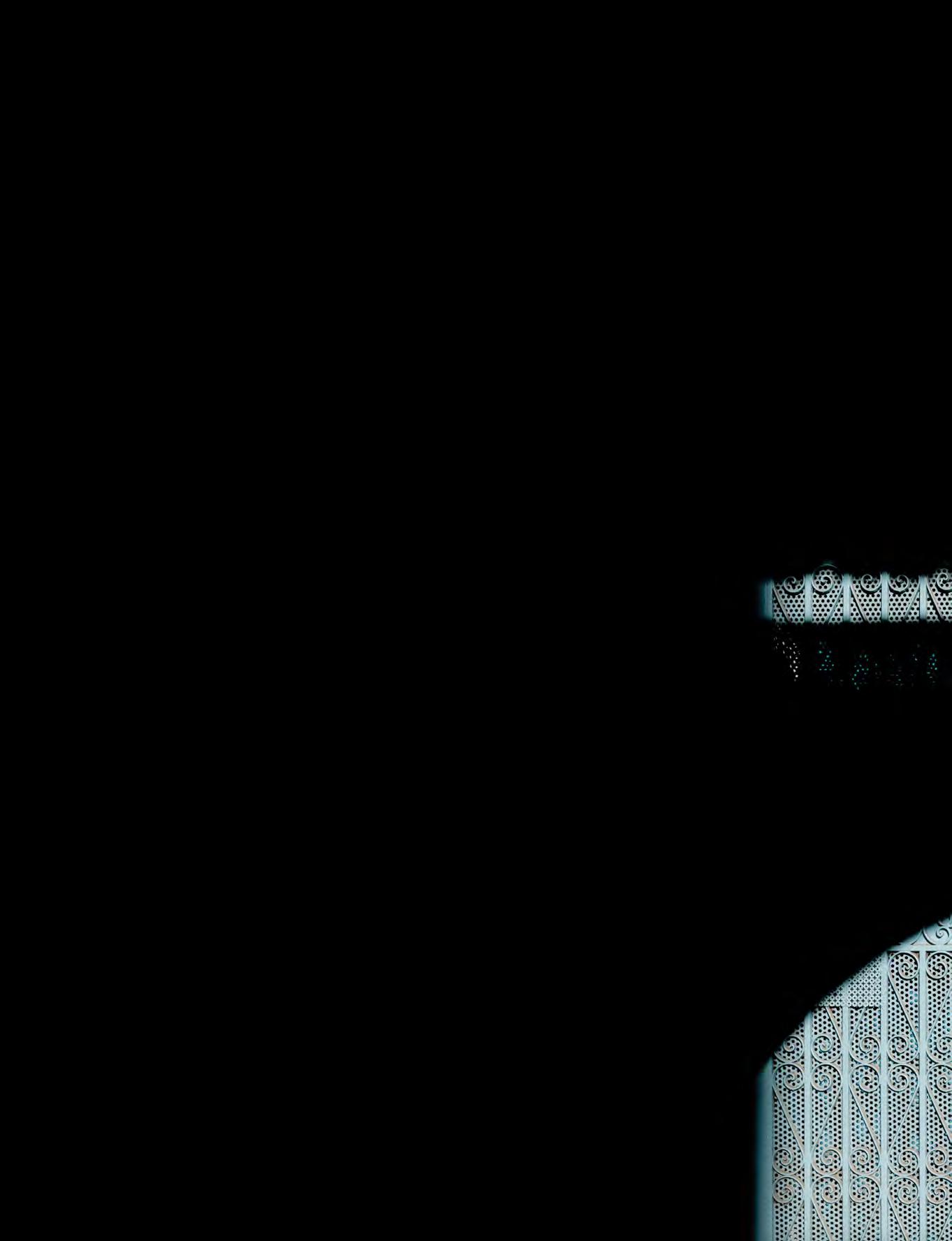
In June, I will receive my diploma as an architect from Tunis National School of Architecture. Certainly. My background in architecture has definitely influenced my work as a visual artist and photographer. I learned to think critically about space, form, and function. Architecture has taught me to pay close attention to the relationship between different elements in a space and to consider how they interact with one another.
When I create visual art, I often apply the same principles of composition, form, and space that I learned in architecture. I use my understanding of these elements to construct visually compelling images that engage the viewer and invite them to explore the nuances of the space I have created. I am also deeply influenced by the aesthetic principles of architecture, including minimalism, clean lines, and geometric shapes.
Your photographs have an emotional essence to them. How do you go about creating it? Do you specifically look for moments to capture, or do they come to life organically?
I aim to capture the emotional essence of a moment or a feeling in a raw and authentic way. I employ both organic and intentional methods, sometimes going out with a specific idea in mind and actively looking for moments that match my vision, and other times wandering around with my camera and letting my intuition guide me. Regardless of my approach, I prioritize creating a comfortable and trusting atmosphere for my subjects, to allow them to express themselves authentically.
Tunisian photographer and creative Bachir Tayachi works with film, video and drawings to create extraordinary images of the ordinary, bringing through raw emotions thanks to his connection to his subjects.What interests you about human behavior and emotions and what are you trying to say through your work?
In my work, I hope to capture and appreciate each person’s uniqueness, highlighting the specific attributes that set them apart from others. I feel it is critical to promote and value diversity, and I hope that my work inspires people to understand and enjoy our differences. At the same time, I wish to portray the universal human experiences and feelings that unite us all. By capturing my subjects’ raw and authentic emotions, I hope to foster empathy and connection among viewers, fostering a deeper understanding and appreciation of the human experience.

Throughout your career, you have curated short films that depict different human emotions and experiences. What challenges have you faced working with film in contrast to photography?
Yes, I have created several short films such as ‘Daydreaming’ (5 min), ‘Her’ (7 min), and most recently
‘Little Black Sheep,’ which took me seven months to complete and won me the special prize in Khatawat Cineparcour 2022. While working with film, I found it to be more challenging than photography due to the increased time and preparation required, as well as the need to focus more on actors’ performances. In addition, the filmmaking process involves several stages, such as scriptwriting, decoupage, montage, and post-production. However, I also believe that both mediums offer unique challenges and rewards, and it’s up to each artist to choose the approach that best aligns with their creative vision and goals.
‘Little Black Sheep,’ is a short fiction experimental film telling the story of the people who live the chronic fear of their truth, the fear that’s haunting us from revealing our truth to the world.
The film tells a story of two boys, cisgender males, who live in a small estate where each one is living the journey of discovering his sexual identity by sharing desire, sensuality and lust in a non-communicative and violent relationship that comes out of fear.
photography BACHIR TAYACHI
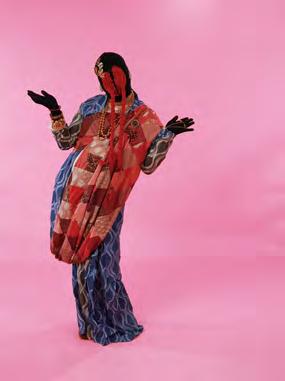


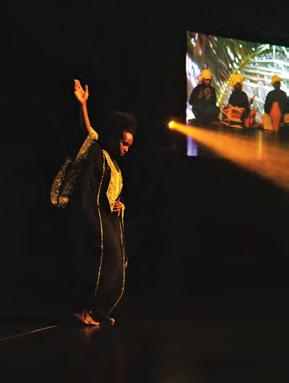
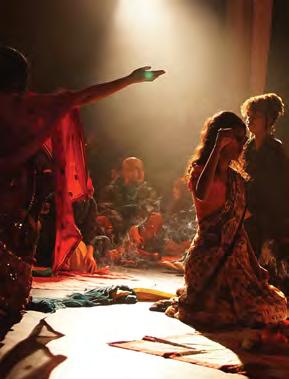
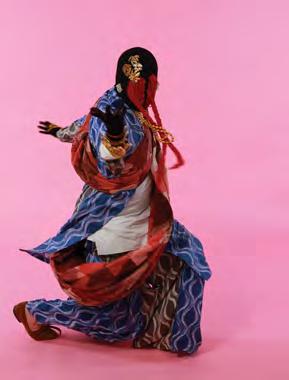


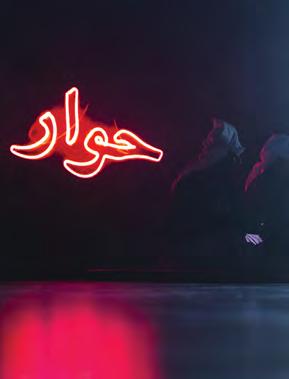
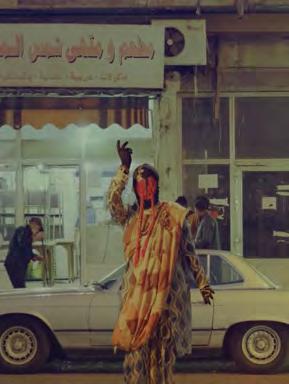
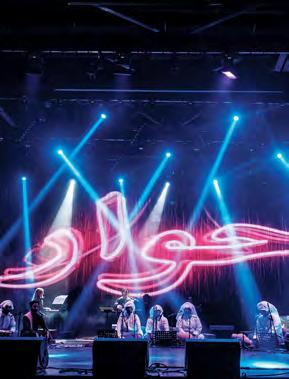
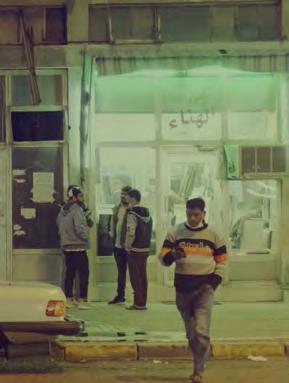
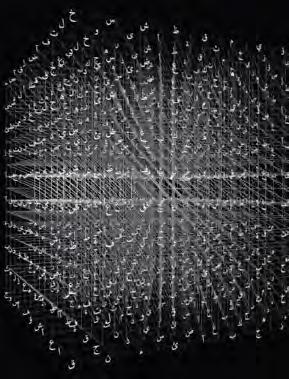
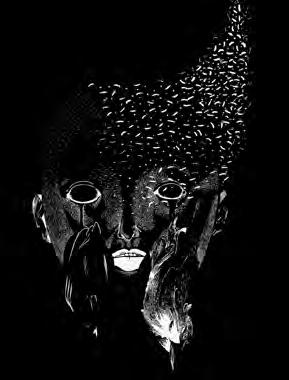

Zahed Sultan is a multihypenate creative, working in a wide range of audio-visual media to produce thought provoking music and more that engages with ideas of social justice, community and culture.
Tell us about what it is that you do and how your journey began. Who is Zahed Sultan?
I explore storytelling through music, digital art, film, live performance, and cultural production. I have founded a social impact organisation in Kuwait (en.v), an arts organisation in London (COMMUN), and I’m working on a data co. at the moment.
From the moment I journeyed into music and public facing art, I didn’t have the stamina to chase trends or participate in viral nuances. I look at my journey as a slow burn process. I aspire to create timeless work which at times will take its time to find its place in the world - and I’m ok with that.
I also have an unforgiving habit (good or bad) that when people say go right, I go left. I have done this so many times in countless ways. I think it’s because ‘right’ feels like a saturated, loud space. Whereas ‘left’ allows for the opposite, an open and curious space. Naturally, this habit brings about a sense of ‘otherness’ or oneness because you challenge the status quo. It can be uncomfortable, but thankfully I have numerous mediums to channel my discomfort into.
What audio elements are fundamental to the music you create? How would you describe your sound?
In the early stages of the pandemic, I coined an overarching theme for my work - Pop Nostalgia - as a lens through which I reshape an imagined or real past in a familiar, yet contemporary way.
I don’t have a particular audio element that is fundamental to the music I make. It’s a culmination of ideas that I log over time through various mediums like writing notes or phrases on my phone that unexpectedly come to mind, recording voice notes of songs that I hear on the radio or TV which I overlay with a vocal melody or harmonise a word with by looping it over and over. I also Shazam songs from TV series or movies that inspire a beat, a rhyme, or anything in between.
Your book, Haramacy, is a collection of stories of cross-cultural identity from a diverse range of writers. What objectives did you have?
In moving to London and exploring the many nuances the city had to offer, something struck me – how come such a diverse city had so few cross-cultural projects? Especially since ‘diversity’ and ‘inclusivity’ were / are such big buzzwords that circulate in the Arts.
Unpacking this led me to create the first Haramacy program in 2019. On completion, I met up with a writer (Dhruva Balram - who later become a co-editor for the book) and we had a chat about the lack of diversity in UK media and how there wasn’t really a space for us to tell our stories unless they could be bundled into trending narratives or sit comfortably within a particular ‘gaze’. The idea for the book was born out of this chat and the intention was simple - let’s create a collective space to tell our stories, our way.
Collaboration and community are central to the projects you produce. What inspired your commitment to platforming and collaborating with other creatives?
I think it came about because I dared to take the initiative and shape spaces / build community when the consensus was that it was hopeless at the time (in Kuwait). I also have a curiosity to tell stories across multiple mediums which requires me to adopt a collective / collaborative approach to creating works in order for me to realise my ideas.
I feel like collective work is necessary. I have seen how it can lead to ingenuity and acceptance. If we look at the world around us, especially today, it emphasises that overcoming cultural and social challenges can’t be achieved through division, but rather by coming together and celebrating the threads that exist between each other.
How has your Kuwaiti-Indian heritage informed your approach to art, making, and community building?
Code-switching between two cultures comes naturally to me because I have been doing it my whole life. I’ve come to realise that exploring heritage and cultural similarities can create a hybrid space that feels comfortable - like home.
Saudi creative Nasser Almulhim combines organic and geometric shapes in his work as he creates 2D and 3D works on his own journey to spiritual healing.
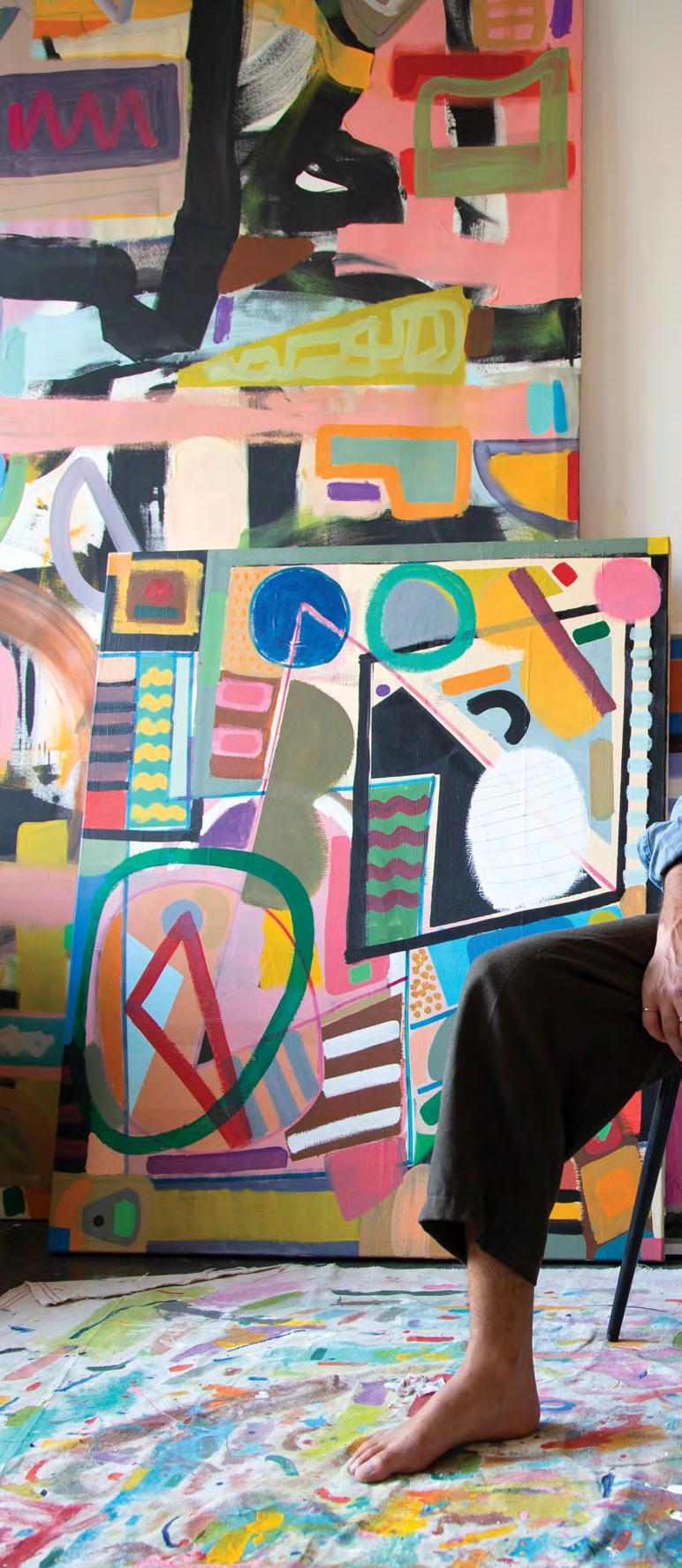
Your creations are immensely rich in colour, is there a story behind this?
I believe I have always been fascinated with the colours around me when I was a kid. I had always been attracted to saturated colours or the colours of nature, like flowers, the Sun et cetera and I always asked since a young age why all these creatures that I absorb contain those colours and until now I am wondering and seeking answers, not necessarily normal answers, but psychological ones.
Describe your lightbulb moment. When did you realise you were destined to create art?
When I lived abroad I used to study engineering, and I met people that are very close to my heart they were all creative, artists, designers, musicians, and whenever we hung out they always told me, “Nasser you a creative soul, you are an artist,” when they visited my space they saw me painting or playing my guitar and in those moments, and this unique friendship, I realised that I wanted to study something that represented my inner energy, so I decided to change my major and study Fine Art and that was the best decision I have ever made.
The energy behind your work is rooted in how the human psyche perceives it. Talk us through that.
I believe that every action you do, there is a place within our psychological understanding that needs to be faced. Certain colours and shapes touch our energy differently and through these two elements I am trying to open this world of self healing self reflecting.
What story are you trying to narrate through sharing your creative practice with the world?
The story of equity, the story of being fully yourself without wearing a mask, the topic of psychology, spirituality and mental health. honouring our feminine and masculine energies within us.
What is your favourite medium to work with?
Pigment, like painting. I do like metal and coloured glass and cement, too.
You’re roaming in an art museum, what section are you exploring for inspiration?
Painters from the 70s - 90s except pop art are not big fans of it.
What is the significance behind your use of shapes?
Shapes are a conversation that I am still trying to understand. But I do believe they contain some very healing energy and that’s why most of my paintings contain shapes. It comes from my subconscious, which I am very interested to know more, about tackling my inner self, the shadow, letting go and dealing with all the trapped energy within me.
If you were to go back in time and be mentored by one of the Old Masters, who would it be?
Etel Adnan, because she believes in the importance of beauty. Also Hilma Klint for her magical path into spirituality, Matisee, Miro, Kandinsky.
During your university years in Florida, what traditions or objects did you hold on to to stay close to home?
Home is always in my heart whenever I go but one of the object that I always have around is روخب .
When you’re creating in your studio, what is the energy like?
Map out your creative space for us.
Very zen energy, I usually smudge my space with sage and palo santo. I play my turntable and listen to music from psychedelic rock to jazz and funk. My studio is so tiny and minimalist and fun.
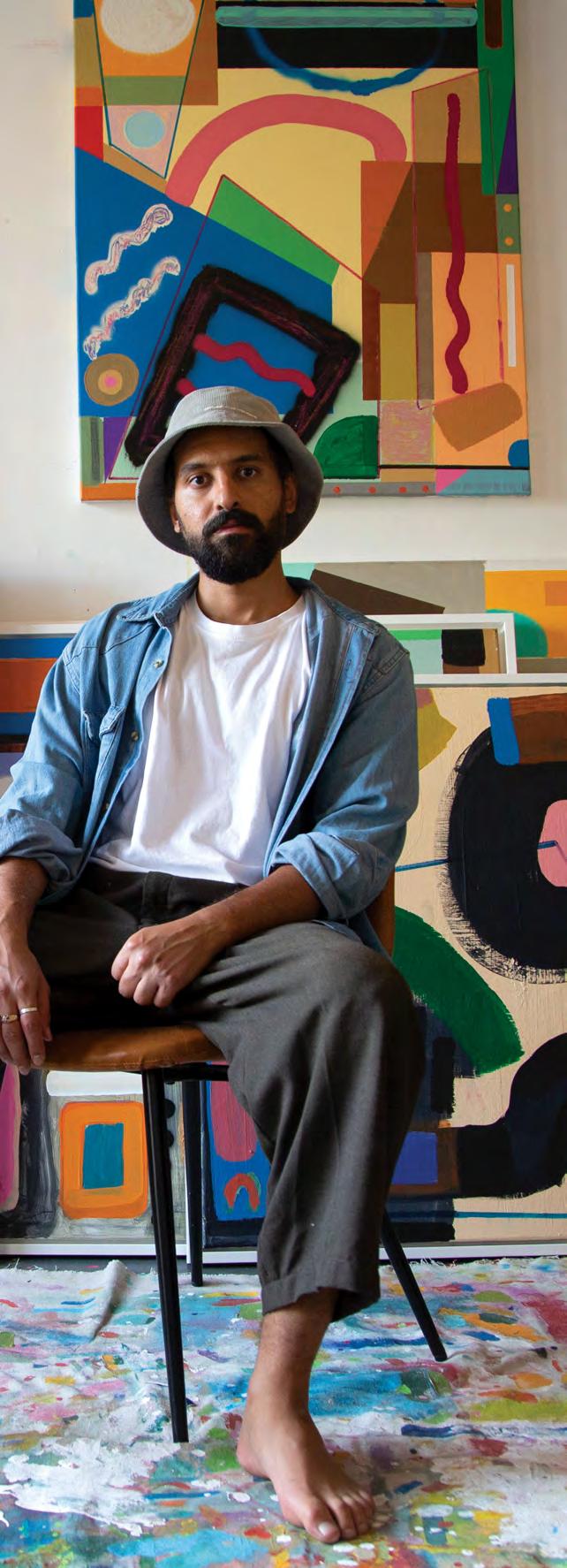 photography TAMARA KALO
photography TAMARA KALO
ARE is a Damascus-based design house that takes traditional Syrian techniques and imbues them with a fresh, contemporary appeal. Their ‘digital glitch’ aesthetic blurs the high-tech world with age old design.
Let’s start with the obvious — or to some, the not so obvious. Why have you chosen to remain anonymous? We keep ourselves out of the foreground because we want the spotlight on the pieces, what they stand for, and the designers, craftsmen and artisans, whose skills and experiences go into their creation. Each ARE piece is a product of the work of a number of people, with varying perspectives that add to the story and the meaning behind each product. We believe that these multiple inputs and contributions must be credited and, together with the pieces, be the focus of people’s attention.
Talk to us about the significance of your name. Why did you choose “ARE”?
Each ARE creation is a collective of work by designers, artisans, and craftsmen. Each one of them leaves their unique mark on every ARE piece and ultimately contribute to its meaning. That’s where our name stems from, we are ARE, all together.
Your brand’s aesthetic identity is quite clear throughout all your pieces. How did you come to the digital glitch element of your work?
The digital glitch represents the moment of collision between our fast-paced high-tech world and the precision and structure of traditionally handmade craft. It showcases the imperfections of our contemporary reality and the apogee of balance that is the result of the idiosyncratic pairing of two diametrically opposite and extreme worlds.
Talk to us through your making process. How do you work around combining materials historically used in your culture with a modern approach? What challenges do you face?
Our pieces redefine the traditional through a contemporary lens. We take elements of traditional Syrian design, conceptualize and modernize them through a correlation with contemporary representations. Our pieces are playful interpretations of the traditional within this newly reimagined contemporary reality. In our furniture, we blend traditional damascene materials, such as wood and mother of pearl, with new materials such as epoxy, Plexiglas, and neon. Different craftsmen and designers are involved in the production process. They all contribute to the final appearance and unique meaning behind each piece. All these different hands and contributions lead to glitches and changes, which ensures that no two pieces are ever exactly the same.
We invest a lot of time and effort into research, creating our concept and mood boards, sketching and testing various materials, before we make the final design for each piece.
As a tribute to our heritage, traditional methods are our starting point, the foundation that forms the piece, which is then expanded with new materials and manufacturing methods. We consider the design phase completed when we can take a step back and confirm that we succeeded in challenging the norms and changing our attitudes in the creation of the piece as we reimagined it. Our main challenge lies in blending the traditional and the modern. This craft is passed from one generation to another. Inherited manufacturing techniques are difficult to combine and expand with modern methods and materials. This is the challenge that constitutes our art: creating new methods by questioning shapes and intent in order to create pieces never seen before.
What about Syria do you love the most? How do you show that through your work?
We find inspiration in Damascus, a city as old as time, with a rich and complex history and tradition molded by different civilizations. ARE was built upon the foundations laid on this melting pot of cultures, customs, and experiences. We draw from the traditional and breathe our own experiences into every piece, each time creating something unique. Having handpicked traditional damascene chairs, mirrors, and tables, we reimagined them through the perspective of modern architecture and gave them a contemporary twist, all the while honoring the traditional craft.
The concept of time seems to be a dominant theme within your work. Why is this?
Our work represents a unity of the opposites, the traditional and the modern captured in a moment in time. While drawing inspiration from age-old artisanal furniture, the twist in our pieces comes from our contemporary daily lives. We imbue our work with ideas drawn from images that we see, objects that we pass by, and thoughts that cross our minds every day. These diametric opposites, the old and the new, the past and the present, and the moment in which they collide, become ARE pieces, living art pieces that transcend time.
 photography AMINA ZAHER; director MAYA CHANTOUT
photography AMINA ZAHER; director MAYA CHANTOUT

Sophia Kacimi grew up in France, but always returned to Morocco. The founder of the funky label Zoubida has never forgotten her roots and works closely with Moroccan artisans to create her unique style.
You are heavily inspired by artisans in Morocco and their different crafts, tell us how this fascination began. I am French-Moroccan. My dad’s family side is Amazigh, from a city called Khenifra in the Atlas mountains of Morocco. Only a few people know this... but Zoubida was, at the right beginning, a concept of ‘art retreats’ around pottery, to discover and learn Moroccan craftsmanship. The idea came from the frustrations I was feeling working in the fashion industry and its ways of operating that were clashing with my values. In parallel, it came also from witnessing how craftsmanship was less and less valued, slowly disappearing. I wanted to find ways to push it abroad, where society is seeking ‘handmade’ and ‘uniquene’ [pieces].
working with an artisan in Morocco?
Last week, for a film project I am doing with my friend Sara Benabdallah. The aim was to show the behind-thescenes of Zoubida, so we interviewed some artisans we collaborate with. They all shared how much we changed their life by bringing them work, how much they loved working on such original developments that celebrate their craftsmanship that the new generations don’t really value anymore. It was very moving and reminded me why I started this adventure.
What is the story behind the name of your brand, Zoubida?
I wanted a woman’s name that was not used by anyone in my family (I have 14 uncles and aunts, with at least 2 kids each!). When I was young, my brothers and I were not speaking Arabic well, but were spending the summer holidays at my aunties’ houses in Morocco. When you’re a kid, you hear conversations, and you catch some words. Don’t ask me why, we caught Zoubida, who must have been the talk of the town, or just the neighbour. And it stuck! When we were growing up, when something was not going as expected, we would say ‘Zoubida!’. And I thought it summed up my work with artisans in Morocco. It never goes as planned!
Talk us through your most memorable childhood moment in Morocco.
Drinking tea at my aunt Aicha’s, sitting on her sofa covered with tlamt, the kind of heavy jacquard fabric we use in our collections.
As a creative residing in London, what Moroccan traditions do you hold onto?
Hosting dinners at mine! The highlight being my birthdays, for which I traditionally cook a couscous for at least 30 people, on my roof.
Tell us a little bit about your sustainable approach to creating.
The starting point of our creations are these upholstery fabrics called ‘tlamt’, traditionally used in Morocco to decorate the living room. We hunt for end of stocks (usually when there is a roll left of 2/3/5 metreers, nobody uses it as you need way more to decorate a living room), and we repurpose them into one-of-a-kind clothes and accessories. Also, we keep everythingEVERYTHING local. From raw material to making, everything is from and in Morocco, providing work to local craftsmen. Lastly, we sell most of our pieces in pre-order, so there is no waste!
When you’re not creating, what do you enjoy doing?
My favorite thing is to hunt for treasures in antique markets. It is my biggest source of inspiration. I love coming across eclectic items, but mostly meeting the owners.
Who would you dream to dress in Zoubida and why?
I did a bit of gifting in the past, and it has been most of the time a huge disappointment: people not treating it with much respect and also taking free things for granted. So I just dream to dress people who like the clothes not only for their look, but for what they represent.
You’ve mentioned your love for discovering treasures, what have been your favorite discoveries so far?
Yesterday in Fez: I found some really unique vintage babouches with cute block heels, all hand-embroidered with golden silk thread. They are apparently from the region of Oujda, at the Algerian border.
What music do you listen to that gets you in the right creative mindset?
I love listening to Amazigh music on the radio (Radio Izlan), it is always so uplifting and grounding.
Jannah Emam is an Egyptian Indie/synth-pop singer, musician and visual artist. Better known as Juno, she’s just released her debut two-track EP “Immerse.”
Take us back to when your passion for music first started. Is there any specific memory that comes to mind?
One of my earliest memories of feeling truly moved by and passionate about music was when I was around 9 years old. I went with my family to watch my older sister perform at a jazz concert with an entire band. This was probably one of my first times attending a live concert, just watching my sister perform and give her all on that stage made me feel like there was magic being created… a kind of magic I had never seen before. I knew then that music was something that I wanted to explore and shortly after, I started taking piano lessons. So I owe a lot to my sister for planting this seed inside of me.
As an Egyptian Indie singer, what challenges did you face throughout your journey?
One challenge I continue to face is the lack of venues and spaces that host live bands in Cairo. I can literally count them on one hand. These limitations can be very frustrating for an emerging artist who wants to spread their music across different crowds and spaces. Unfortunately, the underground music scene in Cairo grows at a very slow pace compared to other music scenes. Also, being an Egyptian artist who predominantly writes in English limits me from reaching a wider audience in the region and makes it harder for some to relate to my lyrics.
Describe your songwriting process.
Living in this chaotic city, I feel very easily distracted and drained from everyday life. So writing does not come that easily to me. I need to be somewhat secluded and isolated from these distractions in order to write more freely. Once I do start writing and have structured the lyrics, I will grab my keyboard or guitar and find the most suitable chord progression. My final step in songwriting is creating the melody and harmonies, which is the most exciting part for me.
Your music reflects your curiosity with sound, what other genres would you consider tapping into? Why?
I listen to a really wide range of music and find myself drawn to so many different genres that I want to explore. Although I do think I’m closer to finding a sound that fits me, my curiosity on how far I can take
my music is infinite, so I don’t want to settle for one specific sound. I want to explore jazz, pop, hyper pop, post-punk and so much more. There is an ocean of sound that awaits me.
Does your cultural background influence any of your work? If so, how?
Growing up, I didn’t consider myself to have been in touch with my culture, on the contrary, I was heavily influenced by the West and felt the need to distance myself from my background in order to allow myself to grow authentically. Now that I’m at a much more comfortable place with my identity and am finding my voice in the world, I am more open to the idea of tapping into my roots further and finding ways I can highlight it in my work.
What has been your most memorable performance to date?
I was lucky enough to play at two festivals this past year. I got to play on the beach at ‘Shorelines’ in the summer, and had my first performance outside of Egypt; at ‘Femme Fest’ for XP Music Futures in Riyadh. I got to share the stage with so many wonderful artists from all across the MENA region and beyond. It feels really good to be recognized, to be part of something so big.
Who do you dream of collaborating with?
I would love to collaborate with Alice Phoebe Lou, Aurora or Beach House. Or all of the above! From the MENA region, I’d also love to collaborate with Zeid Hamdan and El Waili.
Do you have any pre-performance rituals? What are they?
Taking my sweet time getting ready, doing my makeup, and most importantly, warming up my vocals.
Who are you behind the stage name?
Behind the stage name, I am Jannah, daughter of Gulnar and Mohamed. Brought up in Maadi, where the trees grow thicker than anywhere else in Cairo. I seek adventures and to surround myself with beautiful things and people. A lover of the sea and all of its mystical creatures, I long to travel the world and spread music and art along the way.
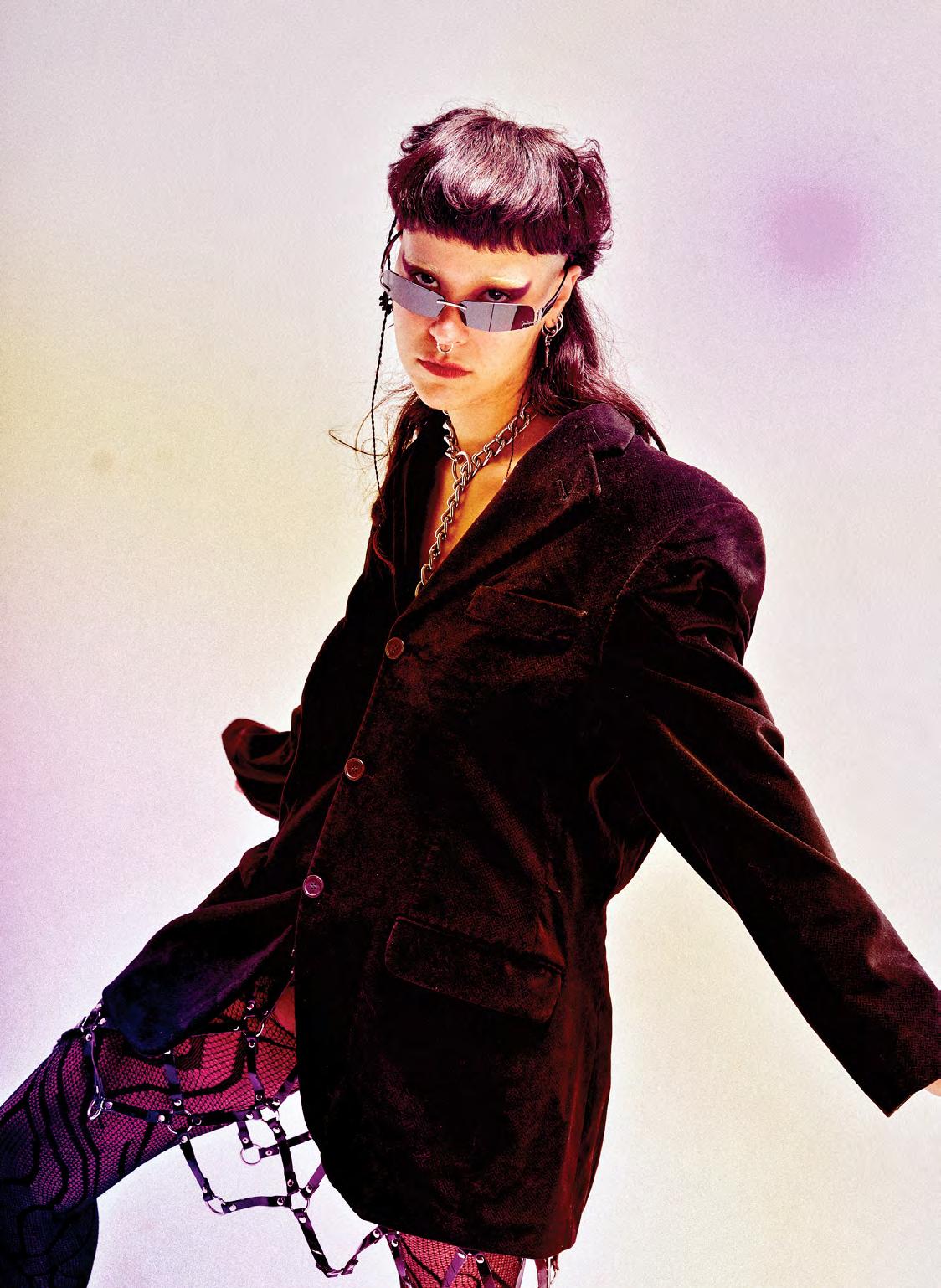


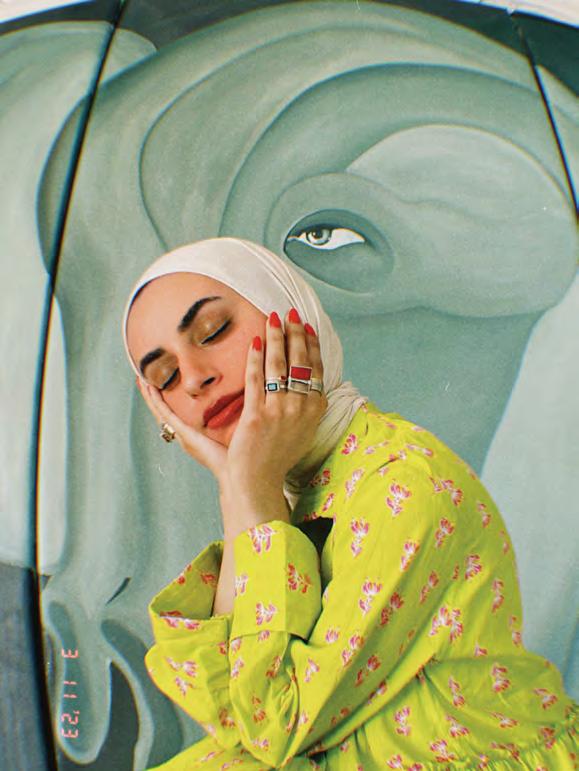
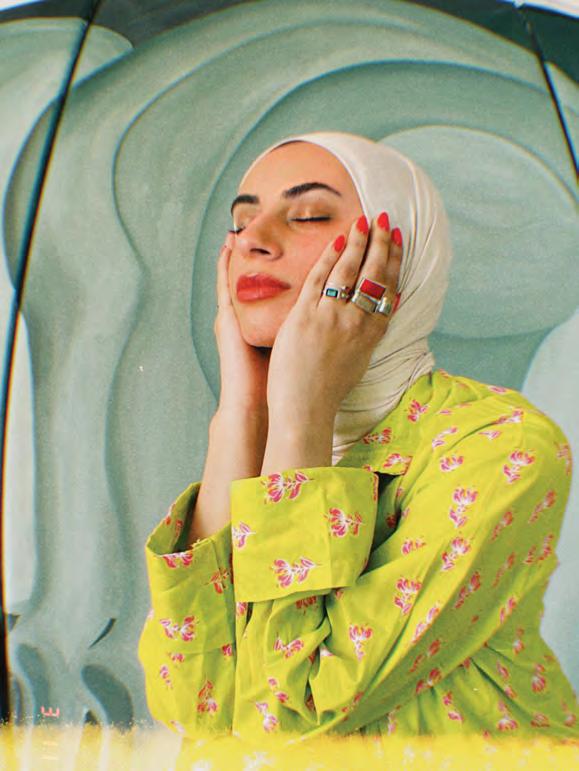
Kuwaiti visual artist Alymamah Rashed explores identity and the natural environment through the story of her body.
For those meeting you for the first time, introduce yourself and tell what it is that you do.
My name is Alymamah. I am a painter and storyteller based in Kuwait. I birth recreations of my body and soul to create a union for you and I.
What themes are present at the heart of your practice? Are there any sites of inspiration that you often find yourself returning to?
My practice is always exploring the different methods I am able to produce when it comes to my body as a singular entity and in relation to the soul. I also explore the notion of bodifying the soul. Through the body and the soul’s convergence and separation, I am able to reclaim and own my body beyond femininity and masculinity. In other words, I seek to paint the fragrance of my essence. I explore topics of identity and the natural environment through the story of my body. I am invested in the fluctuation that occurs within the tangibility of the body, the intangibility of the soul, and reversing their roles within one another. My practice negotiates my female subjectivity in relation to regional folklore, the banal objects I encounter everyday, and spiritual intelligence.
The fluidity of bodily forms is ever present in your paintings. What is the role of the body in your work? The body aims to live within itself through creating difference in repetition, and attempts to escape itself to expand its territory beyond its physical presence. My body moves in circles. My body intertwines within itself to caress itself. My body escapes itself to marry life.
How did art become your chosen tool of exploration and expression? Was it a practice that you nurtured from early on in life?
I have been creating art since I was four years old, due to my parents. They made sure to nurture my interests through their own essence. My baba and I used to illustrate and invent stories and zines together. My mama and I used to colour together. We would always paint an image of a woman sitting on a park bench, surrounded with tulips, and she’s always looking at the sun. I felt connected to express my selfhood through art because I felt free. Growing up, I had a difficult time in school due to bullying. Art became my sweet escape, along with writing.
Walk us through your creative process. Does it begin directly on the canvas?
My process starts with a fleeting thought or a sight from my every day. I have a saying that I share with others:
“Good things come in twos”. I would notice two doves, two humaith flowers blooming on the sidewalk, two seashells from Failaka, and so on. I would document these sightings on my phone and would think about my relationship to these experiences. I would then converge the forms and my body to them and would directly paint my gestures on the canvas. I never sketch my works beforehand. I want to surprise myself. I never want to predict what comes next.
What message would you like your body of work to communicate?
I want to offer you and I freedom. I want to gift you and I affinity. I want to paint for you and I. You and I are one. What is the shape of our union?
Tell us about a highlight in your journey that you hold close.
When I had my first solo show in the region with Tabari Artspace during COVID and was still able to feel the love and light from the region through my phone screen, since I was not able to attend due to the lockdown in Kuwait.
What do you wish for the future of your practice and for yourself?
I hope to revive my story and yours through presence. I hope to create renewal. I hope to be the dew drop on a blooming red rose.
DRIP (adjective) –a variation of “SWAG”, made popular by hip-hop culture, is a term used to describe one’s impressive outfit or overall demeanor.
 dress, earrings, ERDEM
dress, earrings, ERDEM
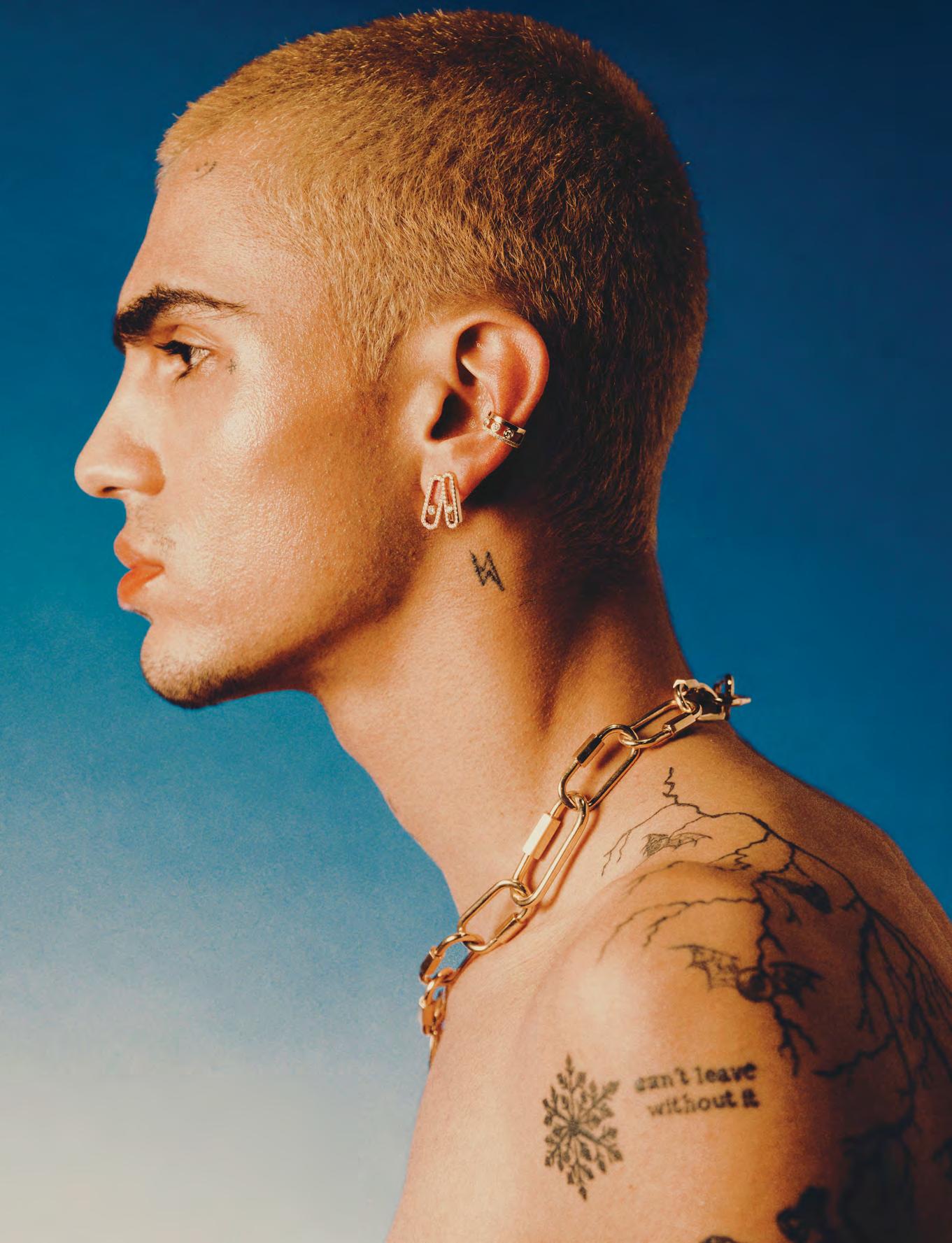 earrings, necklace, MESSIKA
earrings, necklace, MESSIKA

 jacket, shorts, shoes, LOEWE. gloves, stylist’s own
jacket, shorts, shoes, LOEWE. gloves, stylist’s own
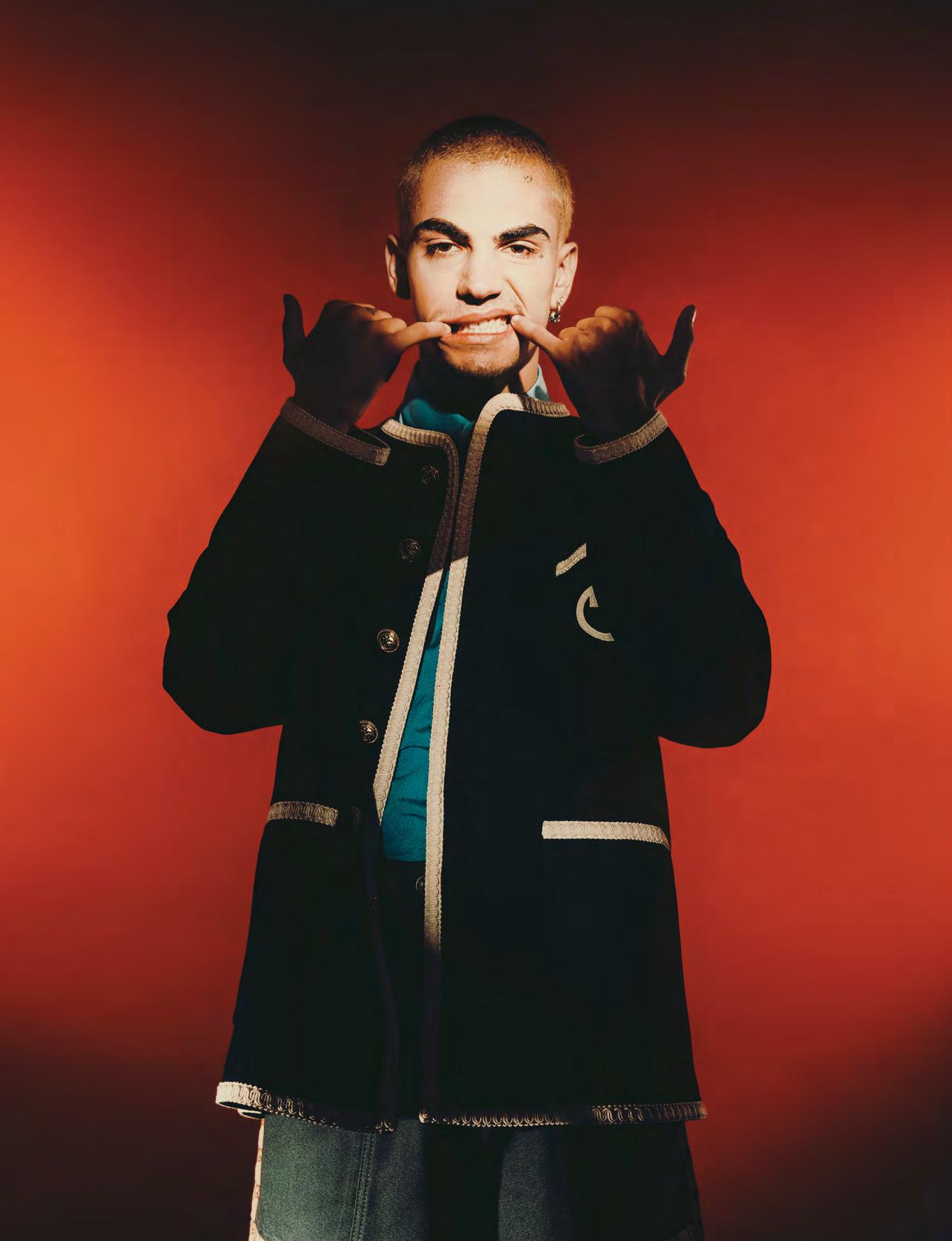
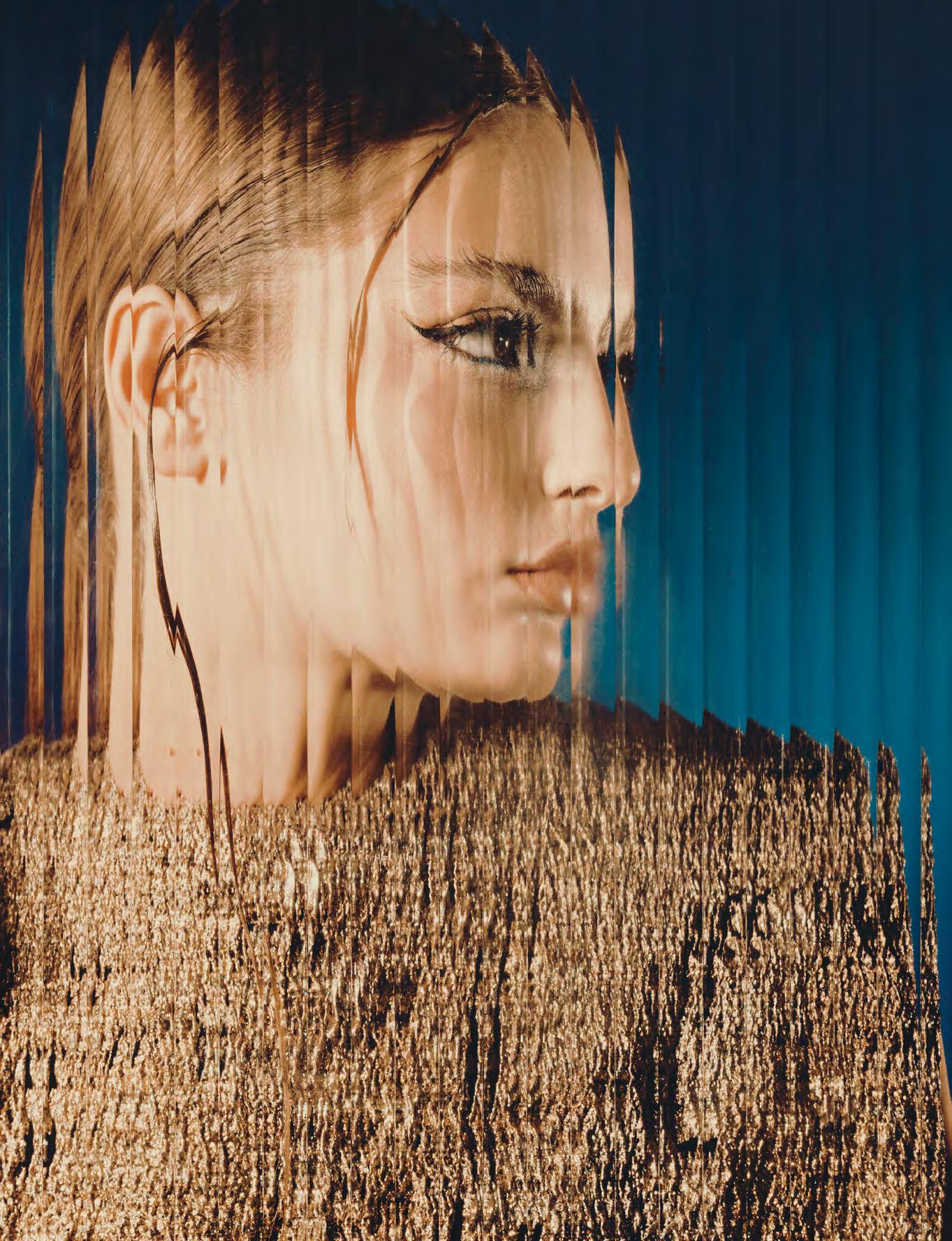
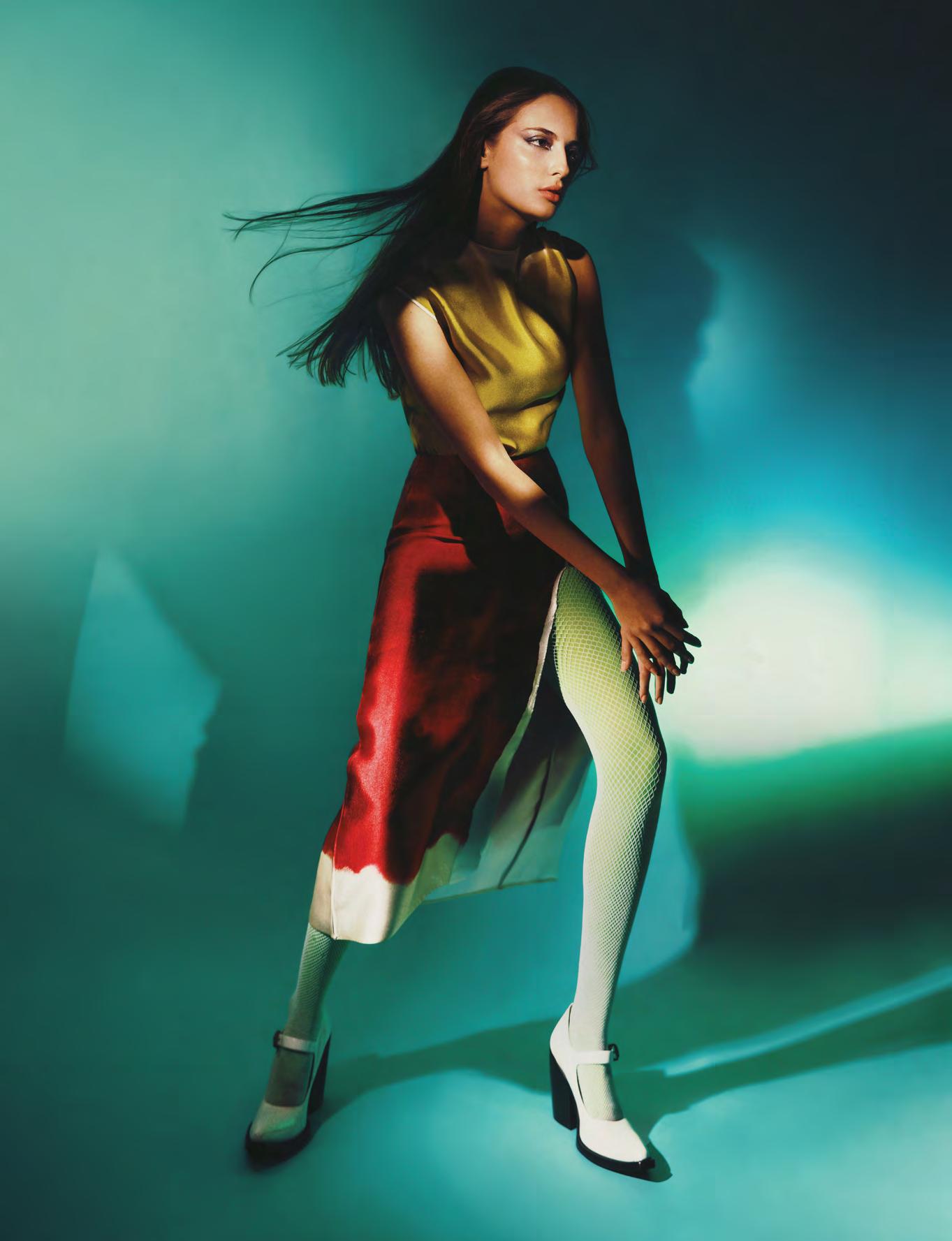
dress, tights, heels, VALENTINO . gloves, stylist’s own
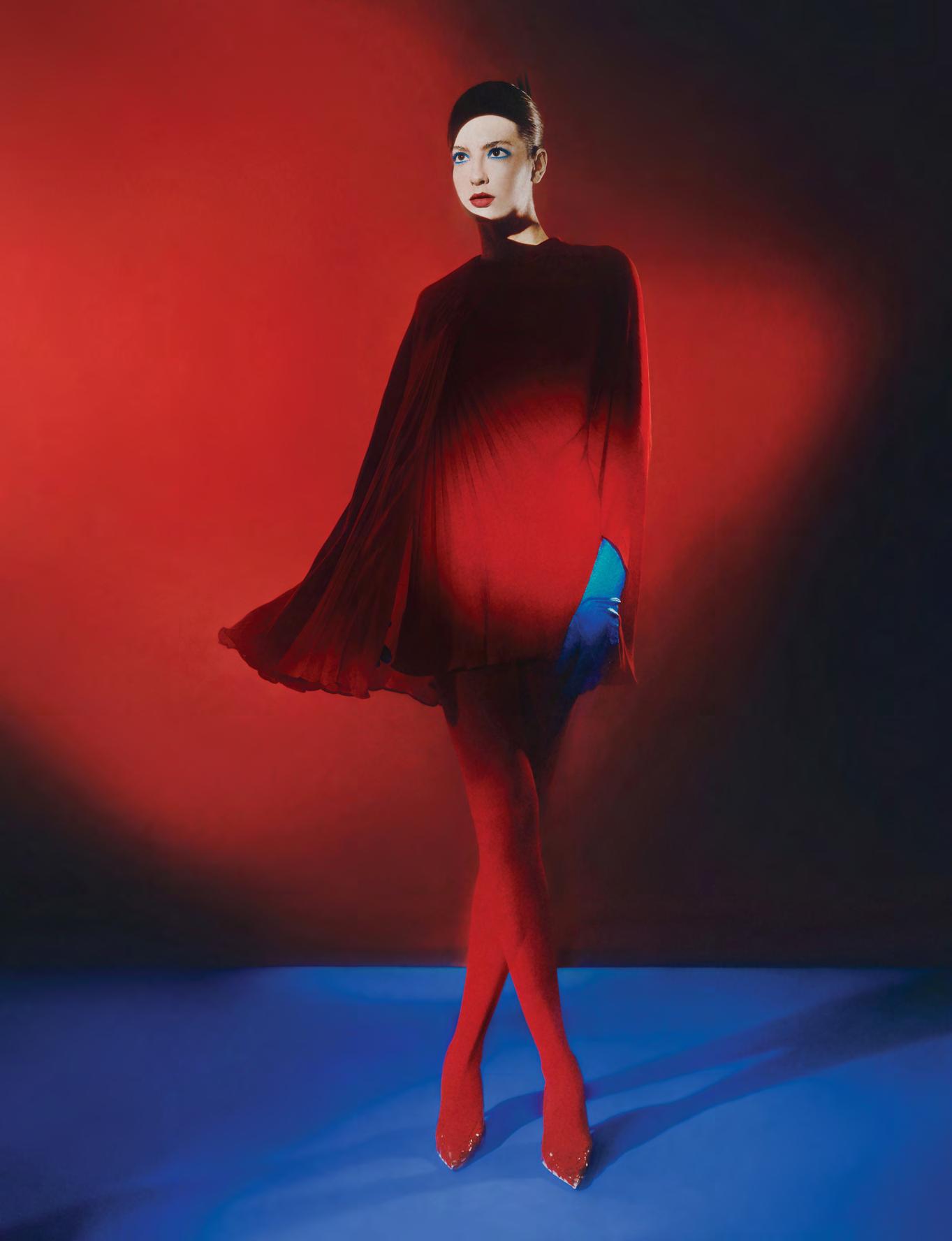
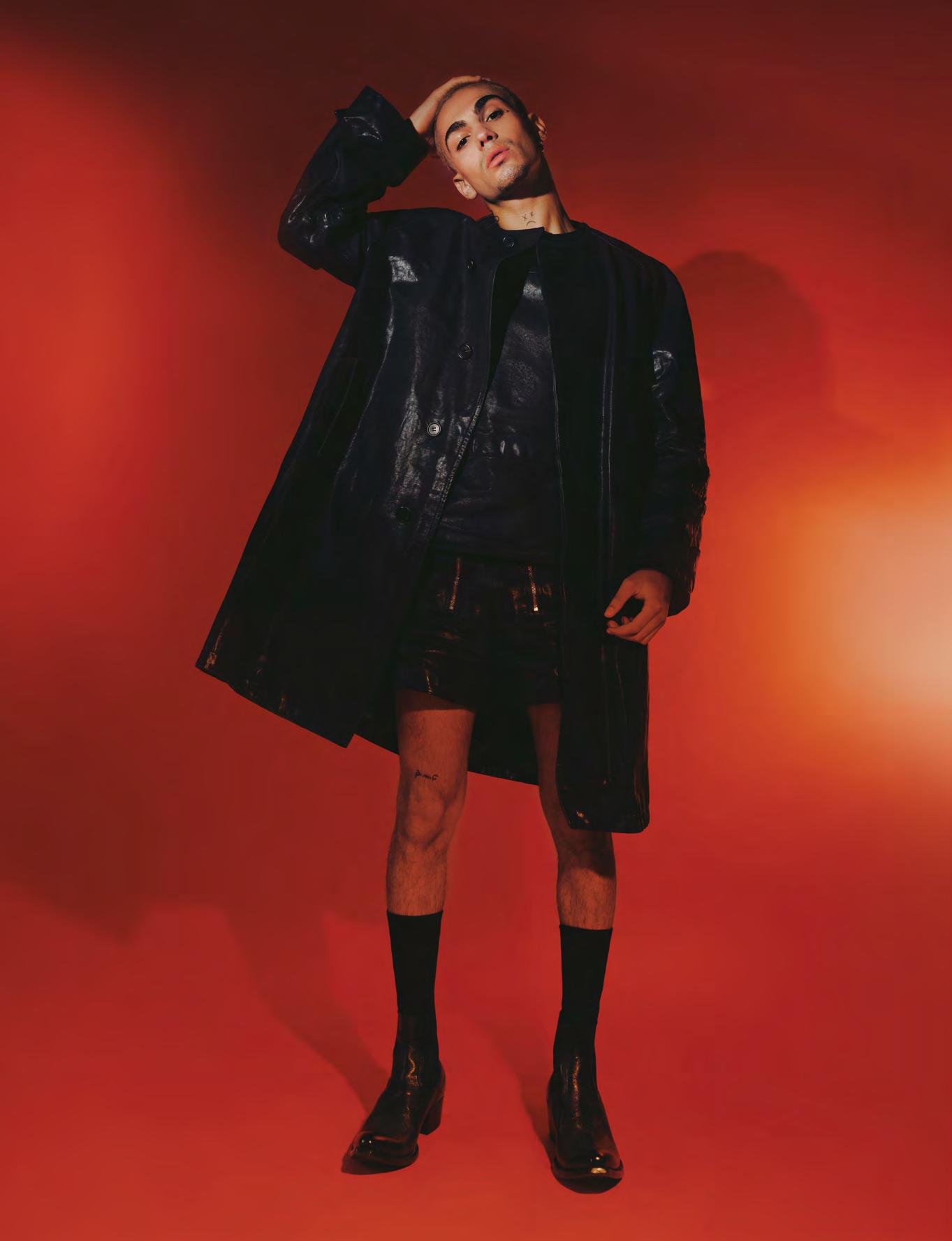
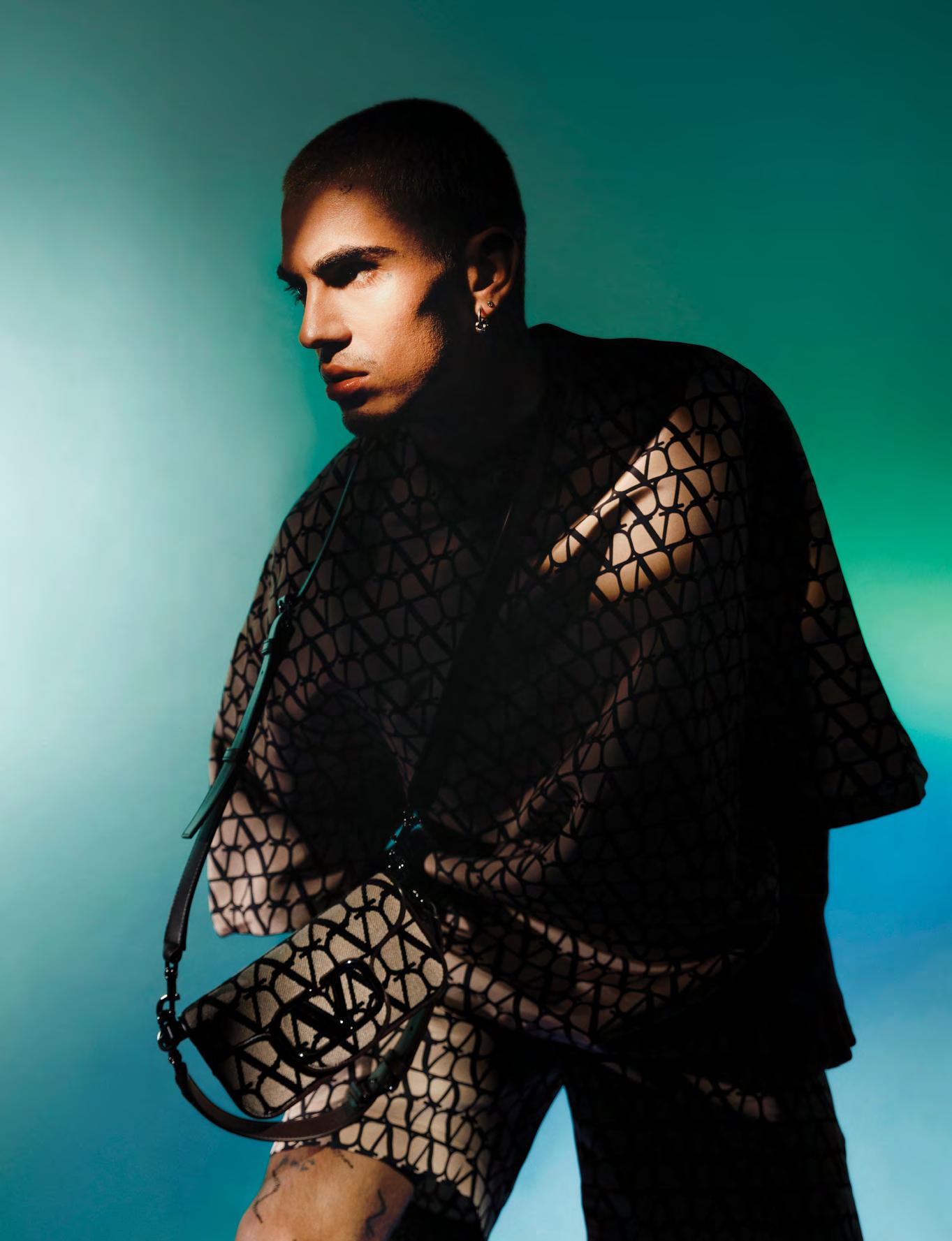 top, shorts, bag, VALENTINO
top, shorts, bag, VALENTINO

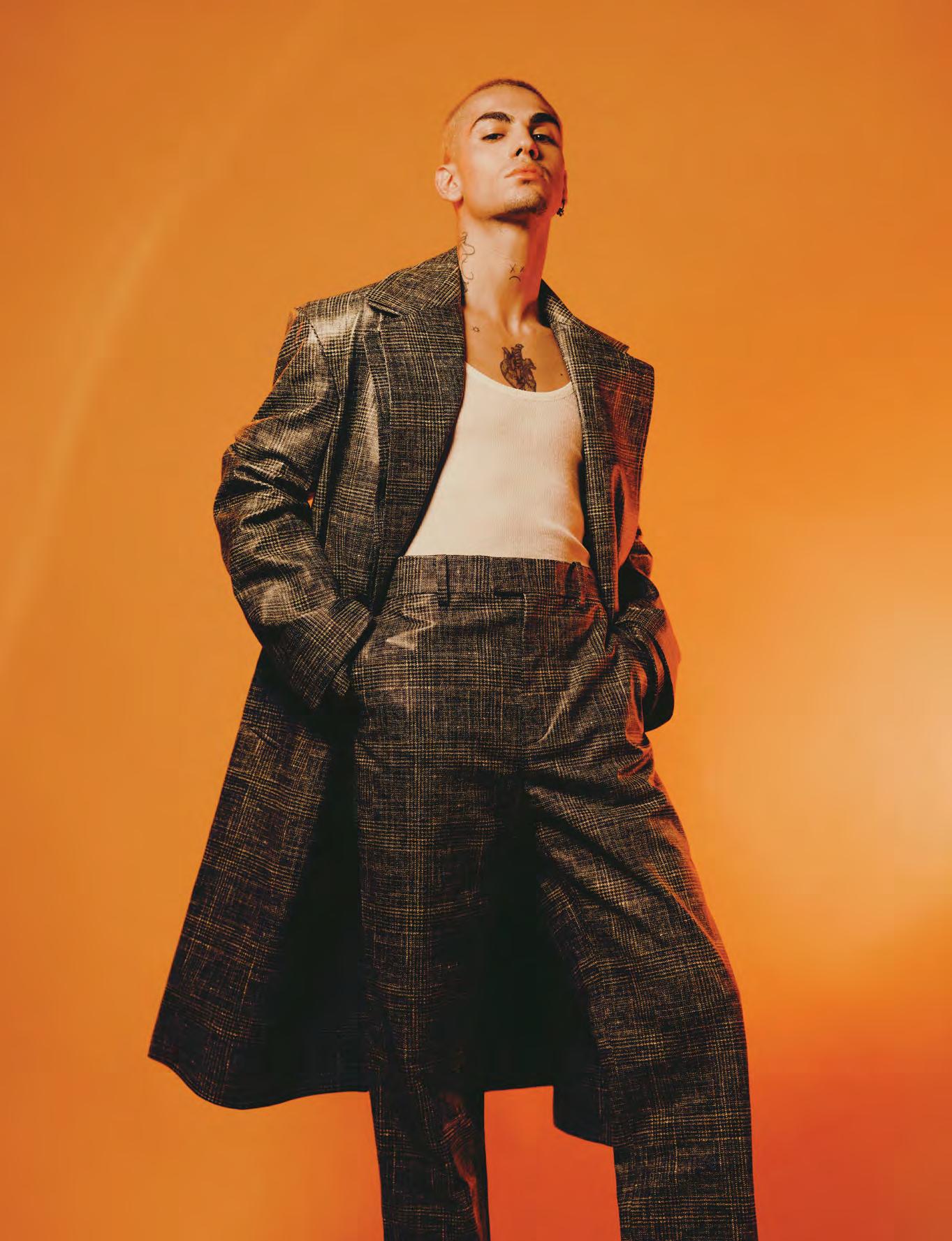 jacket, top, trousers, BOTTEGA VENETA
jacket, top, trousers, BOTTEGA VENETA
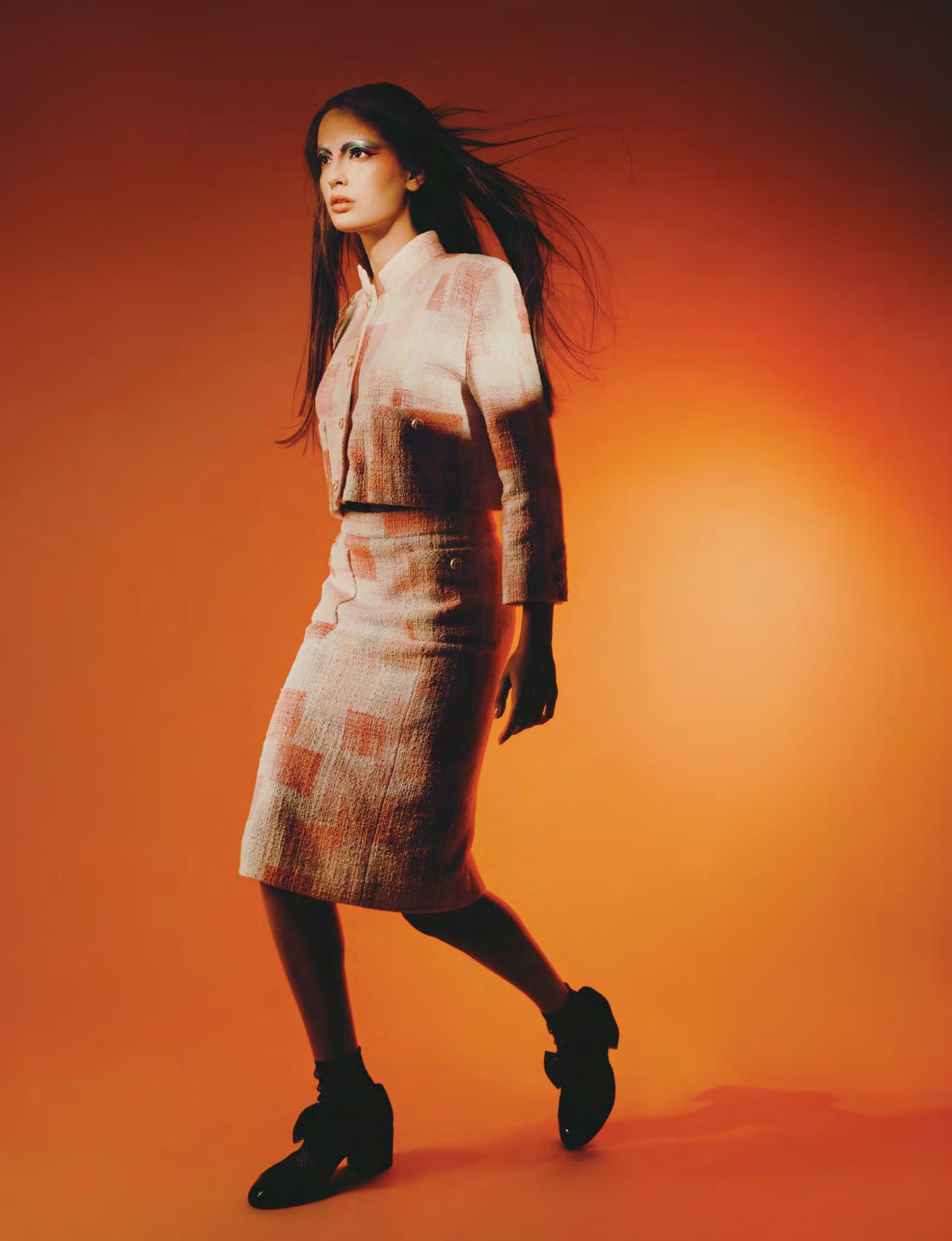
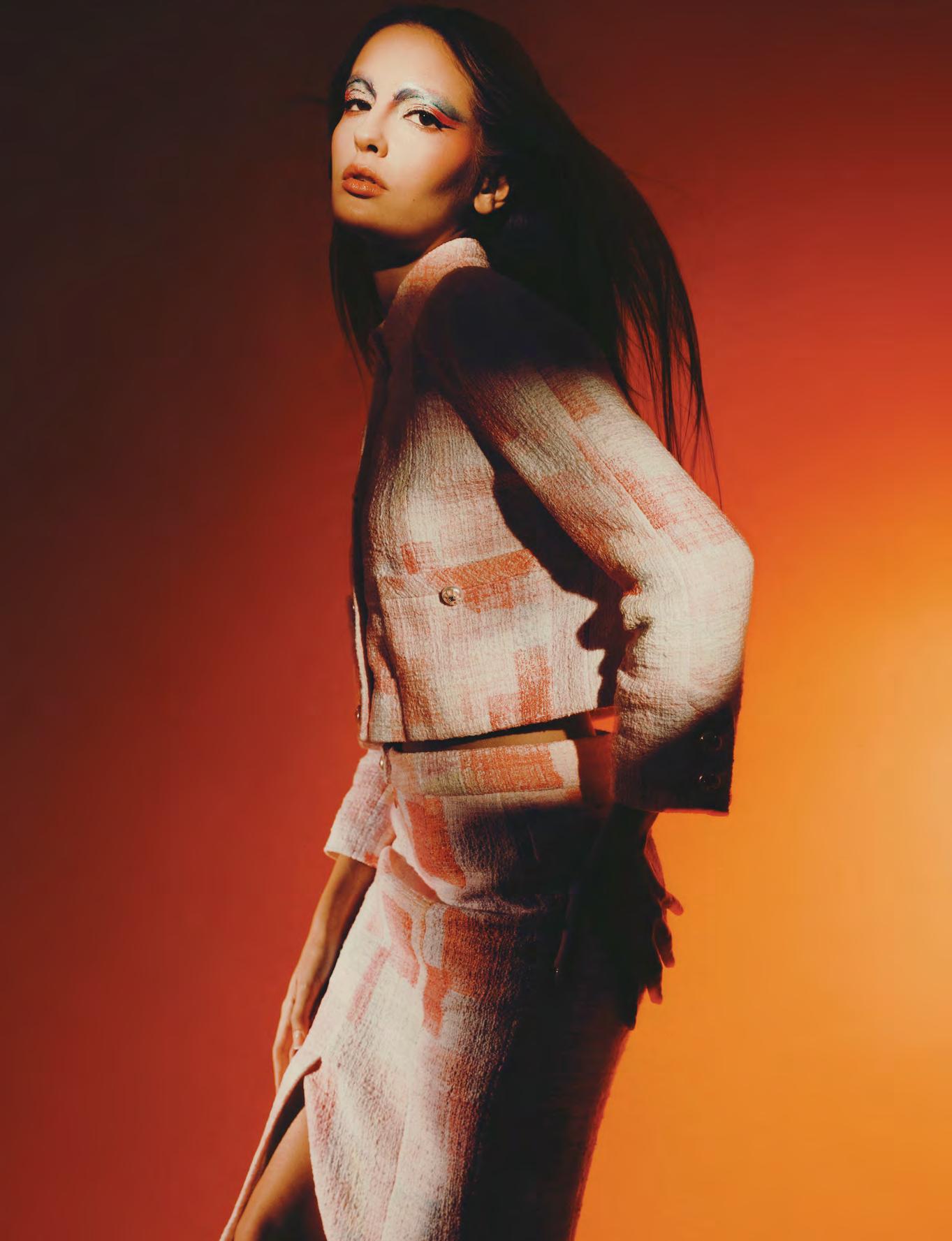 jacket, skirt, heels, CHANEL
jacket, skirt, heels, CHANEL

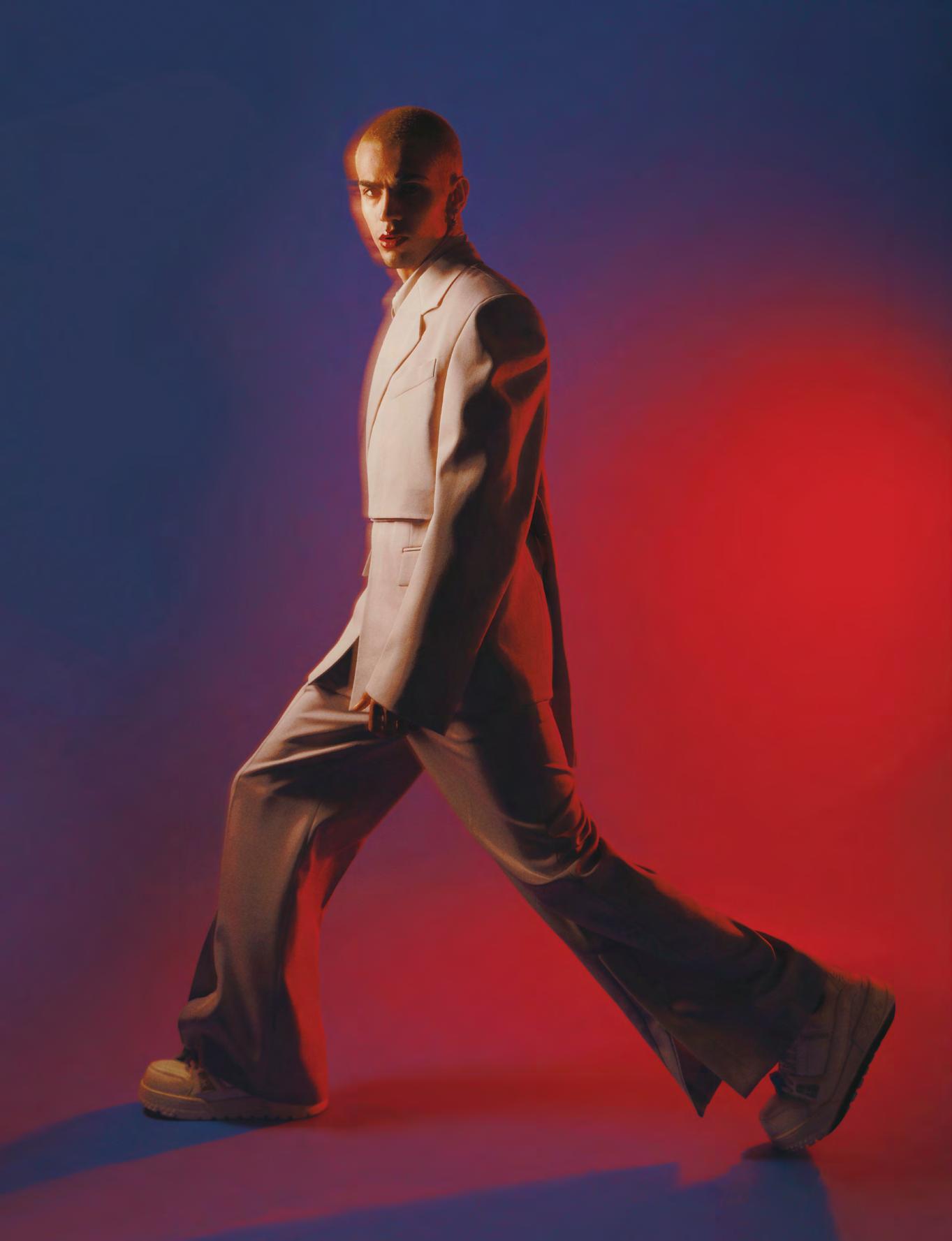 blazer, shirt, trousers, shoes, LOUIS VUITTON
blazer, shirt, trousers, shoes, LOUIS VUITTON
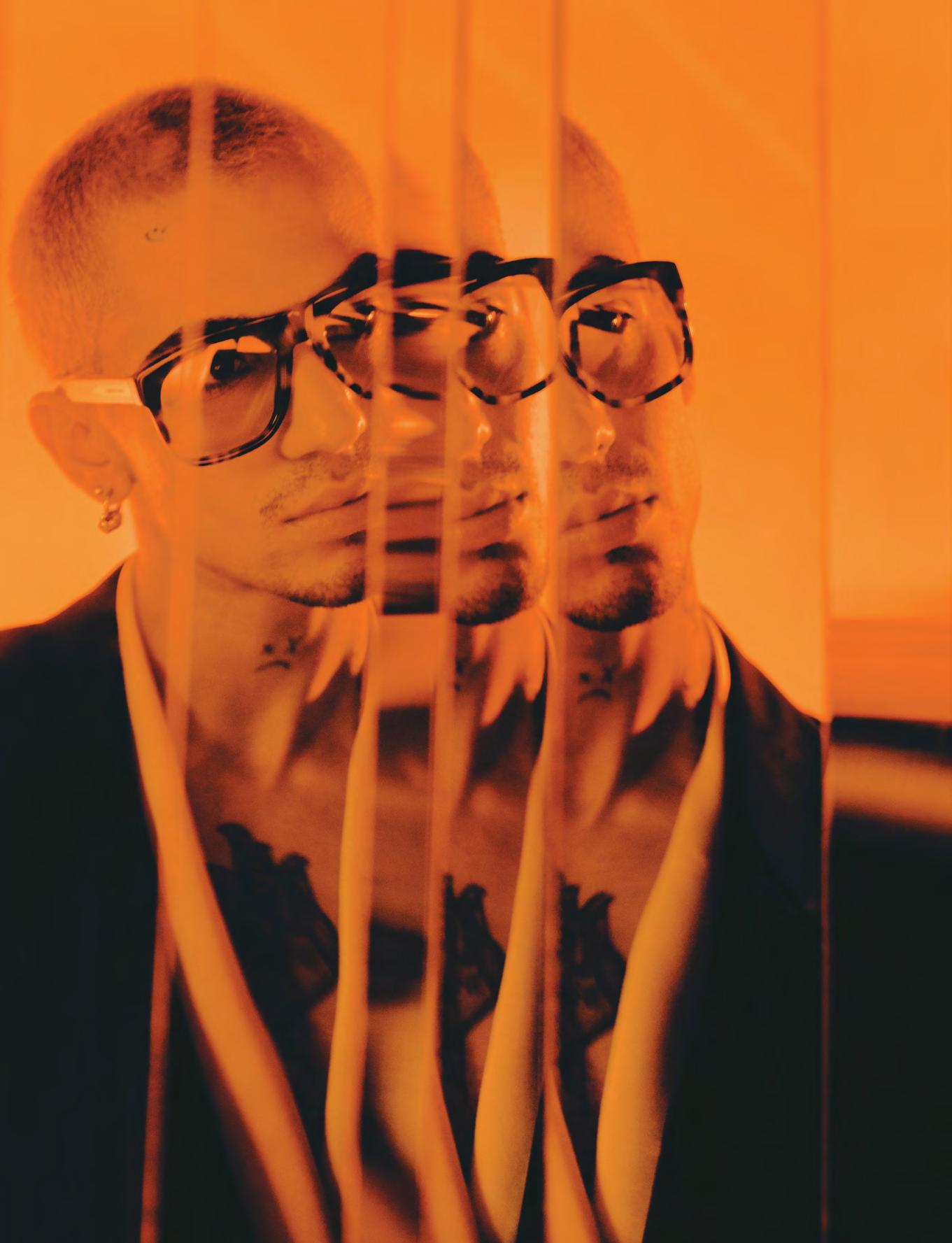
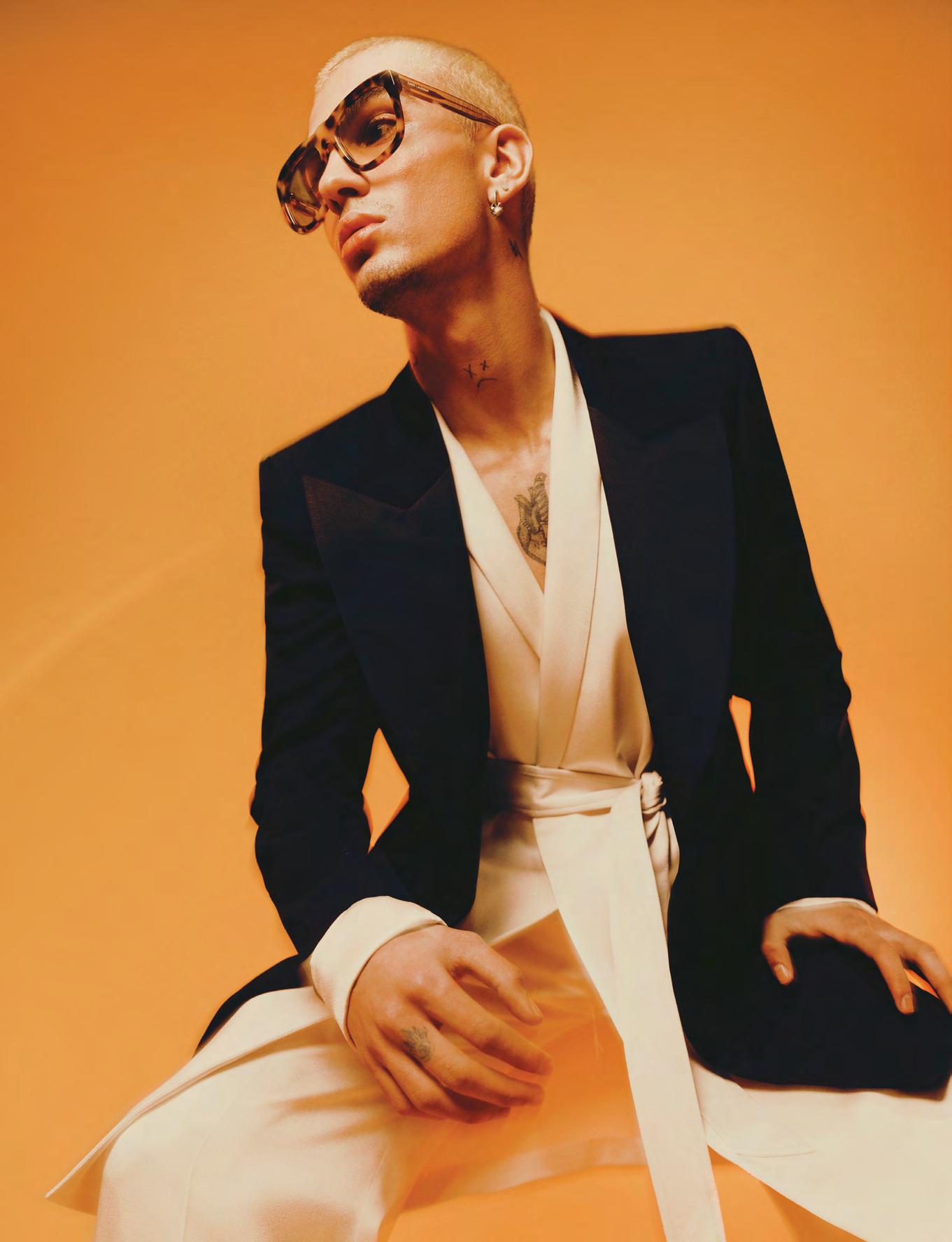 blazer, top, trousers, sunglasses, SAINT LAURENT
blazer, top, trousers, sunglasses, SAINT LAURENT
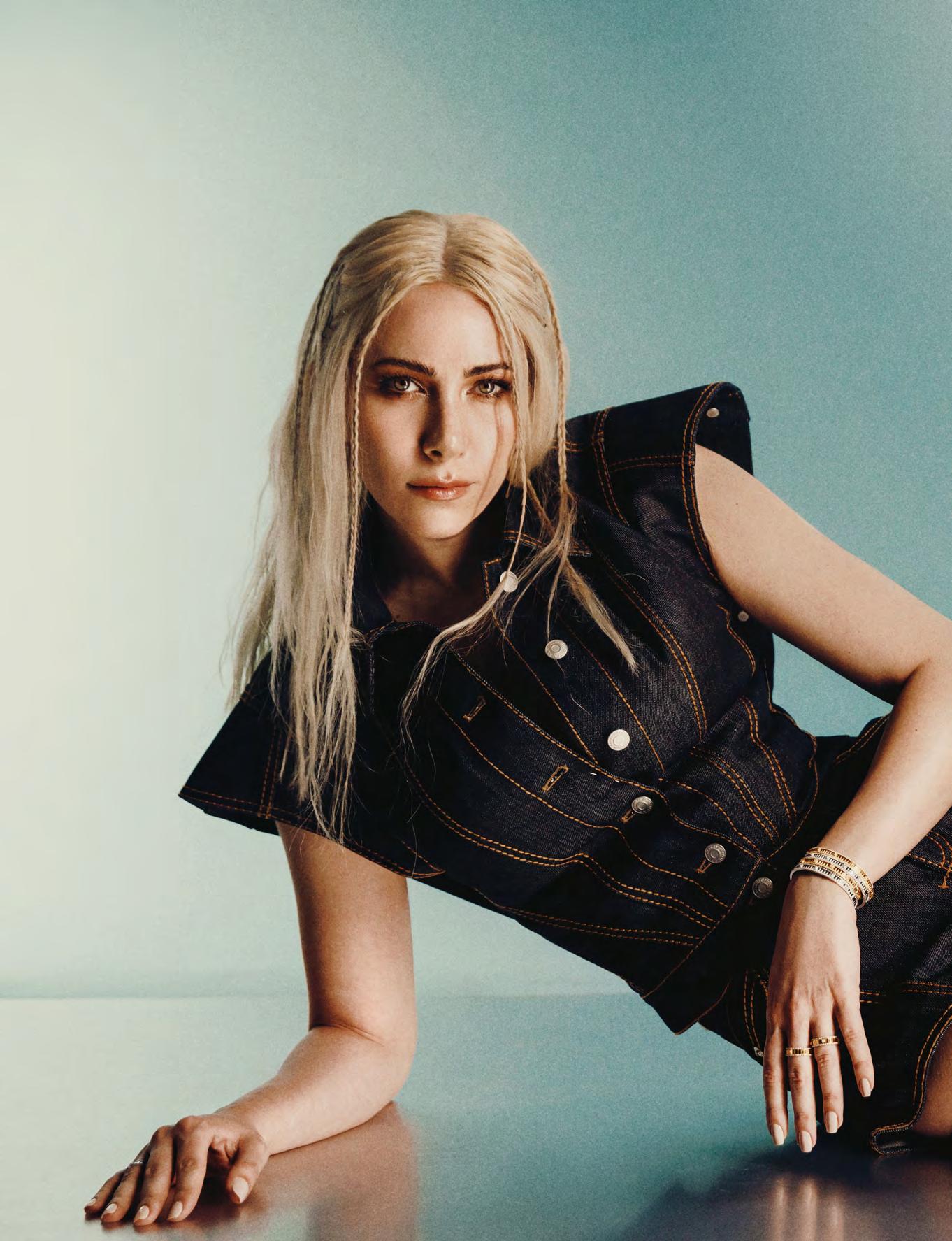
styling SAIF HIDAYAH
words FIFI ABOU DIB
 photography LARA ZANKOUL
photography LARA ZANKOUL

She grew up between Australia and Lebanon. After a childhood spent on planes, Daniella Rahme let chance and fate lead her to an artistic career in her father’s tiny country. She won the “Dancing with the Stars” talent show. Her achievement put her in the spotlight and allowed her to embark on her other dream job: acting. After several films and series, including Tango, she shines today in a main role in the series Lil Mawt (Till Death). At only 32 years old, by dint of discipline and her dedication to self-improvement, Daniella Rahme is today an inspiration for women all over the Arab world.
Many know Rahme as Reem, the fierce, determined and rebellious character she plays in Lil Mawt. But we beg to ask — does this character resemble her in real life? Still haunted by her role, the filming of the last scene having only been completed on March 31, she is slowly reconnecting with her true self. Authentic, bright, the green of her eyes is sometimes crossed by the blue shadow of her memories, as she gradually steps back from a character that sticks to her skin. Beneath Reem’s red hair, Daniella is there. She confides in sincerity and speaks to you like an old friend you’ve just found again.
Lebanese-Australian, Rahme has, since her childhood, been split between two countries that she calls “home”. From vast Australia to small Lebanon and back, at a very young age she got into the habit of spending large parts of her life in airplanes on long-distance flights. When asked to recount her memories of her early days, she begins with the worst. “It was unstable, all the time moving from one country to another. I went to several schools, at least three,” she confides to YUNG. Surprisingly, the graceful young lady who won the Miss Lebanon Emigrant 2010 trophy in Australia, before going on to succeed in Beirut in the Dancing with the Stars reality show, admits to having been teased during her childhood, “They made fun of my legs, which were too long… and my ears!” Rahme says that she still isn’t entirely over these childhood experiences, “When I was asked, during the cover shoot, to lift my hair and show my ears, I had a moment of hesitation,” she says. Calling attention to her “elf ears,” as her schoolmates called them, is something she hesitates to do, even years later. Apart from the inevitable little cruelties of childhood, she is grateful to have been able to play “virtually all sports” in Australia and especially to take dance classes, her other passion apart from acting. As for her best memories, they are linked to life in the open air, to moments spent on stage and to happy family barbecues.
“Before the camera rolls, I need to collect myself, to dig into myself before entering a role, perhaps even to pray.”
Clearly, for Rahme, friends and family are her refuge, her anchor, her joy and her safest value. Everyone who knows the actress, including her 2.5 million Instagram followers, knows of her devotion to her nephews and nieces. Open the subject, you see waves of tenderness and pride flow out of her. Her nephews are obviously her biggest fans, “They tell me that I am the best actress in the world!” she laughs. “My youngest niece, Avielle, who is only two years old, is very impressed to see me both on screen and in the real world, when one of my films is shown on television and I am with her in the same room. She cries when she sees me in danger, such as in a sequence where I am drowning. She wonders how I change clothes so quickly, from one scene to another,” says the actress.
Which brings up the question that everyone is asking: Is marriage and children of her own on the cards? “I’m fascinated by some of my friends who lead mother’s lives, take care of their children full time, wake up at night... and they are fascinated by my own life, always on the move from one shoot to another. Actually, I would love to get married and have children. But for that, I will have to lower the speed, refocus on myself. Problem is, I find myself at a turning point in my career, which means that this is not possible at the moment. I’m not ready to take the plunge yet,” she tells us. She says she is sometimes annoyed, sometimes amused by people who remind her of the ticking of her biological clock and advise her to hurry. As for the ideal husband, the actress sees him above all as a partner and puts good communication skills at the top of the list. Apart from that, “No one is perfect and everyone has their qualities,” she says, acknowledging that this might be a corny idea, but that it forms her compass when it comes to relationships.
Speaking of wisdom, at a time when people of influence are advocating their diets, their mediation programs and their yoga routines on social networks, when you ask Rahme what makes her feel good, she answers simply “Being with family. And then I have my own spirituality, I pray, I have faith.”
Her faith was certainly there, on August 4, 2020, at 6:08 p.m. The actress was at her home, in Dbayeh, a city by the sea about ten kilometres north of Beirut. She was unenthusiastically preparing to go to the gym. She was exhausted and about to give it up, but Odille, her agent, pushed her to stick to her schedule. So, she got up to go out. She had hardly left the living room when the monstrous explosion at the port of Beirut shook the walls. Everything collapsed. The couch she was sitting on was covered in debris and large shards of glass. “I felt something, at that moment, as if the universe had pushed me to move from where I was,” confides the actress.
“No one is perfect and everyone has their qualities.”
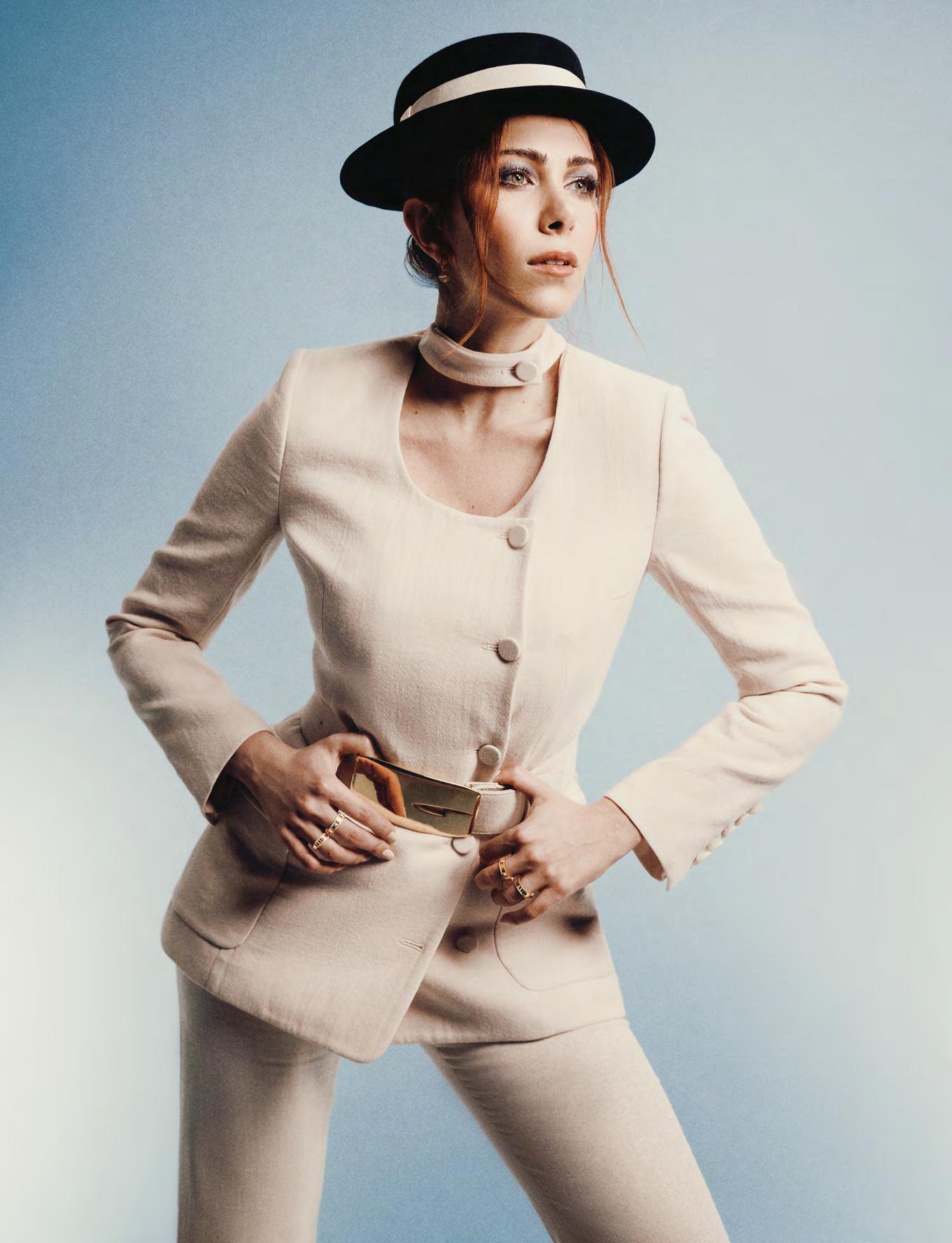 rings, MARLI. jacket, pants, belt, hat, GUCCI
rings, MARLI. jacket, pants, belt, hat, GUCCI
When asked what horrifies her most in this world, she always comes back to that moment, to her disgust at the irresponsibility, corruption and greed of the few that cause so much suffering to the many. The collapse of Lebanon angers her. “I am often told: “Why do you stay here? You can just go back to Australia, you are lucky to have a second country.” But no! This country is also mine; these people are my people, it is not so easy to tear yourself away from those you love, even in such a situation,” she says.
The flames that shine in her eyes when she remembers this moment recall the flashes in the eyes of Reem, the rebellious heroine of Lil Mawt whom she portrays with rare boldness. The conversation then turns to her career as an actress, but also as a dancer, the t wo arts being, for her, second nature. One of her favourite roles, she says, was that of Farah, in the series ‘Tango’ directed by Rami Hanna and broadcast in 2018. Obviously, acting and dancing are inseparable for this character.
Despite her passion for the two disciplines, Rahme confides that she had a plan B: journalism, which she studied at university in Australia, just in case. Dancing and acting was where she wanted to start when she returned to Lebanon, where her success at Dancing with the Stars literally made her a star. She immediately received a proposal to host a reality show. But she panicked because of an unexpected hurdle: her Arabic accent was strongly tinged with Australian English, and her vocabulary was a little limited. She needed time to prepare, but the production couldn’t wait. Sometime later, she received another offer for another show. She decided not to let the chance pass her by and took two weeks of intensive courses, at the end of which she was ready to take the plunge, with a perfect accent. A hard worker and a perfectionist, the actress leaves nothing to chance when it comes to her career.
“When I was asked, during the cover shoot, to lift my hair and show my ears, I had a moment of hesitation.”
 bracelets, rings, earrings, MARLI. blazer, FENDI
bracelets, rings, earrings, MARLI. blazer, FENDI

A week after celebrating the last episode of Lil Mawt with the whole team, Rahme still wears Reem’s red hair. One last link with this character to which she is strongly attached. “I gave a lot to Reem, as she gave me a lot. I still have her hair, I haven’t changed colour. Filming stopped end of March and she still lives in me. I cried when she was sad, I was happy when she was happy, in love when she was in love… what else? Now I have to get away from her little by little and move on,” says the actress. Above all, she emphasises having loved this role, a strong woman, that the screenwriter created for Reem, and a story that also shows the vulnerability of men and somewhat reverses the common gender stereotypes in Arab series.
As she reflects on the ending of one chapter and the start of another, she opened up about her approach to her craft, “I’m not one to be partying before the camera rolls. I know actors capable of changing their composition as soon as they hear the clap. Not me. I need to collect myself, to dig into myself before entering a role, perhaps even to pray,” she confides. She also says that she rehearsed in front of mirrors for a long time. Now she doesn’t need it anymore, having understood that at herself will not make the difference, but the amount of credibility she gives to her role. Now, she leaves it to the viewer to judge. “After studying and working hard, there comes a time when you can start letting go, trusting yourself,” she says, and the advice she would give to anyone wanting to get started in an acting career would be: always work hard and be sincere.
As for Lil Mawt, its fans will no doubt have to accept that this third season is the end. Everything will depend on the screenwriter and the production, says Rahme, who doubts that the story still has twists in store. As for the actress’ personal projects, she tells YUNG that she is immersed in many scripts. She has gone back to reading new proposals, exploring new roles. Between the planes and happy family barbecues in Lebanon or Australia, she is, for now, leaving the screen to find herself in reality, simply being there for those she loves, with total confidence. ■
“I would love to get married and have children. But for that, I will have to lower the speed, refocus on myself.”
dress, MOSCHINO. heels, JIMMY CHOO. gloves, DEL CORE. scarf, stylist’s own

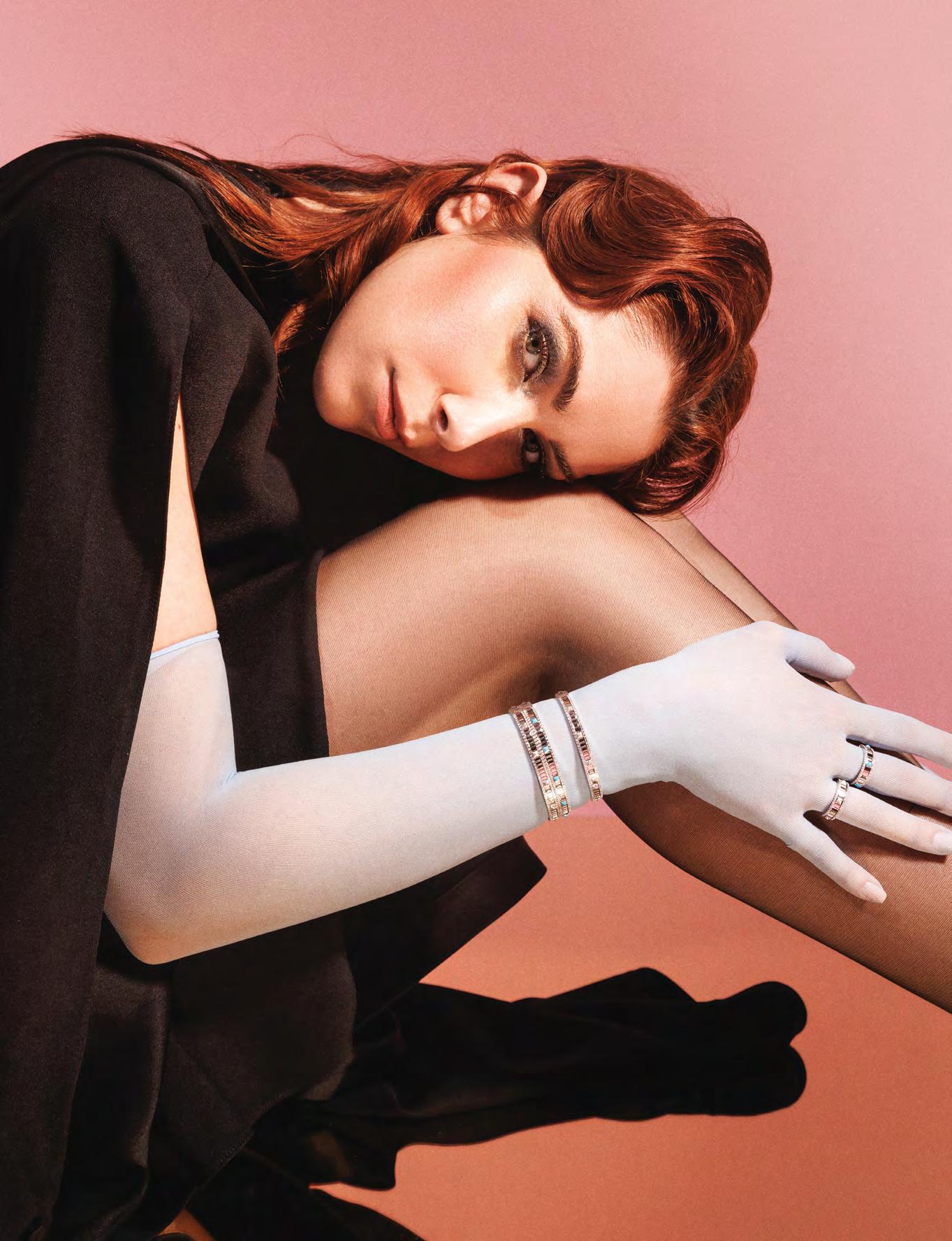 bracelets, rings, MARLI. dress, TALLER MARMO. gloves, DEL CORE
bracelets, rings, MARLI. dress, TALLER MARMO. gloves, DEL CORE

“I gave a lot to Reem, as she gave me a lot. I still have her hair, I haven’t changed colour. Filming stopped at the end of March and she still lives in me.”bracelets, rings, MARLI. dress, CAROLINA HERRERA. boots, JIMMY CHOO. scarf, stylist’s own
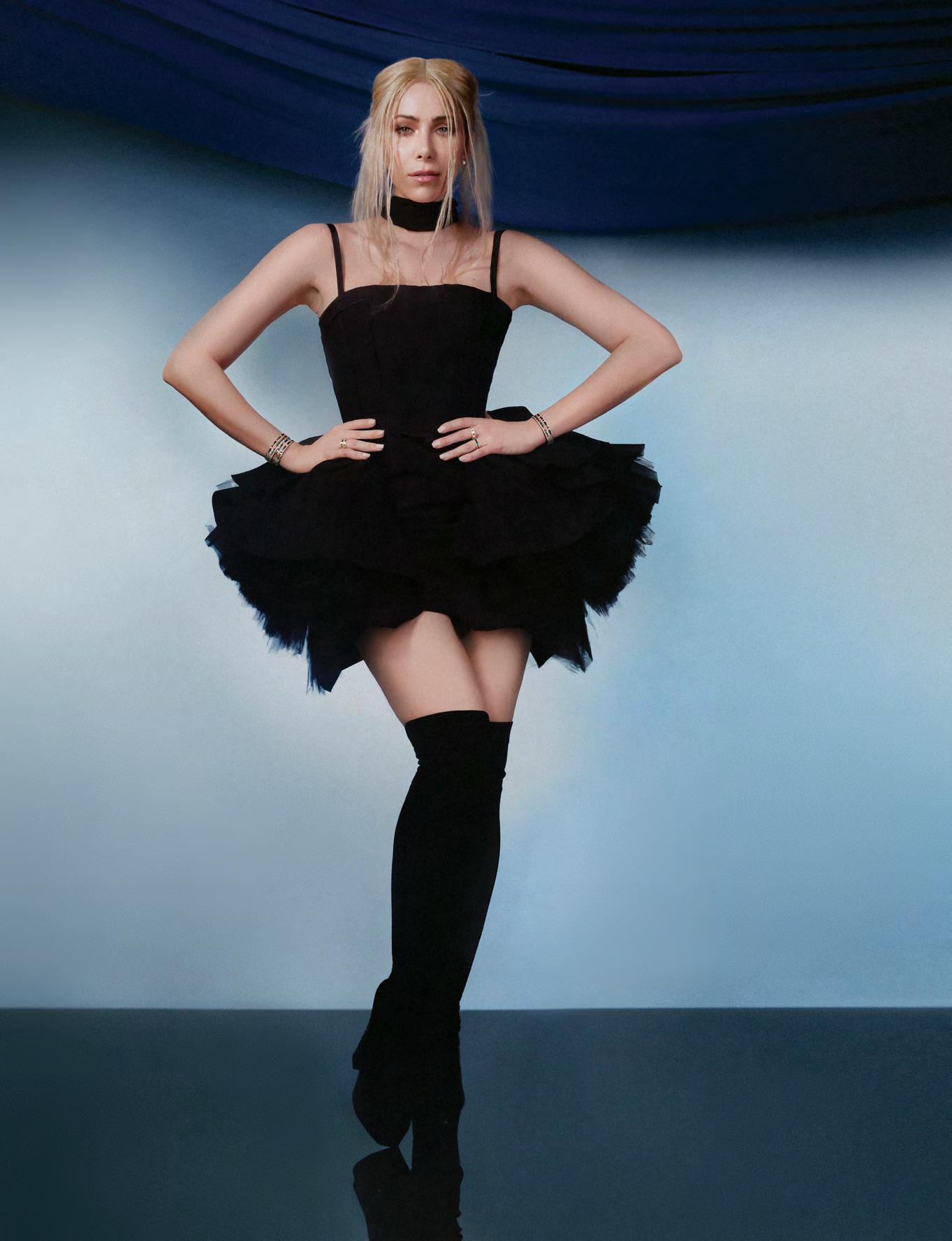



Zeyne’s childhood home in Jordan was a veritable symphony of sound, the air always buzzing with music, from her mother’s lilting humming to her sister’s classical piano and her father’s eclectic collection of CDs collected from his global adventures. Her earliest memories were permeated with the gentle hum of her mother’s voice, which seemed to reverberate throughout their home, leaving a lasting imprint on her. “My mom has a beautiful voice,” Zeyne reminisces, “and she used to sing just inside the house, not anywhere else. I grew up just listening to her voice. It was very special to me.” Music seemed to flow through the veins of Zeyne’s family, passed down from one generation to the next. “My mother got her voice from her mom. I guess that’s where I got it from.” It was her grandmother who had first passed on the gift of singing, and she traces her own musical talents through this matriarchal lineage.
Naturally, Zeyne found herself humming along, tuning in to the frequency of her own voice, discovering her own musical abilities as she went along. Steeped in this musically-charged environment, Zeyne picked up bits and pieces from her surroundings, incorporating them into her own unique palette of sounds. “My dad loved listening to all sorts of music. He traveled a lot and he would get all these CDs and tapes from the countries he was in. South African jazz and other things that you wouldn’t expect to listen to at the age of four,” she says. Her father’s penchant for international music piqued Zeyne’s curiosity, leading her to explore different musical traditions from around the world on her own. Today, she incorporates elements of Arabic music, jazz, pop and R&B into her own compositions, engineering a sound unique to her.
Born and raised in Amman, the 25-year-old artist of Palestinian origin credits her musically-inspired upbringing for shaping her into the singer and songwriter she is today. Music was woven into every part of her life, a rich tapestry of sounds and rhythms that she couldn’t help but be swept up in. It was her sister who sparked Zeyne’s inclination towards the piano. Her sister, who was professionally trained, would play the instrument with a musicality that fascinated the young Zeyne. At the tender age of three, she remembers being entranced by the way her fingers danced across the keys, the notes swelling and falling like the ebb and flow of the sea. “I was fascinated, musically, by the way she was playing the piano,” she recalls. “I looked at my mom and I was like, ‘I want to play piano.’” And so, a few years later, she began taking piano lessons herself. It was a natural fit - the instrument felt like an extension of her own body, and she poured her heart into every practice session. As she grew older, her skills only sharpened, and she found herself turning to the piano again and again as a source of comfort and inspiration.
“Now I find myself writing my songs on the piano, because it’s the instrument that feels most like home to me,” she says. And indeed, listening to her music, it’s easy to hear the gentle, soothing influence of those early piano lessons, the way the notes curl and unfurl like tendrils of smoke. The piano has become not only an instrument, but a vessel for her emotions, her thoughts, and her creativity. It was a sanctuary for her, a place where she could lose herself in the melodies that she created. Writing her songs on the piano felt like second nature to her, like coming home.
“If you have plans, the universe has other plans for you. I think music found me. I know that sounds cliché and a bit cheesy, but it’s what happened. It’s all I’ve ever wanted, but I guess I never believed in myself.”
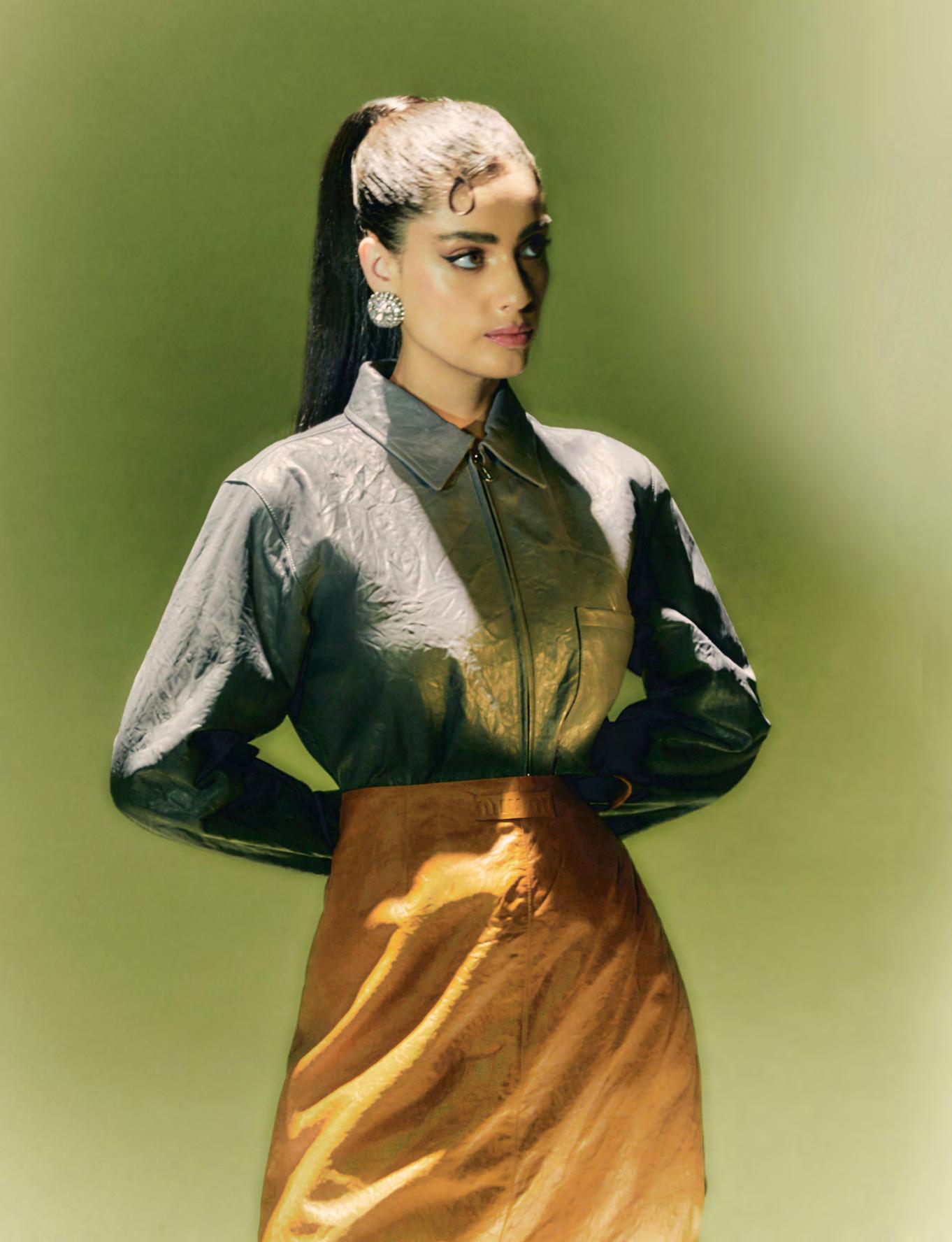
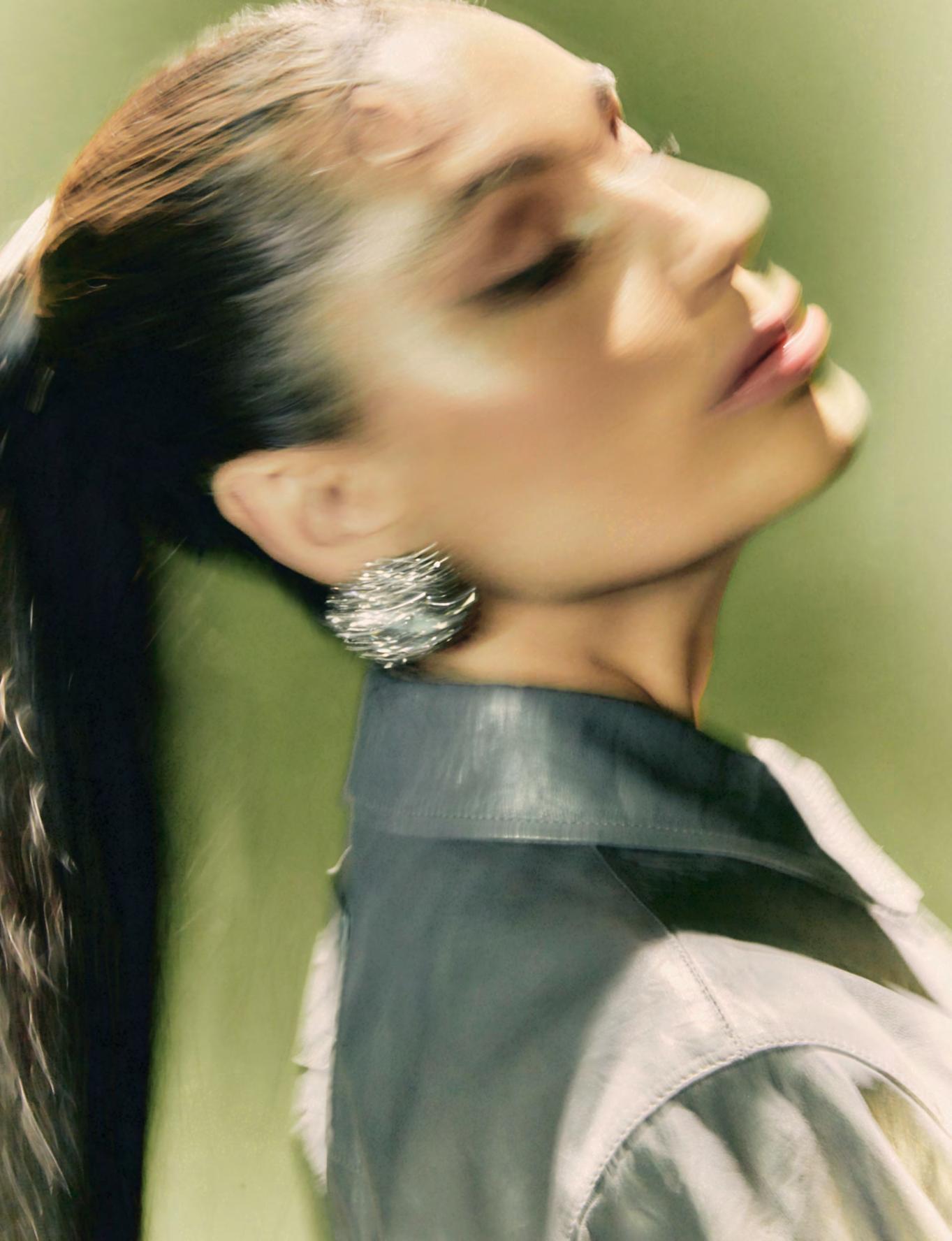
As she grew older, Zeyne’s interest in music only deepened, and she began to take formal lessons in piano and voice, which she continued for over a decade. “When I was a child, I always had this dream of going into the arts. I just loved the idea of being on a theater stage and performing. I just think I never had the confidence. And so that idea was always planted inside my head. I think I just convinced myself that I couldn’t do it,” she says. Zeyne’s affinity for music had been an ever-present in her life, yet it largely remained on the periphery, in large part due to her anxiety and shy demeanor. “All my life I’ve been shy of singing in public. I’ve been taking piano lessons and vocal lessons since the age of five but I never wanted to share it with anyone. It was just very personal to me.”
And so, music took a back seat as she pursued her studies in Media Communications and Sociology at Sussex University in Brighton, navigated the 9-5 grind and took on an array of internships and desk jobs over the years. As Zeyne settled into her career, she felt a gnawing sense of dissatisfaction, strains of music still hummed in the background of her mind, a persistent presence that refused to be ignored. After completing her studies, Zeyne landed a coveted job offer at a public relations firm in London. The opportunity seemed too good to pass up, offering her not only a full-time job, but also sponsorship. “At the time, I was like, wow, of course, I’m gonna stay here. Of course, I’m gonna move to London,” Zeyne recalls. But life had other plans for her.
When she returned to Amman to renew her papers and travel documents, the world was hit by Covid-19, and everything came to a grinding halt. The pandemic completely derailed Zeyne’s plans and she was devastated when the lockdown in Jordan cost her the job in London she had been aiming for throughout her undergraduate.
Locked down at home with her plans for a career in PR on hold, Zeyne felt trapped and unsure of what the future held. But it was in the midst of this forced seclusion that she discovered a safe haven in music, that passion that had been simmering beneath the surface for so long.
“I was just stuck at home, stuck in quarantine. I opened this account. And I was like, you know what, I’ll just entertain myself, and I’ll entertain others as well. So I started posting covers, and slowly my account started growing,” Zeyne shared, describing the moment she started her Instagram account.
Zeyne was able to find a silver lining in the form of her newfound passion for music. She found herself spending more and more time singing, experimenting with different genres and sharing her voice with the world. Singing became a form of therapy for her, helping her navigate the uncertainty of the pandemic and find purpose in a time of upheaval.
Initially, she had only intended to share covers of her favorite songs, revealing only half of her face and planning to delete the account at the end of her two-week quarantine period. But by the end of the 14 days, she had amassed a huge following, with listeners across the MENA region and beyond loving her soulful English and Arabic renditions of R&B hits. And so, she renamed the account “Tunes with Zeyne” and continued posting cover videos for another 10 months.
Instagram marked the starting point of Zeyne’s musical journey, an unexpected springboard found due to life’s sudden changes, one that led her down a path she had never envisioned for herself. “It took me by surprise. Genuinely, I did not expect any of this to happen. When I opened this account, it was with the intention of just growing my confidence towards singing publicly,” she shares. Her journey from an uncertain, locked-down graduate to a confident and talented musician is a reminder that unexpected detours can often lead to unexpected rewards.
Soon, Zeyne’s covers began to take on a life of their own, with listeners eagerly anticipating each new upload. As her audience grew, so did her confidence, and Zeyne began to see music as a viable career path. As Zeyne’s Instagram account started gaining traction, she began receiving messages from people around the world who were moved by her voice and talent. For Zeyne, music became a way to connect with others during a time of global isolation, to offer comfort and solace through the universal language of song.
“I want people


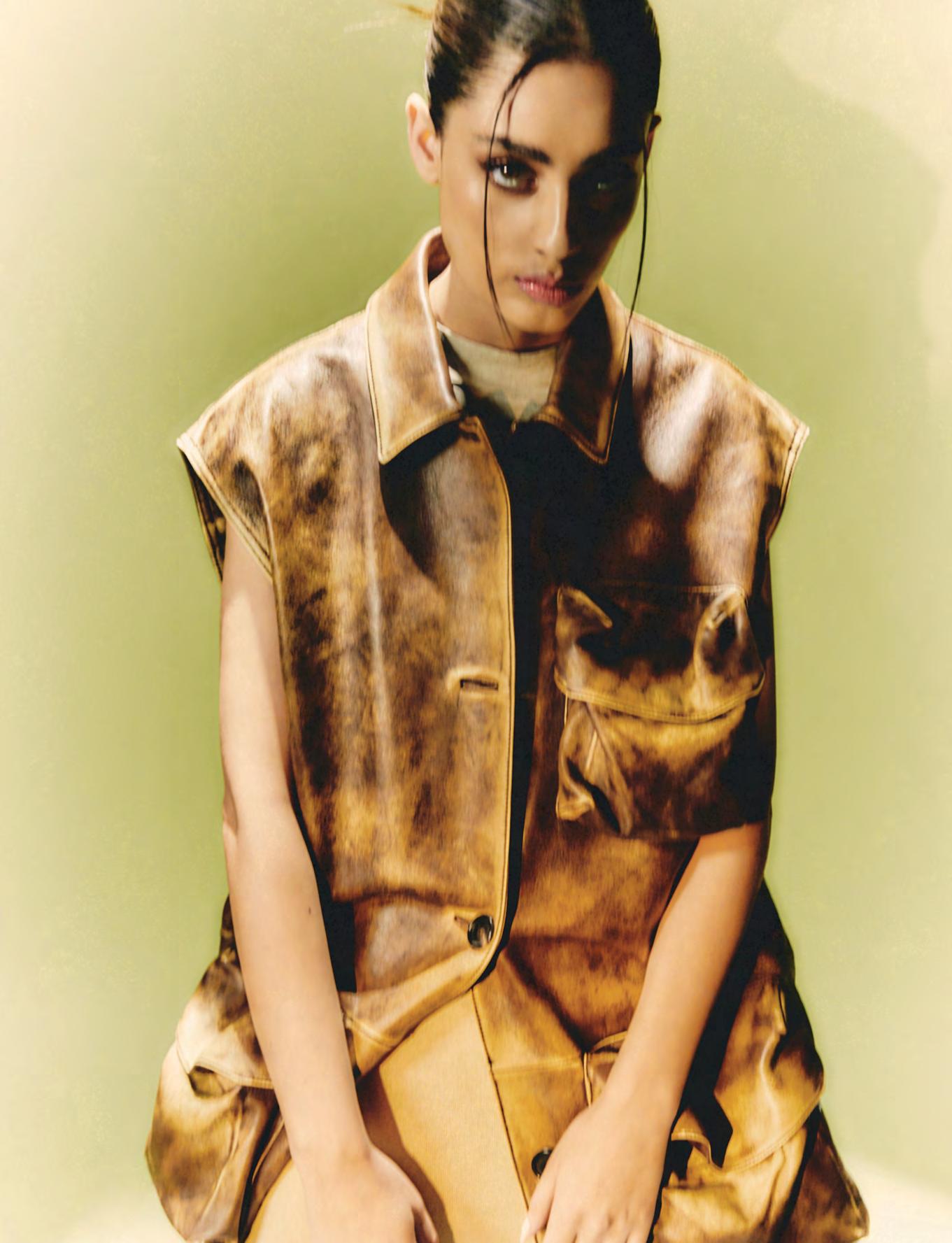
Zeyne’s journey towards becoming a musician and artist has been nothing short of serendipitous. Through her page, she quickly gained recognition and began forging connections within the Jordanian music scene. Riding high on this momentum, she eventually joined the Jordanian Female Artist Collective and, in due course, was invited to perform at the Amman Jazz Festival. She crossed paths with several influential music industry veterans, including Hana Malhas, a revered mentor and trailblazer in the independent music scene, and the founders of Keife Records, who were quick to offer her a record deal. This pivotal moment marked the beginning of her professional journey, which she began under the moniker @whoiszeyne.
Not long after her momentous breakthrough, Zeyne had the good fortune of meeting her producer and confidant Nasir Al Bashir. It was he who first encouraged her to write her own original works, insisting that she give it a try despite her initial reluctance. “Don’t say that you don’t know how to without trying,” he implored. “I don’t know how to write,” she replied. “No, no, it’s fine. Just try.” And so, armed with nothing but her own innate creativity and Al Bashir’s guidance, Zeyne set about the task of crafting her own unique sound and style. Her first single was born.
For Zeyne, the creative process was both challenging and liberating, but it afforded her the opportunity to channel her deepest emotions into her music and use her voice to tell her own story. Her debut single, “Minni Ana,” a fusion of Arabic and English lyrics, touched on themes of self-discovery, anxiety, and boundary-setting, tackling difficult and often taboo topics that resonated with audiences worldwide. As Zeyne explains, “My music is simply about life, real events, real life events, stuff that you usually bottle up like your insecurities, or your traumas or your identity to stay cool.”
The creation of “Minni Ana” was a deeply personal journey that required both immense courage and vulnerability. Working alongside her co-writer and producer Al-Bashir, she embarked on a therapeutic exploration of her own psyche and experiences. The process demanded honesty and transparency, as Zeyne dug deep to unearth her most profound fears, doubts, and insecurities. But as challenging as it was, the experience ultimately proved to be a powerful source of catharsis, allowing Zeyne to find clarity and release through the medium of music.
Zeyne’s desire for self-expression is almost palpable. “I want people to discover who I am through my music,” she says, a testament to the power of her art to communicate her innermost self to the world. Her journey of musical self-discovery has been nothing short of incredible. Reflecting on her humble beginnings, Zeyne marvels at the mysterious workings of the universe. She notes how her six-year-old self could never have predicted that she would become an artist and musician. “It’s funny how the universe works. Despite your plans, the universe always has other plans for you,” she muses. Zeyne believes that music found her rather than the other way around, and she acknowledges that that statement is cliche while remaining adamant about its truth. Looking back, she is filled with joy and gratitude for how things have played out. “It’s all I’ve ever wanted, but I guess I never believed in myself. It’s funny how the mind works as well,” she says.
Zeyne, now a rising star in the world of R&B and soul music, has a singular goal: to create a fresh, Arabic-inspired sound that seamlessly blends the best of both worlds. Her passion for storytelling-driven lyrics is evident, as she weaves together her own personal experiences with the rich cultural influences of her upbringing. It is this approach that renders her music both relatable and authentic as she seeks to capture the essence of the human experience.
“There is no one specific message,” she says. “What I’m trying to do with my music is share my story and personal experiences through the window of songs. We all tend to relate through that window one way or another. I’m excited to share mine and see how people resonate.” As an Arab woman who grew up in Jordan and with roots in Palestine, Zeyne aims to break down barriers by sharing her story with listeners, transcending language barriers with her fusion of Arabic, R&B, pop, and soul music.
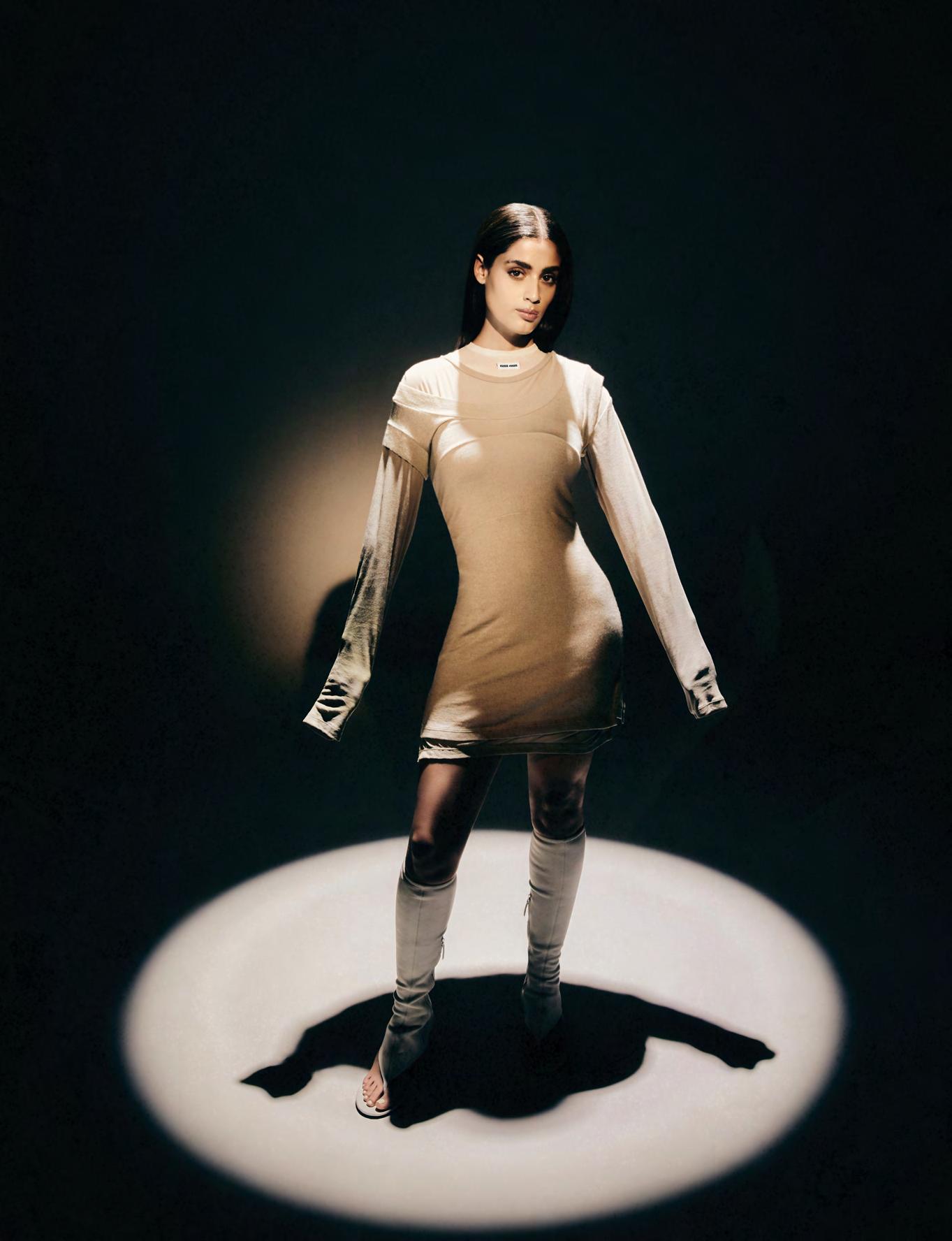
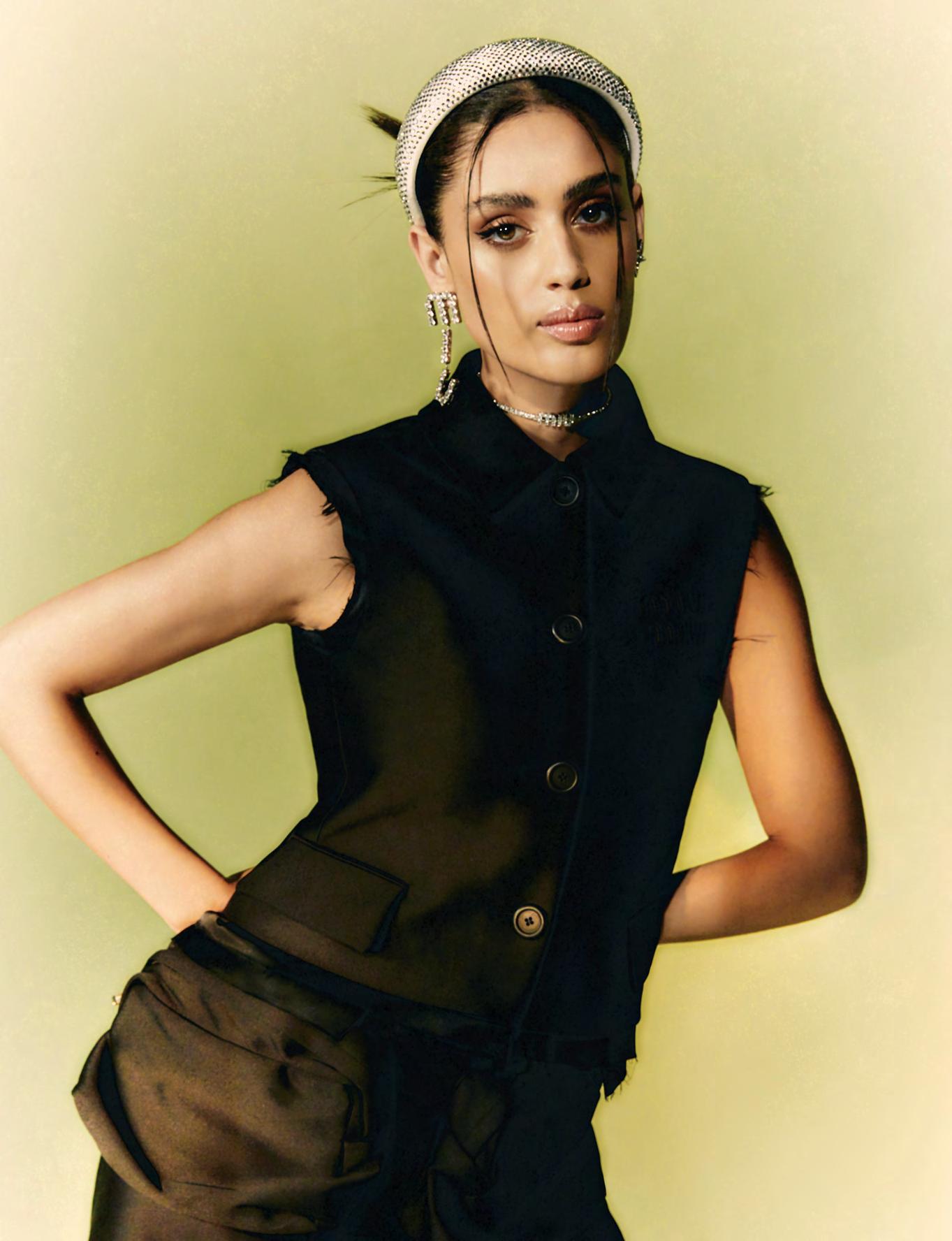
Zeyne’s eclectic musical background is a driving force behind her unique vocal style and poetic lyricism. Drawing inspiration from a diverse range of artists, including the likes of Ziad and Elias Rahbani, Fairuz, Lauryn Hill, and H.E.R., her music seamlessly blends early 1990s R&B and soul influences with modern Arabic soundscapes. Zeyne’s artistry is a testament to the power of cross-cultural collaboration, combining disparate musical traditions to create something entirely new and fresh. Her passion for reinventing R&B and soul music in Arabic is evident in every note, as she skillfully crafts a sound that is both familiar and yet entirely her own.
For Zeyne, authenticity is key, “I always preach about being authentic and storytelling, and telling your story in the way that you would and not filtering it for anyone else,” she explains. “It’s just being real with who you are, and not shying away from anything you go through.” Through her music, Zeyne invites listeners into her world, allowing them to connect with her on an emotional level. And she remains true to her promise of writing music that reflects who she is - a talented artist with a unique perspective, determined to make her mark on the world.
Zeyne’s latest release is a true testament to her artistry and storytelling prowess. With “Ana Wein,” she delves deep into the pain and struggles of a relationship beyond repair. The haunting quality of her vocals lead listeners through an emotional journey of regret, denial, anger, and ultimately, acceptance. The song’s production, co-written by Zeyne, Nasir Al Bashir, and Lina Makhoul, sounds almost like a film score, highlighting the emotional beats of the song through orchestral elements and iconic ballad instrumentation.
However, Zeyne’s music is not just a personal expression of her own experiences; it also represents the struggles and hopes of her generation. As someone with a dual-heritage identity, growing up in Jordan with Palestinian grandparents, Zeyne’s upbringing was shaped by both cultures. Her love for traditional Palestinian dance, dabke, began at a young age and she toured with a dabke group at just five years old. This cultural influence is interwoven throughout her music, with nods to her hometown of Nablus, and her second single, “Nostalgia” is a heartfelt tribute to Palestine and its people. As a member of a generation of Palestinians that has inherited a sense of immense grief and loss regarding their homeland, Zeyne reflects on the feeling of yearning for something that was never experienced.
Through her music, Zeyne aims to break down barriers and transcend language barriers by sharing her story and personal experiences with listeners. Her ability to blend Arabic, R&B, pop, and soul music creates a new sound that is both relatable and authentic. As she puts it, “I always preach about being authentic and storytelling, and telling your story in the way that you would and not filtering it for anyone else. It’s just being real with who you are and not shying away from anything you go through.” By staying true to her promise of writing music that reflects who she is, Zeyne serves as a voice for a generation.
Despite initially expecting her music to never leave the confines of the MENA region, Zeyne’s soulful melodies and ethereal vocals have transcended the borders of her homeland of Palestine and her bedroom in Amman, resonating with audiences across the Arab diaspora in Canada, the UK, the US, and parts of Europe.
“So I look at the analytics, and I’m like how does this make sense? The music that I’m making, very R&B, but with twists of Arabic scales, or Arabic melodies in there, with Arabic lyrics, started resonating very strongly with Arabs living in the diaspora,” she says. Remarkably, despite being based in Jordan, Zeyne’s largest concentration of listeners on Spotify are in Egypt, followed by the US.
She attributes her success, in part, to the dynamic Jordanian music scene, which has cultivated a tight-knit community and supportive environment for artists to flourish in a region that formerly relied on established music hubs such as Cairo and Beirut, saying, “The music scene in Jordan has boomed quite fast in the past year and a half. If you told me to talk about the music scene like 10 years ago, it would be predominantly made up of just men, whether that was indie rock bands or, or indie artists. But there weren’t any strong female artists, except for one or two.”
According to Zeyne, “purely musically speaking”, the past year and a half has witnessed a remarkable shift in the perception of the Jordanian and Palestinian accents. Previously, the norm was to see Arabic artists gravitating towards the Egyptian or Lebanese dialects. However, the Palestinian accent is now emerging as a trendsetter. Zeyne contends that this has given her the impetus she required to gain confidence in the accent she employs in her music. In her opinion, the newfound popularity of the Palestinian accent has created a void that Arabic R&B music, particularly performed by female artists, can fill.
Zeyne’s meteoric rise in the music industry has ignited a fire in the region. Though she entered the scene just a couple of years ago, her Arabic releases have already become viral sensations, adding her voice to the chorus of change that’s sweeping the region. She believes that Arabic music is poised to become the next big thing, following in the footsteps of the K-Pop phenomenon and the widespread popularity of Afrobeats. “With the Arabic language becoming more universal, there is more of a global appeal to it. Arabic music is the next in line to become global. And I feel like in two years’ time, there will even be award shows with a new category for the MENA region in general,” she says. Zeyne’s astute assessment of the landscape underscores her intuitive grasp of the musical zeitgeist and reveals her as a true innovator in the Arabic R&B scene, in the region and beyond. ■

“With the Arabic language becoming more universal, there is more of a global appeal to it. Arabic music is the next in line to become global.”
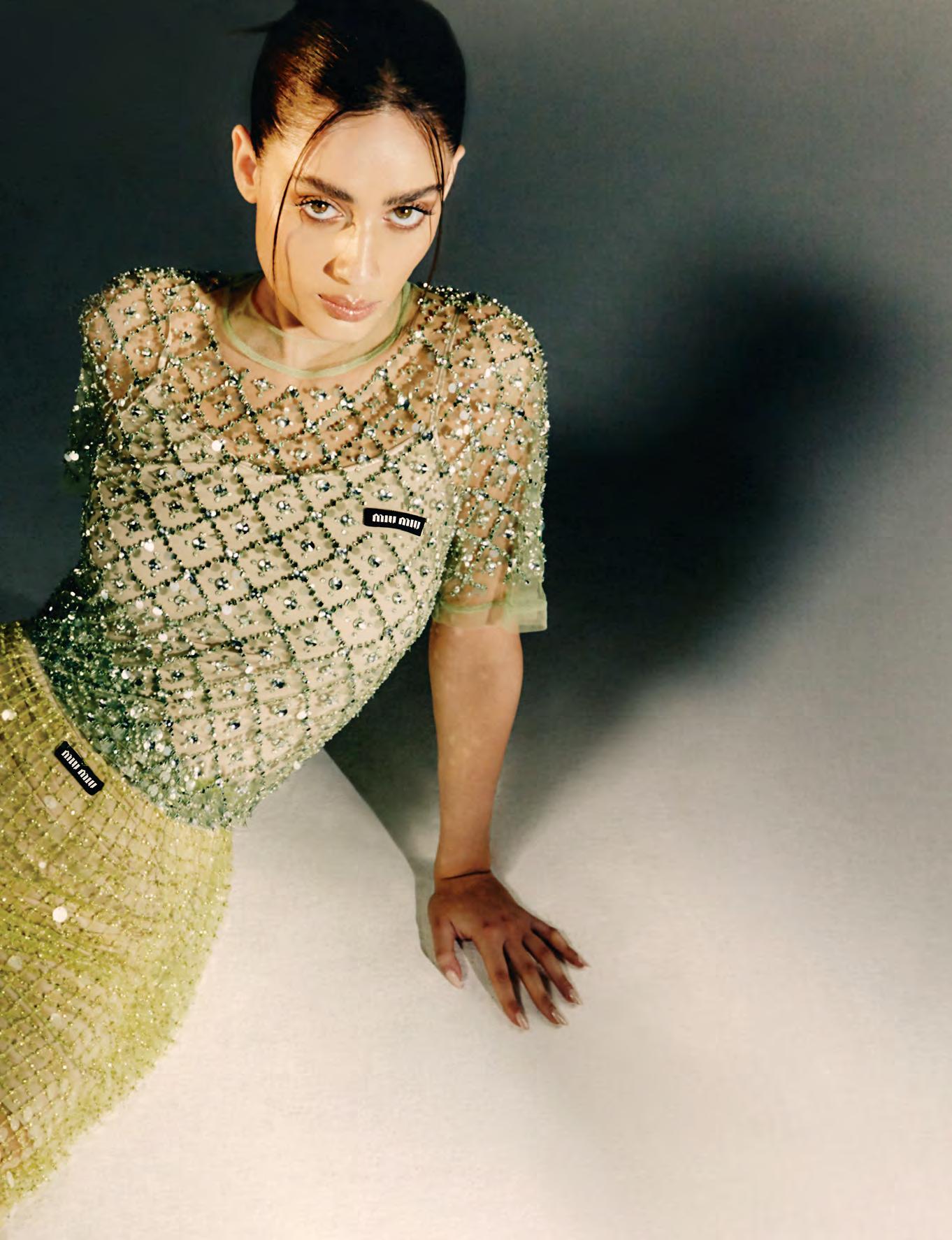
photography MAZEN ABUSROUR
styling SAIF HIDAYAH
words LOUIS PARKS
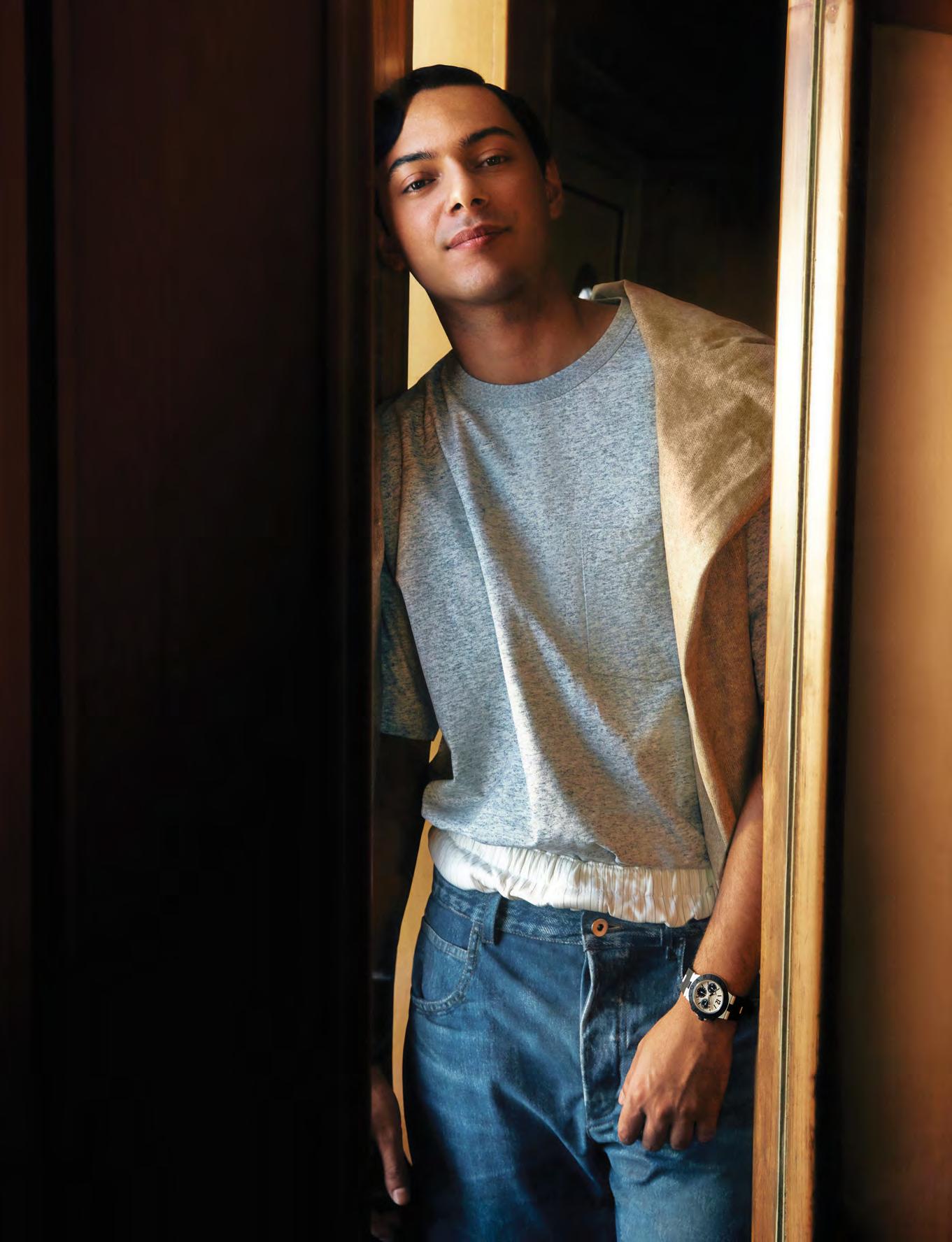 watch, BULGARI. t-shirt, trousers, sweater, BOTTEGA VENETA
watch, BULGARI. t-shirt, trousers, sweater, BOTTEGA VENETA

200,000,000 streams and counting, it’s safe to say that ‘Can’t Love Myself’ by Mishaal Tamer is something of a viral sensation. Recorded in a dorm room, dimly lit, its protagonist clad in a hoodie, it’s been sampled by artists from around the world, America, Russia, Germany. It’s the perfect example of the appeal of a young man from Saudi, the power of his vocals and an international audience that’s crying out for something new, something fresh. Mishaal’s low-fi, contemporary sound has struck a chord.
Mishaal, he says, would probably never have picked up an instrument but for a twist of fate when he was young. At around nine years old, he had an accident on a bouncy castle, “At first they were going to get rid of my arm. But luckily a doctor who had studied in Germany, he performed a surgery, fixed the arm, but the nerves were destroyed, my fingers and wrist weren’t working properly,” a disaster, a trauma, but one that would shape the rest of his life. “He suggested that I learn the guitar, because I’d have to use my left arm to play. I got a little plastic Yamaha, it’s in one of my videos. I learned A minor, F minor and G major,” he says. The surgery’s legacy goes further than a plastic guitar, Mishaal smiles as he says, “If you listen to my melodies, they’re simple, I can’t play something super complicated. So, I focused on making little melodies, super catchy.”
So, how do you go from a plastic guitar to over 200 million streams and soaring international fame? As a result of his Yamaha-powered physiotherapy, Mishaal spent hours playing music. “I can’t remember if I liked it in the beginning, but I pushed through, something about it came through,” he says. The realization that music, chords, could be sad or happy, and could often communicate more effectively than words hit him, and appealed as “a true communicator of emotions”.
In middle school, at 12 years old, Mishaal was writing music and formed a band, the first band at his school, he says. A career in music wasn’t on the cards, it became a running family joke, Mishaal laughs as he happily remembers his father telling him to focus on his studies. The family was never judgmental, but he remembers people around him telling him to stop playing, that it was haram. Luckily, it seems all of this just made him more determined.
A move to a boarding school at 14 was eye-opening. “It was all classical music, nothing contemporary,” says Mishaal, “I knew that if they [the students] could express themselves, that they’d love it.” There was no contemporary music program, he’d build it, he decided, “I made the program when I was 15 or 16. I also did Computer Science, I was OK, but I hated it. I wrote code, it helped me with song writing, the structure, it’s a similar idea, especially if it’s clean code, simple is best.” Music was all around him, all the time. One song, written during an exam and later recorded on an Xbox microphone, later exploded online, he says.
University was calling, “Senior year comes up and I apply to two schools. I found Clive Davis, the [music] school. My parents were like, “How are you going to get a job?” This was 2017, and Saudi hadn’t opened up. It was a Hail Mary, that’s how I thought of it. I didn’t think they’d say ‘Yeah’. I also studied really hard for Carnegie Melon, for Computer Science.” Both schools accepted him. Somehow Mishaal forgot to tell his parents about his acceptance to the Computer Science course.
“Shooting the Bulgari campaign in Wadi-Rum was surreal; the location felt out of this world.
It’s also an incredible honour to have had the opportunity to be there and a part of it.”
“I can’t remember if I liked it in the beginning, but I pushed through, something about it came through.”
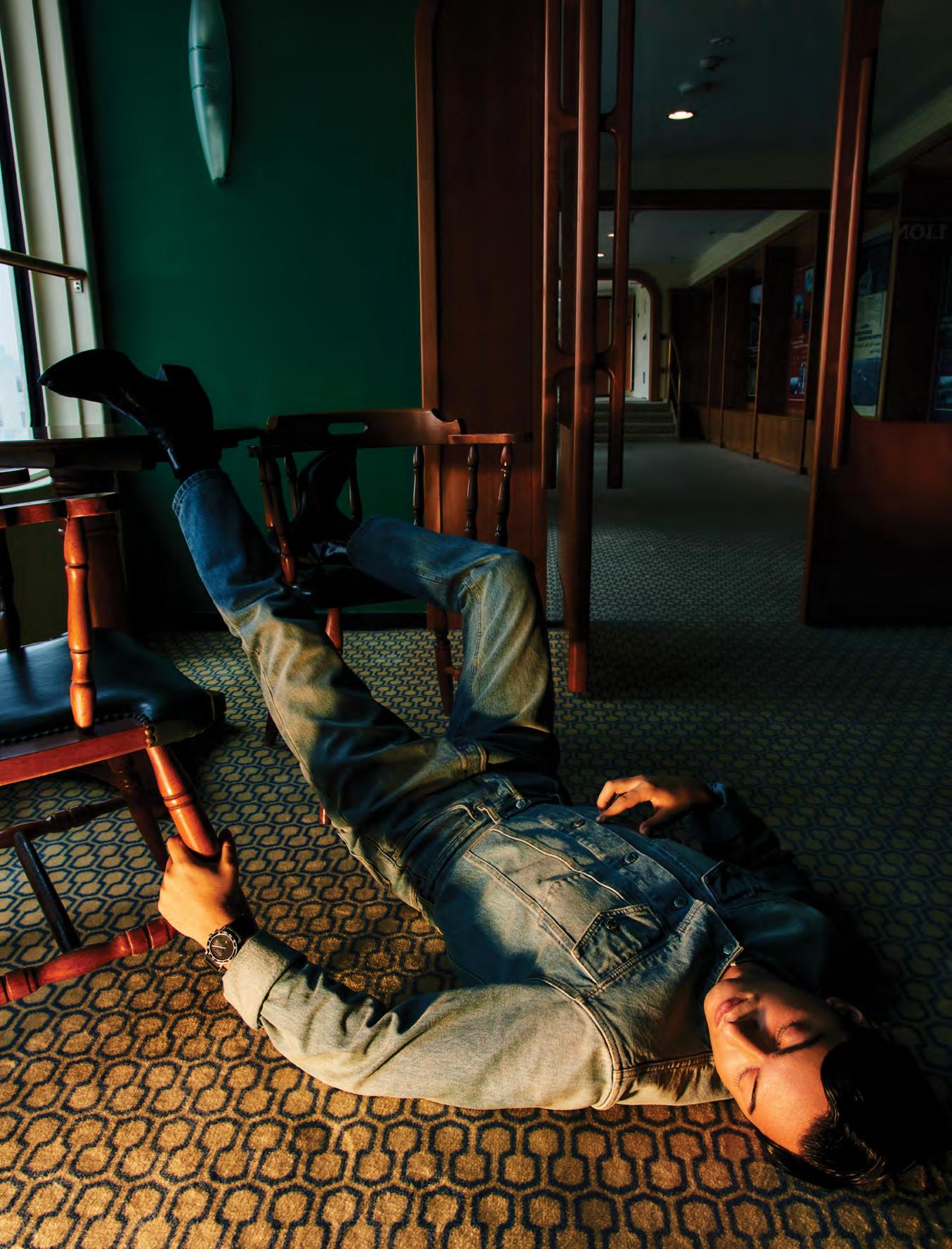 watch, BULGARI. shirt, jeans, boots, PRADA
watch, BULGARI. shirt, jeans, boots, PRADA
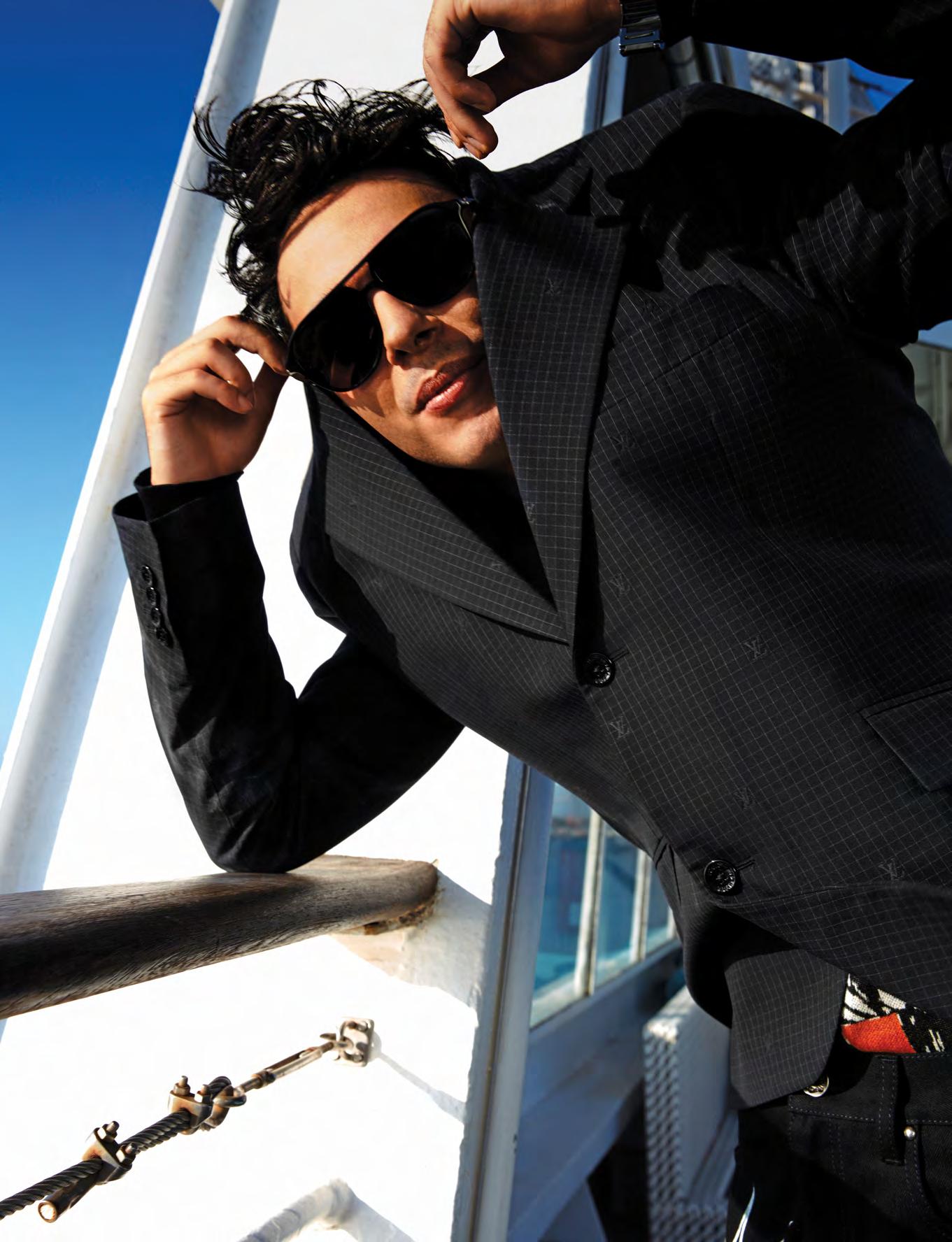
As with many long suffering fathers, Mishaal’s agreed to let him move to New York, perhaps despite his better judgement. They made a deal, Mishaal would take on a triple major, but he’d be able to study at Clive Davis. It was then when things started to happen. “That’s when I started uploading. I did the first song, “Can’t Love Myself” when I was really down in my dorm. I’m only wearing a hoodie, the lights are down, I just recorded it. People started sampling it. I found it later, two weeks later, on YouTube. People from America, Russia, Germany started using it. With its samples, it’s got 200,000,000 streams on Spotify now,” he says, the amazement still clear in his voice.
If music has long been a major influence in his life, so too has gaming. GTA and World of Warcraft were the games of the time and Mishaal’s gamer tag was the same as that he’d uploaded Can’t Love Myself under. One day, Monty Datta, a producer, found him, “The guy asked me if I was the same guy from the song and it went from there. I joined a couple of Discord servers with producers. We made ‘Addicted’ about GTA. The emotions were there, it was all true, that’s all that matters, I never wrote a song from anyone else,” he says.
It all began to snowball, and even his professors at Clive Davis were advising him to take a year off to focus on his music. Then dad stepped in again. Mishaal laughs, “He told me that I’d have to sign to a record label [if he was going to take a year off]. That seemed impossible. But, I had to sign with a major record label, Sony, Warner Music or Universal.”
“How do I do that?” he says.
Exactly. Well, this is the point of the story in which it goes from pretty cool to downright unbelievable, but it happened. “I go back home to Saudi. My cousin, Sultan, was with me in NYC, studying film, and we have this idea. Near my home was a creepy abandoned house and he took a camera from school and we used iPhone flashlights to light the video, ‘Arabian Knights’. This was the first time you saw my face, the first time as an artist. Lo and behold, some people from the US saw it and the labels started reaching out. Not just indies, the major ones,” he says.
“The major ones.” By that he means Columbia Records, Epic and RCA. No big deal. Now, Mishaal can speak English, Spanish – his mother’s from Ecuador - and Arabic, he’s a good-looking man and he can carry a tune, a bidding war ensued. “My first A&R [artist and repertoire] meeting was in a restaurant with the CEO of Columbia Records from the UK, and Epic Records from the US, my manager - who I still work with today - was like “What the fuck?”,” he says. Mishaal ended up going with RCA Records in the US. Elvis had been with RCA and the name brought back fond memories from when he was a kid. A few months had passed since his dad’s ultimatum. He had made it. Or at least taken the first step.
A demo EP came out through Sony and Mishaal struggled with the idea that he was out there, his face, not just his name. “Before that, no-one associated my songs with me. But, with Sony’s help, we released my songs, including the one recorded on the Xbox mic. What really struck me was that people were getting into it, outside Saudi, but also inside. People would champion me!” he says. He pauses for a second, “Cinemas weren’t even open.”
It seems remarkable, but Mishaal’s plans have evolved already, “We came up with the idea of the Arabian Knights record label. It’s become a long term thing, we’ve partnered with Empire Records. We’ve just started, I’ve been working on it for two years, it’s called ‘Home is Changing’,” he says. His most popular online clips are going to be made into full songs in a five-chapter long debut with each chapter as an EP, each with five songs.
“It starts at rock bottom, I was sad in the US, and COVID. Chapter 2 is ‘The Love’, when I fell in love with this girl. I thought it would get me out of Chapter 1, The Deep. Chapter 3 is bam, the breakup, the heartbreak. It’s a really personal project and I don’t think that’s been done. Chapter 4 is The Dream, it’s about my recurring dream of wanting to go back home, the days melded in months, years, and this was during COVID, it was a weird time for everyone. It opened a lot of our eyes to self-reflection. That’s what this journey is all about,” he says. The final Chapter, The Return, refers to both his return home and his return to his “inner child”, a version of himself that he lost, “The journey isn’t just about Saudi changing, it’s much more than that, home is Mishaal, me, us, we’re changing.”

 watch, BULGARI. sweater, jeans, LOEWE
watch, BULGARI. sweater, jeans, LOEWE
What people take from Home is Changing is entirely up to them, he says, “A lot of my songs, they’re written for me, but once I put it out there, it’s for you. Make it what you need. It allows us to talk about our feelings, and to connect with other fans, to open up, to connect.”
Beyond Home is Changing, Mishaal has plans, bold plans, he’s looking to create a sound, a musical movement perhaps, “I want to create S-Pop, Saudi Pop, he says. I want to find a local sound, from our home, our heritage, and the things we’ve been inspired by as young people,” he says. “It’ll be based on what we love, who we are. We’ll make something new, give it to the world. It’s art, it’s not just oil, we have artists, creative youth, we’re changing. I want to show that through music.”
There’s a lot of music coming out of MENA at the moment, or rather, MENA music is getting a lot more press than ever before, both here and abroad, and Mishaal’s all for it, “I think it’s beautiful, I think it’s time for people to stop seeing Arabs as the bad guys, we need a new perspective.” But, he’s quick to add, “That scene is mostly coming out of the Levant and Canada. But there’s so much going on in Saudi. Boxing matches, Ronaldo, F1. Saudi Arabia is completely different. You needed an invitation to enter Saudi before. It’s different. I’m Saudi, I’m not from Jordan or Egypt. There’s no road for me to run on, we’ve got to make one,” he says.
Then he pauses again, “I want to create a road so all these young kids can run.”
Music aside, or perhaps music-adjacent, Mishaal is also going to feature on the silver screen, he’s involved in an upcoming project, “It’s called ‘My Driver and I’. It was made by a female director, DOP [director of photography], and producer, and a female lead as well, it’s very new. I’m so excited about the movie. My character, once I did the rehearsals, the director put a bit of my story into the movie, and there’s a song I wrote for the movie, an English-Arabic acoustic S Pop thing,” he says with a grin.
Alongside his passion for music and his upcoming film, fashion has always played a role in Mishaal’s life, a means of experimentation and discovery, an avenue of self-expression, “I think if we let it, fashion can be an integral part of the human experience,” he says. Mishaal recently took part in Bulgari’s ‘Wonders of Love’ campaign for Ramadan, where he spoke of his earliest memories of the holy month and helped to introduce the brand’s latest pieces.
Funnily enough, his family’s connection to the brand goes back a generation; his father’s family gave his mother a diamond when she married, “We actually took it to Bulgari in Milano, 1994. So it was them, it was Bulgari who placed the stone in the ring!”, she told Mishaal, “My mother loved the design, thankfully she loved my father, too!” he says with a laugh. “Shooting the [Bulgari] campaign in Wadi-Rum was surreal; the location felt out of this world and the people involved made me feel right at home. It’s also an incredible honour to have had the opportunity to be there and a part of it,” he said.
The rapid growth and diversity of the various music scenes across MENA is astounding, and while Mishaal is entirely right, Saudi is different, and it’s changing fast, it’s exciting to think how S Pop might fit into the overall picture. A unique, youthful sound for a country undergoing sweeping changes, it all seems to fit, the right idea, in the right place at the right time there’s no telling where the road will end. ■
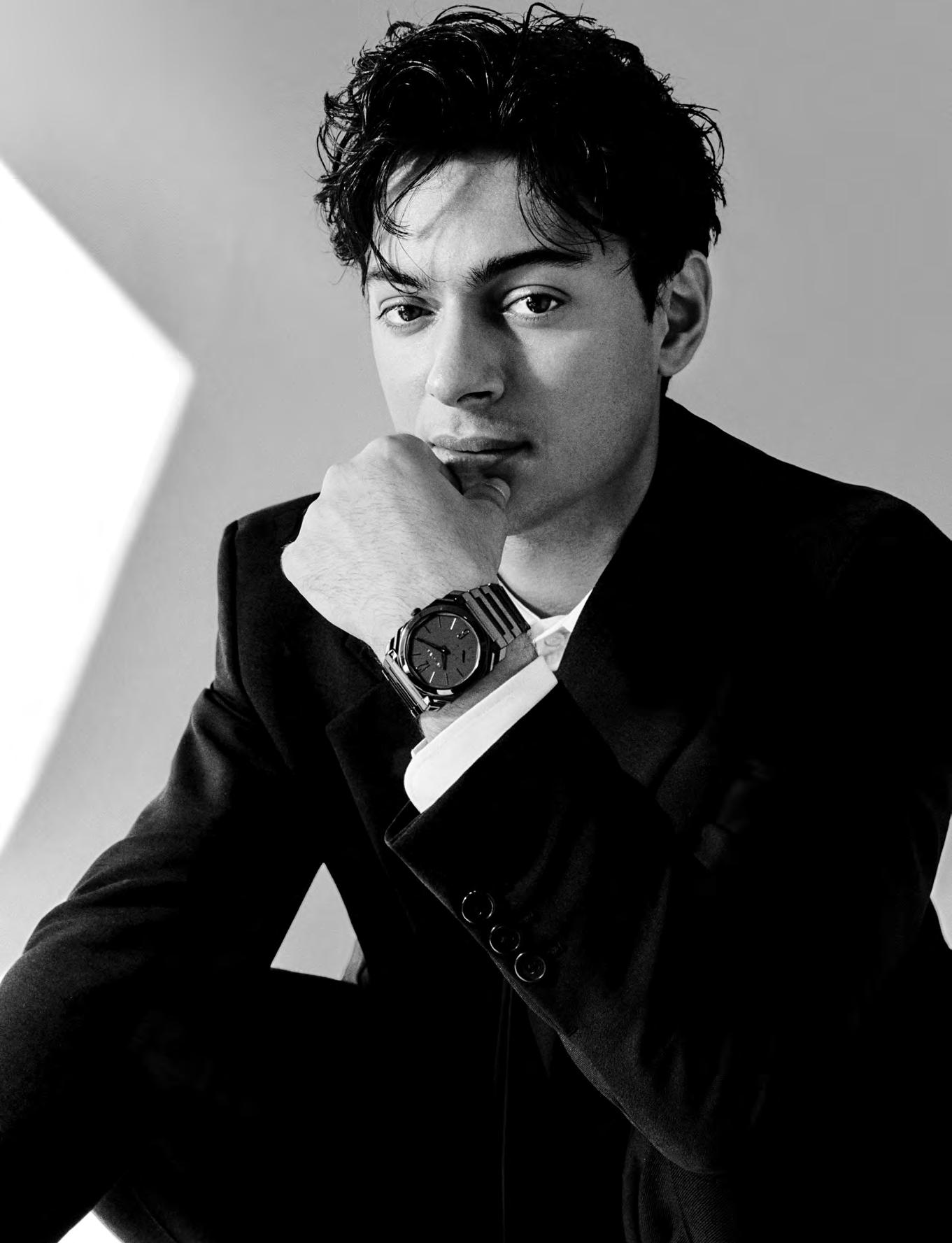 watch, BULGARI. jacket, trousers, shirt, PRADA
watch, BULGARI. jacket, trousers, shirt, PRADA


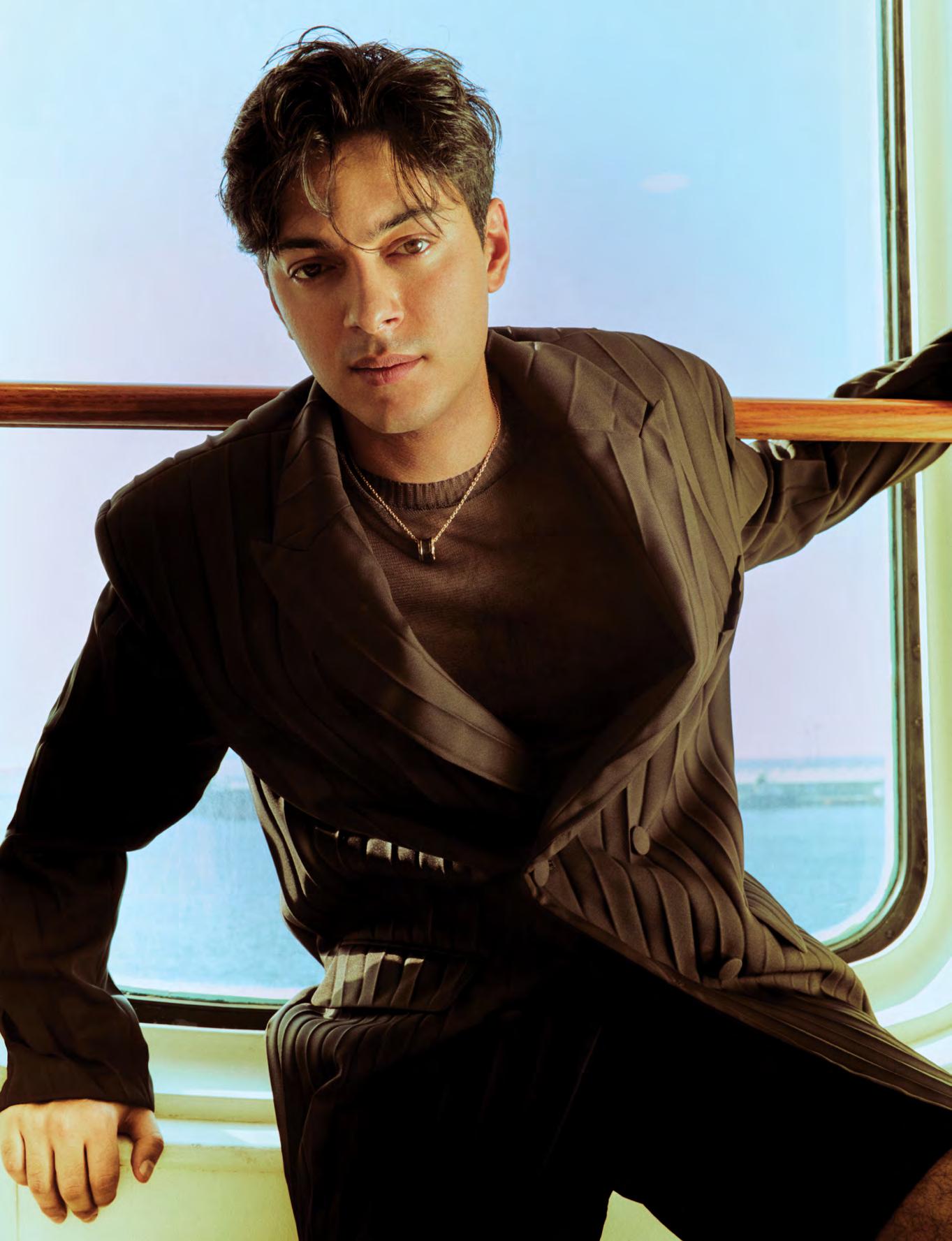
“I did the first song, “Can’t Love Myself” when I was really down in my dorm. I’m only wearing a hoodie, the lights are down, I just recorded it.”
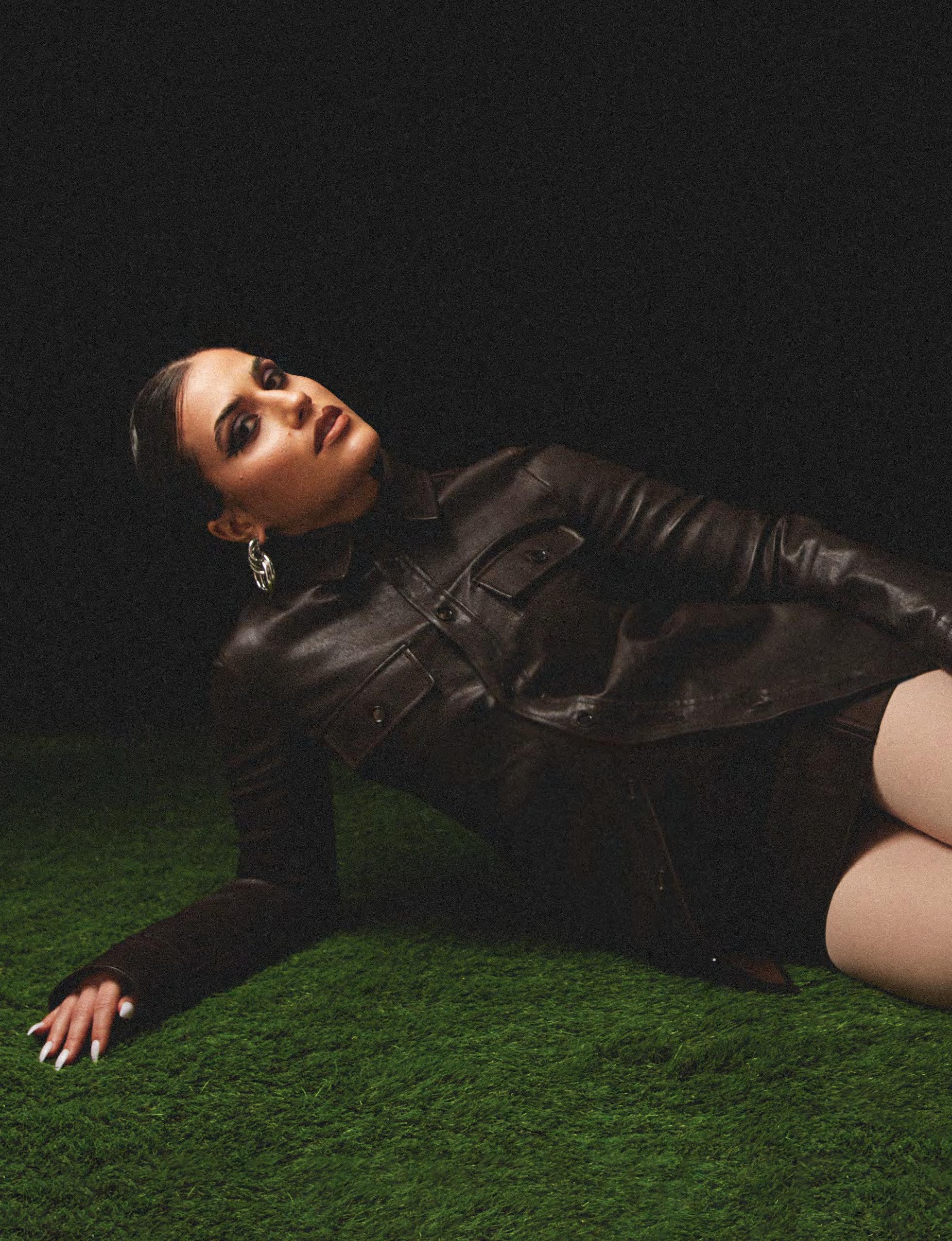
YOOX presents Palestinian-American musician Lana Lubany for her YUNG cover story.
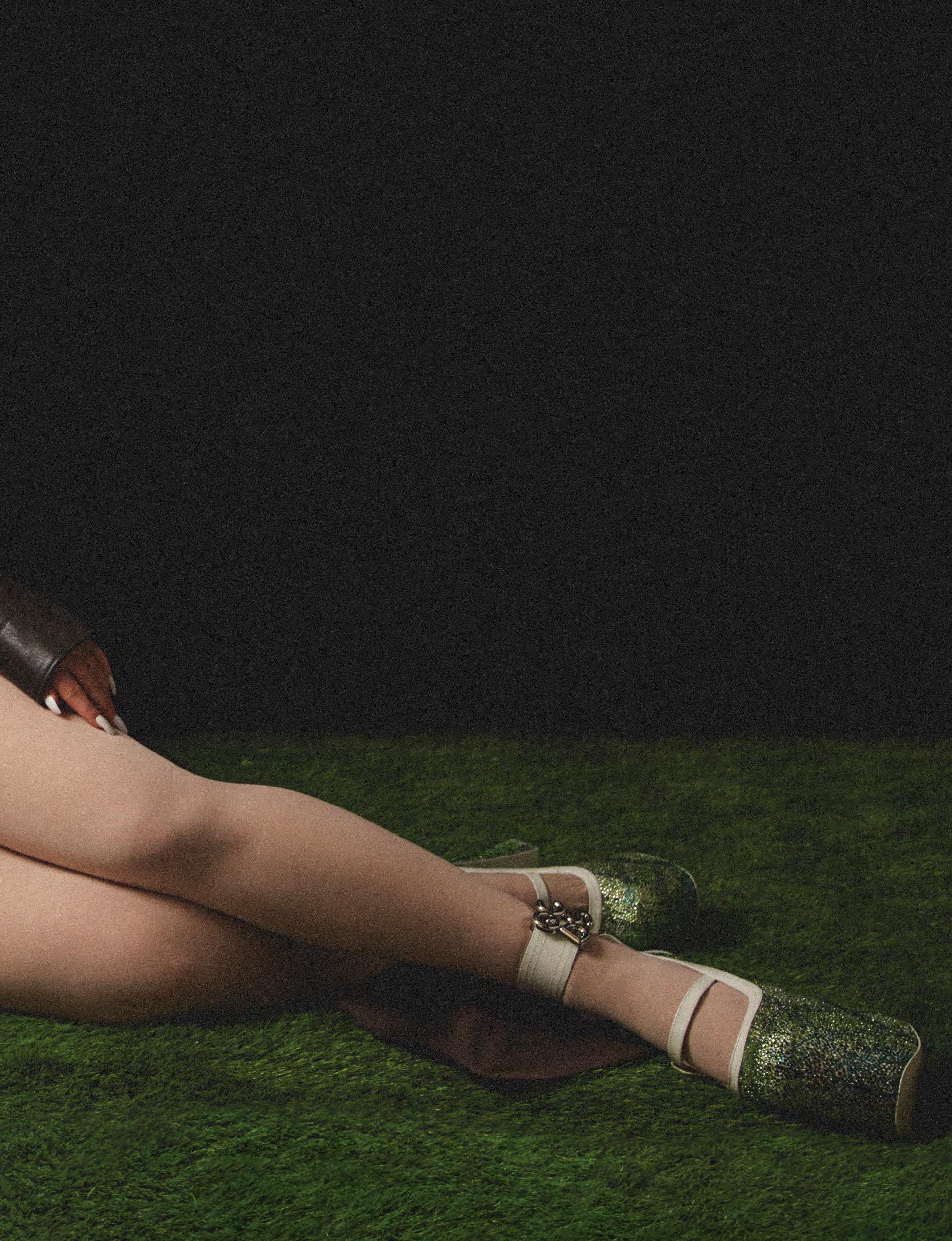
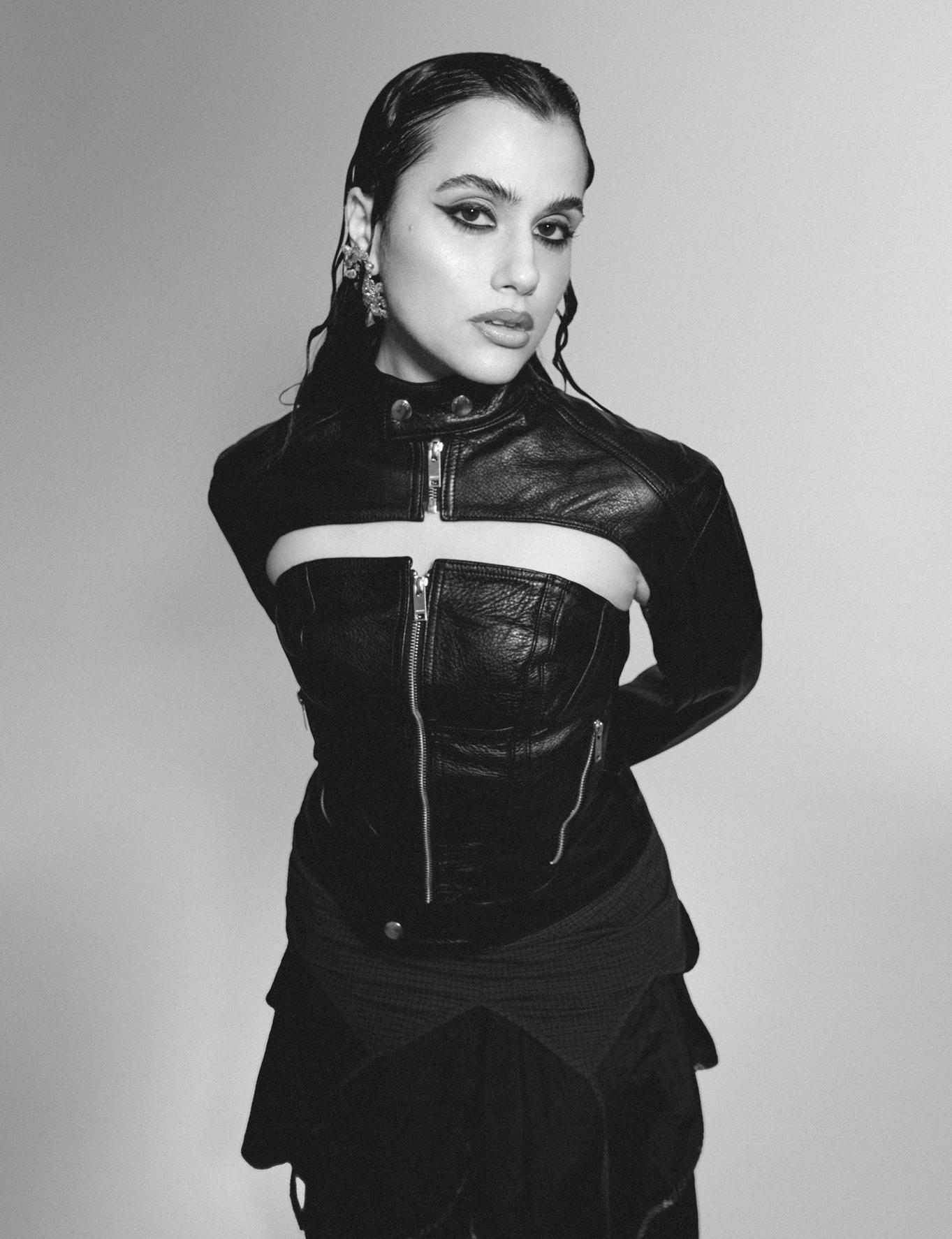
Under the rain in her single Point of No Return; in a bathtub bathed in green light for The Snake, the song that made her famous, immersed in dystopian atmospheres, Lana Lubany delivers a poignant sound where rap and Andalusian accents mix. Her first album, The Holy Land, is a collection of eight songs, each one a step in a journey of healing and self-discovery.
Lana Lubany was born and raised in Yafa, before moving to London, first for her studies, then to simply live and start her career. On her choice of settling in the UK, the singer and songwriter confides that she had “a very good childhood in Yafa.” “If you know Yafa... It’s very… very pretty, it’s absolutely gorgeous,” she says. “I’m lucky to have been able to grow up there, although I had some issues in terms of identity, but that also made me who I am, so I can only be grateful for it. But I don’t feel like I connect to it over there anymore.” Lubany has always been in-between. “My grandma is American, from New Jersey. She doesn’t speak Arabic, she always thought she was weaving and she never learned the language. So, growing up, I also had that part of my identity,” she notes, adding: “I never felt like I belong anywhere, until I moved to London. I’m not even a quarter English or anything. But London is a very welcoming city and I feel like I definitely belong here. It feels like home, so yes, I think that home is where the heart is, as corny as that sounds.”
As for her founding moment as a musician, Lubany remembers doing a show while she was a child: “this is like a key moment that I just remember. I was about nine years old, I had a piano recital and my piano teacher asked me if I wanted to sing. And I said yes, because I was confident as a little kid. And I rehearsed for it and I forgot all the words on stage. It felt really good, as people went up to me on stage and were like “oh my God you were amazing!”. And I just fell in love with singing, I joined a choir when I was 11, and that kind of solidified things. My mum always tells me that when I was 12, I told her that when I grew up I want to be a famous singer and move to the US, which I haven’t done yet, but that’s the other part I’m working on.”
A successful singer today despite a difficult start, Lubany admits she never considered taking a different path “Never! Never ever!” she exclaims. “It’s not a safe career. And it’s not for everyone. It requires a lot, it’s hard. My mum encouraged me, although she was afraid. But she always said to me you need to have a “Plan B”. Obviously, I can’t imagine myself doing anything else. Ever. I want to be making music for the rest of my life, because it’s such a beautiful thing to be doing, and so fun,” says the star in the making.
There’s a perception that making music is incredibly demanding, that artists spend their lives in basement studios, under the harsh glare of artificial lights. Lubany laughs heartily, she doesn’t live that life, “I don’t have one routine, my life is kind of whatever happens, happens! One constant is that I go to the gym. I also started dancing. I do train my voice, though, practice singing or rehearse for night shows that are coming up. I have a general goal on my list to have one new song per week right now, so I can play it, listen to it and, you know, figure out if I like it or not and maybe develop it further. I just want to be making a lot more music and evolving in terms of my sounds and stuff,” she confides.
“I started to analyse myself and my actions to figure out what was wrong and I realised that I wasn’t working smart.”



Very few are the artists who are free of influence and who find their own sensitivity from which they develop their own voice. “I’m definitely into Rosalia,” says Lubany. “She’s amazing. I think her music, definitely, is timeless. I love Billie Eilish’s music as well… There is a Spanish vibe in my own music. It’s just something that happened. I don’t play guitar but Ben Thomson, my producer, does, and we just jam, so he plays and I sing and that’s how we write the songs. We kind of fell into the Andalusian sound, which is really difficult to play, and he’s really good at guitar. I don’t know whether it is going to fully continue, but I definitely like where it went.”
“I’ve been listening to more Arabic music recently, just to get the vibe,” she says, “because it was always in the background, but I never chose to listen to Arabic music enough, growing up. I like Fayrouz very much. I wouldn’t say she influences me a lot but, in terms of the Arabic side, she would be my favourite so far. I also really like old jazz music, Ella Fitzgerald, Billie Holiday, beautiful voices my grandmother loves. Finding one reference is pretty difficult. My general rule for a song is that it can be played on one instrument, because that means it’s a good song.”
The Snake, the first song that really grew Lubany’s audience, merged her musical loves with her native tongue, “A couple years ago I didn’t have much going for me. So, it was kind of out of desperation. I needed to do something different,” says Lubany. “I decided to give singing some Arabic lyrics a shot and introducing music from the Arab world, and I wrote one song before I wrote ‘The Snake’. And I was like, OK, it’s kind of a vibe, and I like it. When I wrote The Snake, I wanted it to work like a concept project, which is the project that I’m releasing soon” she tells YUNG, explaining that her idea at the time was to call it ‘The Holy Land’. The title came to her mind because it’s where she is from, and the EP and album project was to deliver a full narrative divided into chapters: “I wanted the first song of Holy Land to be called The Snake and, by the time, it was like, OK, I’m going to make The Snake a bilingual thing. And it just happened, and when I showed it to people, I knew something about that song was different, and when I released it, I knew that doing bilingual was actually cool.”
Although there was a risk that bilingual lyrics would reduce her appeal and her audience, Lubany did not hesitate: “I didn’t have much of an audience before I released The Snake, in February of 2022, a year ago,” she explains. “I had maybe a dozen fans, mainly friends and family. I don’t know… It’s one of those things where you take your chance and either it works or it doesn’t. And I believed that The Snake was a good song and that it was going to have some sort of a purpose, and my purpose was initially for The Snake to start growing a community of like-minded people that would eventually become fans, and I’d just keep on releasing music and building that community. And yes, it has happened faster than I planned,” she says.
“All my songs so far are part of a concept project called ‘The Holy Land’ and it’s basically a story about my personal journey from losing to finding myself.”
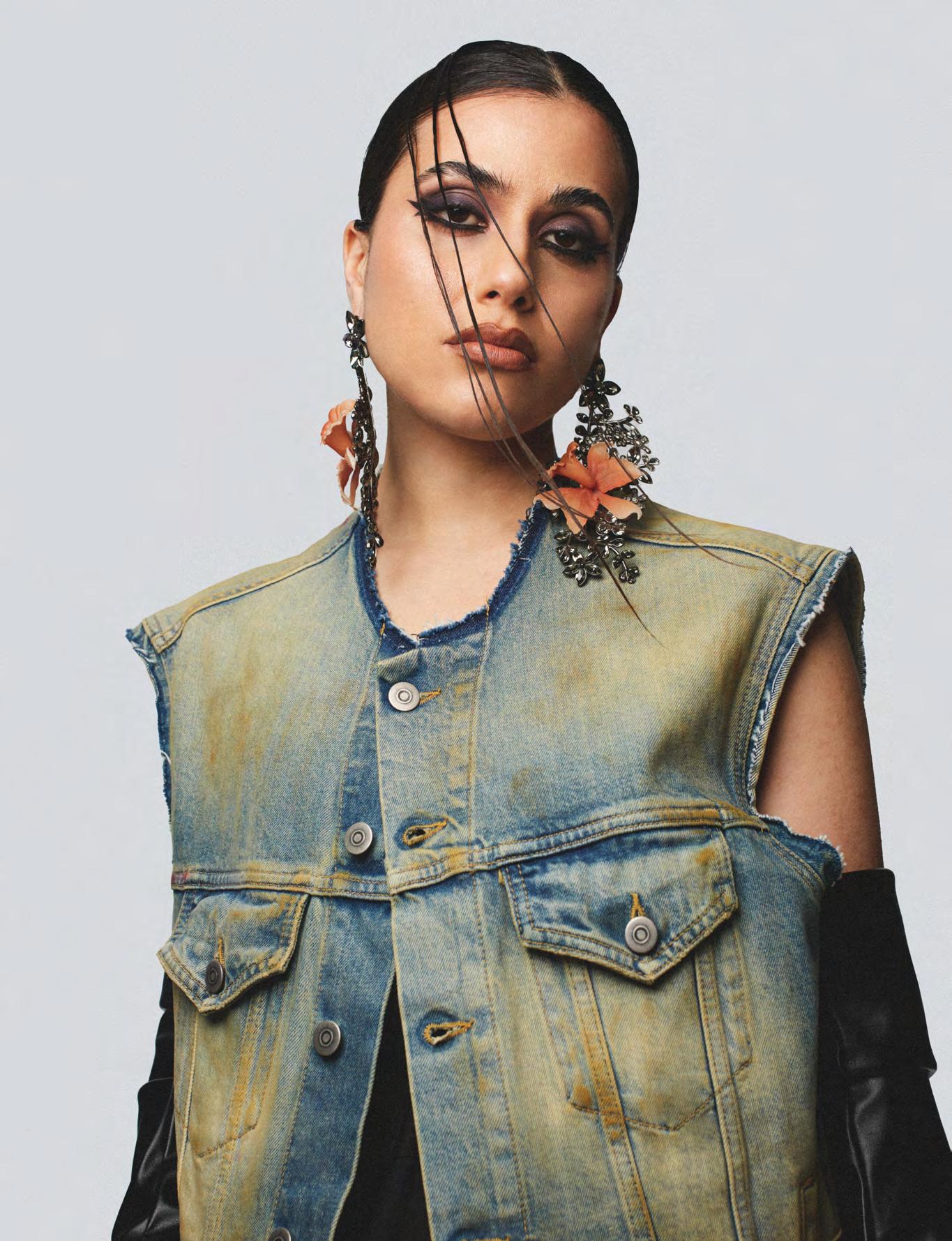
 dress, STELLA MCCARTNEY at YOOX.
dress, STELLA MCCARTNEY at YOOX.
Blending Arabic music with Andalusian rhythms, rap tracks and a spacey sound, Lana Lubany delivers a multicultural opus that, in the end, she says, is a journey into the inner self. “I released one more song since Clones [released in late 2022]: ‘Point of No Return’. All my songs so far are part of a concept project called The Holy Land and it’s basically a story about my personal journey from losing myself to finding myself,” she tells Yung. “I feel that many people can relate to it, a coming of age story. Each song represents a phase, like a chapter in this book. It goes from letting the bad into your world, to falling into temptation and dancing with the bad, and then realising that the bad is bad and letting that affect you mentally and falling into a deep pit with no way out, a point of no return, and then kind of overpowering that and coming to terms with things and empowering yourself and eventually finding yourself. And, for me, I found myself back at the start, back in my roots,” confides Lubany.
Every career needs a lucky moment, a trigger that sometimes has nothing to do with the planned path. For Lana Lubany, it was a video with her mother, which went viral on TikTok, that suddenly made her known to the general public. “My video with my mum? I think it’s really cool! I never thought to do a video with my mum or my family, but then I thought “why not?””, says the singer. “We were in Paris, and we were going to go explore the city or something, and she was like “Lana we need to go!”, and I was like “please mum, just listen to the song!”. And she loves it, she loves the song. My mum’s always been my biggest supporter, and my biggest critic as well, because she wants the best for me, and she will always tell me the truth. I used to not accept her criticism. Nowadays, I’m a bit more open to it. She always told me to sing in both languages, to combine something, make something new. I was like “What? Mum, you don’t know anything!” but she was right. So yes, I think it’s great that that’s the video that went viral because it started with my mum… and with TikTok!” says Lubany.
Criticism from her mother aside, what’s the most challenging thing Lubany has faced in her career so far? “It was getting my foot in the door” she says: “I think it’s really difficult, as an outsider with no connections, coming into the music industry. And also because of that, I didn’t have much guidance. I didn’t know that I was supposed to do “A” and that I was doing “B”. So, it took me a long time to find my sound and to learn what the right things to do are.”
So, then how did she find her way? “I’d been trying for three years and it wasn’t working, and so I wondered what I’m doing wrong. So, I started to analyse myself and my actions to figure out what was wrong and I realised that I wasn’t working smart. So, I decided to kind of clear my head, take care of my mental health, do some healing and figure out what I really want in life, and the little details that come with what I want. So, I set my goals, and then I kind of broke it down and figured out how to get where I want to go, and that really helped me. And… I started doing the right things!”
“I was very cautious in choosing my management because I really wanted people who believed in me, who kind of shared the same vision, same goals.”YOOX
In music, as in the arts in general, the rule is that many are called, but few chosen. Lubany had to take the bull by the horns and seriously shake things up to get on the right track. “During Covid, in 2021, I really had nothing going for me and, well, Covid itself was a very difficult time. It was so uncertain. So, I decided to do something about it. I had to. I wasn’t happy anymore. So, I decided to kind of take a step back and work on myself, because I know I’m really strong, and I am really strong mentally. I didn’t like seeing myself not strong. I started working out that year,” she explains. And then, it began to happen. “ I went to LA for a couple of months. So, I was in a new environment, and it was very helpful. I did the healing in 2021 and I wrote The Snake the same year, and then, in 2022, I was ready to tackle everything, and my life changed.” What, aside from the healing, got things moving? “TikTok! And also meeting Suhel Nafar, a producer in the music industry in L.A. I reached out to him because I didn’t know anybody, and he introduced me to Abed Hadhoud, and I met Abed, I loved Abed, I absolutely love him, he’s one of the best people I know. And he really believed in me before anybody else did, which I really appreciate. We decided with Abed to release The Snake in February 2022. And then TikTok made it famous! So TikTok really changed everything for me.”
With her foot firmly in the door, Lubany is looking to grow, “Now, I’ve got my management with Ali Raymond, founder of Beatnik Creative, and also Nathalie Gardner-Roberts and Sarah Rodriguez, who help me out in many ways, and it was great finding the right people. I was very cautious in choosing my management because I really wanted people who believed in me, who kind of shared the same vision, same goals, et cetera. I think that I found the right people pretty quickly after The Snake, that went viral and started everything,” says Lubany, who proudly announces: “I have another song coming out, I think, at the end of March, early April, and I have the EP coming out with eight songs. My first body of work! If I could release it tomorrow, I would.” Before I leave her with Nathalie, her manager, I ask her for a single piece of advice that she’d give to someone who wanted to start a career in music. “Obviously always be yourself, accept yourself and be unapologetic about it,” she says, adding: “Don’t try to do something that’s unnatural to you. Do everything from within. There can’t be copy-paste when being true to being yourself. Only compare yourself to who you were yesterday and not to anybody else.” ■
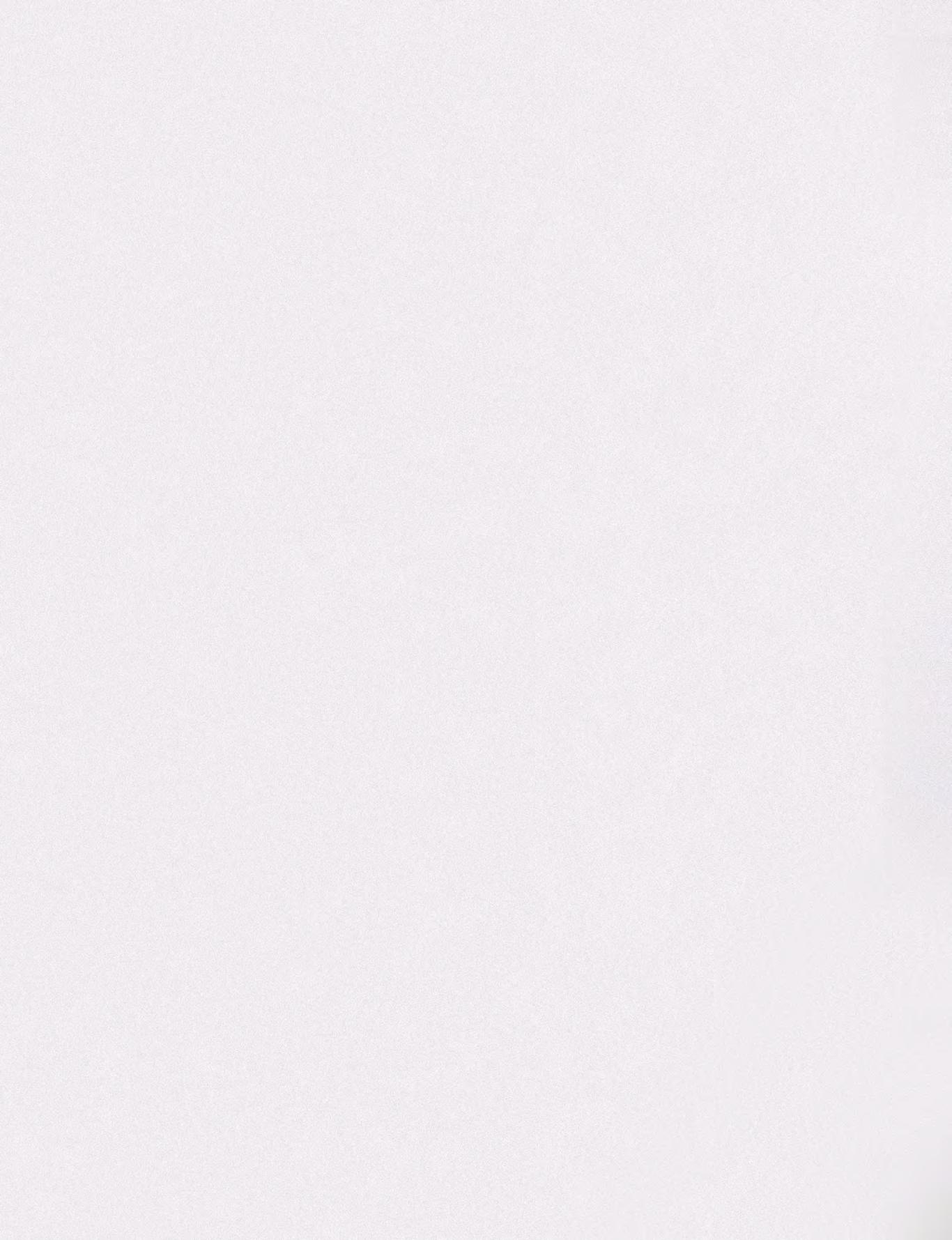
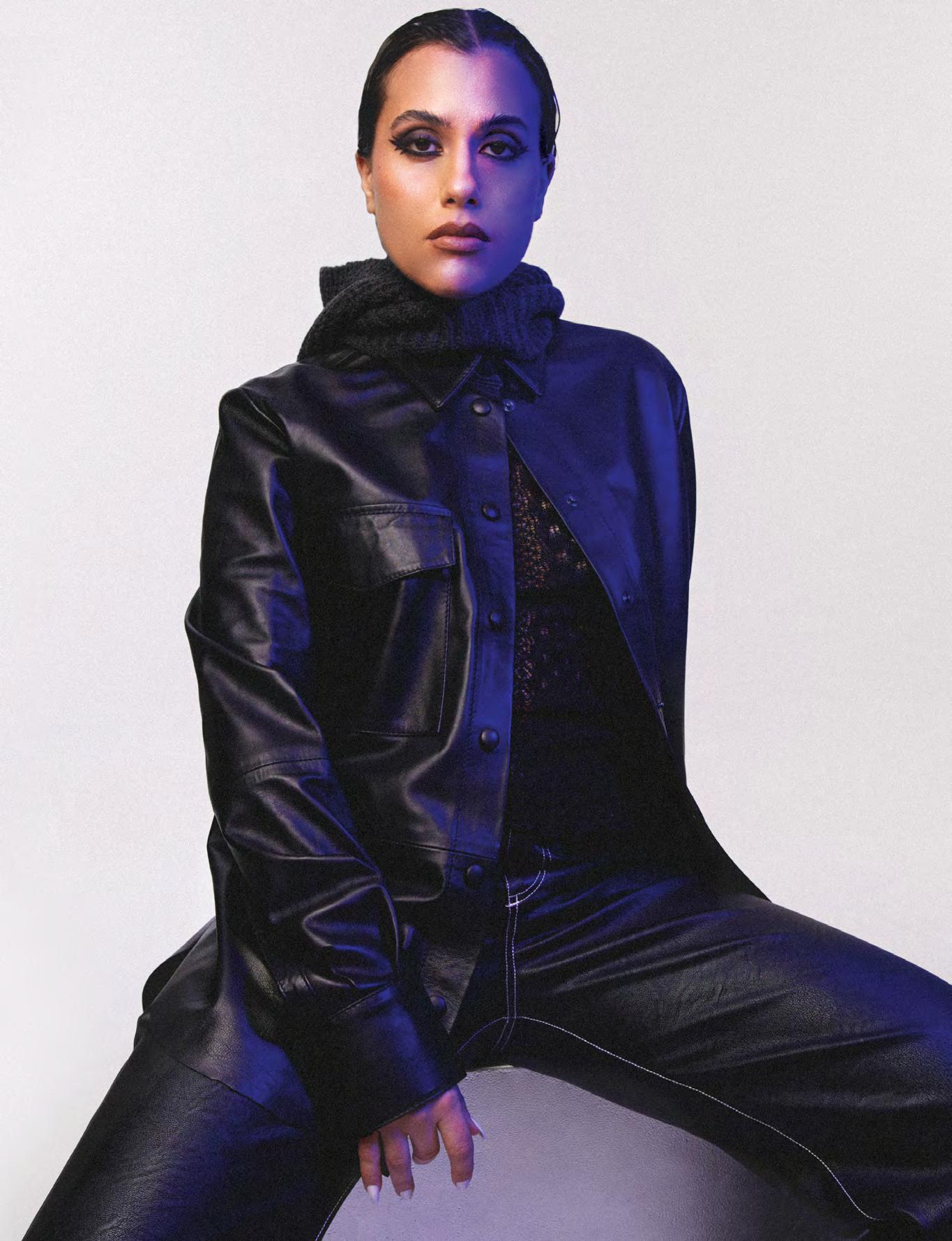
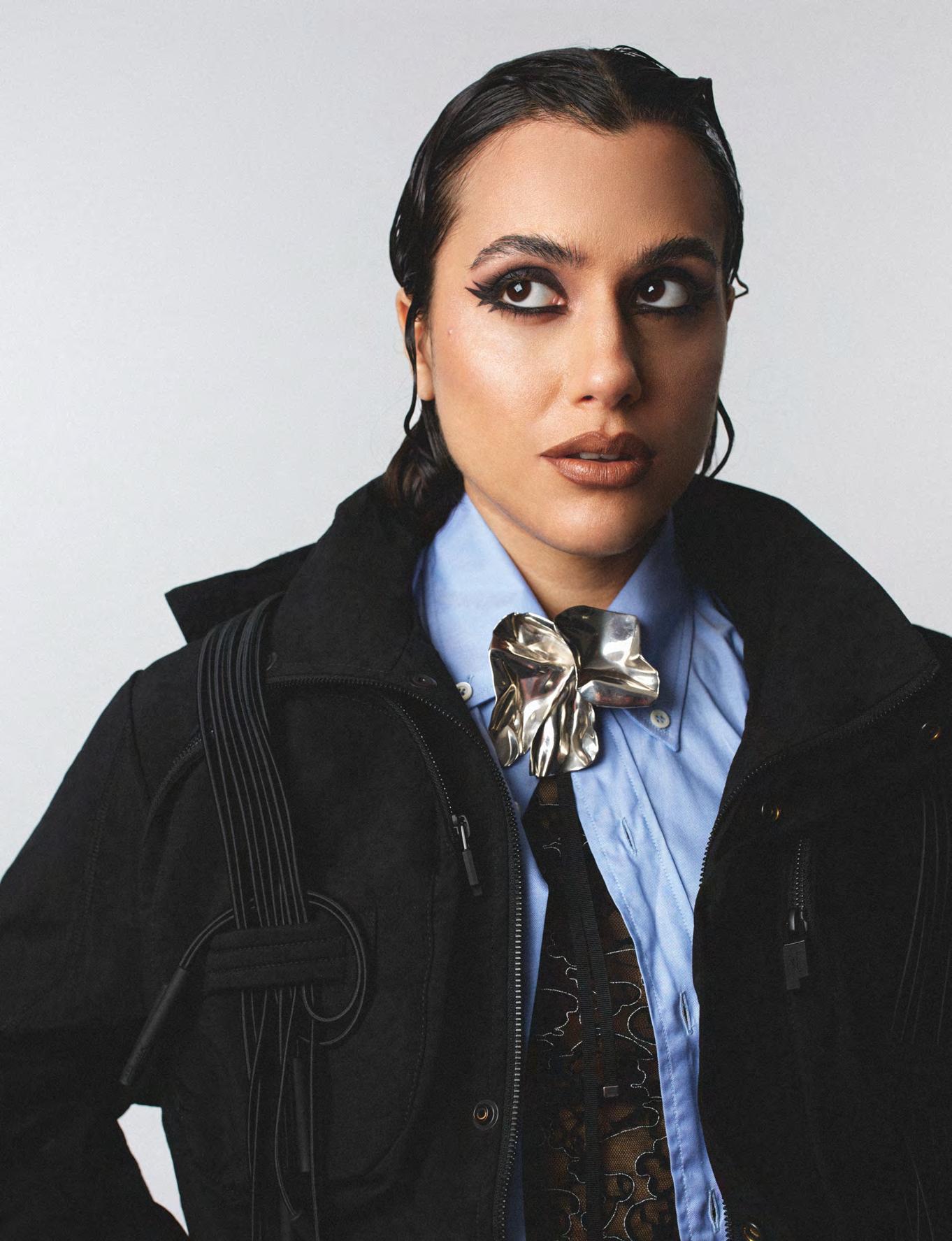
“It took me a long time to find my sound and to learn what the right things to do are.”
From logo gloves to grass-inspired shoes and heels that embody the height of sophistication, browse through our seven accessory edit to spice up your next fit.
photography LARA ZANKOUL styling SAIF HIDAYAH bag, gloves, VALENTINO
bag, gloves, VALENTINO
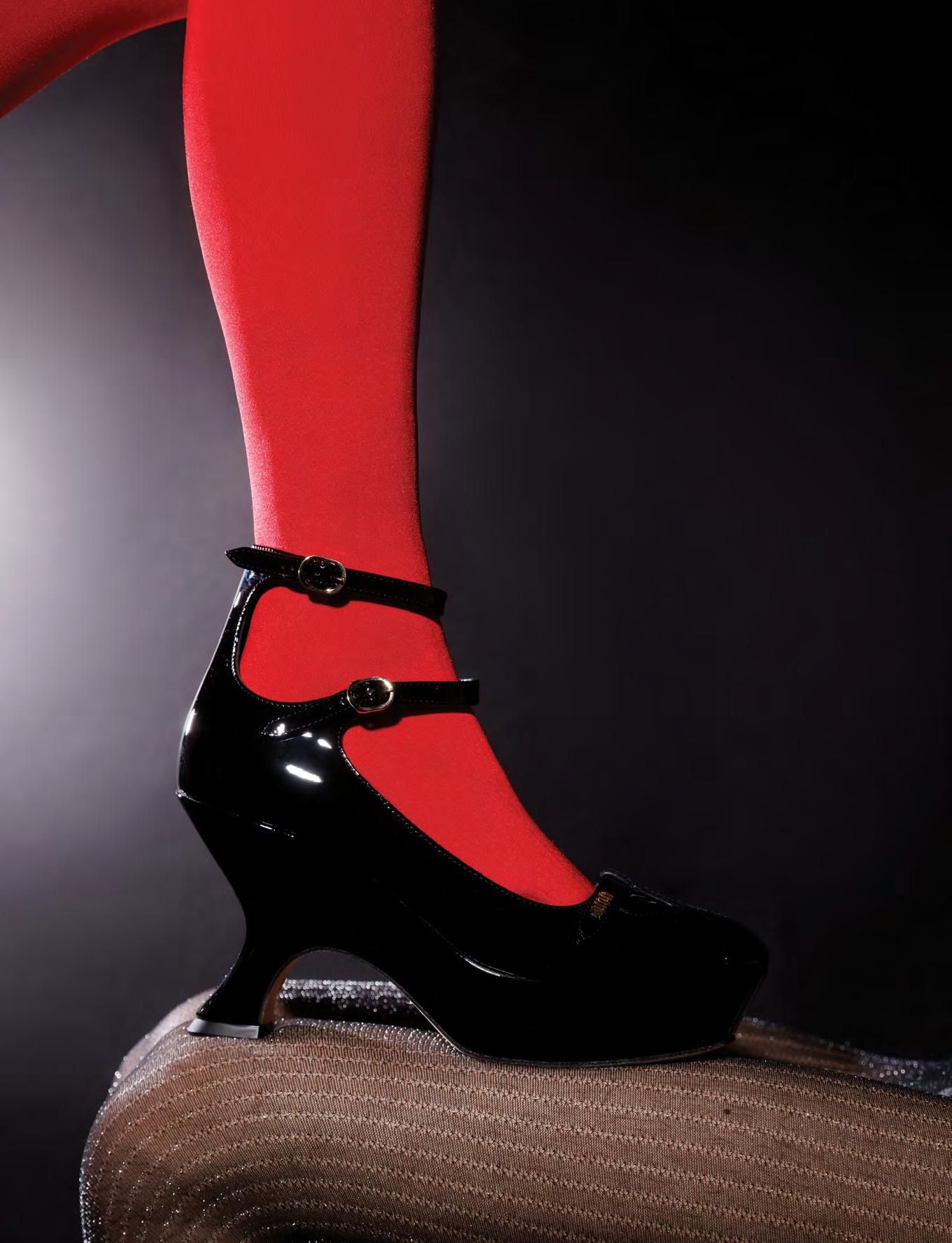
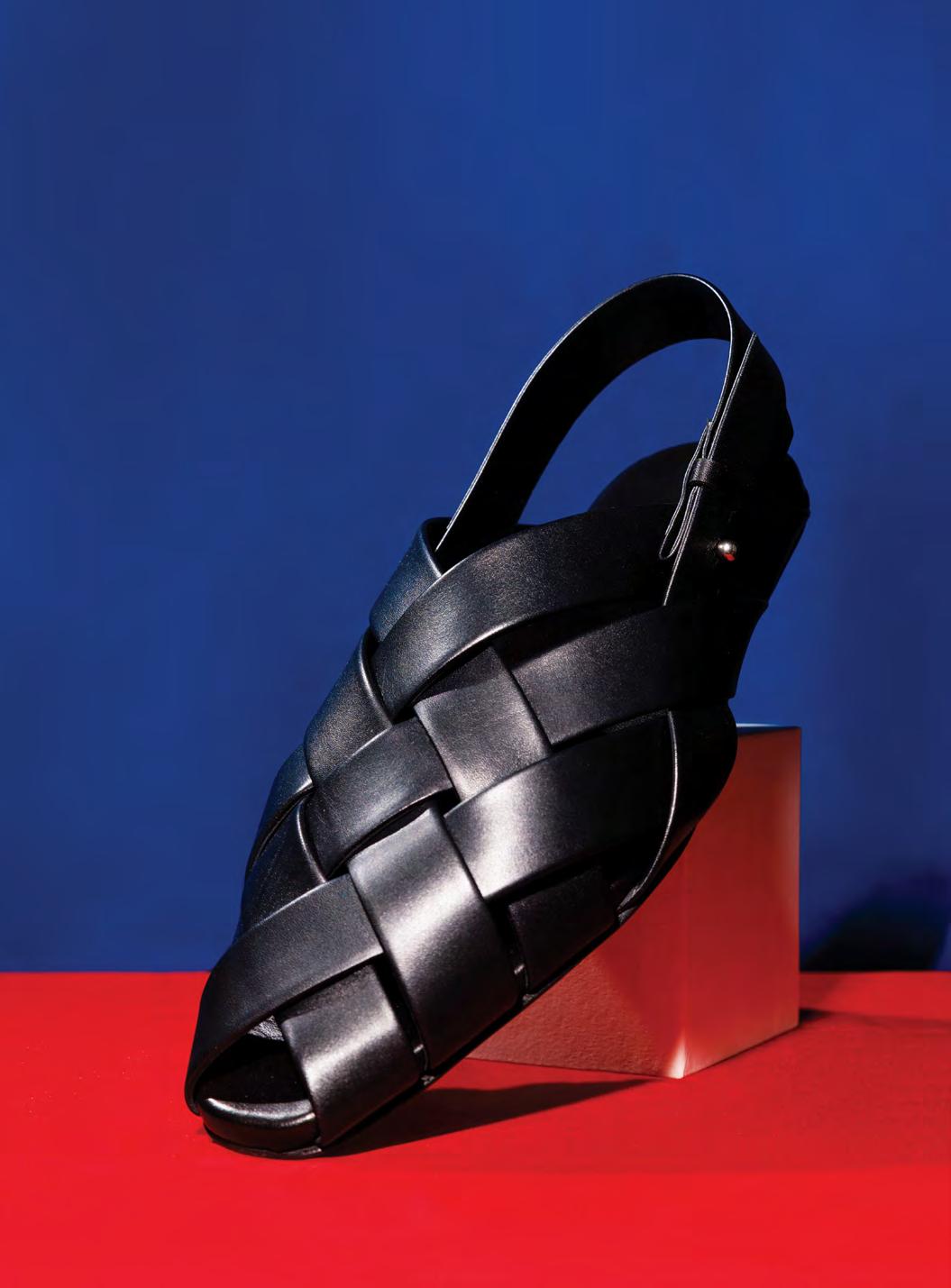 slippers, BOTTEGA VENETA
slippers, BOTTEGA VENETA
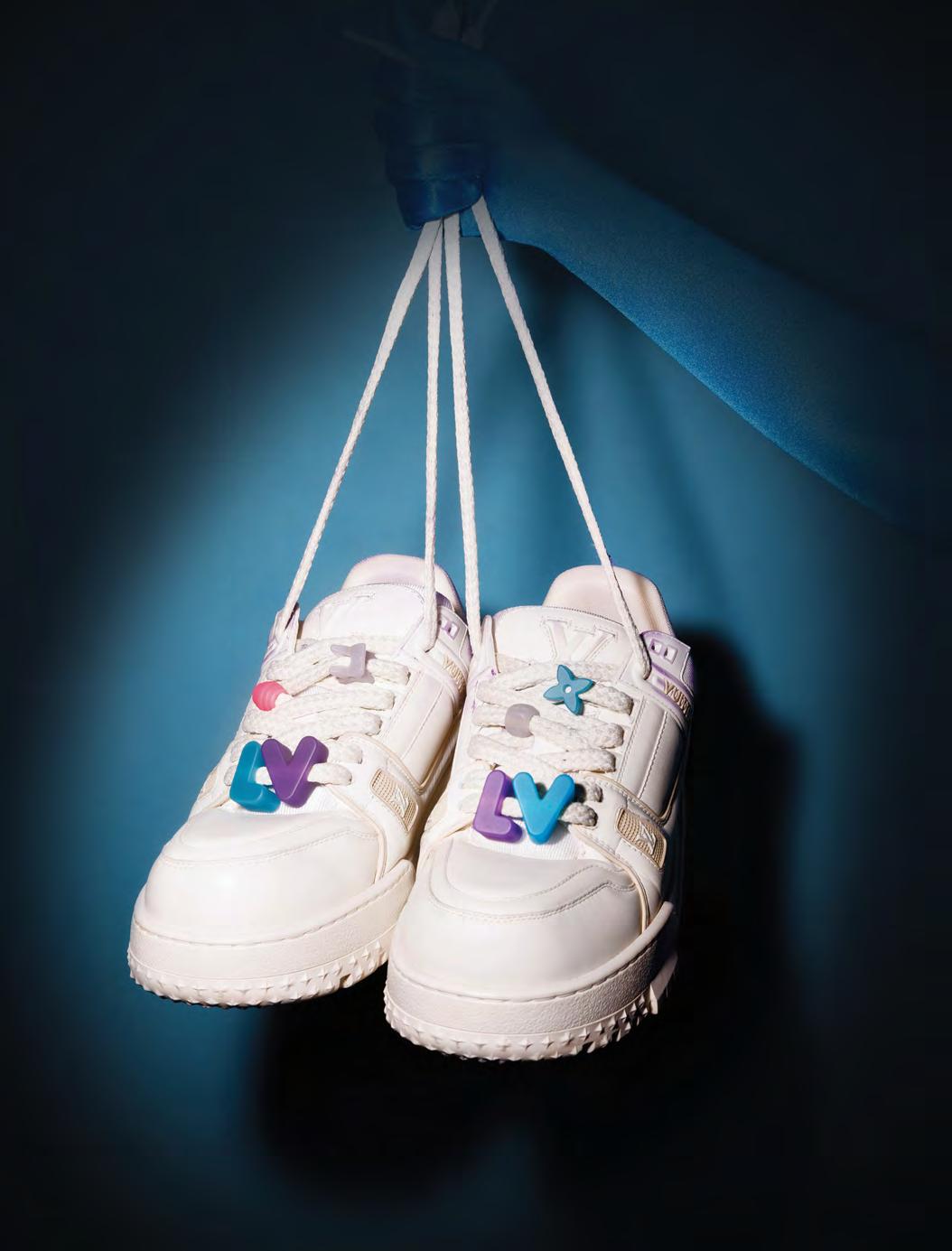
heels, PRADA


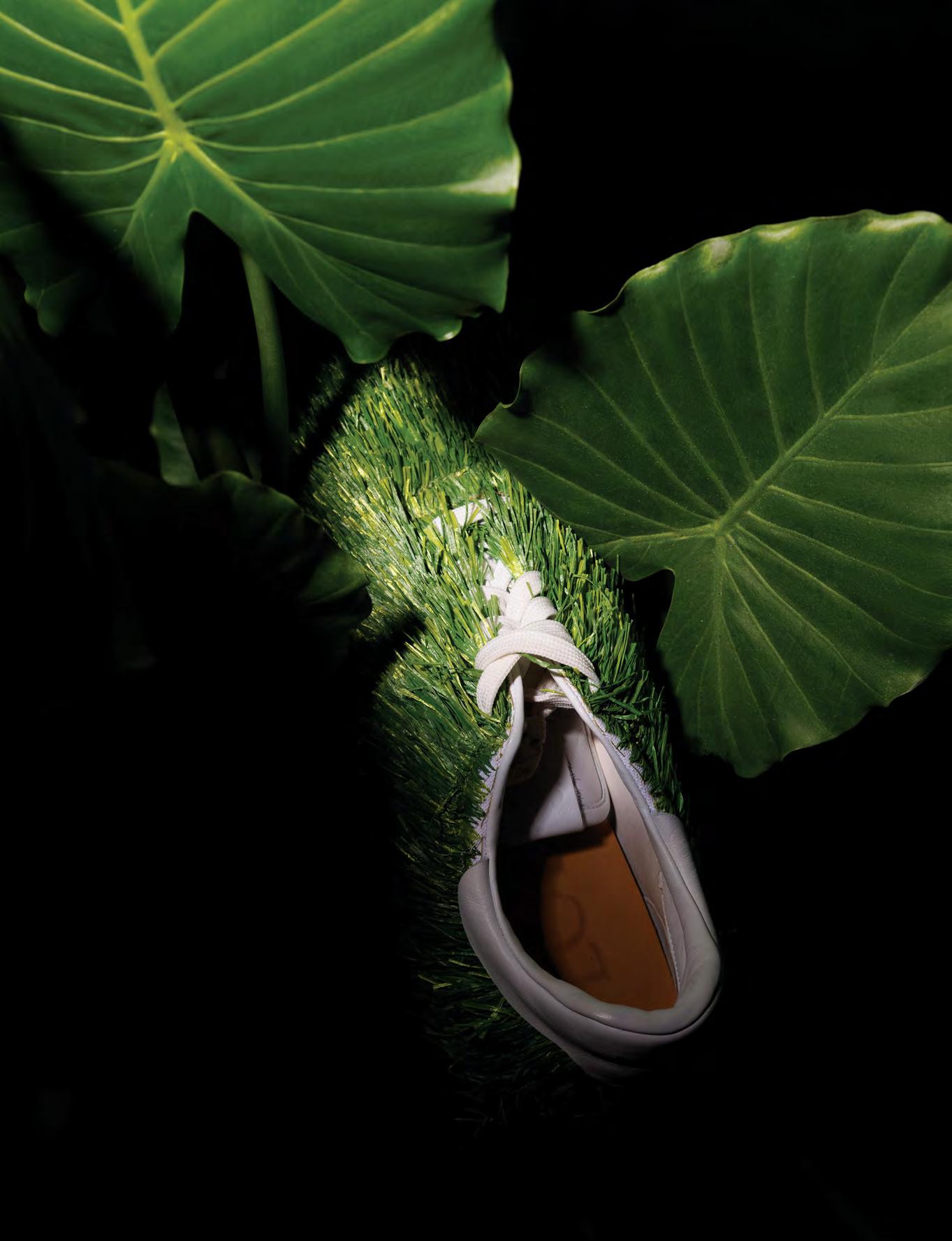
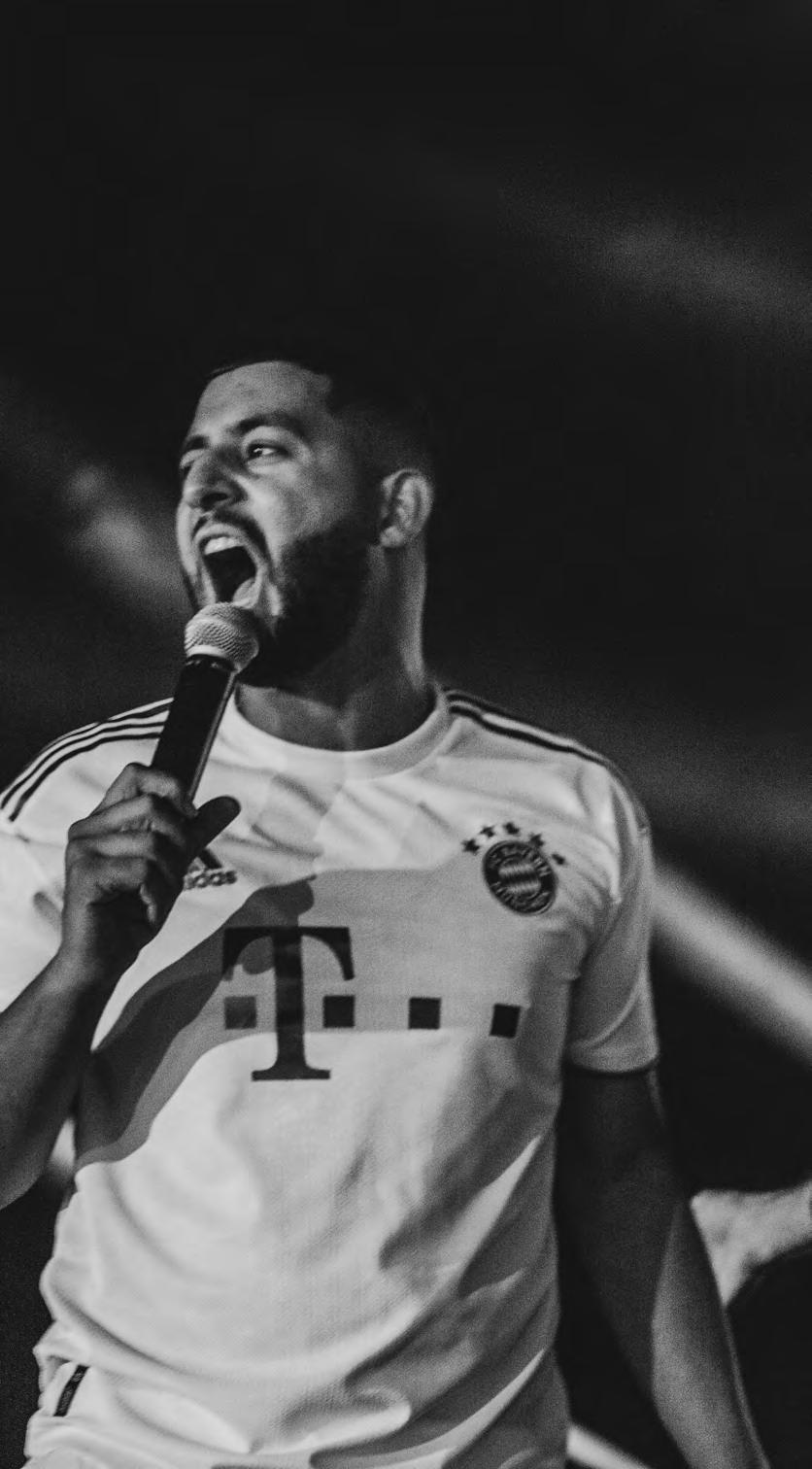
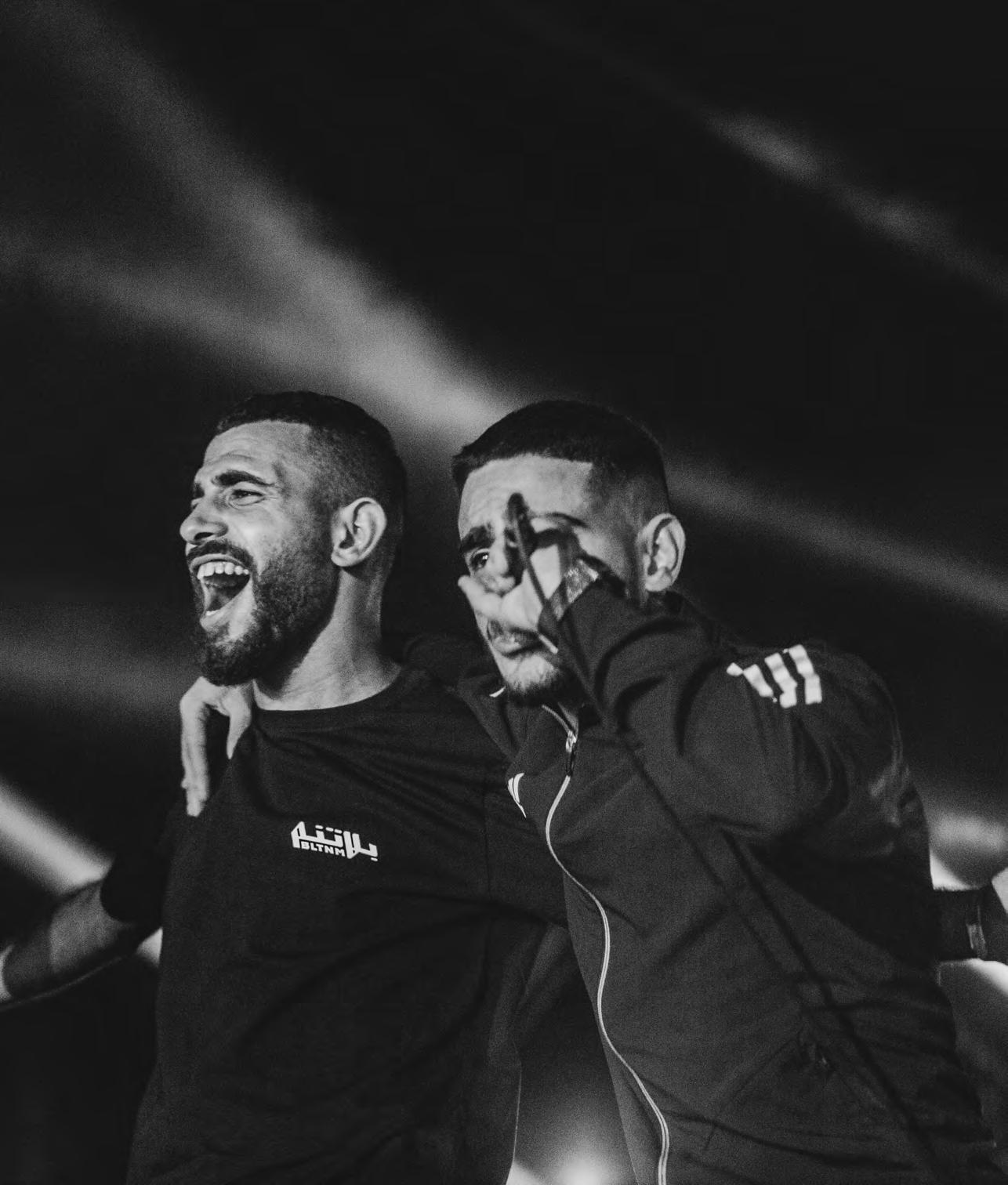
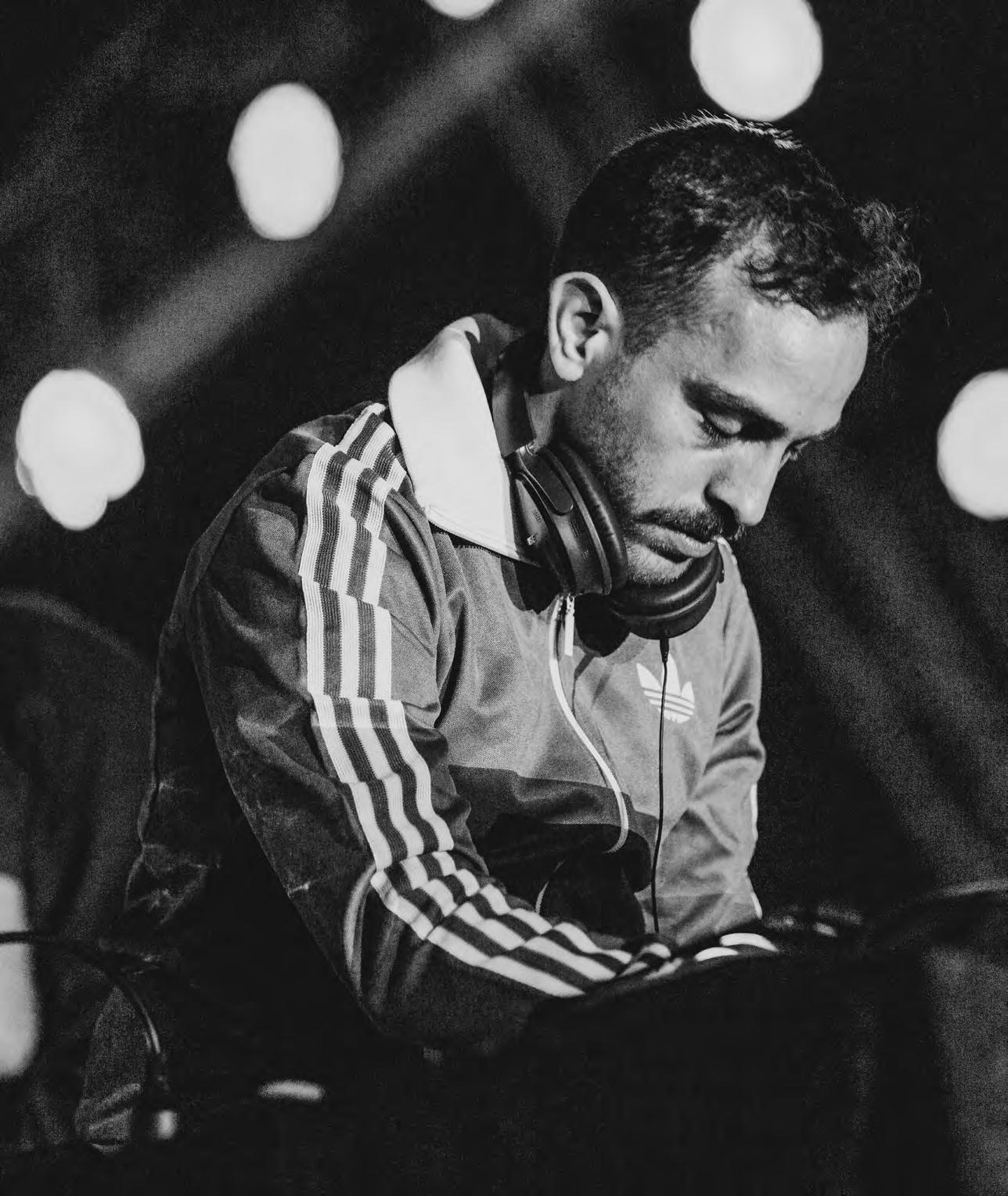
In a world where cultural expression is often co-opted and sanitized for mass consumption, the Palestinian independent label, BLTNM boldly challenges the status quo. With a fiercely uncompromising ethos, they have redefined the contours of Arab rap music and inspired a new generation of artists to follow in their footsteps. Emerging from a space of necessity, BLTNM dismantled and reconstructed hip-hop to fit their unique cultural context, laying the foundations for a new wave of music characterized by a distinct soundscape that defies genres and borders.
Hailing from Ramallah, BLTNM’s mission has been clear from the start: to emerge as the foremost platform for Arab artists to produce and release their music, without conceding to the stifling creative compromises frequently demanded by major labels. “Being independent was the only option, as when we started there weren’t record labels laying around that we could choose from,” explains veteran producer Al Nather. “So if we wanted to release music, we had to do it ourselves.”
They’re determined to chart their own course, impervious to external constraints or the dictates of society, prioritizing authenticity and experimentation over commercial appeal. “Artists don’t need the big labels to make it, and if we actually look at most of the artists signed with those labels they mostly flunk after a year or so, became obsolete, or are producing very generic sounds,” says signee Shabjdeed. “As those labels don’t know how to maintain and manage those artists and don’t quite understand what our generation wants to listen to. The sounds coming out of those labels are also so different from the sounds we make. Also, frankly, they’re all so condescending. We love the freedom of doing whatever we want, in whatever ways we want it.”

Since its inception in 2016, BLTNM has become a veritable tour de force in the global music scene, etching Ramallah into the annals of international musical hubs. Their music is raw, unfiltered, and firmly rooted in the lived experiences of their generation, “Our music goes beyond the simple narrative of despite these conditions, these artists thrived and thus represent Palestine”. The reality is that the Palestinian music scene is a mosaic of different artists, styles, and scenes – we are merely a part of it,” shares BLTNM CEO Ahmad Bamieh.
Rather than following the prevailing narrative of cultural resistance, BLTNM’s music transcends the clichéd role imposed on Palestinian artists by Western media. Their Palestinian identity is not a token to be consumed and analyzed by outsiders, but a cherished aspect of their collective spirit. BLTNM’s music is equal parts fun, liberating, introspective, and thought-provoking, reflecting their commitment to authenticity and experimentation over commercial appeal.
In fact, BLTNM believes that the essence of Arab rap musicits truth and beauty - often eludes the Western ear. Driven by an unwavering dedication to excellence, BLTNM shares a unified set of goals - the production of high-quality music, the cultivation of a thriving cultural ecosystem, the creation of an industry, and a mission to inspire the next generation of artists, while bringing music to every corner of their region. They stand out as a refreshing and subversive force in an era marked by an oversaturation of political messaging.
“Artists don’t need the big labels to make it, and if we actually look at most of the artists signed with those labels, they mostly flunk after a year or so, became obsolete, or are producing very generic sounds.”photography MAZEN SHA3
At the helm of this now six-member collective is Shabjdeed, a rapper whose Kufr Aqab upbringing informs his intricate and astute wordplay on Palestinian life, complemented by a sound of autotuned, emotional rawness. Shabjdeed’s restless energy is palpable in his lyricism, an ever-flowing stream of words that fills every corner of his tracks, punctuated by infectious choruses that are impossible to forget. His unfiltered, unapologetic style and daring personal delivery immediately captured the attention of the underground Palestinian hip-hop scene, propelling him into the spotlight and drawing the gaze of industry veteran, Al Nather.
The group’s musical backbone, Al Nather is a heavyweight producer and rapper whose expertise spans an almost irreverent range of genres. His dynamic beats have provided a rich canvas for the group’s subversive yet humorous lyricism, cementing BLTNM’s reputation as one of the most formidable collectives in the industry. Together, Shabjdeed and Al Nather forged a new sound, a unique blend of dark hip-hop and trap that marries Shabjdeed’s nihilistic lyrics with Al Nather’s richly textured and rhythmic instrumentals. Their collaboration resulted in a veritable storm of hits and culminated in the release of their critically acclaimed debut album, Sindibad, in 2019. It is this manic, eclectic approach to music-making that underpins BLTNM’s constantly evolving sound, with lyrics firmly rooted in the local dialect.
Backing them up is the multi-talented Shabmouri (aka Mouri), the collective’s creative director and visual artist extraordinaire. His exceptional prowess in sound engineering and video direction has imbued BLTNM’s distinct aesthetic with a hyperlocal, yet sleek flair.
Yet, perhaps much of BLTNM’s success in staying at the forefront of the music scene is its openness to the integration of younger, fresher voices. According to Daboor, one of the collective’s new signees. “I started writing rap in 2020, the first time I wrote a line in it was from here,” said Daboor, “It was a dream come true because I was a big fan of BLTNM and used to chase after them at every concert.” caught the attention of the collec“كلاب رتل” Daboor’s track tive, and he was signed shortly after. However, it was his track ‘Inn Ann’ that took him and BLTNM to new heights. “I arrived late to the studio, and my deal with Shabjdeed was that we wouldn’t sing together at first,” he said. “Then we shot a video for ‘In Ann,’ and it blew up and got a million views every day for two weeks.” The track, with its confrontational lyrics and masterful flow, quickly became a sensation during the historic “unity uprising” against the .occupation of Sheikh Jarrah and Gaza
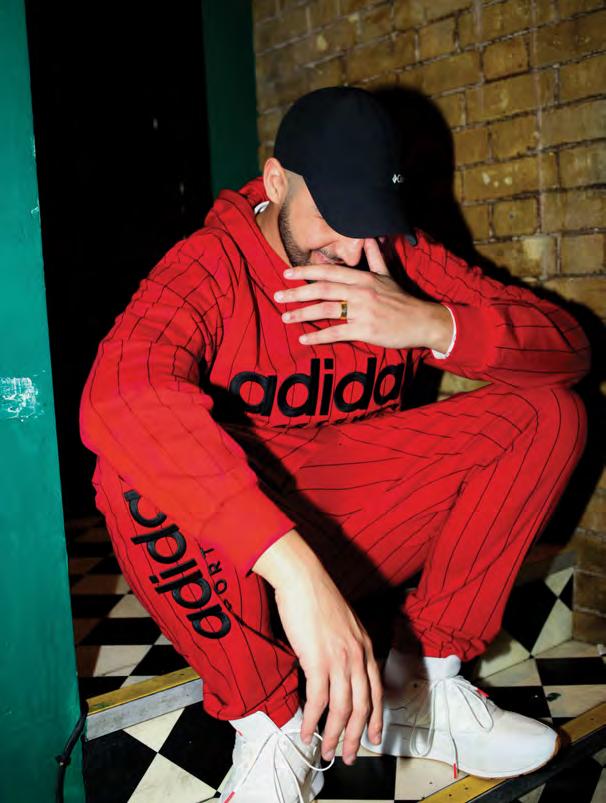
BLTNM’s global reach and impact continue to expand, while maintaining a unified sonic identity as a larger collective. “While we operate on high standards when it comes to production, our approach to collaboration is more organic and family-oriented. Everyone in BLTNM is cognizant of each other’s background and lived experiences, which is something we rarely find in most record labels,” say Bamieh and Head of A&R Tima Al Wahida. “We spend holidays together when we can, and celebrate each other’s birthdays. We find this sort of community-led approach way more effective than a corporate one.” This is more than a record label; it is a family bound by a shared sense of responsibility that only intensifies with the addition of new members such as Daboor, Fawzi, and the newest signee, Ramadan.
BLTNM has left an indelible imprint on the rap scene, inspiring young artists to take their craft seriously and make a difference through their music. As signee Fawzi explains, “When I first started rapping, I didn’t take it seriously because I wasn’t convinced that it could have a meaningful impact. However, everything changed for me when I discovered BLTNM. It was amazing to see people walking down the street and listening to rap. They made it a normal thing. This inspired me to start writing and uploading more songs on SoundCloud.” Eventually, Fawzi’s dedication and hard work brought him to the attention of BLTNM, and he was offered the opportunity to join the collective.
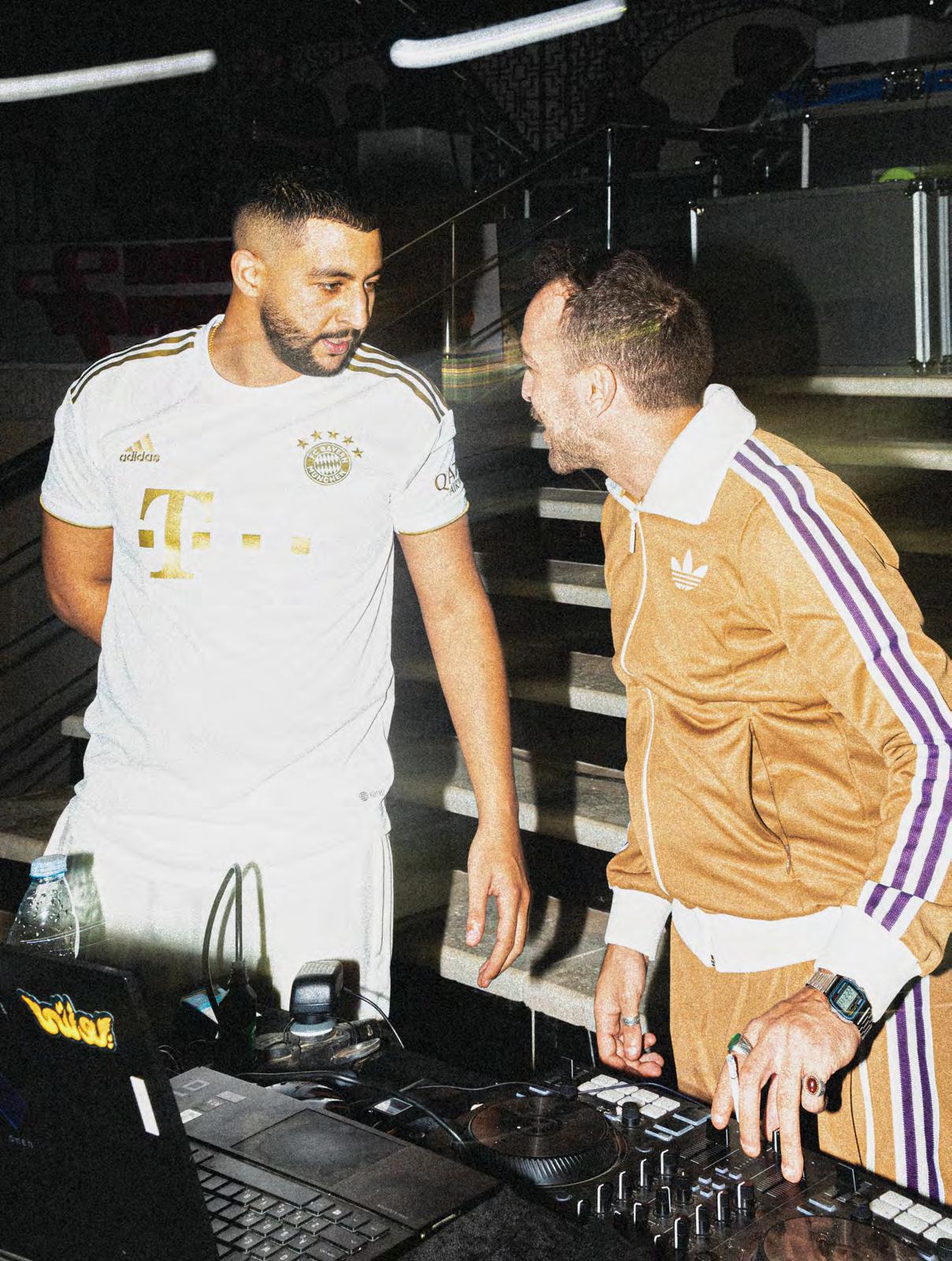

Throughout the years, Shabjdeed has exhibited a remarkable ability to transcend his musical persona by seamlessly and deftly switching between aliases, a feat that stands as a testament to his versatility and artistic range. Now, with the upcoming release of his second album with Al Nather, Shabjdeed is unveiling a new alter ego, Sultan, a darker and more introspective side, showcasing his range as an artist - the album also shares the name. Reflecting on his new alter ego, Shabjdeed elaborates, “My own interpretation of Sultan is similar to how Sindibad al Ward is not the Sindibad we hear the original stories about. It is my own made-up character, my own reflection of what this alter ego would be if they were born in my place.”
Three years in the making, this highly anticipated sophomore album represents a daring departure from the norm, as the duo continues to explore uncharted musical realms and expand their sonic palette beyond conventional boundaries. “The process didn’t really change in this album, the only thing that changed was us, as we are dropping this album as established artists so we want the impact of this album to be bigger and one that matches the era we are in. Which basically heightened our standards even more,” said Shabjdeed.
Yet for all its thematic and emotional depth, Sultan was created through a refreshingly organic creative process, with Shabjdeed and Al Nather meeting in the studio to hash out their creative vision and direction, “The process is simple: we would casually record a track and then this track would influence the track after and bit by bit there was lyrical, sonic and thematic bond between all the tracks creating a unified piece,” shares Al Nather.
Sultan’s lyrics are a poetic and existential reflection on the everyday realities of life in Palestine, infused with existential reflections that resonate far beyond its geographic confines. The album serves as a powerful encapsulation of everything the duo has learned and experienced over the last three years - from their daily interactions and musical inspirations to the challenges they’ve faced together. “What I can say though, is that due to the fact that my songs are heavily affected by who, when and where I am, and since we’ve been working on this for more than three pretty chaotic years, for us as artists and for us as young men in these amazing times, Sultan is what connects all these years together,” says Shabjdeed. It embodies the very essence of their shared journey, serving as a compelling reminder of the enduring bonds that unite them, “I want to be able to look back at my career and find albums that date the different eras of my life and the sounds that those eras produced,” he says.
With its dark, apocalyptic overtones and aching undercurrents of melancholy and hope, Sultan serves as a poignant soundtrack for our tumultuous times. The incorporation of trap and drill elements is there, but the album also showcases a bold new musical identity that draws from a vast array of influences.
With BLTNM leading the way, Palestinian artists are carving out a new space for themselves in the global music scene, and their influence is only set to grow. ■
“Our approach to collaboration is more organic and familyoriented. Everyone in BLTNM is cognizant of each other’s background and lived experiences, which is something we rarely find in most record labels.”
Attitudes have a form.
(Arabic): Wise
Curiosity is a driving force that pushes Kayla to explore the universe. She is one with her thoughts, creative in and out of her mind. Regardless of her composed attitude, her spirit is unwaveringly eccentric. She has an insatiable appetite for knowledge, and a passion that is truly so powerful. She is both a student and a teacher of whimsical desire.


(Arabic): Strong
Quwa is a woman so strong, with no fear of falling. She is a leader, not a follower, a beacon of female independence. Along with her courage that shines in her eyes, she is limitless in her thoughts. She is a modern day warrior, armoured, beyond reach.
With a vision so bright and dreams bigger than herself, Ruya represents a world of fantasy that her mind strives to achieve. She has an enigmatic aura to her that is both intimidating and captivating. Out of reach and quietly observing the world around her, she is a mystery ready to unfold.
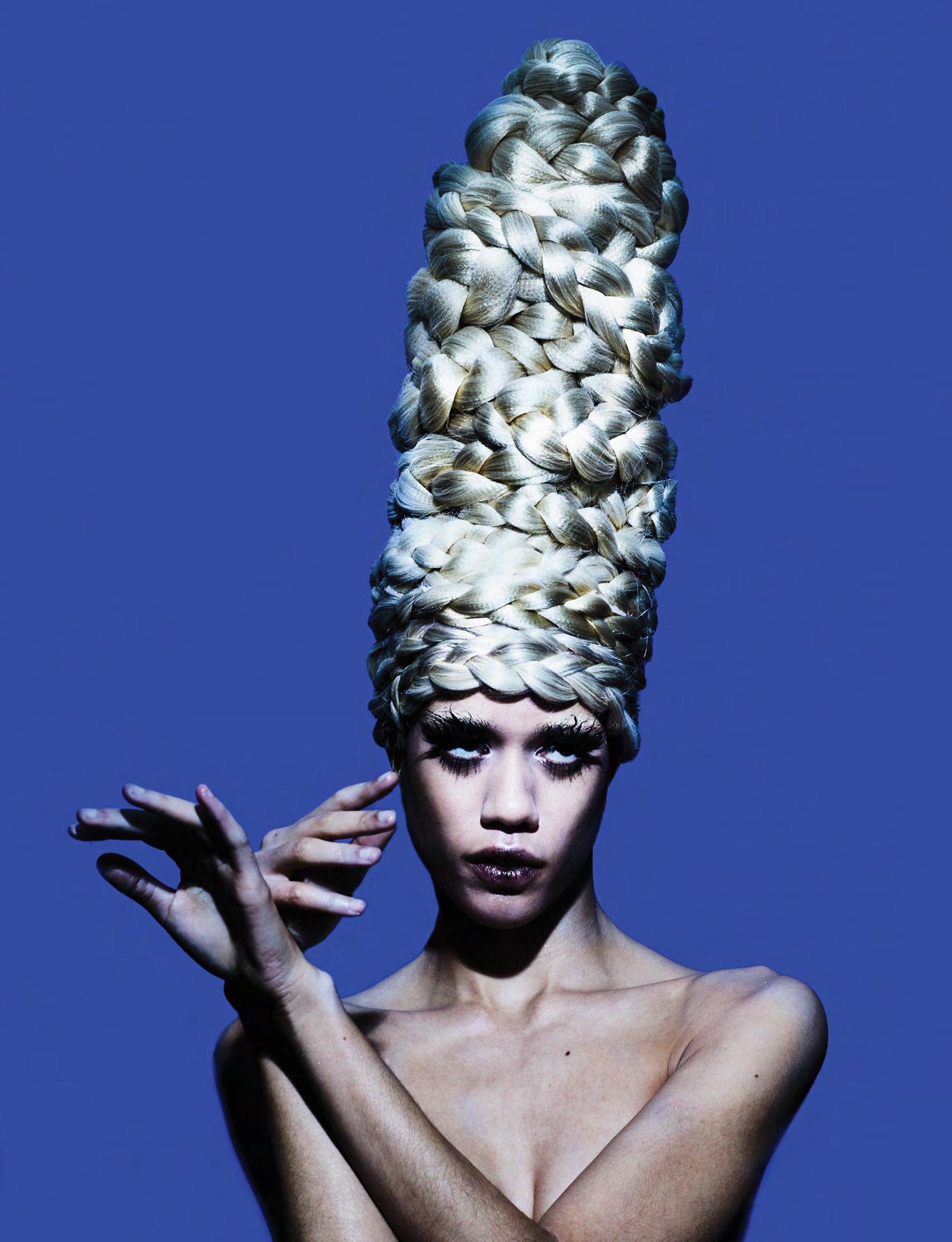

words
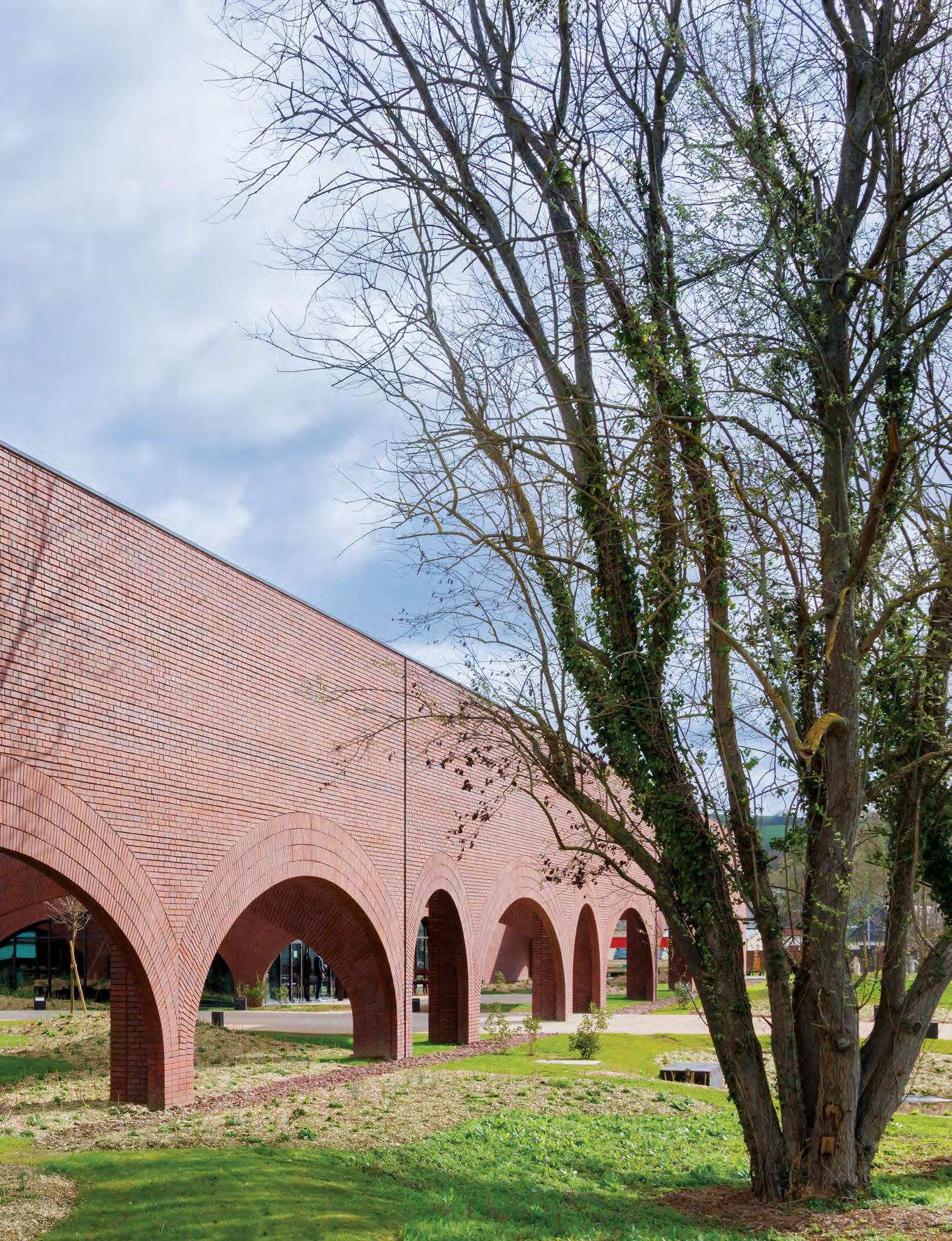 photography XXXX
words FIFI ABOU DIB
photography IWAN BAAN
FIFI ABOU DIB
photography XXXX
words FIFI ABOU DIB
photography IWAN BAAN
FIFI ABOU DIB
If you go through Normandy, make a detour to Louviers. There stands Hermès’ new leather goods factory, inaugurated at the beginning of April. It’s the 21st factory the group operates, so why talk about it? Architecture lovers will understand. This building, all in brick arches, emerges from the surrounding nature like a mirage. Designed by the Lebanese architect Lina Ghotmeh, it expresses both the delicacy and the infinite poetry of the brand with the orange box.
Even before discovering the architectural secrets of this extraordinary building, we’re struck by music, both catchy and soothing. In the middle of verdant Norman nature, the movement of the arches recalls that of a galloping horse jumping as if on a merry-go-round.
More than 500,000 bricks, made by hand and sourced from a nearby brickyard, went into building this landmark. “Apart from the fact that the brick construction tells of a local material, made from the earth of the place, the natural span of a brick breakthrough is an arch. The design of the facade is then finely orchestrated by these galloping arches from side to side, reminiscent of the lightness of horse jumps in its proportions”, says Ghotmeh.
Inside, space is provided for 260 craftsmen from all leather disciplines. These craftsmen, coming from all walks of life, recruited simply on the base of their passion, receive training from the house’s master craftsmen. They can be philosophers, poets, teachers or doctors. The only thing that matters is their will to engage in the slow, silent life of leather production as they seek perfection.
The building is a large square divided into smaller squares. The standard measure used is that of the Hermès scarf: 90x90 cm. The workshops benefit from perfect sound insulation, so that even the noisiest work, such as hammering and cutting, only lets a little sound filter through from one room to another. Here, even saws and hammers whisper.
At the heart of the building, under an overhead natural light, unfolds a space called “the village square”. It offers itself as a meeting place that strengthens the links between the artisans. You can feel the real joy of the occupants, “I was very touched by the feedback from the craftsmen during the construction and design of the project. While discovering the project and living in it, they told me that they had the feeling of going on vacation... the feeling of discovering a cloister, a place appealing to the memory, a place where one feels good. I designed this project for them, for their well-being,” confirms Ghotmeh. She herself had a small office on site, to watch the craftsmen take over the premises and do the fine-tuning. She, to her great satisfaction, only ever felt joy during the project.
All this started with the incredible thriving of the house of Hermès in recent years. In our time of crisis and global inflation, the French house has never wavered. Neither the pandemic nor the war in Ukraine have managed to make it lose its colours. Faced with the
growing demand for bags and leather goods in all its markets, the house needed a new factory. The artistic director, Pierre-Alexis Dumas, insists on the character of “quality” rather than “luxury” when it comes to Hermès, “Here, we take the time to do things with love and thoroughness. Flashiness has never been part of the aesthetic vocabulary.”
The land identified, ten years ago, for this factory, was a former industrial wasteland. Normandy, land of horses and riding, came naturally. Since 1837, the DNA of Hermès has been linked to the craft of harnesses and saddles, at a time when people still travelled in carriages.
A competition was launched to identify the architecture most faithful to the project’s spirit. It had to reflect the spirit and soul of Hermès along with minimising the ecological impact of a factory which needs large amounts of electricity.
“I was invited by Hermès as well as three other agencies to compete for this manufacturing project. I was very touched to learn that I had won this project with the unanimity of the jury of this competition”, Ghotmeh tells Yung. She immediately began work to develop her vision.
For a long time, the factory’s codename was “Precise Acts”. A name chosen by the architect to define both the building and its location. Ghotmeh wanted to create a building “capable of beauty”. And since beauty and efficiency often go hand in hand, this peaceful, luminous architecture, perfectly reflecting the spirit of its owner, has the particularity of displaying the exceptional E4C2 environmental label. This label is an indicator of excellence awarded to positive energy buildings, whose carbon impact is reduced to a minimum. “It is a technical, environmental and architectural feat, since it is also a place that is dedicated to production, and therefore needs a lot of energy and electricity to operate. I thought about the architecture of this project in a bioclimatic way, responding to natural resources, already thinking about an architecture designed intelligently in order to reduce the energy needs of the building,” says Lina Ghtomeh.
Instead of an industrial wasteland that had to be cleared of all the remains of a mid-century a little too proud of its economic acceleration, a little too ignorant of the dangers of certain materials such as asbestos, Hermès offers the visitor a building capable of beauty. Integrated into the landscape like one more forest, this factory is intriguing. It looks like a museum or a cultural centre from afar. Strangely, by its very shape, it evokes the approaches taken by the craftsmen as they work the leather: precision and constant search for excellence and beauty. It will remain, in the chaos of this world, a place of peace where a beautiful tribute is paid to the human hand, the most intelligent and sensitive tool that has ever existed. ■
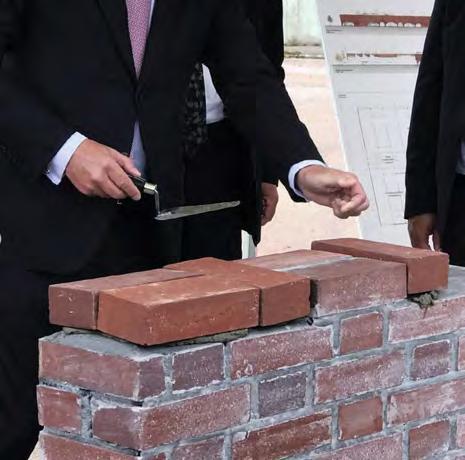
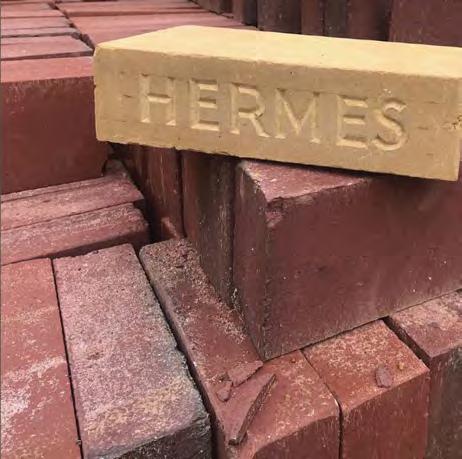
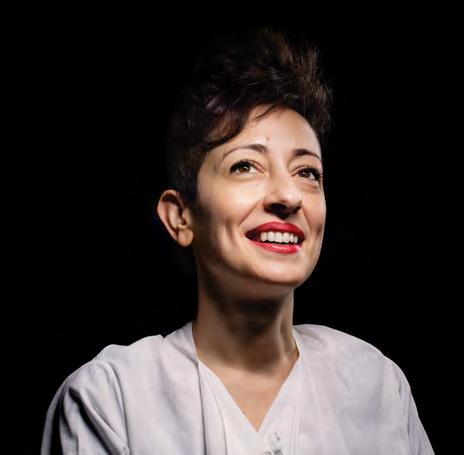
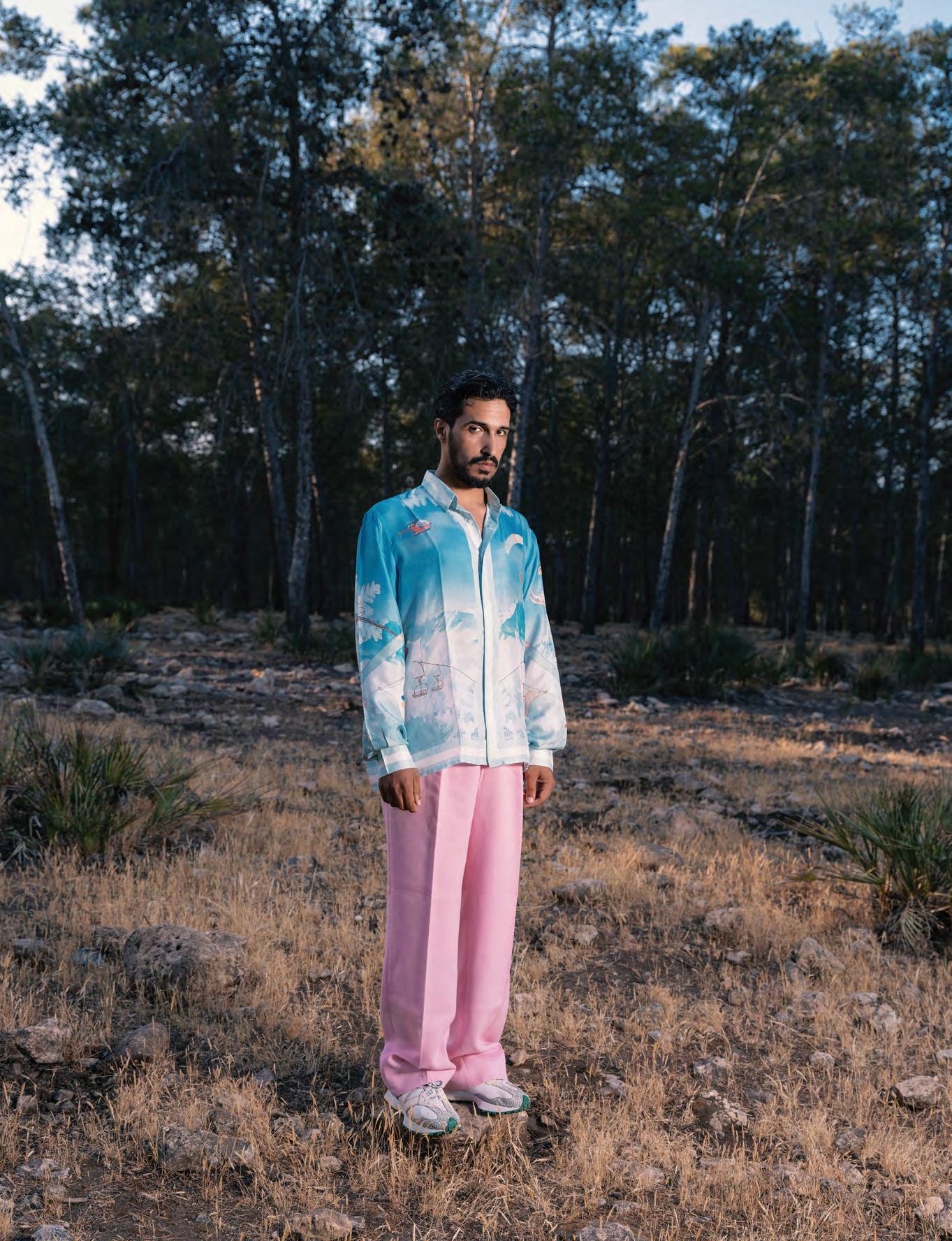
Amidst the lively and bustling streets of Casablanca, where the city’s rhythms pulse with energy and motion, Mohcine Harisse can often be seen gliding along atop his trusty moped, donning his treasured Carhartt jacket, his camera at the ready. To this Moroccan photographer and fashion virtuoso, photography is a medium for capturing the world in its purest form, unadorned and free from any artifice or pretence. “Every single photograph or project I put out is shot on the spot and in the most organic way possible. There isn’t much thought that goes into it usually, and I enjoy the spontaneity and ‘realness’ of it all,” he says. Harisse thrives when capturing the unexpected, finding joy in immortalising a moment as it unfolds before his lens.
He revels in the serendipity of it all, capturing the everyday moments and people that often go unnoticed, revealing the humanity and individuality of his subjects. In his photos, subjects are not posed or stylized, but rather captured in the midst of their daily routines, reflecting the raw realities of their lives. “I am always fascinated by artists who do an extensive amount of research when working on a certain project or subject and I respect their process so much, but I am somewhat of a Chaibia Talal of photography, in the most humble way of course,” he says, preferring to trust his instincts and capture his subjects as they are.
For Harisse, the streets of Derb Sultan in Casablanca hold a special place in his heart. It’s in these narrow alleyways and meandering streets that he was born and raised, and it left an indelible mark on his creative vision. “The older I get, and the more I travel, the more I realise how formative my upbringing in that neighbourhood was, particularly on my creative vision. I owe Derb Sultan everything.” It was a place where football, art, the hustle, and culture intersected and thrived. Every sight, sound, and scent is imbued with personal meaning, a mosaic of memories and experiences that continue to shape his artistic output.
His work captures the multifaceted and dynamic nature of Moroccan society. In his own words, “There is a certain nostalgia in my work. I am particularly drawn towards family and the matriarchal modus operandi of most Moroccan households, our ancestral rituals, the mundane and quite chaotic scenes of our everyday lives.” He envisions his photography as being accompanied by a soundtrack that complements its emotional depth and cultural richness. “If my photography had a soundtrack, it’d be the 90s Rai” – a sound that evokes memories of a time gone by.
With his feet firmly anchored in the city of Casablanca, Harisse’s artistic vision has taken him on journeys across Morocco. Through his photography, he yearns to dispel the stereotypes and misconceptions that often permeate Western depictions. “The essence of my work has always been to capture the essence of Morocco, in all its glory. For far too long, Moroccans have been obsessed with the West, attempting to catch up with the other side of the Mediterranean and keeping up with their trends. I take immense pride in being part of a generation that embraces our own culture, with all its good, bad, and ugly aspects.”
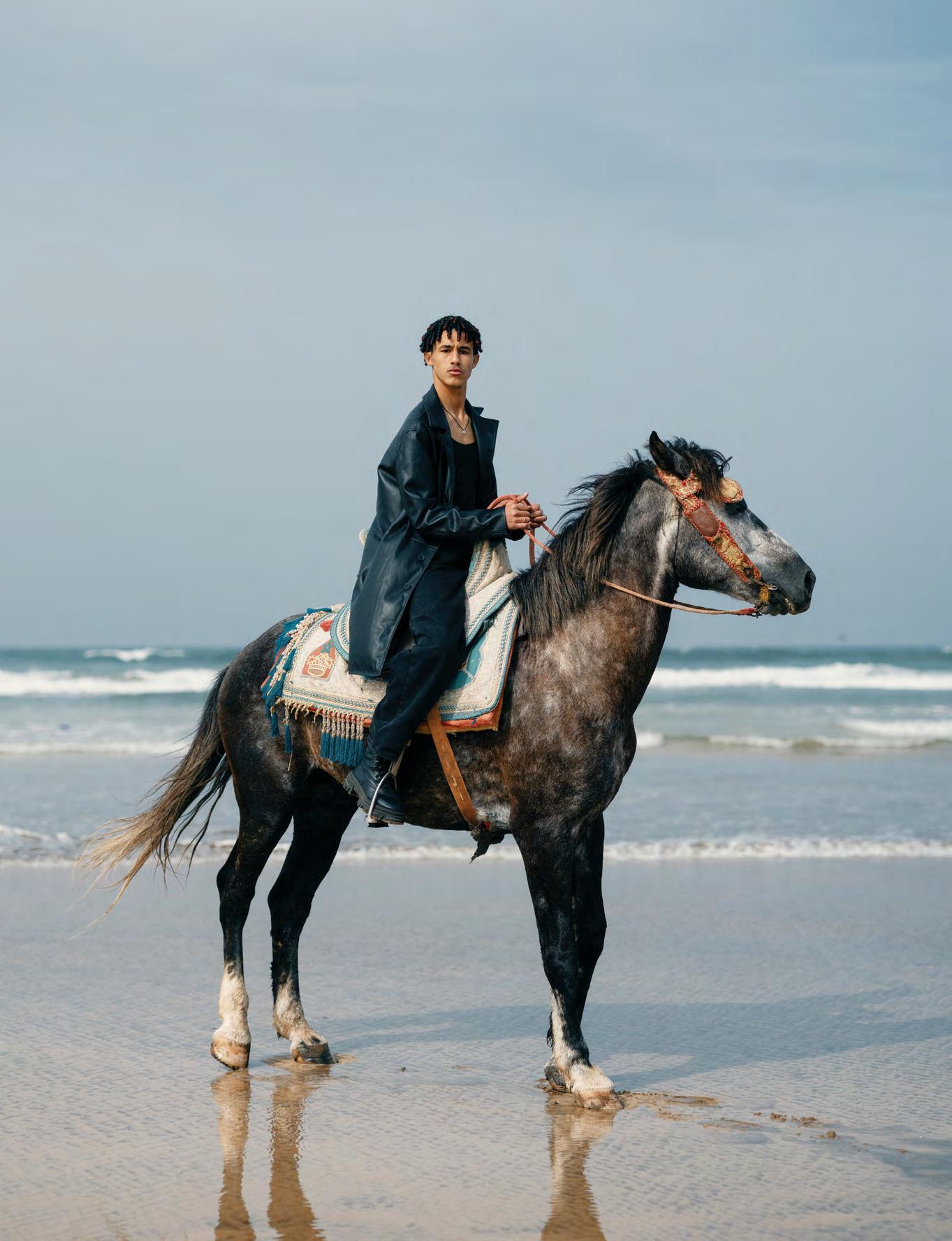
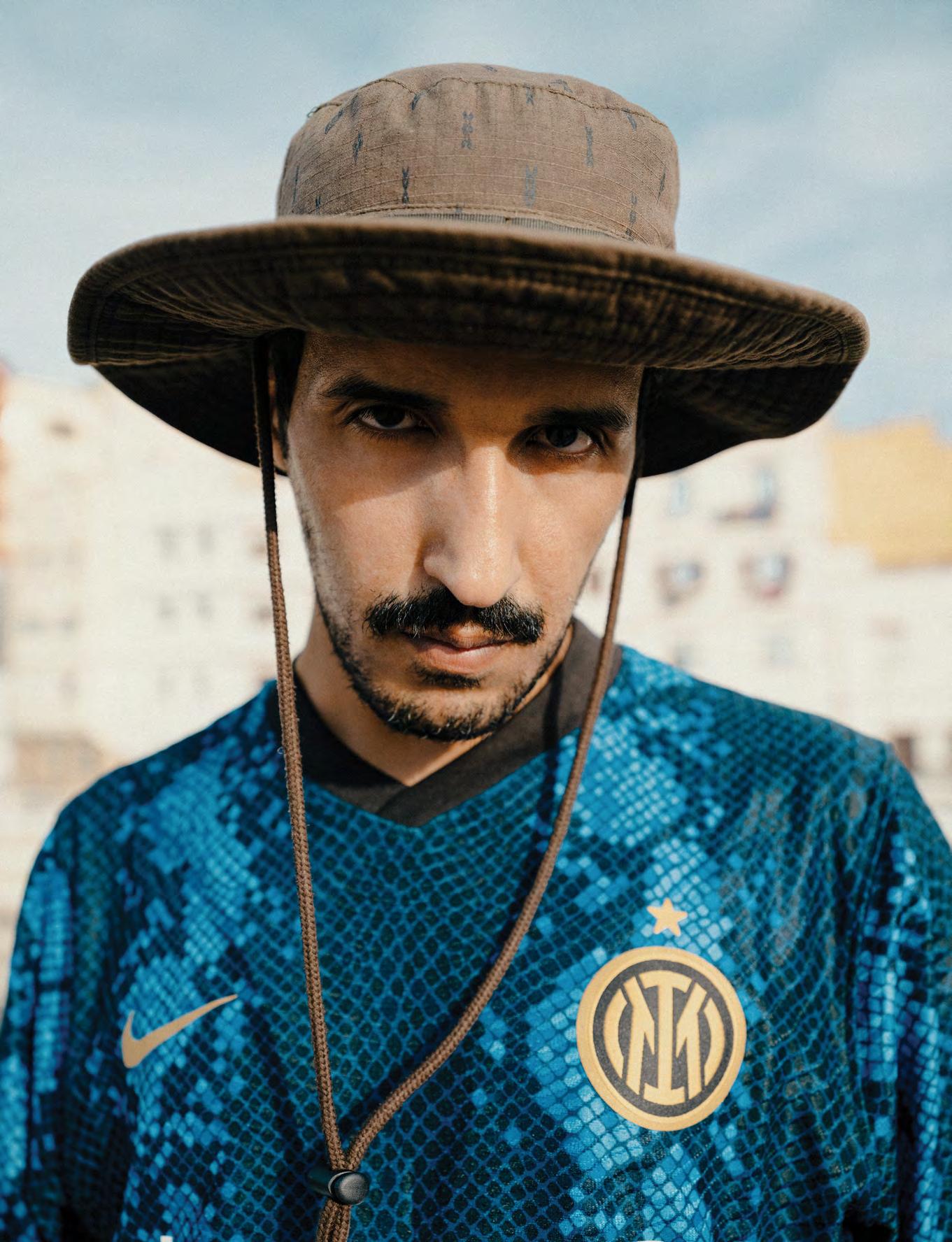
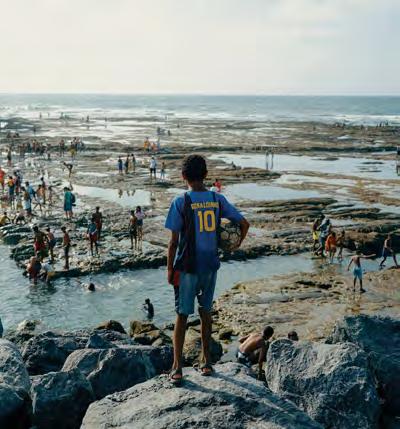


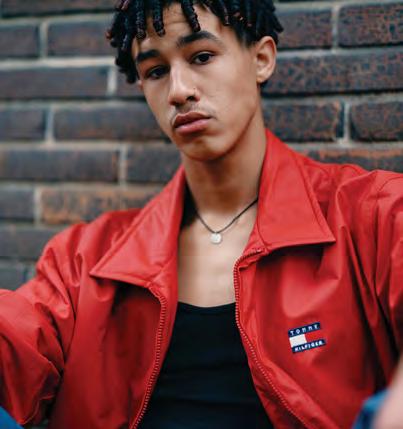
“The essence of my work has always been to capture the essence of Morocco, in all its glory.”
His penchant for photography was ignited during his childhood holidays spent at his grandmother’s house. Borrowing his cousin’s tiny digital camera, he and his friend Driss would roam the streets, capturing the world around them. “We would walk all the way to Hassan II Mosque and take pictures all day long. So yes, it’s always been about photography and capturing moments.” From there, the camera became his unswerving companion and his preferred tool for creative expression.
Harisse started exploring the streets of Casablanca with his friends, capturing the souks, suburbs, and cityscapes through his lens. Lost between the worlds of blogging, photography, and modelling, he enjoyed each process without feeling the pressure to choose just one. As his career evolved, he found a way to do all three in an almost symbiotic way.
As the photographer’s fascination with fashion intensified, he found himself captivated by the prospect of combining it with photography, an art form he was already deeply familiar with. During his early Internet café days, circa 2005, he stumbled upon the trailblazing work of Parisian bloggers like Ziggy Hilton, which opened up a whole new realm of possibilities for him. “It was more of an experimental phase where I was studying all these styles and learning about everything,” he says. As he immersed himself in the scene, he began documenting his journey through online platforms like Lookbook, Facebook, and later, Instagram.
Yet, it wasn’t all smooth sailing for the budding fashion photographer. In a society as reserved and conservative as Morocco, unconventional fashion choices were still taboo, especially for men. But Harisse refused to let societal norms dictate his artistic expression. “When I started, men’s fashion was complex. Any outfit ‘out of the social norm’ required extensive thinking… like, how am I going to pull off this look in the streets?” Looking back, he credits his success to the courage he possessed and his unwavering dedication to his craft. “I just believe that I may have had a little bit more courage than other people,” he explains.
Looking toward the present day, his unique blend of streetwise fashion and distinct directorial perspective has earned him a staggering 132K Instagram followers and a bevy of multinational clientele. He has transformed his passion into a career that continually inspires and influences the next generation of creatives.
But Harisse’s work extends far beyond fashion photography. His style deftly interweaves documentary, portraiture, and street photography, all imbued with a profound sense of nostalgia. When not posing for his latest styling endeavour, he finds inspiration in the city of Casablanca itself, which he describes as a cultural “jungle”. To him, the city represents a muse, a source of inspiration that he channels into his work. “The amount of chaos and commotion that goes on every day is quite overwhelming, but if you want to have a heart-toheart conversation with the city, Iftar during Ramadan is the best time,” he muses. During Ramadan, his project “Ramadance” took form, where he captured the essence of the city through dance, a universal language that transcends verbal communication, “The project was both moving and special to shoot, and it was incredibly gratifying to see how many people around the world it resonated with.” As the saying goes, “happiness is only real when shared,” Harisse quips.
He also uses his platform to curate captivating mini-series and direct documentaries. Collaborating with fellow artists and musicians, he brings to life unique content that pulsates with the vibrancy of Casablanca. In particular, the collaborative project “Hiya”, which celebrates Moroccans’ love for football, holds a special place in his heart. “It brought us all together just like football brings people together all around the world,” he notes.
With his keen eye for detail and his artist’s soul,Mohcine Harisse is a master at finding the extraordinary in the ordinary. He can turn a humble marketplace into a riot of colours and textures, or transform a simple sunset into a breathtaking work of art. His artistic style is a reflection of the city he loves: Casablanca. ■
“For far too long, Moroccans have been obsessed with the West, attempting to catch up with the other side of the Mediterranean and keeping up with their trends. I take immense pride in being part of a generation that embraces our own culture, with all its good, bad, and ugly aspects.”

Defined by innovation and fused with creativity, Hublot celebrates its brand DNA, the Art of Fusion, as a testament to the timeless beauty of fine contemporary watchmaking. At the epitome of Hublot’s identity, these timepieces are pioneered
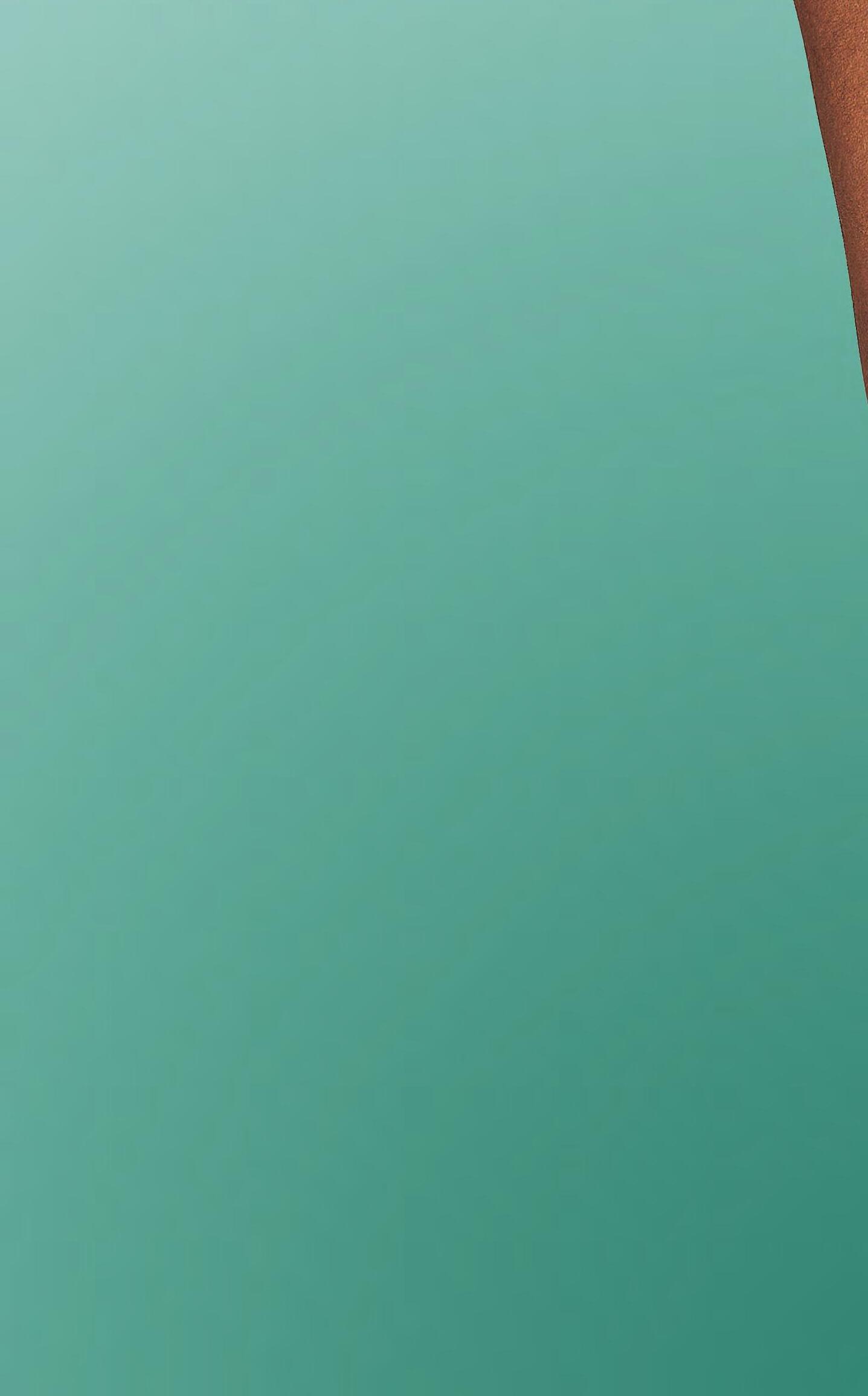
with daring designs and impeccable alchemy of materials. This editorial features seven timepieces that lie at the core of the brand and as examples of rebellious alliances that make Hublot what it is today.


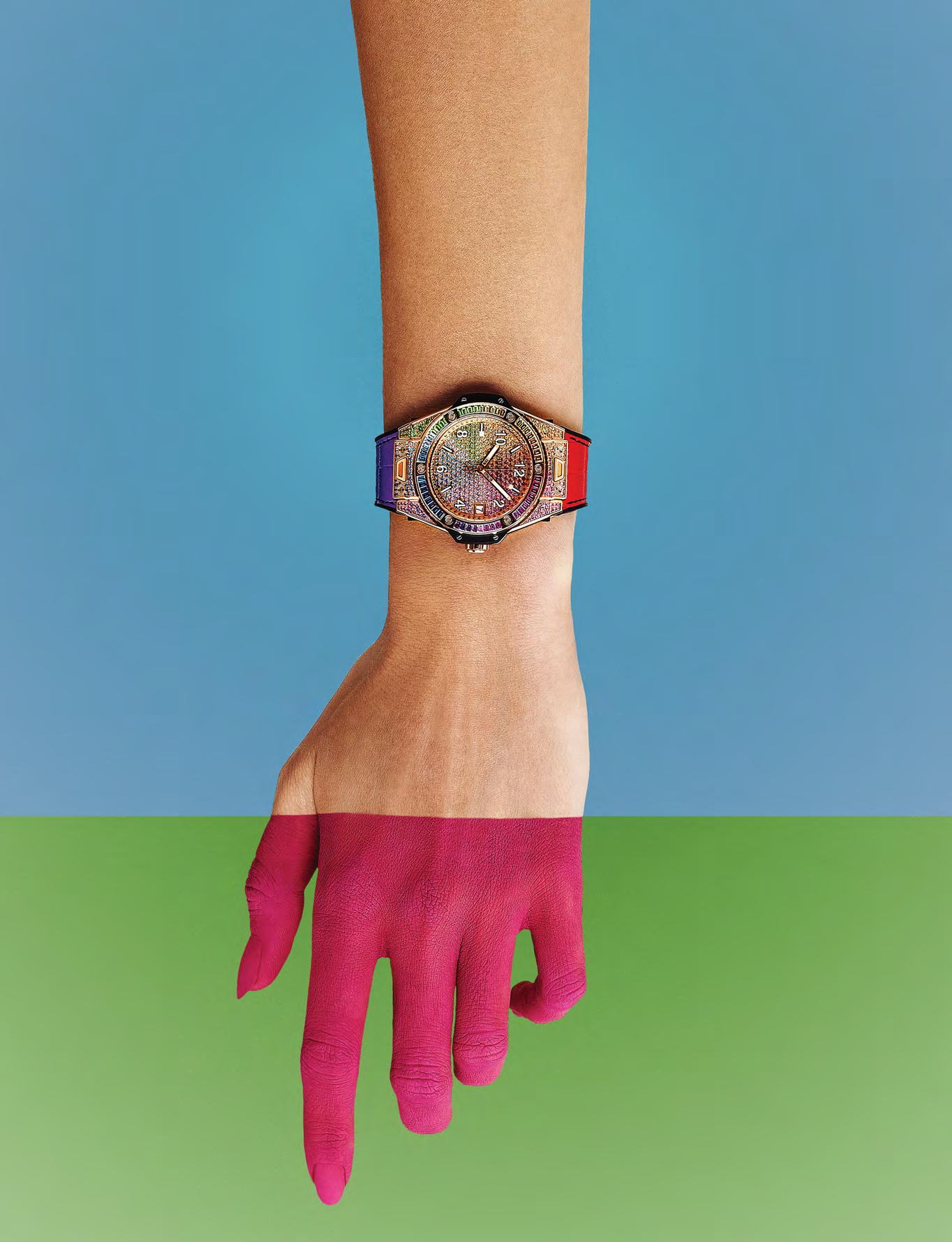
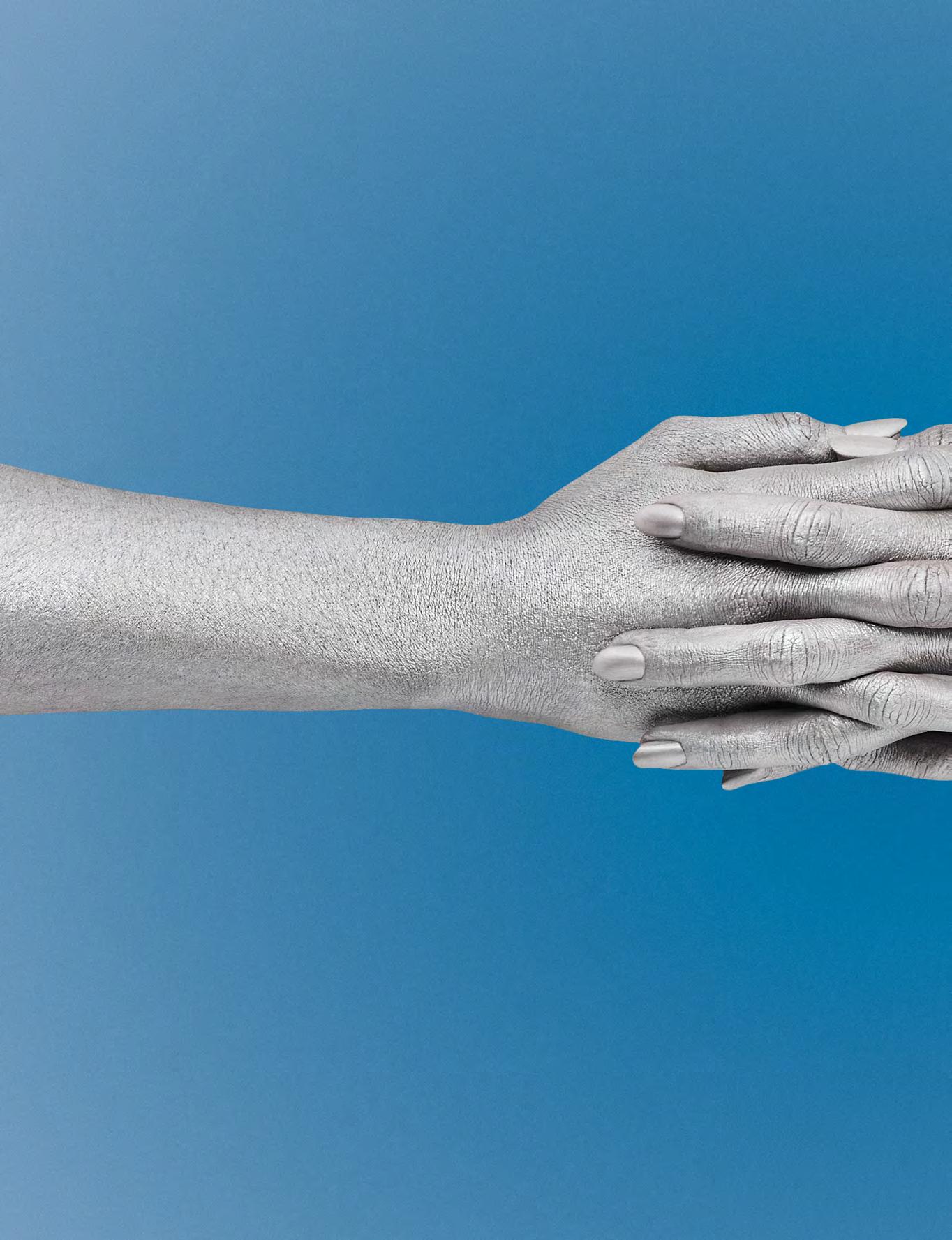


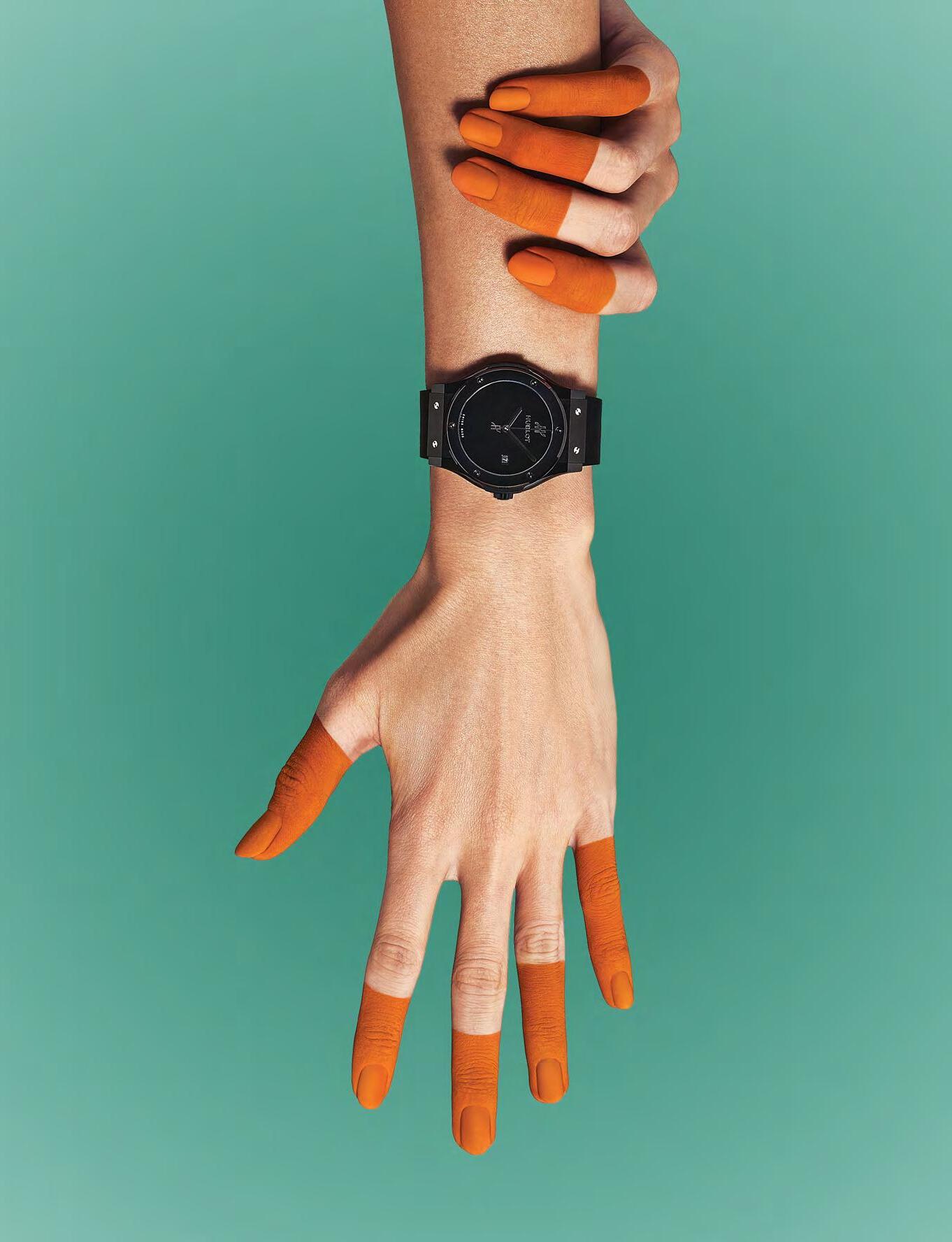 watch, Classic Fusion Original Black Magic 42mm, HUBLOT
watch, Classic Fusion Original Black Magic 42mm, HUBLOT
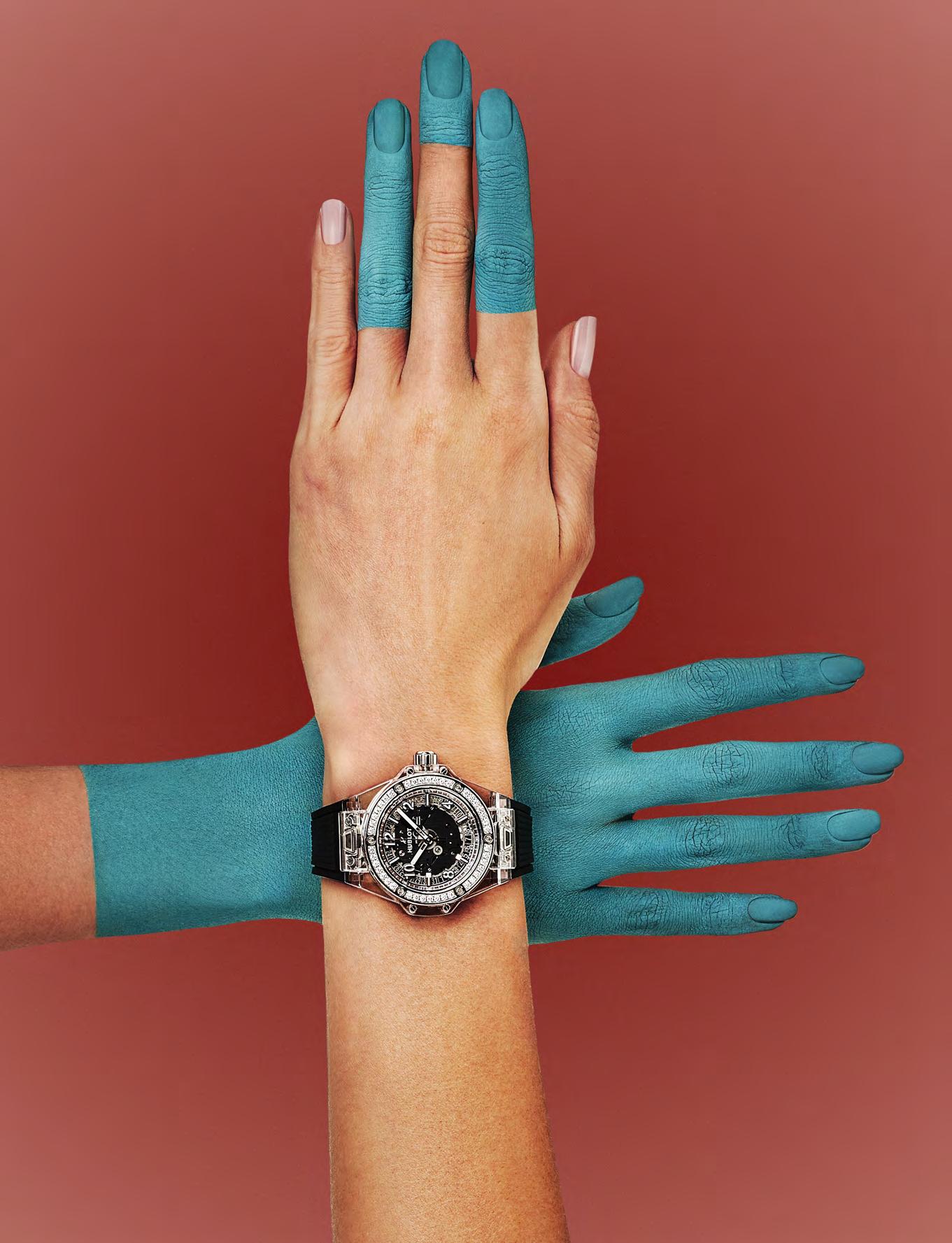
watch, Big Bang Unico Titanium Rainbow 42mm, HUBLOT
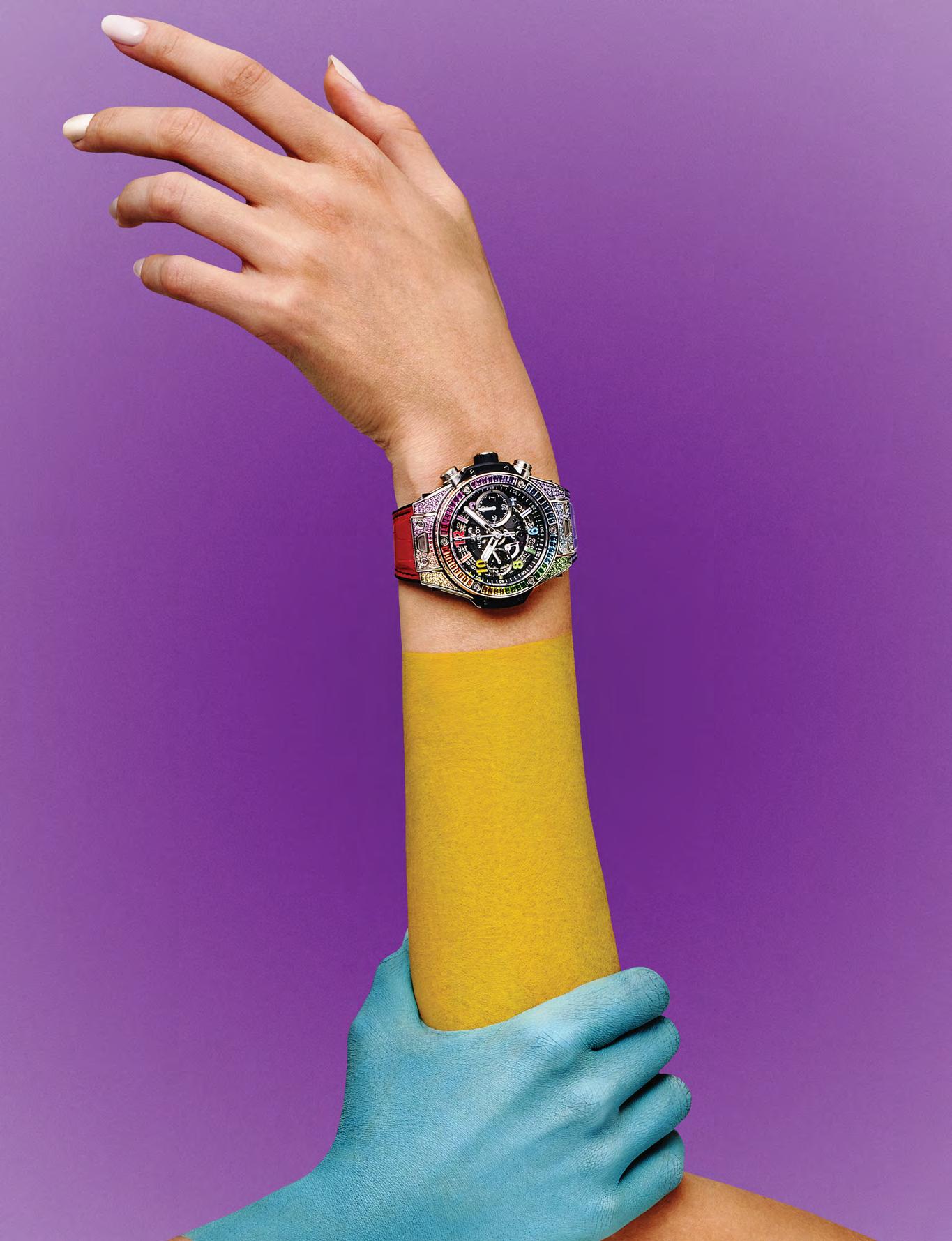
Feast your eyes on this collection of finely curated artisanal jewellery sourced from creators around the region. The essence of modern luxury, with a youthful twist, you’ll find delicate, ethereal pieces and bold statements alike in this tribute to our local makers.
 photography NICOLETA BURU styling DANIELA CORREIA
photography NICOLETA BURU styling DANIELA CORREIA

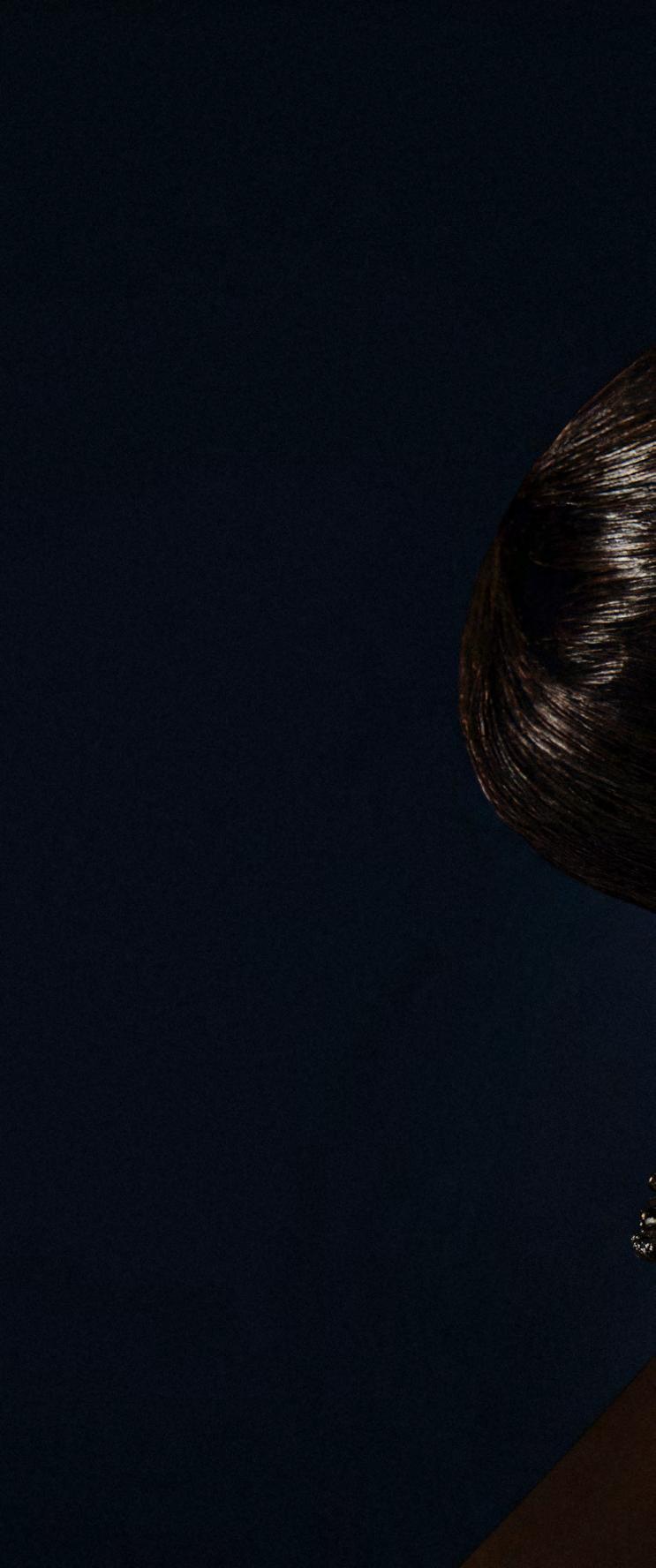
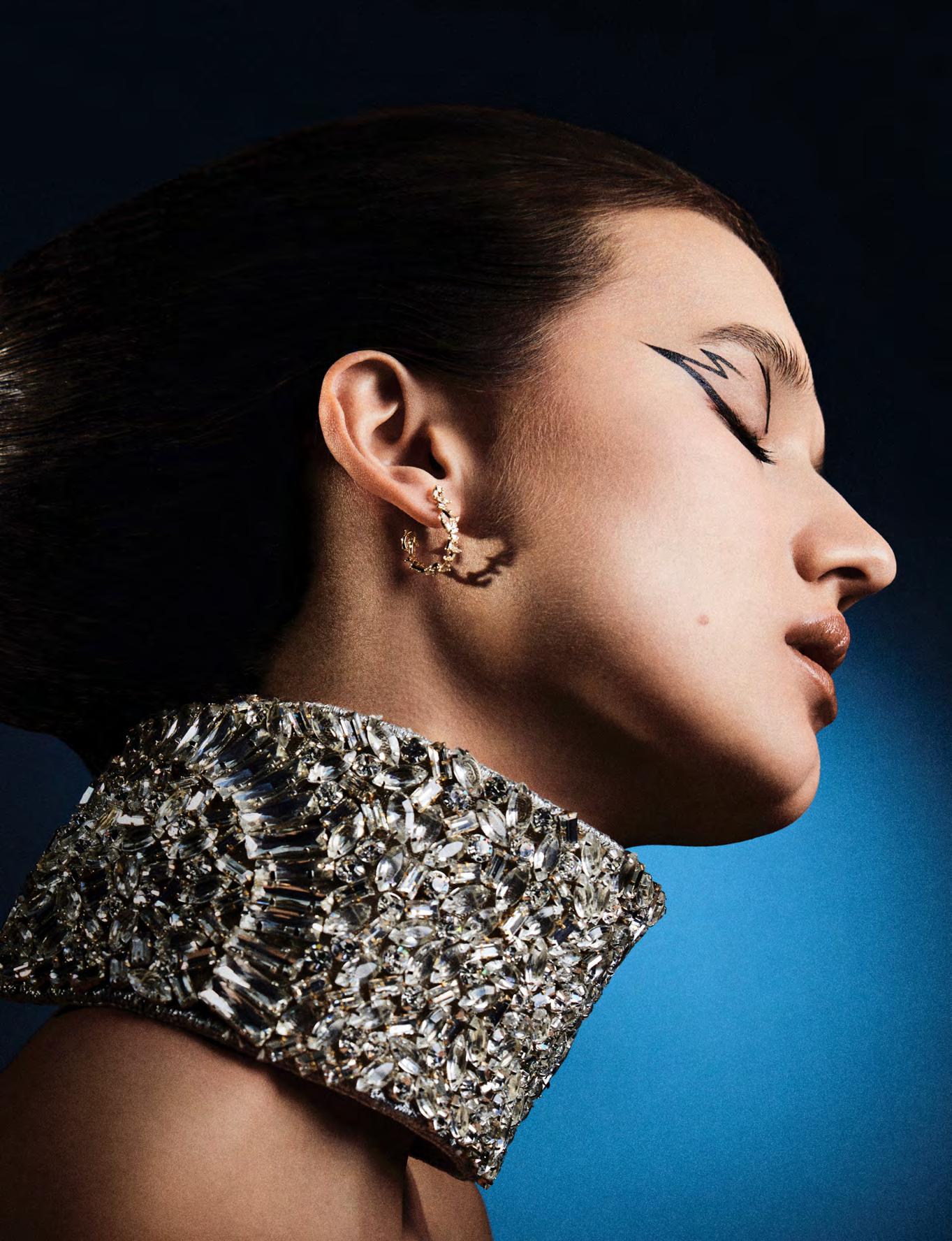 All clothing Versace . Heels Gucci
All clothing Versace . Heels Gucci
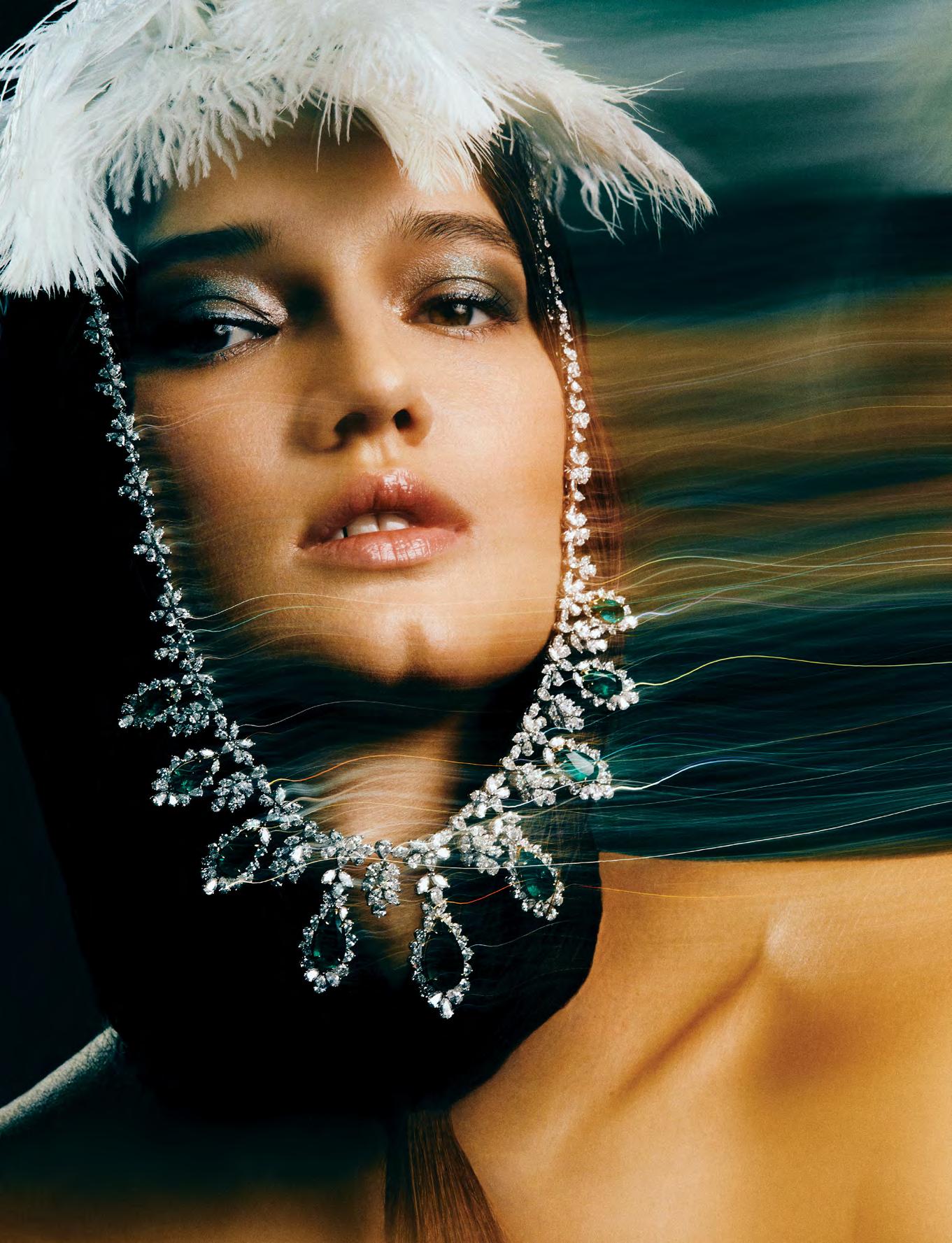
 necklace, earrings, OFA OFFICIAL. shirt, AMBUSH at HARVEY NICHOLS - DUBAI. cardigan, OFFICINE GÉNÉRALE at HARVEY NICHOLS - DUBAI
necklace, earrings, OFA OFFICIAL. shirt, AMBUSH at HARVEY NICHOLS - DUBAI. cardigan, OFFICINE GÉNÉRALE at HARVEY NICHOLS - DUBAI

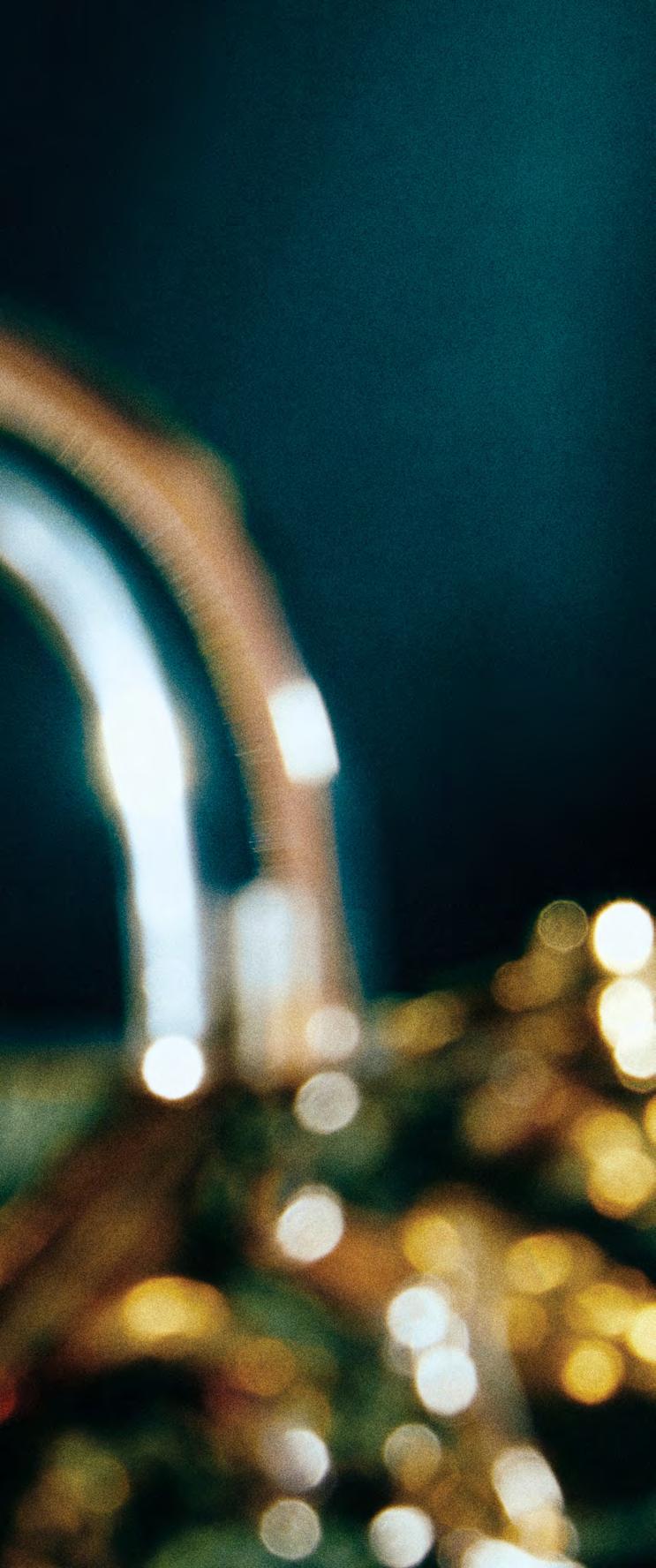 earrings, LA MARQUISE JEWELLERY. handbag, L’AFSHAR
earrings, LA MARQUISE JEWELLERY. handbag, L’AFSHAR
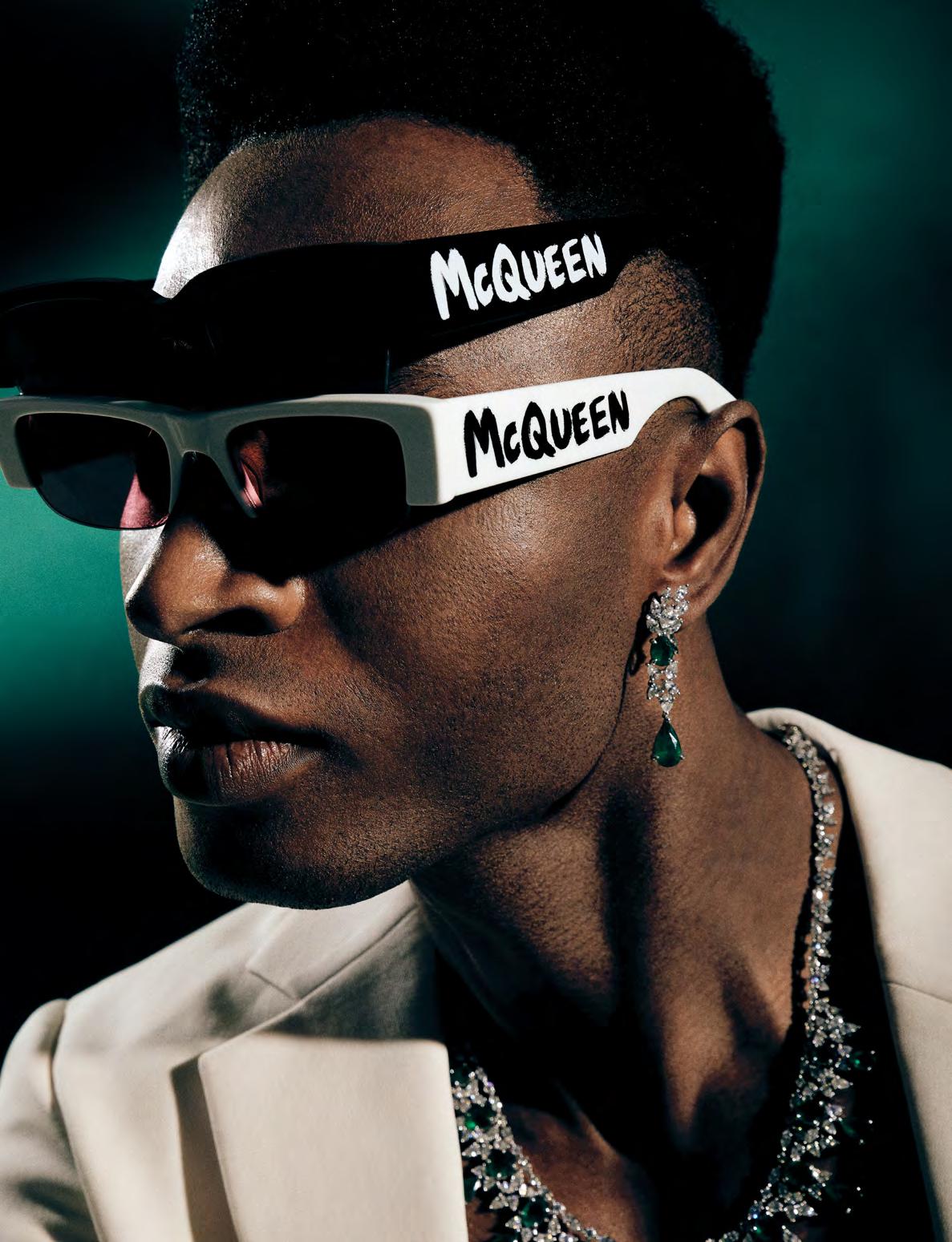
 earrings, rings, TOI FINE JEWELRY. dress, MICHAEL CINCO
earrings, rings, TOI FINE JEWELRY. dress, MICHAEL CINCO

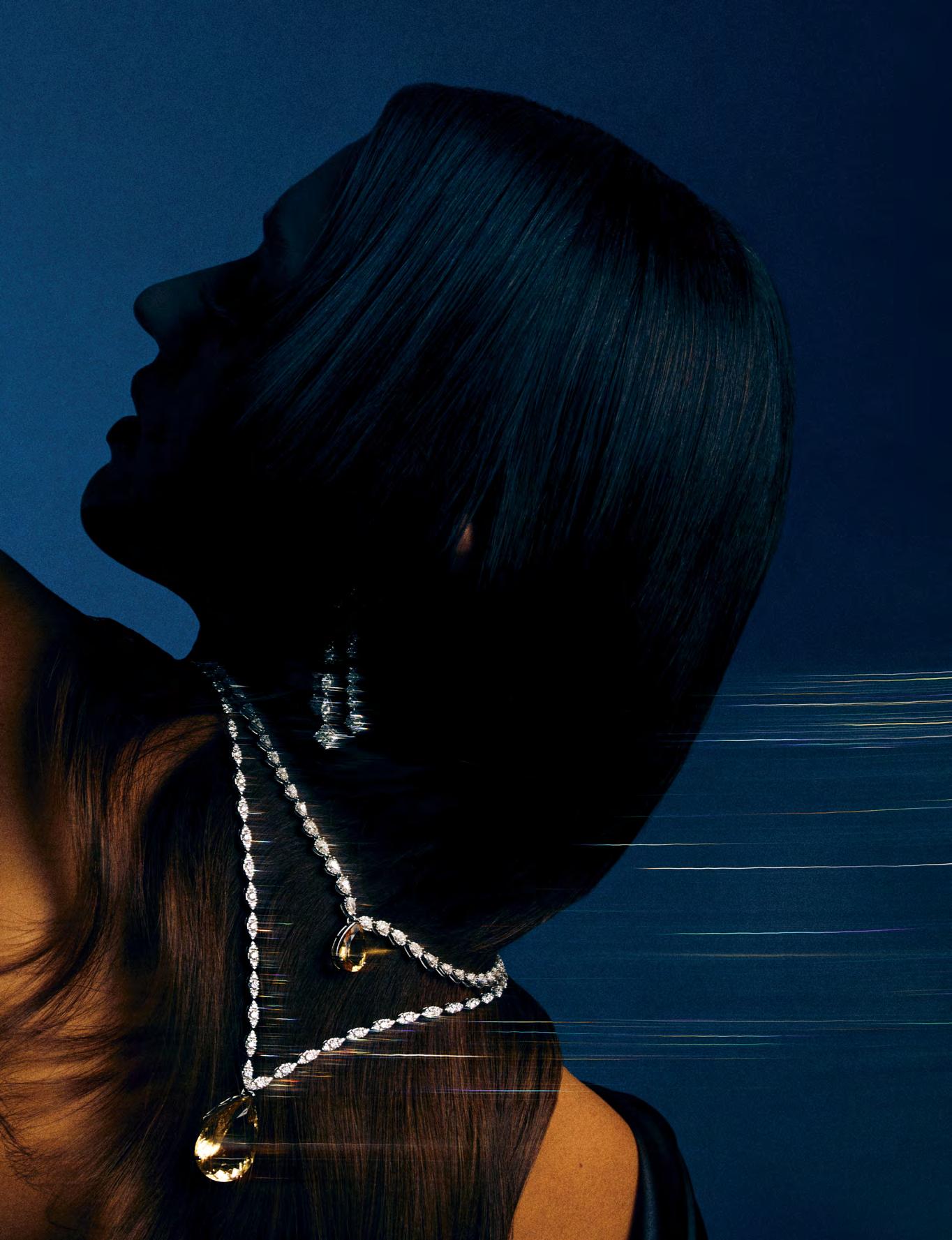
photography KAFRAWY
words MENNA SHANAB
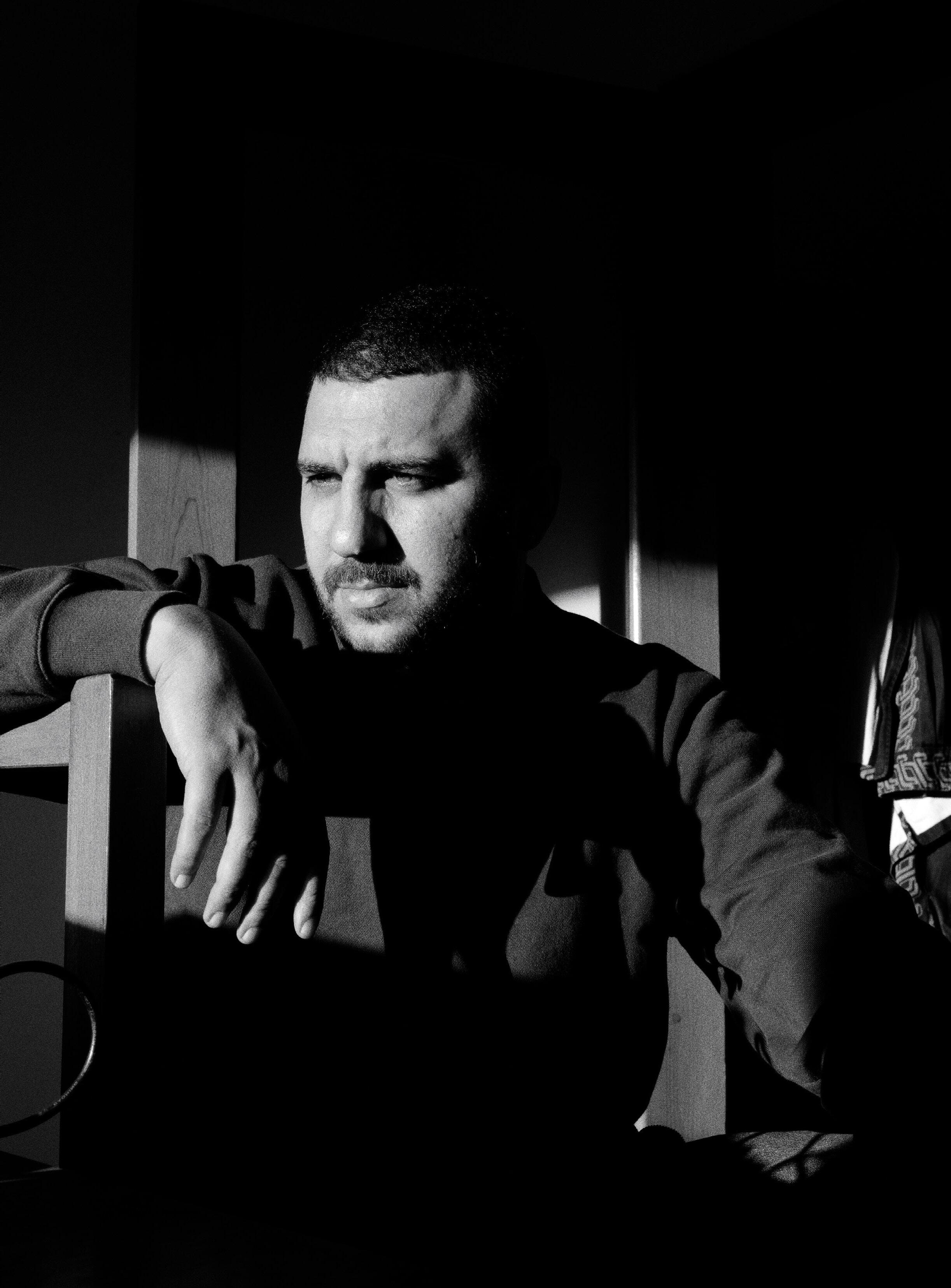

For the uninitiated, the name Tag rings with the deafening success of Egyptian artist Wegz. It’s understandable, Tag played an instrumental role as Wegz’s manager in the now superstar’s meteoric rise, his name reverberating across the MENA’s musical ecosystem. But actually, before assuming his managerial position, he was something of a local legend and a venerated communitybuilder in the embryonic days of the Egyptian underground music scene, laying down the building blocks that would serve as the foundation for the next decade of alternative, left-field dance music in Egypt.
During his heyday as a DJ and producer, Tag electrified dance-floors across Egypt and Europe with his prolific electronic music collective KIK, as well as through VENT, the Downtown Cairo watering hole he co-founded with long-time collaborator and household name ZULI, that would come to define an entire era of music, as a precedent for the kind of hard-hitting, experimental sounds he would become known for. Experimenting with an almost irreverent mix of sonic styles, Tag shut down clubs armed with his repertoire of rousing old school house, gritty hiphop and pulverizing industrial techno, all while crafting his own intricately textured soundscapes, with his original works eventually finding a home on esteemed UK labels such as Opal Tapes and Seagrave.
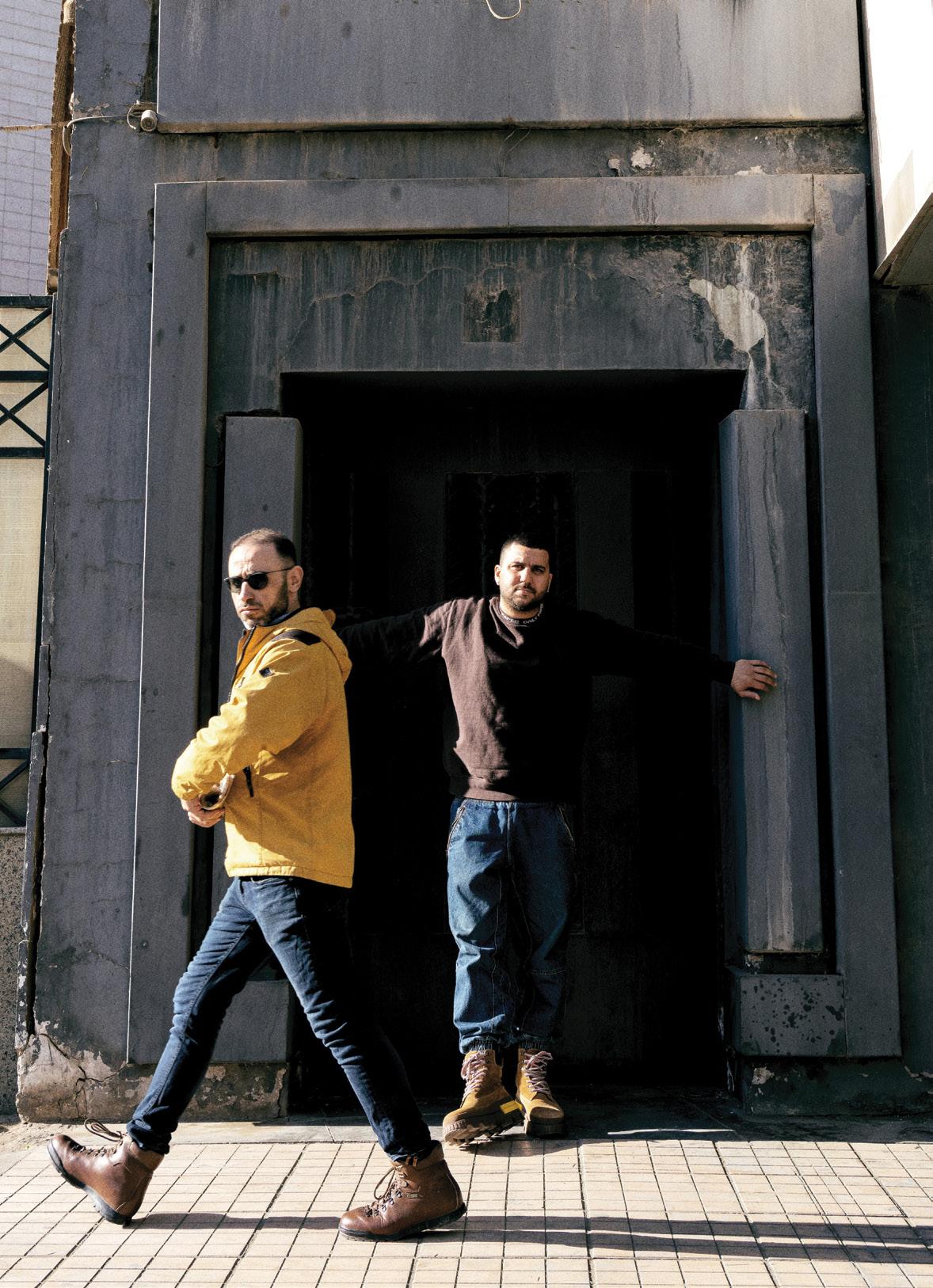
“I just want to do that for as long as I can - help the sound and the artists of the Middle East go as far as they can reach on the global scale and export Arab culture to the world.”
Hot on the heels of the first Wireless Festival in the Middle East, with Wegz taking centre stage, sitting squarely at the top of the game, Tag took a moment to reflect on the litany of titles he’s accumulated and hats he’s worn throughout his life. With a sense of humility that is as rare as it is endearing, Tag dug into his treasure trove of memories, unraveling bits and pieces of his life with a remarkable level of introspection. When asked about the genesis of his moniker $$$TAG$$$, Tag responded with a pause, a light-hearted chuckle, and a seemingly endless cascade of star-studded anecdotes that underscored the collaborative nature of his musical endeavors.
As it turns out, even his most recognizable alias was the result of a creative collaboration with fellow artists Abyusif, ZULI, and others. “One day, Abyusif insists that ZULI and I both write 16 bars on his track. When it came time to release it, I was looking for a rap name,” he recounts. In a moment of levity, someone suggested "Tag Money". It started as a joke, then it just stuck and became my name for anything related to music.”
The 2011 Egyptian revolution served as a turning point for Tag and his creative partner ZULI, catalyzing the inception of Cairo's premier alternative music venue and club, VENT. After the departure of high-end clientele from the renowned Downtown Cairo cabaret Arabesque due to the area's highly politicized climate, Tag and ZULI seized the opportunity to create a space of their own, challenging the exclusive community of partygoers and promoters who controlled the means of shaping popular taste, and the stagnant, unstimulating artistic landscape. “We were frustrated with the lack of opportunities for emerging artists like ourselves, and the ecosystem of booking and how the venues really didn't want to take any risks and always just went for whatever was already popular for traction."
VENT was the first underground venue in Egypt to welcome an array of talented, local bedroom producers, providing a platform for performance that would otherwise have been unattainable. The venue's minimalistic, raw ambiance, unconventional acoustics, and devoted following epitomized the alternative music scene, allowing artists to explore their creativity in an experimental space. VENT pioneered innovative programming, promoting a vision of inclusivity and diversity, effectively galvanizing a burgeoning scene of musicians and enthusiasts.
While VENT shut its doors in 2013, its legacy lived on, inspiring other collectives and institutions to follow in its footsteps. "The experience itself and the way VENToperated intentionally as a community-based hub, it was just a comfortable place for a lot of things to happen, for a lot of people and collaborations. I think the spirit of it may have lived on in other newer iterations of the same kind of format."
Tag was also instrumental in founding Kairo is Koming (KIK), a collective of progressive electronic composers and artists that played a crucial role in cultivating Cairo's underground electronic music scene. Although not officially affiliated, the KultKairo label grew organically from the KIK collective, forging connections and promoting Cairo's vibrant scene by offering artists the opportunity to release their own music.
Following its clandestine Downtown launch party, KultKairo's debut release featured Tag's poignant EP Greater Than the Future. “It was the first time that I self-produced a solo album. I've always worked with a band or with a group or with a collaborator. During that time, and before that, I buried a lot of music, kind of due to self-doubt, and kind of under the guise of trying to perfect it." With a newfound sense of conviction, Tag's solo venture was a tribute to a loved one who passed away during the EP's creation, imbuing it with profound sentimental value, "That's why I didn't let this one die. I felt that there was some kind of emotional duty or obligation to release it."
After an arduous journey spent shaping the underground music scene, Tag emerged as a master weaver, deftly stitching together a web of connections and alliances to imbue the scene with a sense of collective identity. Unity and collaboration were the hallmarks of his approach, seeing these values as the lifeblood that would keep the scene thriving.
With an unwavering belief in the potential of underdogs, Tag was always eager to make room for up-and-coming artists, providing them with the literal and metaphorical space they needed to perform, create, and make a name for themselves. Over the years, he wore many hats and took on numerous roles within the music industry, amassing a wealth of experience and knowledge that would eventually lead him down an unexpected path.
As Tag himself put it, "Had you told me in 2011, you're going to be an artist manager, I'd be like, get out of here. I had no idea that I was going to be here." Despite his initial doubts, Tag discovered that all of his previous work had prepared him for this new challenge. "I just started realizing that I had all of the components [needed] to manage an artist," he explained.
A chance encounter with a new artist named Wegz led to a fruitful collaboration that would ultimately yield great results. Together, Tag and Wegz found numerous areas of synergy and common ground, building a friendship and a professional partnership that would take them to new heights.
Tag brought this same passion and vision to his talent agency, TMT Talent, and event planning organization, TMTM Live. With the experience gained with Wegz as a template, he sought to create a literal platform for other artists to customize and make their own, placing the artist's vision and voice at the forefront. "The idea was to get into the mind of the artist and see how they want to present themselves, how they want the audience to experience [their performances and music]," he explained. "We're doing that kind of same format with a lot of other artists, launching their live on-ground experience, so that when you go to a concert, it's no longer ‘Wegz performed during a concert done by this promoter’. It's just Wegz by Wegz."
As Tag emphasizes, "Surrounding yourself with the right people is key to any kind of development or success." At the heart of all his endeavors was a simple yet powerful insight: "You need to have the right collaborators, the right partners, and the right community." Through his tireless effort, he has built just such a community, one that embraces diversity, collaboration, and innovation and that will continue to shape and reshape the music scene for years to come.
Despite his instrumental role in engineering Wegz's career, he takes no credit for the artist's musical output. In fact, he attributes Wegz's sound development to his own unwavering creativity and desire to push the boundaries of his sound and explore fresh sonic ideas. "When it comes to Wegz developing his sound, that's all him," Tag says with a tinge of admiration in his voice. "He doesn't like to stay in the same place sonically. He’s always looking for the next fresh ideas, always experimenting, always listening to music from all over the world. He’s digging a lot. I think that's why the sound is always evolving."
“I think why Wegz is more successful than his counterparts in what we'll call the rap scene is that he has consciously taken these steps away from rap and hip hop,” says Tag. According to him, Wegz's conscious decision to move beyond the boundaries of rap and hip hop, without disowning his roots, is what propelled him forward. "It's his roots and what he started with, but he doesn't identify as just a rapper," Tag notes. "He is more than that. That's why he evolved into that popstar status."
Despite almost single-handedly pioneering the underground scene in Egypt and creating one of the country’s most popular musical exports in recent years, Tag is a study in humility and remains dedicated to the collaborative process of music-making. Throughout his prolific career, he seems to have always sought out the underdog, given it his all to offer them a platform and dedicate his work to progressing a scene that otherwise may have remained stagnant. When asked what he thought his legacy would be, he took a long pause and considered the question, eventually revealing that he’s had the same goal all along, from his early days spinning thumping techno at VENT to managing one of the MENA’s leading artists: "I just want to do that for as long as I can - help the sound and the artists of the Middle East go as far as they can reach on the global scale and export Arab culture to the world."
Tag's story serves as a reminder that even the most successful artists are shaped not only by their own talents, but also by the creative community that surrounds them. ■
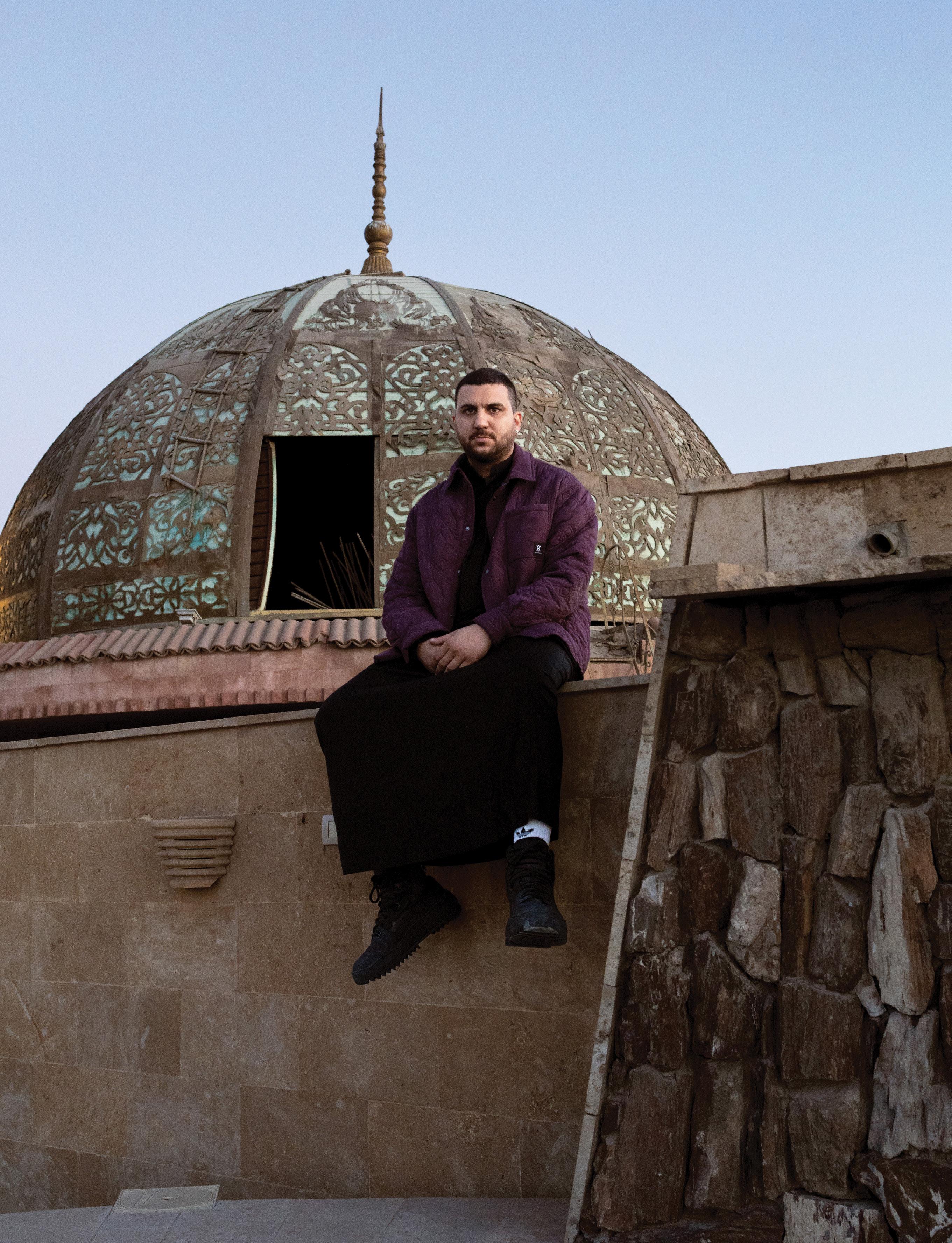
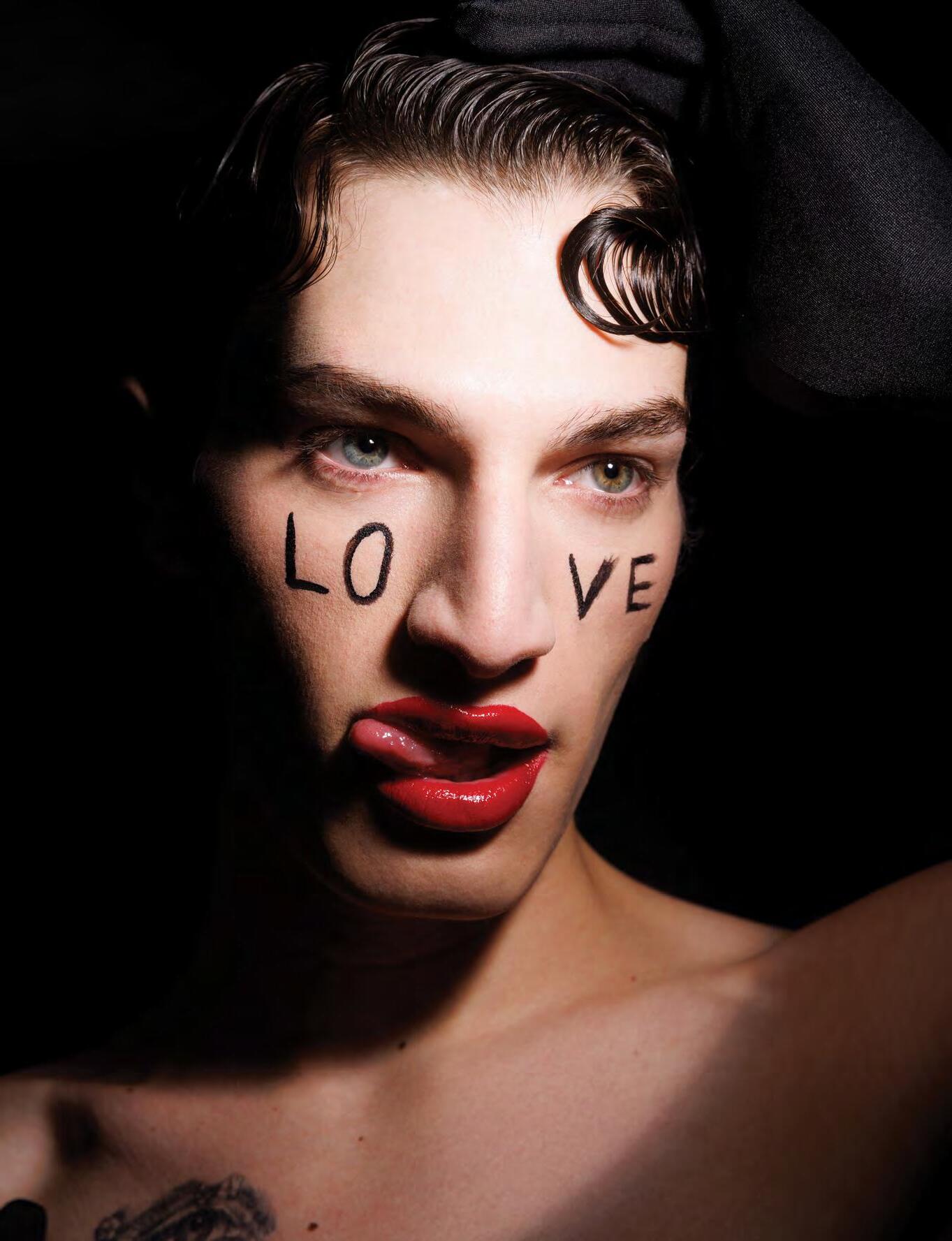
“All my looks are based on emotions, what I’m feeling in the moment, and I feel a lot. I’m a water sign (Scorpio), it could be anything, any feeling, but that’s the power in creation, taking something that is a basic emotion and making art out of it.”


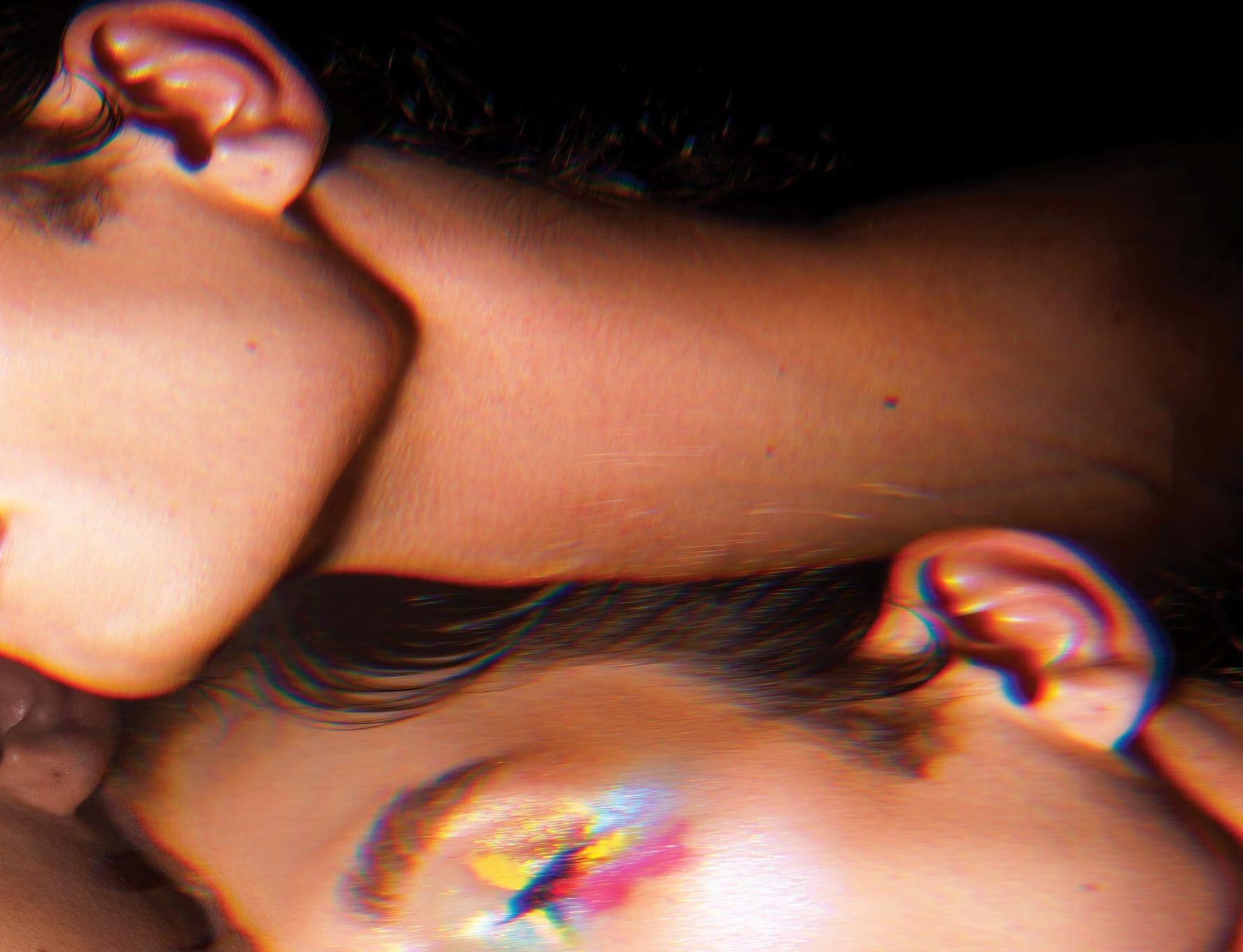
“I never put thought or effort into trying to fit in with society’s standards, I never felt the need to satisfy society’s expectations towards me. Whatever I felt like doing, I did – makeup, hair and beauty are some of them.”
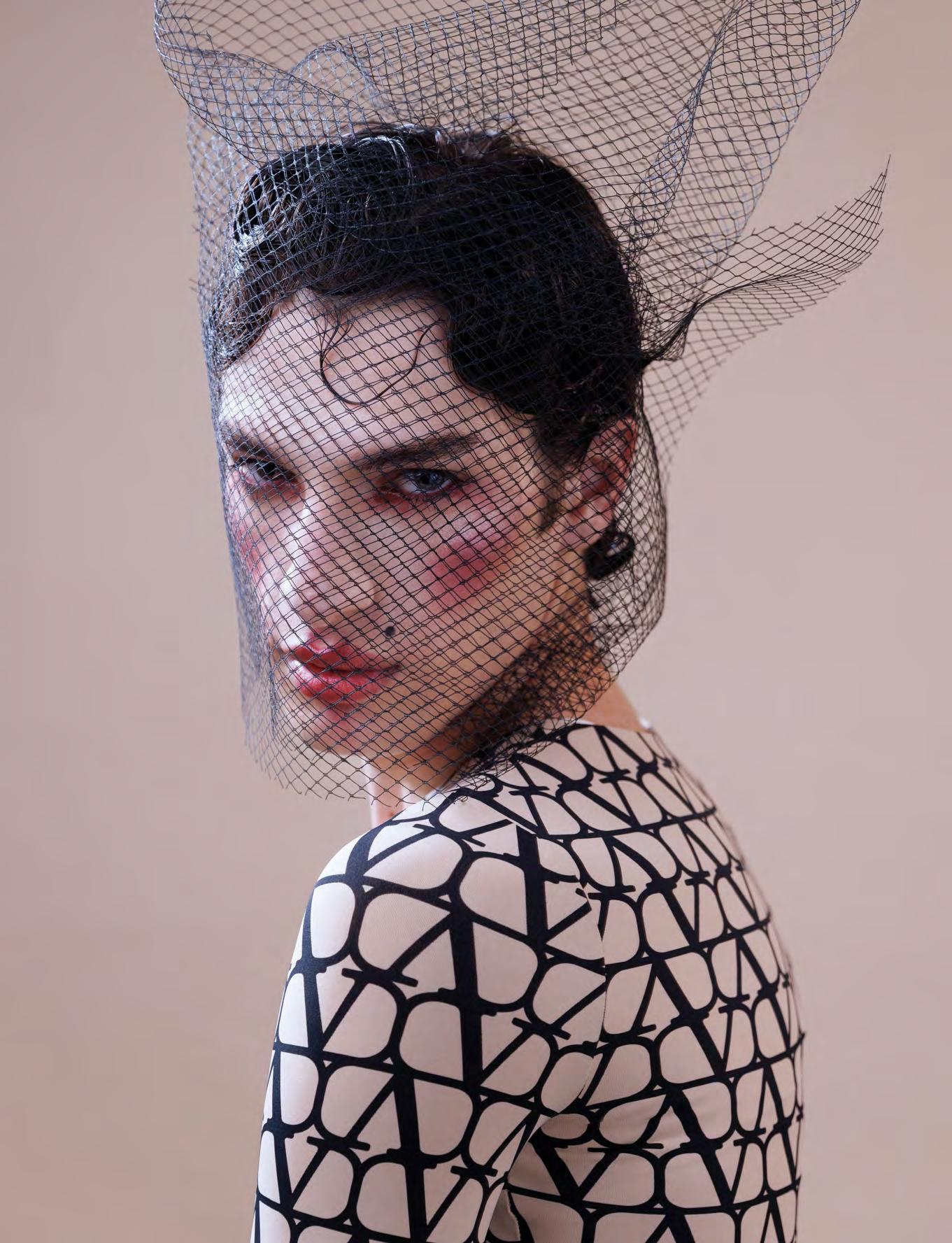

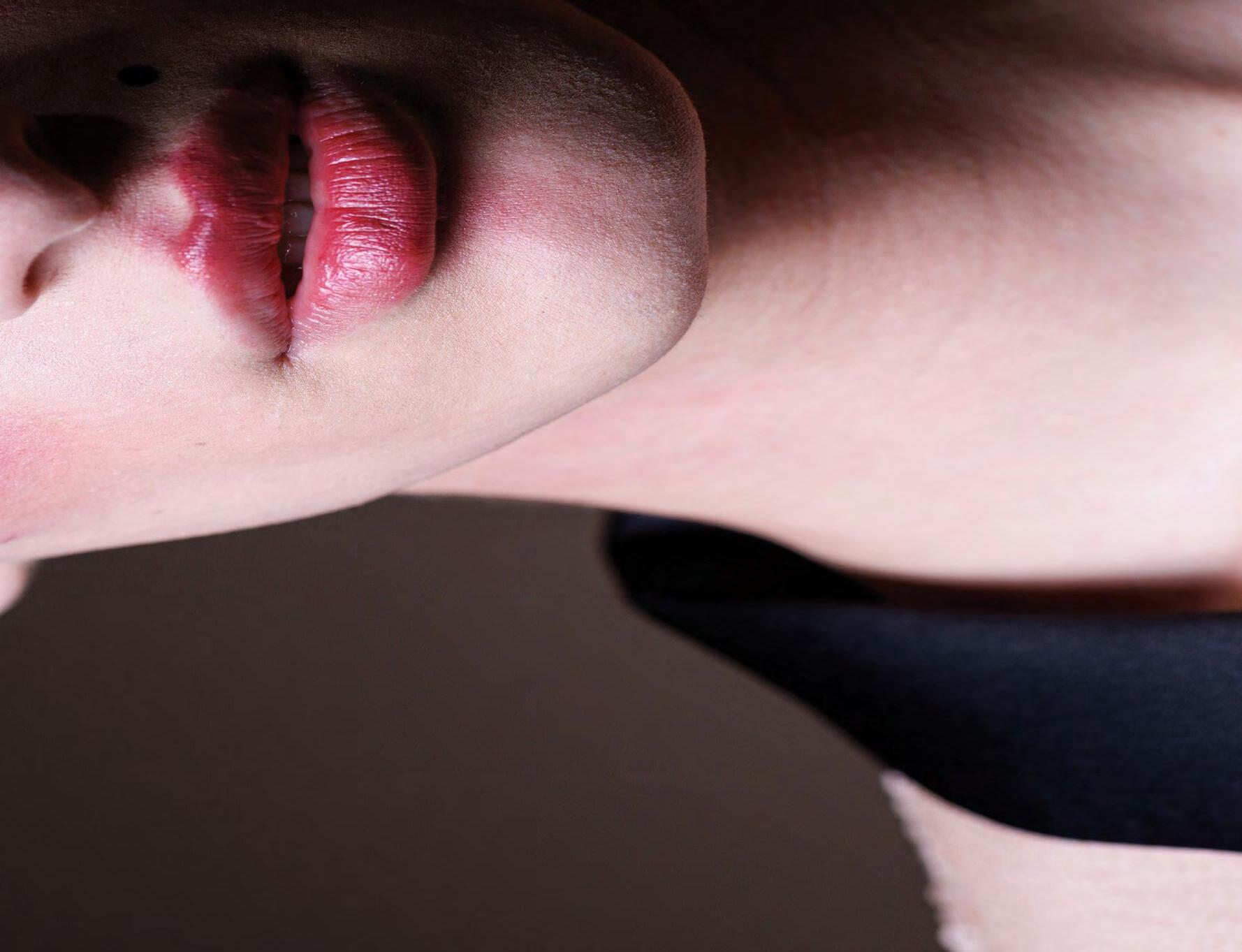
“I want my art to reach as many people as possible. I want my art to speak to many.”
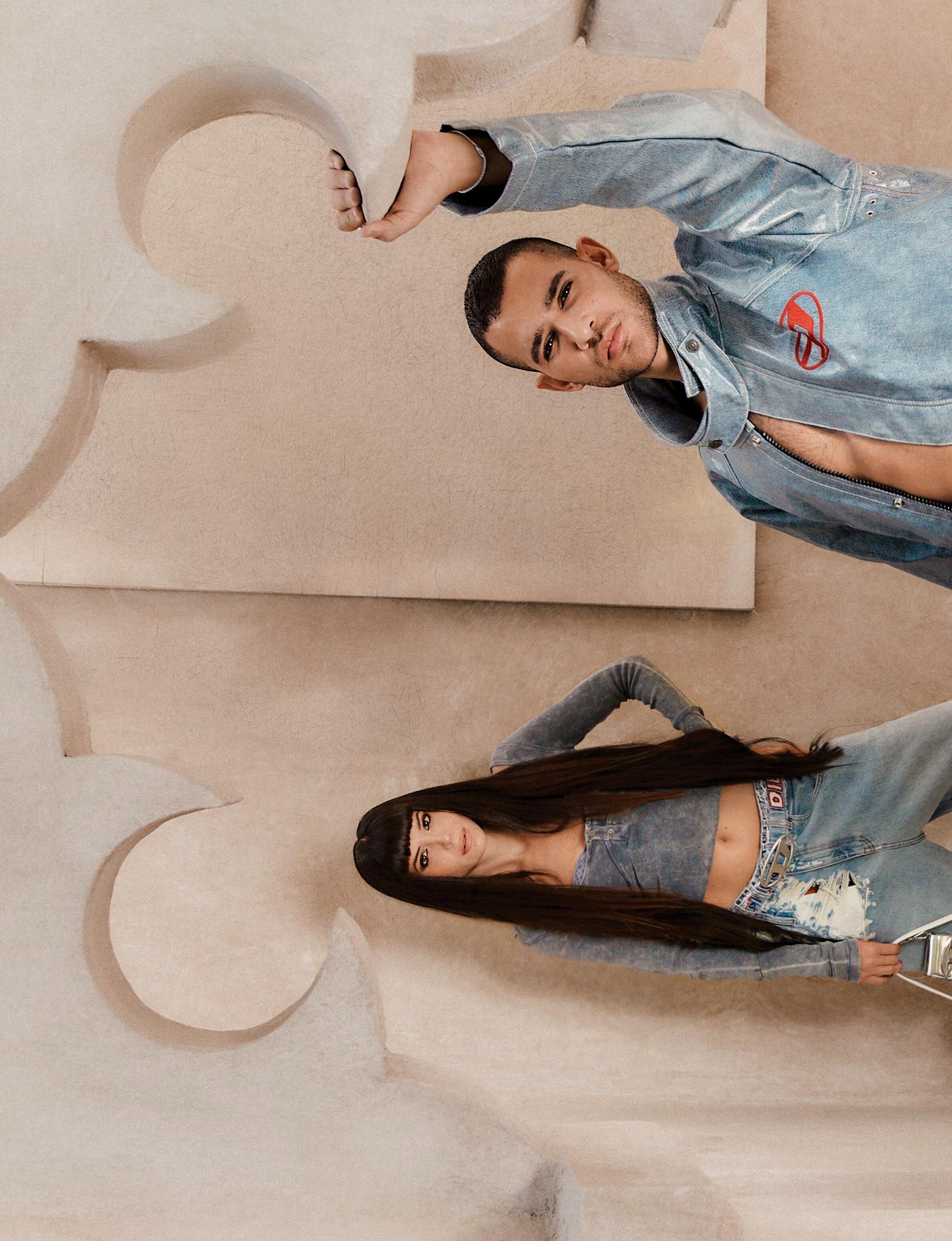
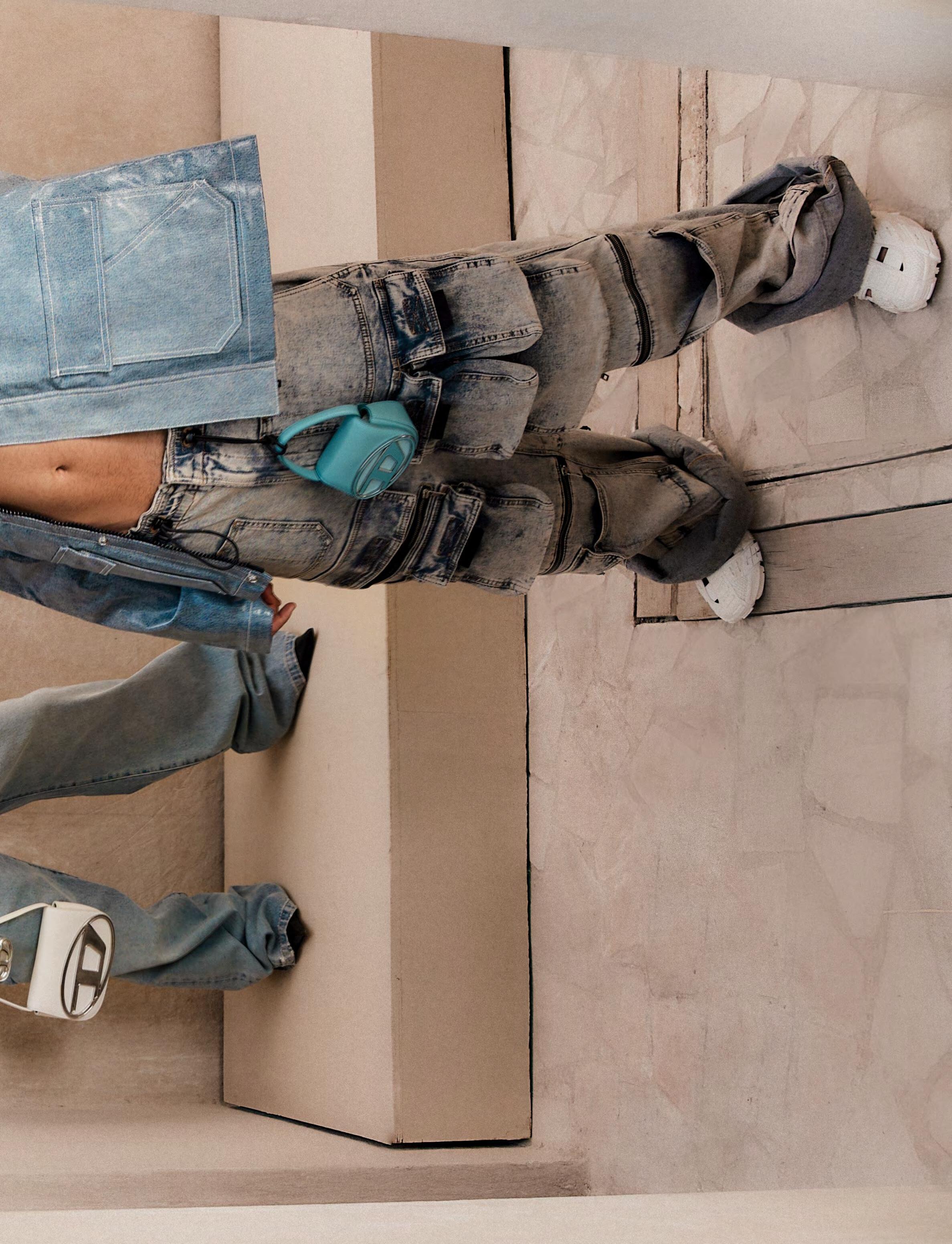

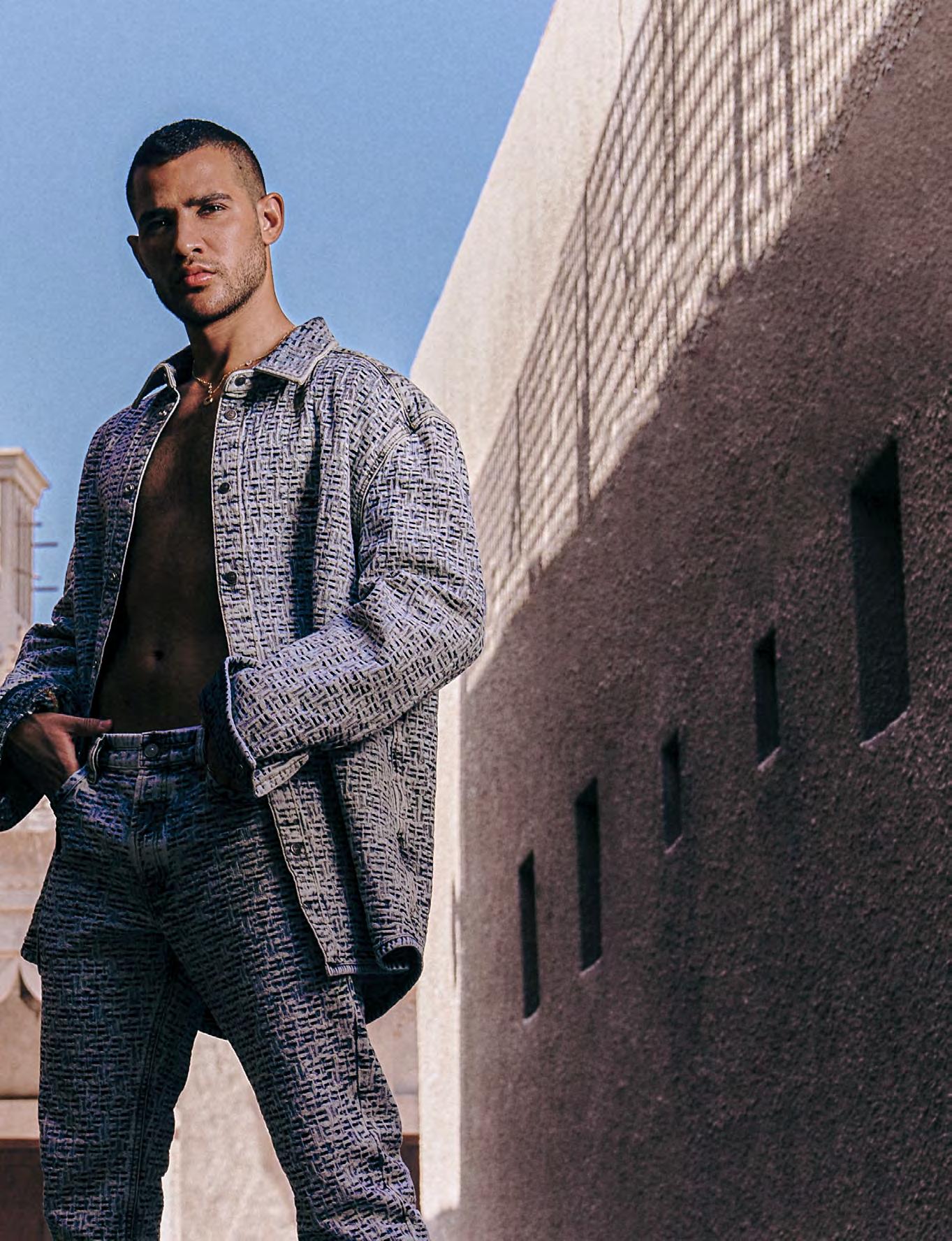
Ghassan Kayed is the founder of Burgers & Hoodies, a creative agency dedicated to telling unique, inspiring stories. He’s a creative director and a content creator and he’s definitely someone to keep an eye on.
How would you describe your personal style?
Growing up my style has changed a lot. I’d say it has changed based on my mood and the phase I’m passing through. If I’d describe my style right now, I’d say it varies between the simple chilled, cool school boy and the vintage preppy dad style.
What goes through your mind when you get dressed in the morning? Is there a particular routine or approach you follow in dressing?
I’m the type of person who likes to stand out with his looks and I really take care to not wear the same piece more than once the same way. Deciding on which outfit or style I’ll go for the day is based on my schedule and how tough my day is going to be. Also, I usually try to choose my look before going to bed since my mornings are so quick and I have a lot to do before starting my day.
What drives your creativity? Where do you seek inspiration?
I believe that being creative is all about character. It’s part of who you are and it comes as part of your soul. I also believe it’s all about how you see things around you. Anything around you can be inspiring and can take you to different places; it all depends on your vision and approach. Music, movies, art and visuals are definitely some main factors that contribute to inspiration and creativity, but my main factor, I’d say, is love. Love can change everything in life; it makes you see and think differently.
What message are you trying to communicate through your platform? Has this message informed, or improved your ability to amass an audience on social media?
My messages and the way I think and see things are so many, and they change with time and certain situations I pass through, but my main thing would be to do what you feel is right. Unfortunately in our region, we grew up using our brains more than our hearts. We never, as kids, got the chance to express our feelings or emotions properly. It was never appreciated, or taken into consideration. Personally, I’m a very sensitive person and I do care a lot about my feelings and I believe in it.
How did Burgers and Hoodies come about? What motivated you to launch the company?
I knew that I wanted to do something for me, something where I can be my own boss, and where I can invest all my abilities and creativity, and this was one of the main reasons why I started Burgers and Hoodies. Also, after being part of the creative industry for a few years, I realised that we lack the storytelling part in our region, and I personally love to tell stories. If I want to describe or talk about anything, I narrate it in a storytelling technique. This is what Burgers and Hoodies is all about; it’s not just a mood or a nice aesthetic, it’s a story of its own.
With Burgers and Hoodies becoming a leading production house within the region, what is the most rewarding part of working on creative projects close to home? What challenges have you faced?
I’ve always looked at Burgers and Hoodies as a reward itself, as it reflects my ambition and dreams. It exhibits to me everything I dreamt of living in front of my eyes, and with every step we take and with every achievement we establish, it makes me hungrier to work and create and practise what I love the most. Working on projects that reflect my identity and roots makes every project so dear to my heart because it gives me the chance to add a unique, personal touch to the project.
Since day one we’ve been able to hype and transfer the right message we wanted, and this is what keeps the challenge going. The goal is to keep the suitable image and the right standard, by continuing to grow, and I believe that the main factor leading to our success is the team we have. We were always a small team, yet we all had the same vision to create and change.
How have you managed to find the balance between creativity and business? Has it been a challenge to navigate creative entrepreneurship?
I always advise my team to make sure they don’t take things to the extreme, whether on the creative, or the commercial/ business side. There’s always a significant method in every story if you’re to deliver the message in a smart, innovative way that can also be interesting and serve the main targeted business objective. I always try to treat myself with a project or a job that satisfies and motivates my creative side even if sometimes it may not be sponsored or brand oriented. I’d work on a concept and produce it, knowing that it will reflect on me and the company in a good way.
What are your goals and ambitions for the company? And for yourself?
Growth has no limits, neither does ambition. Having a big team with me and expanding internationally is definitely part of the plan, but the main aim is to set a standard in the industry, where we start looking at our outcomes and results as benchmarks and a reference for not only the region, but also globally. I believe we have an extraordinary creative scene in our region, when it comes to music, art, or any other creative field. I’ve met so many talented creative people and I can assure you; if they get the chance, they will excel.

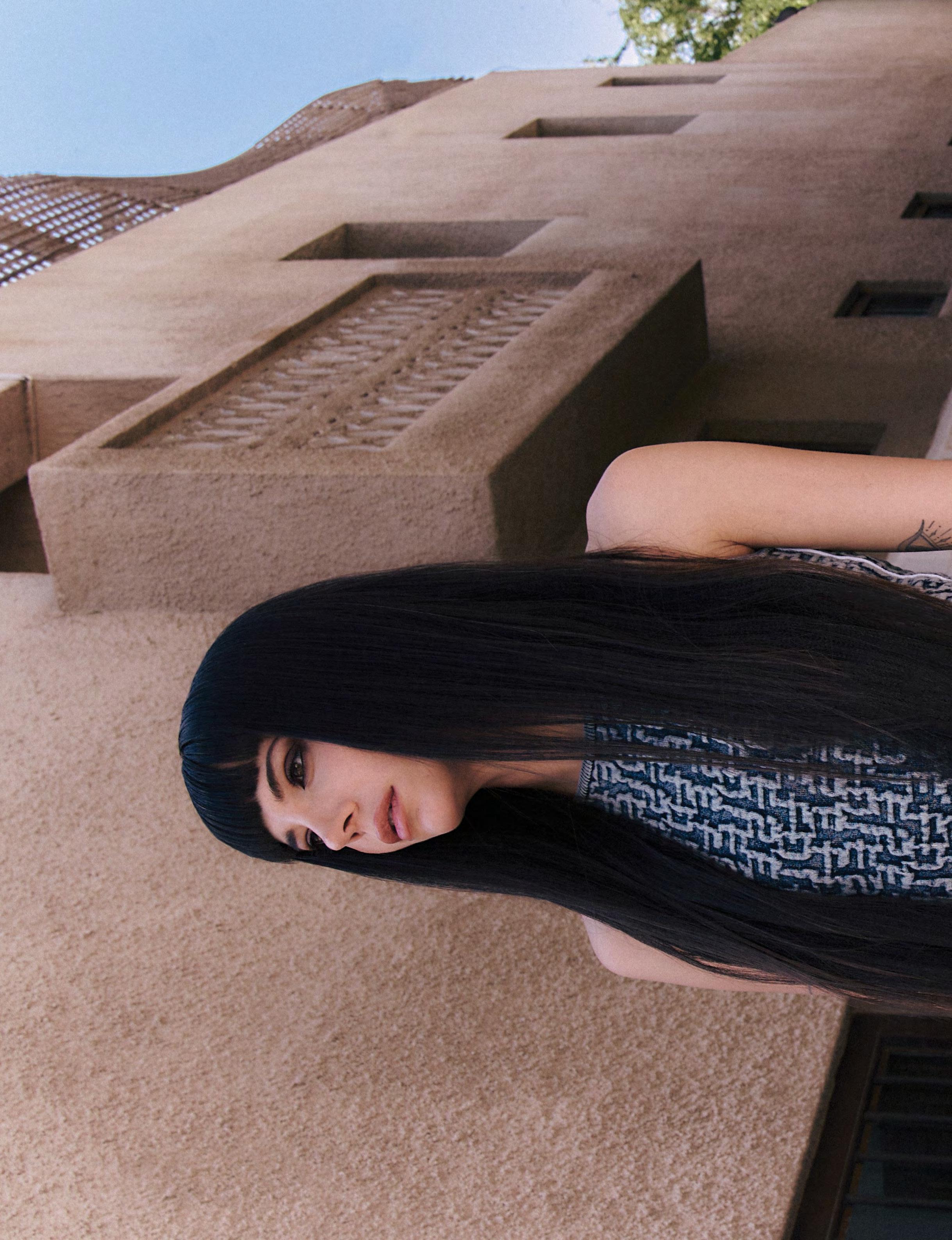

Sarah Hardan is a woman with many hats. An event planner, a DJ, a style influencer and the founder of two companies, wherever the party is, she’s sure to be. Here, we talk to her about DJing and how she gets away from it all on her occasional day off.
Can you tell us about your background and how you got into DJing?
Starting my career in PR and advertising, music has always been a big part of my persona. My husband actually taught me how to mix, and it was something we would both do with friends for fun. It became a big part of my life; nothing makes me happier than bringing people together through music.
You work in several industries, including fashion, music and communications. How do you balance all of these different interests and areas?
I give each aspect the right energy without affecting the other, however, in many cases, they are actually intertwined.
What sets your DJing style apart from others in the industry?
I believe my eclectic sound and groovy beats are what really differentiate me from others in the scene. I usually read the room and feel the energy of the crowd, which helps me understand the sound I need to give at the right time.
Has your experience working in fashion influenced your approach to music and DJing?
Of course, that’s the first reason why we decided to launch The Good Trip, and give fashion and luxury brands a different experience through music and proper sound and artist curation.
Can you share a memorable moment from your career so far?
The most memorable moment was at the dance floor of my very first The Good Trip party, which was when Kid Francescoli performed Moon live, I was just so proud and started laughing/ crying from happiness.
What is your favorite music genre and why?
House Music, now and forever. It is timeless, it is groovy, it is the past and the future.
How did The Good Narrative and Good Trip come about?
Talk us through your journey.
My husband and I worked in the communication and advertising industry for over 10 years, and we launched The Good Narrative in early 2020, as a collective that focuses on bringing storytelling to upcoming and existing brands in the region. In addition to that, our love and passion for music and event curation drove us to launch The Good Trip in mid-2022. The Good Trip is a party planning agency that curates experiences for fashion and luxury brands with a full tailor-made solution that fits the brands we work with and at the same time creates an immersive journey for guests. We are super excited about what’s coming next!
What would you say is the ultimate feel good song?
I’ll go for an all time classic for this one! It is definitely Gypsy Woman by Crystal Waters
Can you describe your creative process when putting together a new set or mixtape?
To create a set or a playlist I get inspired by the location I am mixing at, for instance playing at sunset will inspire me to give a journey of emotions in my music versus mixing in an intimate club setting, where I would play sexy tunes that would put people in the right physical and mental state for the rest of the evening.
How do you approach the challenge of keeping a crowd engaged and energized throughout a performance?
I truly believe that DJing is giving a part of myself and my energy to my crowd, your demeanour is very important. At the end of the day, energy is contagious, when I am happy my crowd is happy, the more fun i am having while playing , the more my crowd is grooving, if I am excited about playing a track my crowd will immediately notice it. I always say never take yourself too seriously. The more you give, the more you get.
If you were DJing at your dream venue/event, what brand or outfit are you wearing?
If I were to DJ, let’s say at DC10’s Circolocco night, Glen Marten’s Diesel would be a perfect fit, with a dash of The Attico for an extra sparkle and fun.
With your vibrant, busy life, describe your ideal weekend escape.
I created an environment and bubble in my space that would allow me to have a sense of vacation in my own little heaven without having to leave it. However, I do like to take long getaways every once in a while, to feed my creative juices, whether it’s by dancing in a festival or laying down in the Iberian sun. And of course, exploring new cities when I’m feeling a bit adventurous.
What advice do you have for young, aspiring creatives, whether fashion or music enthusiasts?
Trust the process, don’t look for shortcuts, it always pays off in the end.
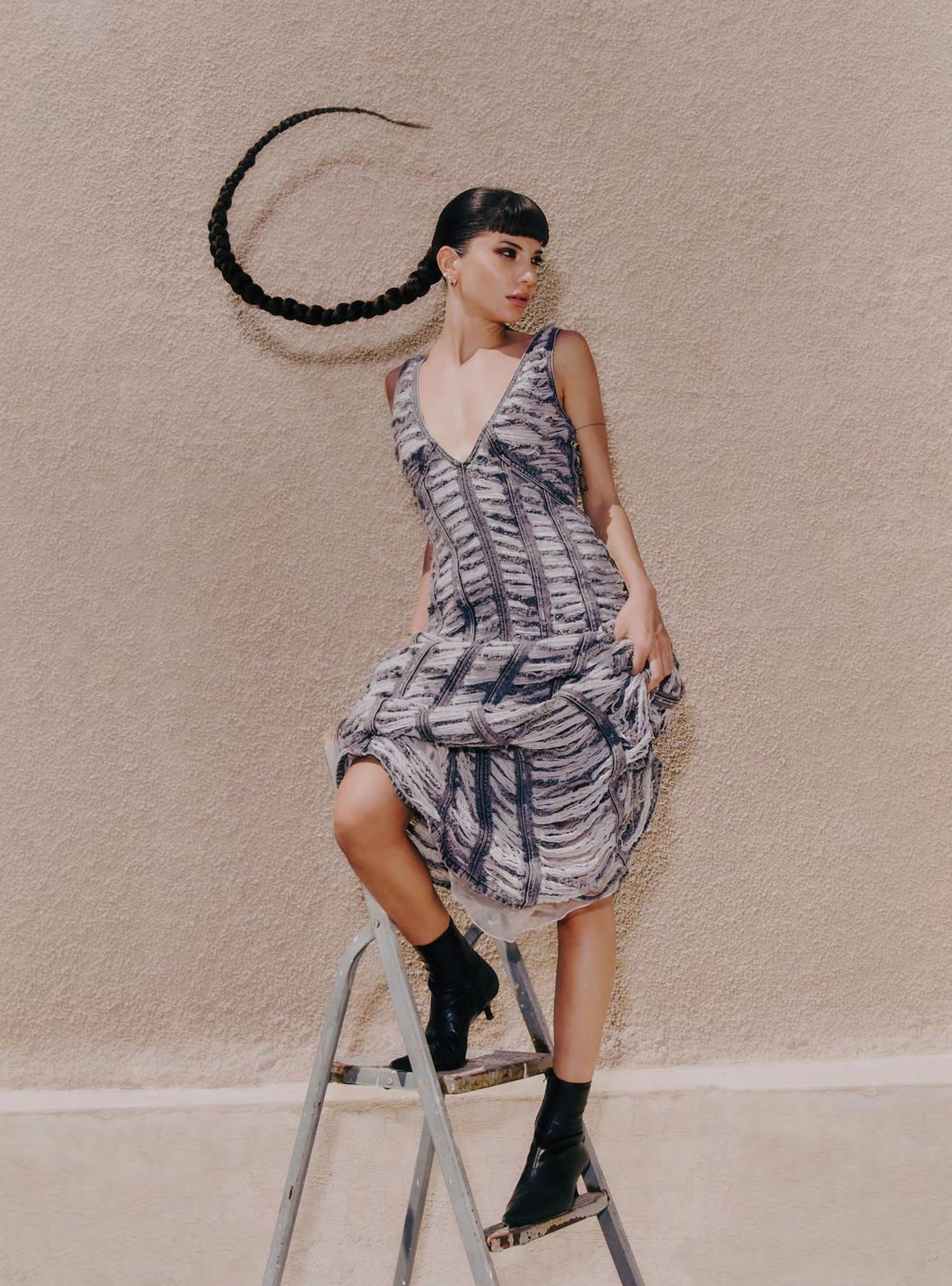
The tale of an incredible nursery for fashion talent in Lebanon. Co-founder Sarah Hermez tells us all about Creative Space Beirut, the tuition-free, inclusive school that offers the Arab fashion industry some of its best talents in an incredible success story.
words FIFI ABOU DIB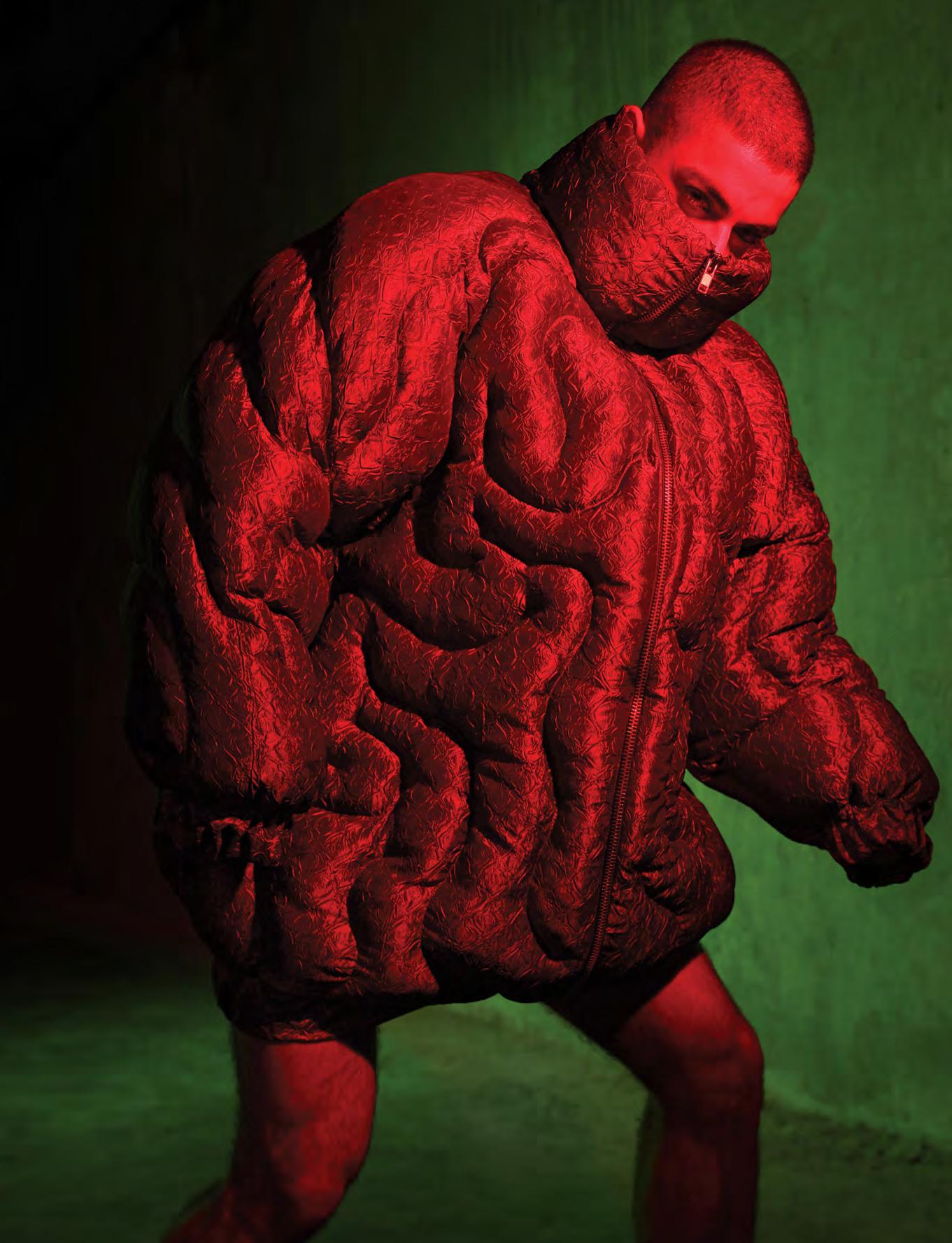
From being a magnetic place where Beirut’s famous nightlife was in full swing until the mid-2000s, Monot Street, at the intersection of East and West Beirut, has become a quiet lane lined with orange trees and small shops. It is there, on the sunny side of the street, that Creative Space Beirut (CSB) opened its doors to fashion design enthusiasts who otherwise would not have had any opportunity to develop their vision. Students are aged between 16 and 25, and come from all over Lebanon, including from the Palestinian and Syrian refugee communities. Here they follow an intensive tuition-free 3-year program.
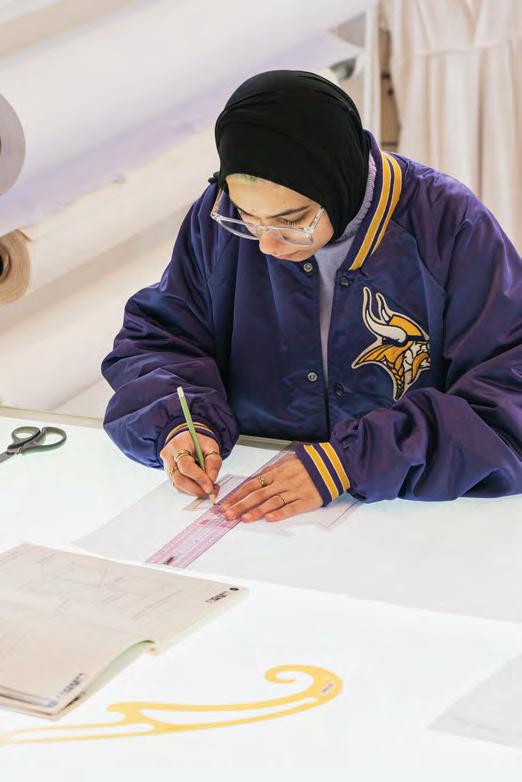

How can one not be amazed by this initiative, launched by Sarah Hermez, who was just 23 at the time, and co-founded with Georges Rouhana (a creative director and producer) and Tracy Moussi (a brand and business development expert)? Generous, community-oriented projects often have a fairy godmother committed to carrying them towards their goal. In the case of CSB, it was Caroline Simonelli, Sarah Hermez’s Parsons School of Design professor and mentor.
Born and raised in Kuwait, Lebanese-Armenian Sarah Hermez returned to Beirut after graduating from Parsons New School, in New York City, where she had double-majored in fashion design and media studies. Here, she tells Yung about CSB’s grand adventure.
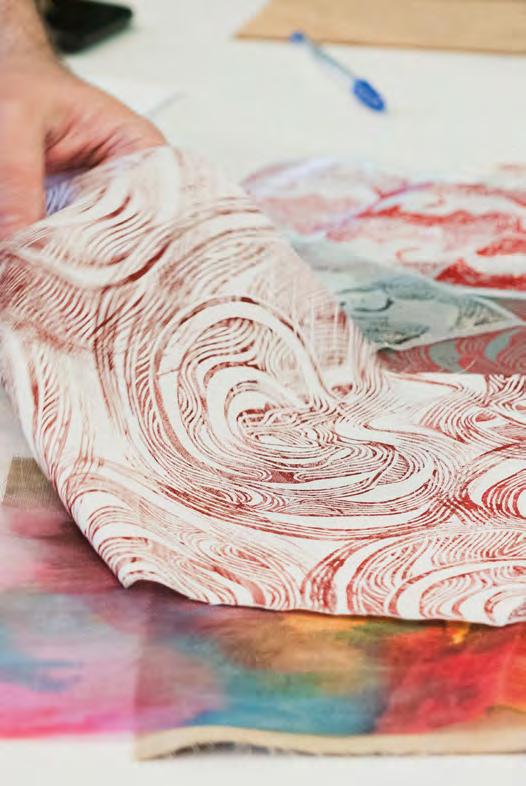
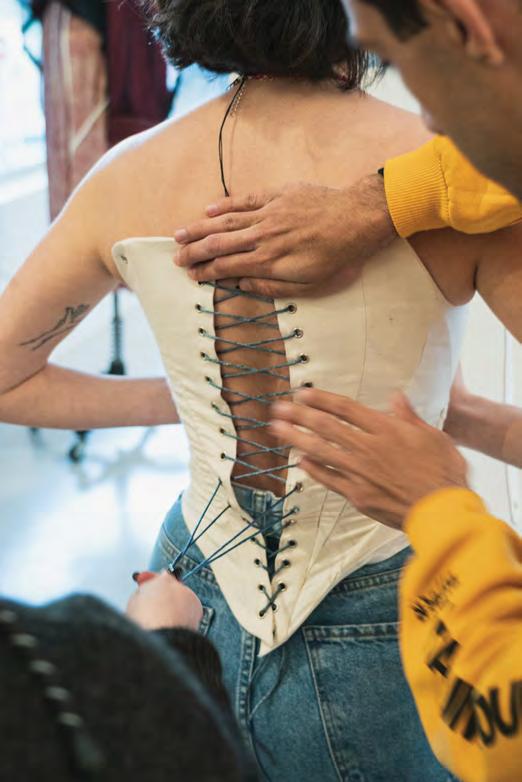
 designer MICHEL SABBAGH; photography
LARA ZANKOUL; makeup and hair
designer MICHEL SABBAGH; photography
LARA ZANKOUL; makeup and hair
How did you come up with the CSB project ?
The idea of Creative Space Beirut came about in 2010 when I was sitting in Dean and Deluca in New York with Caroline Simonelli, my Parsons School of Design professor and mentor. I had already graduated from university at that point and had moved to Lebanon a few months earlier. I was back in New York for a visit, and I was talking to Caroline about how I was struggling to find a way to merge my passions and skill set - creativity, design, and social justice. Considering the amount of work that needed to be done in Lebanon, I wanted my efforts and time to go towards a vision that could potentially mean something, spark some kind of change. All of a sudden, she looked at me and said, “Why don’t you start a school?”. It was at that moment that I knew what I would spend the rest of my life doing. Of course, I had no idea how to do anything like it. I was 23, and it was going to be particularly challenging, considering I had never lived in Lebanon, and you know, never started a school.
I went home that day and immediately started drafting a proposal for a pilot project. The long-term vision for the project immediately came to me - I wanted it to develop into a self-sustainable school that was also a brand. Caroline told me if I could lay the foundations, she would come and help build the school with me. And so, the seed was planted and the pilot project was launched in June 2011. Soon after the launch of the pilot, project co-founders George Rouhana and Tracy Moussi joined the mission, and together we grew the organization into a social enterprise by introducing avenues of sustainability through the brand CSB, the online store csb-world.com and production projects. Organically, over twelve years, from the ground up, Creative Space Beirut developed into what it is today, while staying true to its original mission. Through the different strengths of the cofounders, Caroline with over 50 years of experience in New York’s fashion industry, George as a creative director and producer, Tracy with her experience in brand and business development, we have designed and directed the different aspects of the social enterprise, learning how to pivot and persist for the benefit of the program, its mission and the talent it fosters.
What is the most special thing about CSB?
CSB’s commitment to inclusivity, diversity, free education, collaboration and community is what makes it special. At the heart of the social enterprise is Creative Space Beirut School of Design (CSB-SD), a tuition-free school for fashion design that offers an intensive three year program. Each year, a small pool of students are admitted on the basis of talent and determination, and are financially supported throughout their journey. Students are aged between 16 and 25, and come from all over Lebanon, including [from the] Palestinian and Syrian refugee communities. The curriculum combines advanced technical training with courses involving creative research and development, as well as theory, marketing and branding and digital fashion. The curriculum also incorporates internships, and collaborations with other brands, such as upcycling projects and production projects that give students a peek into the industry, providing them with a realistic education.
Throughout each year, collaborations, exhibitions and fashion shows act as experiential learning and exposure for the students. Students produce collections that are showcased at the end-of-year fashion shows and exhibitions. The events engage the local community through creative and musical collaborations, model training and an extensive volunteer program. Student designs are sold to help sustain the school.
 designer AMIR AL KASM; photography GEORGE ROUHANA; makeup and hair MOE RIDA
designer AMIR AL KASM; photography GEORGE ROUHANA; makeup and hair MOE RIDA
“Each year, a small pool of students are admitted on the basis of talent and determination, and are financially supported throughout their journey. Students are aged between 16 and 25, and come from all over Lebanon, including [the] Palestinian and Syrian refugee communities.”
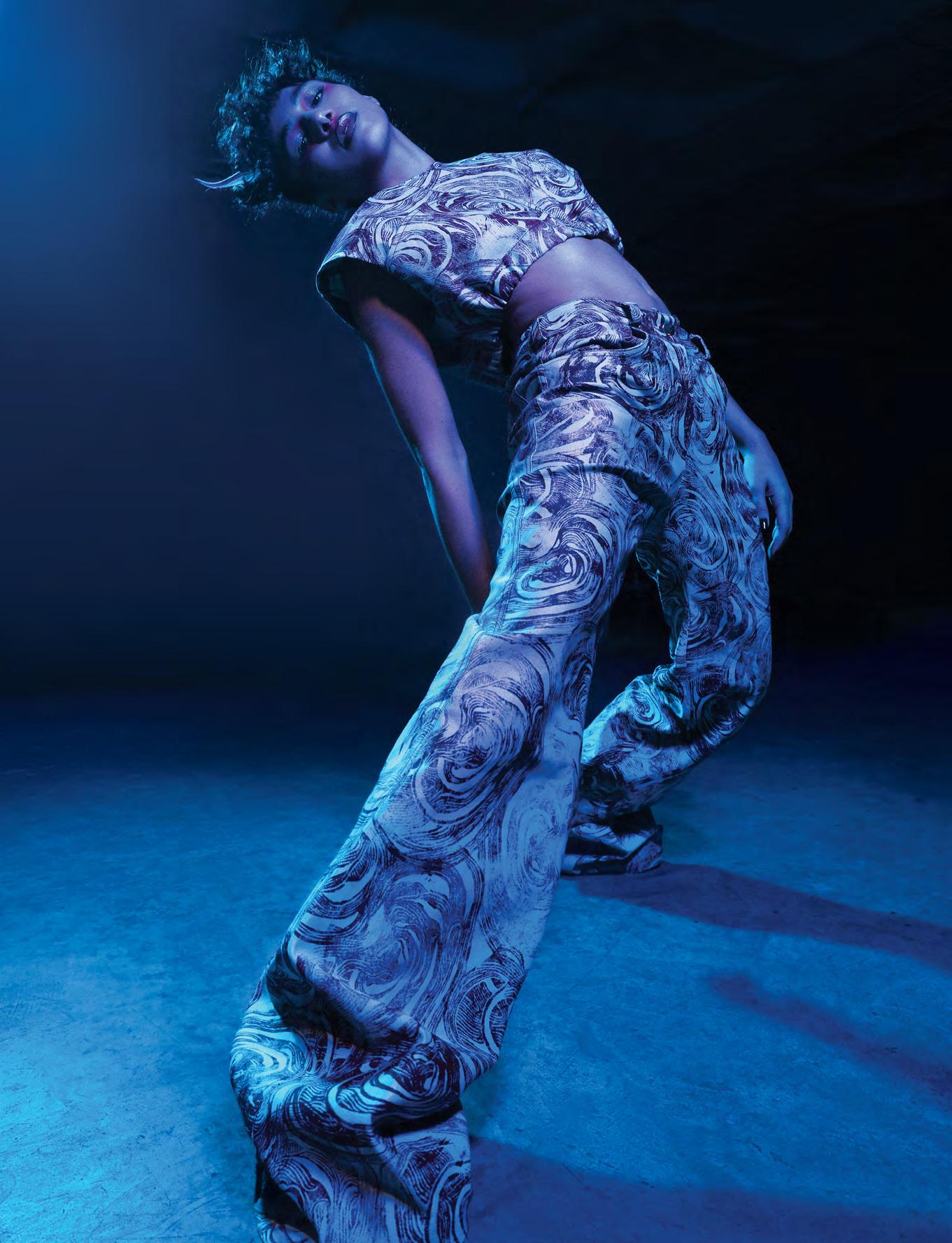
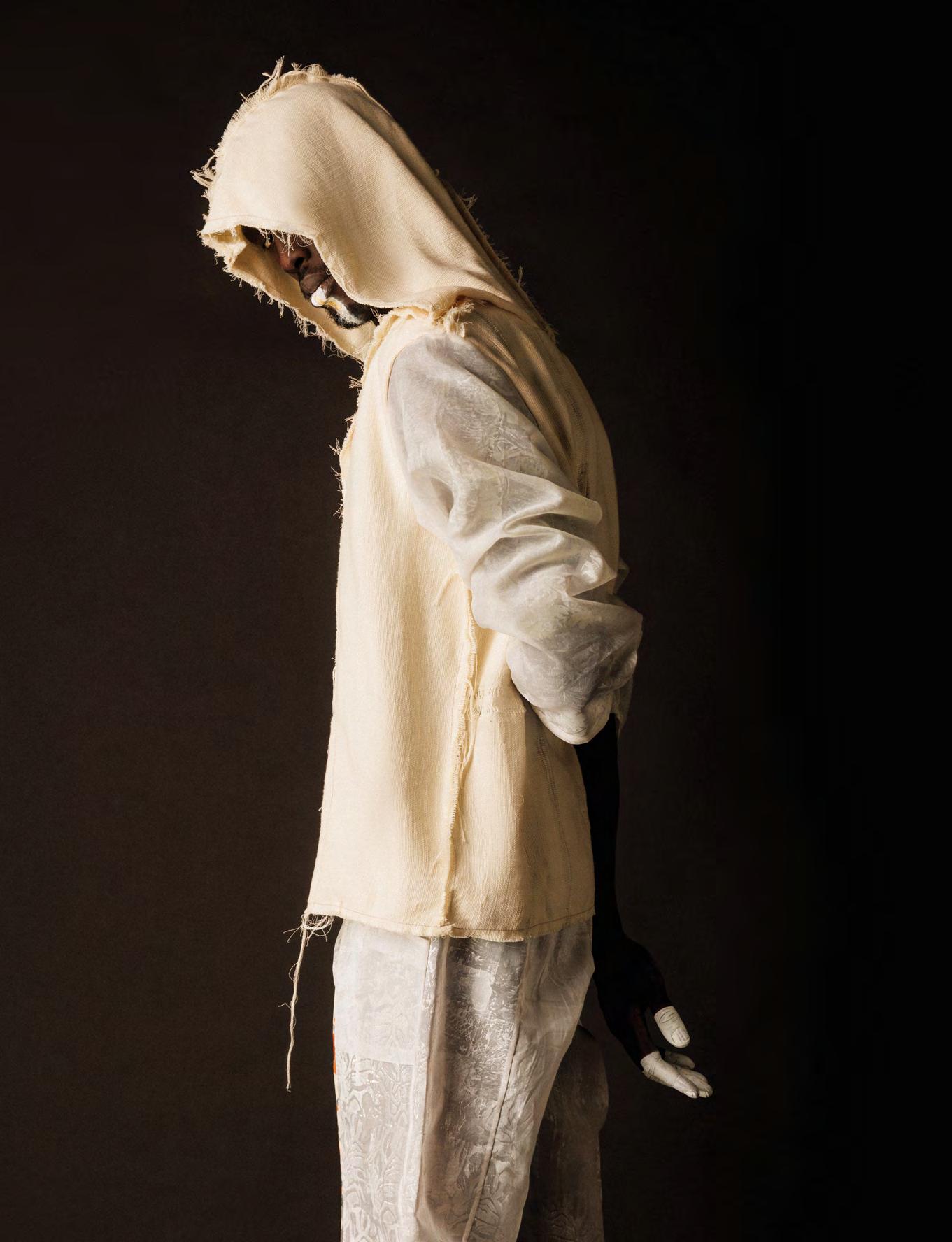 designer MICHEL SABBAGH; photography
designer MICHEL SABBAGH; photography
With the resources, training, and support provided by CSB School of Design, graduating students have gone on to pursue Master’s programs and apprenticeships abroad, teach at various local institutions, enjoy illustrious careers in the fashion industry, and launch internationally recognized and awarded brands. Some of the alumni come back and teach at the school and collaborate with the brand. The circular ecosystem, from education to alumni support, to hiring alumni as teachers, creates a community unique in its nature.
What do your alumni have in common?
All our alumni have a certain shared determination to learn. During their three years at CSB-SD, they learned not just technical and creative skills, but real-life skills required in the industry and beyond, including the importance of collaboration, cooperation, and community, especially in hard times. They carried these lessons into the world once they graduated.
Can you tell us one proud moment you’ve had because of CSB?
I can tell you a few proud moments! To name a few: Heba Nahle was offered a scholarship for a Master’s degree in Politecnico di Milano, while there she worked in robotics, fashion technology and production. Roni Helou won the Fashion Trust Arabia Prize for his ready to wear brand, Aline Seukunian was hired to teach at Lebanese American University, and continues to teach our own students at Creative Space Beirut School of Design. Hazem Kais launched his own brand, Goodkill, Ahmed Amer launched his own eponymous brand, Ibrahim Fakhereldeen became a well-known stylist, and Amir Al Kasm was hired as a designer for Krikor Jabotian. An especially proud moment was graduating the class of 2022. This group of six students, Anis Al Jamal, Joe Kouiek, Minas Oghloukian, Michel Sabbagh, Safaa Al Bardeni and Ziad Serhan, had gone through the worst three years that we have ever lived and still managed to work hard and produce beautiful collections. Basically, our graduate students making their own way is what makes us most proud.
What achievement made you feel that you had reached your goal?
I mentioned earlier that Creative Space Beirut is a lifelong mission. Our dream is to have a campus with different tuition-free programs within the creative industries - a beautiful campus with amazing facilities and dorms. We are growing an ecosystem in the midst of complete chaos, in the absence of a state. I’m pretty sure that I will never feel that the aim is reached, because there is always work to be done. I would feel fulfilled to be able to build solid forms of sustainability through the growth of our brand, CSB and the online store csb-world.com, in order to not rely so much on the grant system. To build an ecosystem that is truly self-sustainable, that’s the aim.
What would CSB’s message to the fashion industry be?
Although we are still struggling to grow, sustain and function in a country that works against us, we’ve still managed to build an ecosystem that promotes equal opportunity and ethical practices. Imagine what would happen if we were able to build such ecosystems all over the world? Imagine that the global fashion industry was committed to similar values. The fashion industry is one of the most harmful industries in the world, to both the environment and to the people it exploits. It is very possible to be ethically profitable and to use a portion of profits for social impact. ■
“The long-term
- I wanted it to develop into a self-sustainable school that was also a brand.”
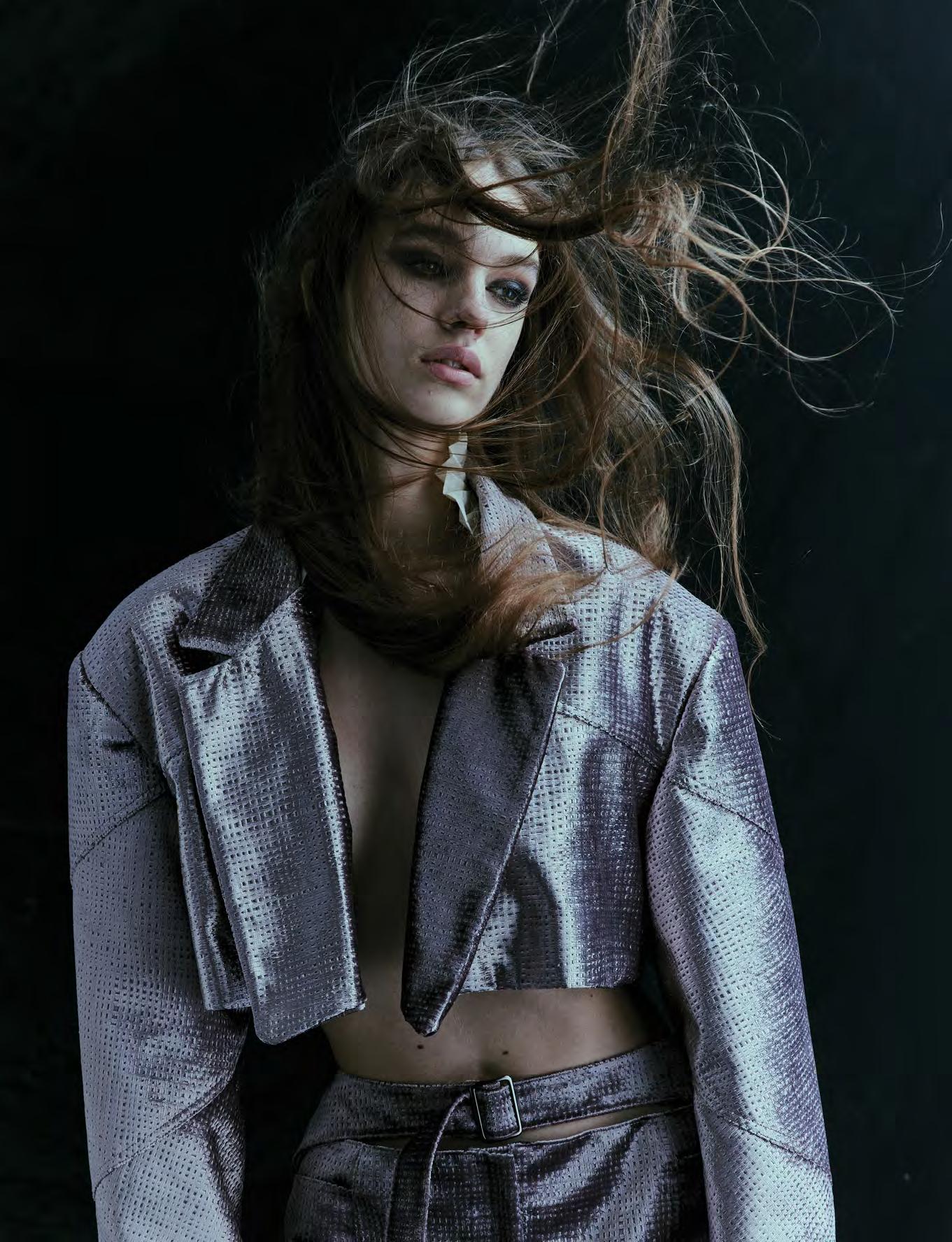
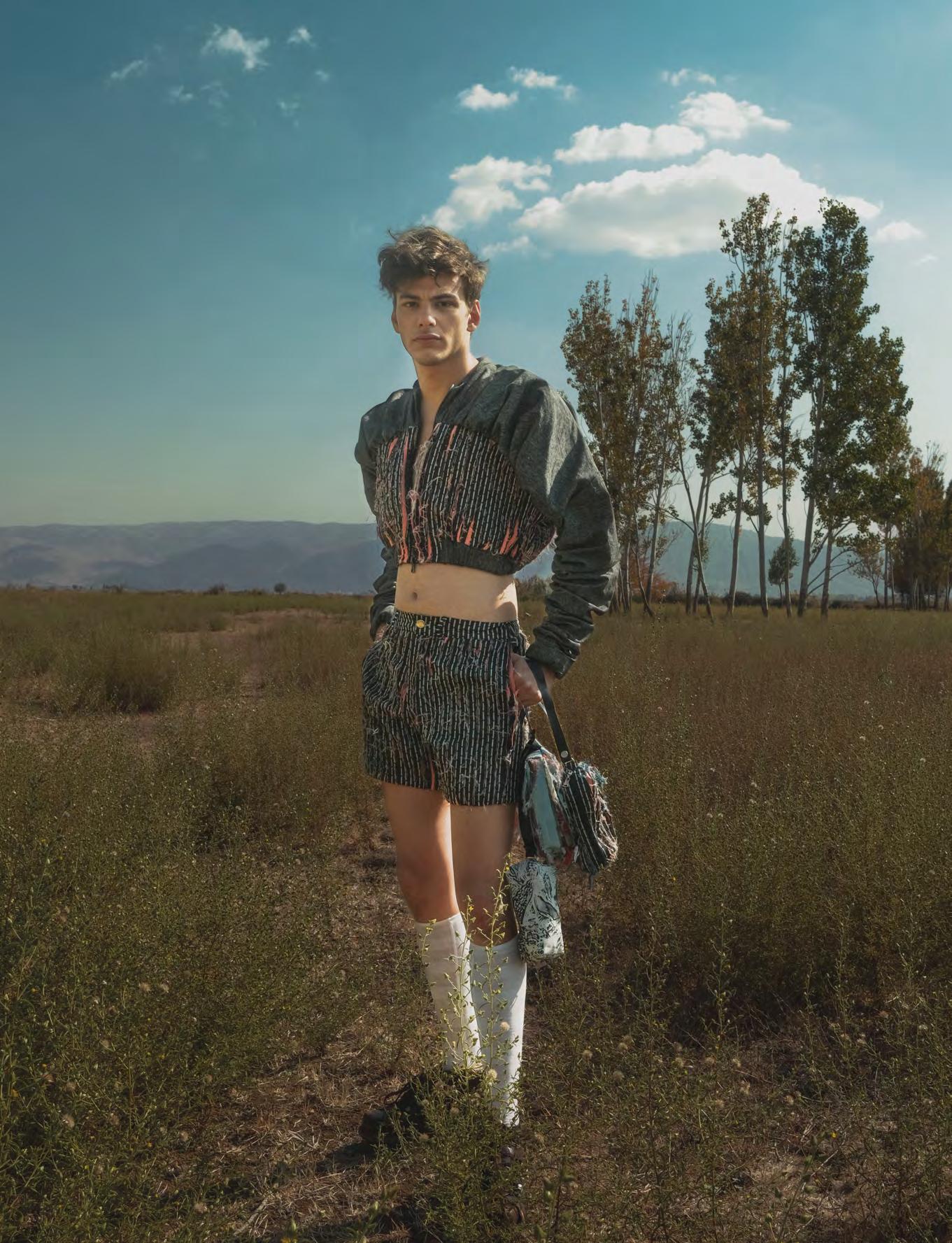
photography ASTUDIO words NUJOUS OWEIS, OMAIA JALLAD
Saudi artist, designer and calligrapher Noha Raheem’s stunning calligraphy combines Chinese and Arabic lettering to create artworks that perfectly blend the two cultures.
Your creative practice appears to gather inspiration from other cultures, why do you think this is the case? A favourite aspect of my work is conveying how simple the aesthetics of Arabic letters are, and how flexible they can be. Arabic letters can be incorporated into any culture without affecting the language’s structure or power.
How did you find your passion for interiors?
Whenever I was a kid, I used to rearrange my room on random papers.Architecture and interiors have always fascinated me.
How did you discover Chinese calligraphy in your creative journey?
That was in 2009. Haji Noor Deen’s work immediately caught my eye. After that, I began practising it in 2016.
What is your favourite interior style and why?
Contemporary interiors. I like the contrast of colours, materials and textures.
Tell us about your experience shooting for Bulgari’s Ramadan campaign.
It was a magical experience. The scenery in Wadi Rum is breathtaking, and the production team was very friendly and helpful. The first shoot is definitely the most memorable. Despite the freezing temperatures, we were on set from 5AM and I saw the calligraphy on the ground for the first time. It was amazing.
If you were to move to a new home and only take four interior items with you, what would they be? This is so hard to answer; all the items in my home are customised. But, to answer your question, my sofa, coffee table, TV unit and my wooden calligraphy pieces.
When creating calligraphy, what do you usually like to write?
I enjoy writing simple and short phrases, or verses. There is nothing but love and kindness involved in it.
What challenges do you face in your work, considering your specific and authentic style in calligraphy?
Due to the extremely busy and fast-paced nature of our world, I generally only have two challenges to contend with: time and setting the mood.
If you could live in a different era, which would it be? The future is what I wish to be in. It would be interesting to see how theworld will look in the 22nd century.
What cultures inspire you?
All cultures are interesting, and I’d love to explore other cultures in my art one day. But, for me, what I know best is my Saudi culture and Japanese culture. They are in harmony when merged.
What is your favourite calligraphic quote?
“
تقولا اذه “ (Arabic text: This time will pass). This quote inspires me in a positive way, reminding me that every hardship is temporary - nothing is eternal.
 rings, B.Zero 1, watch, Bulgari Bulgari, BULGARI
rings, B.Zero 1, watch, Bulgari Bulgari, BULGARI
ring, B-Zero 1, watch, Bulgari Aluminium, BULGARI

Ahmed Fareed is a pilot, an influencer and, increasingly, something of a fashion icon. Fueled by his passion for the skies and a deep love of style, Fareed is a regular at Dubai’s fashion events when he’s not soaring above the clouds.
What inspired you to become a pilot and how did you get started in aviation?
My passion for aviation started when I graduated from school. My father, who’s been in the aviation field for the past 40 years, has inspired me to take the aviation path. I personally chose to be a pilot as I do not favour routine jobs and love a challenging role.
Can you share a memorable experience or moment from one of your flights?
The most memorable experience for me as a pilot is definitely my first official flight and specifically my first landing. After my extensive studies and long training, I had finally reached my first official flight. The feeling I had flying passengers for the first time was mesmerising. I felt the responsibility and importance of my role. All of this was then complimented by my first successful landing, which was a moment of affirmation for my hard work and dedication.
Given that you are a lover of music, do you tend to listen to any specific song before getting on a plane?
I am definitely a music lover. I definitely would say that I am a classic music type of guy. Usually I listen to classic, vintage Egyptian music as it calms me down, boosts my mood and keeps my mind clear and prepared for my flight.
Have you adopted any pre-take off rituals that help you stay calm before a flight?
As I mentioned earlier, music is surely a key ritual that I have adapted to my preflight preparation. Additionally, I tend to interact and socialise with the flight crew to keep the environment friendly and stress free. This way we are all ready to serve our passengers in the best possible way.
Tell us about your experience shooting for Bulgari’s Ramadan campaign.
It was a great experience, one of my favourite shoots ever, the location was magical and the team was great. It’s a pleasure working with such a brand and a lovely team, I feel proud.
How do you manage to maintain a healthy work-life balance as a pilot, given the demanding nature of your job?
I usually tend to exercise at least four times a week, depending on my schedule. It’s really challenging to find the time however, when my schedule is tight I do my workouts during my layover at my destination to make sure I am giving my body the necessary mobility it needs.
Can you talk about any particular challenges that you faced in your career as a pilot? How did you overcome them?
As a pilot my schedule is mostly busy as it is planned on a monthly basis. The biggest challenge as a result of this would be finding the right balance in time spent with family and friends. However, I was blessed with a super understanding circle of family and friends which then allows me to be myself and brings us even closer together.
You seem to be quite involved in the fashion industry as well, how did your career form your voice in fashion? Or are they entirely separated? They are entirely separated. However, I have had an immaculate passion for fashion since I was 20 years old. It’s truly my passion, hobby and skill. Whenever I get my days off it’s always revolving around fashion events and shopping.
What has been your favourite destination to land in thus far?
I would pick the Maldives as the runway extends out into the water. As we approach the landing strip you can already see the heavenly water and the spectacular islands. Not only that, it is absolutely breathtaking and it makes me want to rush through the airport to have my free time completely spent by the water.
What advice would you give anyone who wants to pursue a career in aviation?
To begin with, I want to say that I certainly recommend it to whoever has the passion for it. That being said, to pursue an aviation career you need to consider dedicating most of your time to the job, you need to be consistently fit and always up to date with various topics. I am truly grateful to have achieved such a great goal of being a pilot.
Sportswoman, freediver, aerial silk swinger, Yasmin Baker does it all with a sense of physical grace that few of us will ever come close to.
What lessons have you learned throughout your journey as an aerial acrobat?
Aerial silks was the thing that opened me up to a world of sports and activities, and really changed the course of my life. It started as a simple fascination, but then became a gateway to so many types of movement/ activities/ sports, so many different communities... but more importantly, it helped me develop my self awareness and my confidence, and hone in on my passions.
What new areas of yourself have you discovered throughout your acrobatics journey?
Through silks, I developed certain skills that transfer from sports to life. Skills I didn’t even realise I needed to work on; like facing fears, remaining calm, trusting the process, learning to let go and taking things step by step.
How has your fascination with free diving and marine life exploration come about?
I always loved being outdoors and in the water. My siblings and I grew up in the water and never went more than a few days without being at the beach or in the pool. My family and I are also big animal and nature lovers, so we spent many holidays exploring different environments. It came naturally that I studied Biology in university, and focused on Environmental Studies. But freediving was a bit of a curveball. As a young adult, I was not a very “chill” person, I found myself always on the go, and the curiosity that led me to aerial silks led me to so many other things that I struggled to feel “balanced.” A friend of mine noticed this, and suggested that I try freediving as a way to centre myself and slow down the pace. I took my first course and have been hooked ever since. The peace of mind, focus, and stillness are unimaginable.
As an adventurer, what is one superpower you would like to have?
I love this question! I think I would want to be able to teleport. As someone who loves adventure and thrives on planning, there are so many things I want to see and experience that I can’t do simply because of the time it takes to get there. I would love to be able to close my eyes, and open them and be in another country or underwater, or back at the office, or just skip Dubai traffic, ha, ha, ha!
What goes through your mind when you are in motion - floating in an acrobatic pose or flowing through a reef?
With both these sports in particular, an overwhelming sense of calm and being present, which is not a state I easily get into in normal life settings. It’s so still and quiet, and I can only hear my own reassuring self talk.
Tell us about your experience shooting for Bulgari’s Ramadan campaign. Working with Bulgari was something I never expected to do. They are an amazing global luxury brand, and I never thought that my lifestyle could somehow reflect that essence. I was used to talking about sports, or culture, or personal views about gender norms and so on, but “luxury” was not something I was familiar with. But as with most things, I was curious to learn more and to see what the message behind the campaign was. This campaign was very much an opportunity for me to practice what I preach - stepping outside of my comfort zone. And as a result, I met a wonderful team with a beautiful artistic vision and a strong culture message from this part of the world to everywhere else. Being out in nature, experiencing the elements! It was a totally different kind of adventure to wear a dress and heels and walk through the desert and on cliffs. I loved the green rings and necklaces that were a key part of the Ramadan collection; simple yet elegant and unique.
Your fascination with aerobics first emerged when you were 13 at a Cirque Du Soleil show. What about the show intrigued you?
I loved how free and effortless the movement looked. I imagined it was difficult (I had no idea how difficult until I actually tried it for the first time). But the performers just seemed to flow. Something about movement that is not limited; you can just explore in all directions and ways, and push the boundaries yet build selfawareness and body- awareness. I guess this is what drew me to both silks and freediving; you just float in the air or water.
What other sports do you participate in?
I love being active. I don’t have a competitive bone in my body and I am quite intimidated by team sports, but I love personal challenges and I love trying something new. I want to be active as a life goal, so I try to be versatile and mix up my routine and the intensity of my workouts. I do a lot of Pilates, but I have also tried Muay Thai, sprinting, obstacle races, callisthenics, yoga, ballet, cycling, horse riding, kung fu, circuit training and more.
If you could create your own sport how would it go?
Ha, ha, ha! This one is so hard, I can’t answer! I need them all!
What is your dream destination or venue to perform at?
Aside from being non-competitive and intimidated by team sports, I also get nervous performing in front of an audience ha, ha, ha. As you can tell, I adopt a very “no pressure” approach to my training. That’s not to say I don’t push myself, but I am conscious of doing it on my own terms and for my own growth. That being said, I love being in nature. If there was some kind of beautiful remote jungle or beach location where I could hang my silks up and practice (and then go for a freedive after), that would be the dream!
 rings, Divas’ Dream, necklace, Divas’ Dream Pendant, BULGARI
rings, Divas’ Dream, necklace, Divas’ Dream Pendant, BULGARI
bracelets, Serpenti Viper, watch, Serpenti Seduttori, bag, Serpenti Forever Top Handle, BULGARI
Mthayel Al Ali is a woman of many hats, influencer, entrepreneur, media figure. What brings all this together? A desire to empower women and project a new vision of strength.
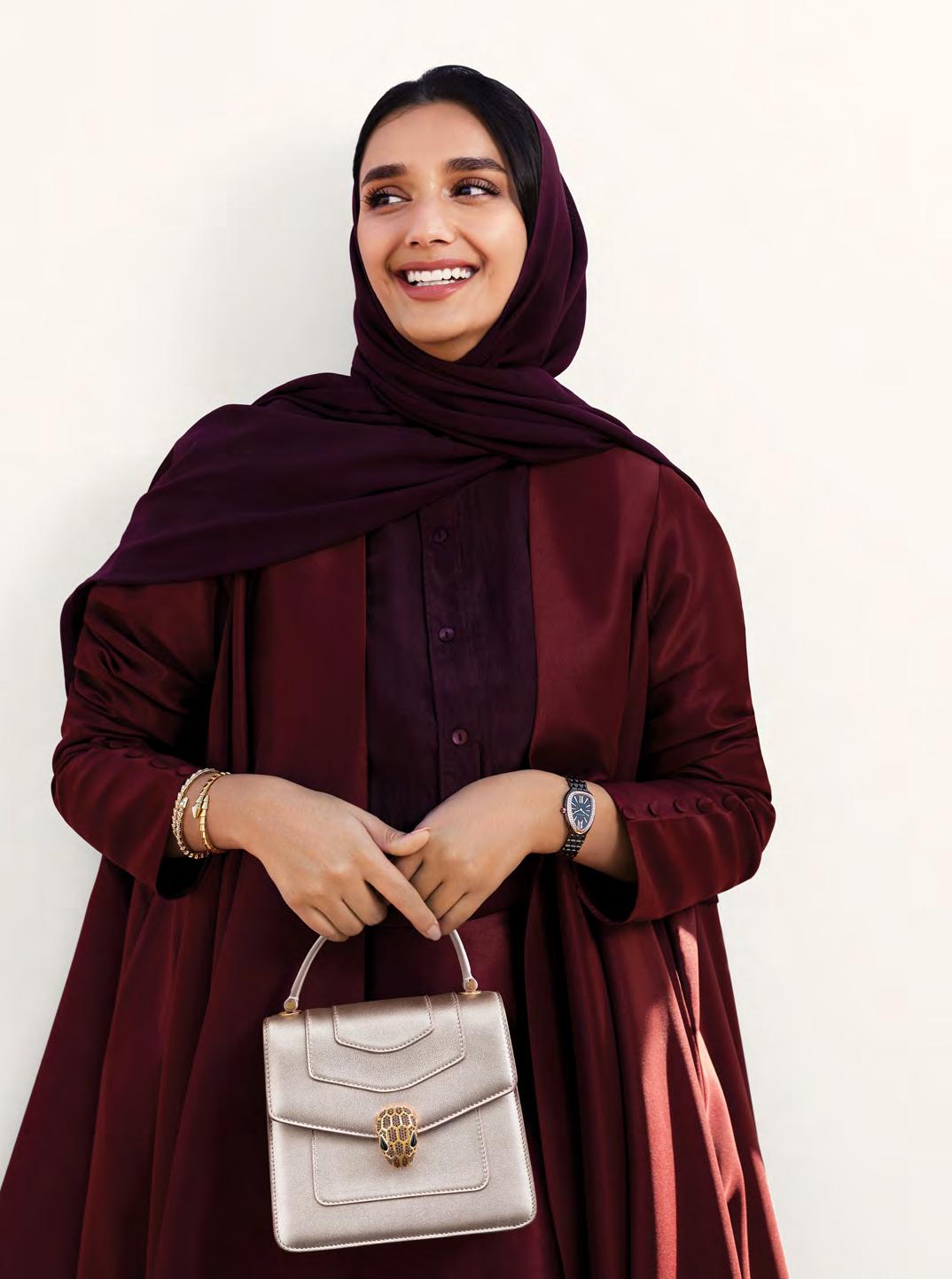
Your journey on social media was kickstarted when you posted an image of your Pakistani driver nine years ago. What was the story behind that picture?
I think he really meant a lot to me, he used to take me to college. He was, I believe, the first eye opener. For a person my age at that time to be very close to someone who has so much experience in his life, I think I had that attachment to him and I would consider him my good luck charm. Nine years ago, I knew this was a story to document and today, we’re still talking about him, so he really made a mark.
You wear many hats; from a social media influencer to an entrepreneur, what is a hat that you aspire to put on in the following years?
I would be very ambitious and say a healer hat. I started my healing and self development journey around five years ago and it has been transformational for me and I really believe that I am meant to create a safe space and an environment for my followers. I have gained, I think, the trust of so many women in the region, and I really don’t take that lightly. I want to be a spark of light and to remind them of their power and who they are as human beings.
Talk to us about your three ventures; Takhayyal, Ara and Ce. How do you balance giving equal focus to all three?
Honestly, I don’t balance. It’s not something that I would say I mastered. I made a promise to myself years ago that every project that I’m going to work on needs to come from the heart. Takhayyal was my creative arm. It is now on pause because I could not balance, I could not give it my all, and with time I really had to decide what matters the most and where my message would be stronger. Ce came after a very hard time, when I started to realise that women need more. I made this with a partner to help women in Afghanistan as a start. Ara came from a voice. If Takhayyal was a creative arm, Ara was my voice, I wanted to create a platform and I started with podcasts as it was important for me to speak about things that we don’t speak about. I called it Ara because I cannot pronounce the letter R in Arabic. So I decided to call it that because it talks about things I can’t talk about.
Tell us about your experience shooting for Bulgari’s Ramadan campaign.
I consider the Bulgari team my family and it’s always a pleasure to work with them for yet another year on this campaign. Shooting in Wadi Rum, was such a unique and surreal experience, I must say the locations were the highlights. It makes me so very proud to represent the Emirates and Gulf culture and integration with international brands. Anything from the Serpenti collection must be my favourite, the pieces feel as if they naturally fit on me.
Empowering women is at the forefront of all your ventures. Who is your biggest female inspiration? I think the one thing that we grew up with, especially in our generation, is that we always saw strong hustler women who created and achieved, and had a very strong voice. But I never grew up watching a woman who chose ease. I never grew up seeing a woman powerful in her feminine energy. So now, my inspiration is my future self. I want her to be the soft, strong woman and the one who doesn’t have to be loud and aggressive and competitive to be where she is. I want to be that example for other women as well, where I choose to show power in a very different narrative than that we watched growing up.
If you could be in anyone’s shoes for a day, who would it be?
I can honestly say I’m a very empathetic person. And it has served me in my life, made me emotionally intelligent, made me able to know how to speak, what to say and how to be. But empathy has not been my strongest supporter lately. I have been feeling down and guilty because I feel like other women need to understand this, and I don’t know how to help, but I am very hard on myself because I feel I can’t always pass it forward. The one thing I haven’t been empathetic about is me. I’m finding it a bit hard to be mindful of where I am, and be easy on myself and be in the moment, so I would want to remind myself every day to walk a mile in my own shoes, because I don’t. My brain usually thinks of everywhere else, but here, where I am, that’s where I need to be.
Take us back to your childhood. What did you aspire to be growing up?
I always knew what I wanted. And I’m doing exactly what I wanted. But growing up, I always wanted to be a teacher. Until one day my mum took me to Sharjah Television. My epiphany moment was when I held a mike there. After graduating with a degree in Media, I got the ultimate offer from the universe. I became a TV presenter, a teacher, and a podcast presenter. I think that one thing in common between all of them is that I loved influence. The idea of creating something that goes outward and that people receive. It was very powerful for me.
“A dialogue between tradition and contemporary art, artist Lello Esposito’s iconic pictorial and sculptural works, often revolving around the Pulcinella, a famed character from classic Italian theatre, are the centrepiece of the curated Ashfields Experience in Italy, celebrating his art in the context of its origin and inspiration in Naples.”
words MENNA SHANAB

“I wanted the sculptures and paintings that I have created over the years to be containers of the roots and traditions, that starting from the innermost recesses and the roots of Naples, became universal, but always remained recognizable.”
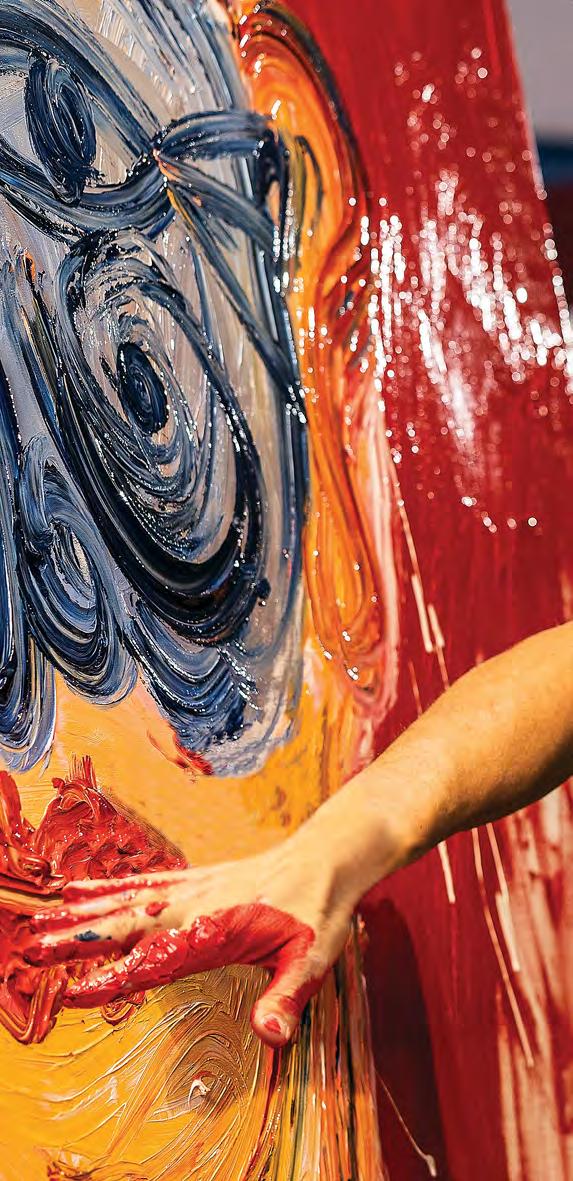

How does your Neapolitan identity inform your artistic practice, particularly in relation to exploring themes of identity and origins?
My being is strongly linked to the identity of my city, and it has totally formed all my artistic exploration. An exploration that has been based on signs and symbols, that in one way or another I have absorbed from the roots of my city and represented in new forms.
Could you share with us how you got started as an artist back in the 1970s, and how your work has evolved since then?
My work began in the 70s when I was a boy thanks to an encounter with one of the masks of the commedia dell’arte – that of Pulcinella, a mask from around the 1600’s. With its dialect it strongly represented a regional identity and characterized the territory. I started from the street and created my first puppet with the appearance of the Pulcinella when I was about 16 years old. And this started my journey in search of my personal artistic path alongside this new travel companion.
How has Naples cultural identity evolved over the course of your career, and how has this influenced your art?
There is no doubt that the long journey of Pulcinella has somehow also marked an evolution of the city itself. Despite having a great history, the signs and symbols of tradition and a history across centuries were something very local. But at some point, they evolved, becoming recognizable to everyone and starting to have many new artistic representations, from works of art to souvenirs. They started traveling the world.
How has your art been received both in Italy and abroad, and have you noticed any differences in how it is perceived in different cultural contexts?
In this journey that began mainly with the figure of Pulcinella - who for me had become a universal container which behind the mask collected every emotion, I began to welcome people from all over the world to my studio and to travel and work abroad. All this was very important [in allowing me] to open my mind and grow, because comparison and diversity are always opportunities for growth. I always say that behind the mask of Pulcinella there is the world. I wanted the sculptures and paintings that I have created over the years to be containers of the roots and traditions, that starting from the innermost recesses and the roots of Naples, became universal but always remained recognizable.
What role does materiality play in your art, and how do you decide which materials to use in a given piece?
I have worked with many materials starting with clay, the idea of creating with the earth is always very exciting, it is the closest there is to the idea of life. From there began my journey to experiment with plaster, bronze, wax and then to all the less traditional materials widely used by contemporary artists such as aluminum, resins and marble powder. Everything can be used, and I am always enriched by experimentation with different materials, individual works or installations. The choice of material for me is endless and goes as far as new technologies and the use of video and lights.
You have worked with a range of mediums in your career, from sculpture to installation art. How do you approach each medium, and can you give an example of a piece that challenged you in a particular way?
Creation is always a challenge. The challenge also lies in imagining that a work can be eternal. Thinking of bronze for example, takes us back over the centuries to archeology. Today, art is also something different, immediate and fast: a temporary installation, scenography or an illuminated work of art. It is always a challenge for an artist who has the task of transmitting an emotion. Even if a work is not always immediately understood or perceived as beautiful, it must at least make you reflect, just as the artist reflects before creating it.
Your work often explores the tension between tradition and contemporary art. How do you navigate this?
I have always defined myself as a cult artist because I have always represented the tradition that belongs to the strong identity of my land. The challenge I set for myself was always to answer the question “How can you change something that has always existed? And how can you make something traditional, contemporary?”
In my paintings or sculptures there is my DNA as an artist through the research of materials and the choice of representation and size; that is the sign that makes it recognizable. There is the “skin” of the work that in my case is even more recognizable (often without even signing my works) because I paint and model with my hands.
How does context shape the way your art is experienced, whether it is exhibited in museums or public spaces?
Very often, when one of my works is created it is not already destined to be in a precise place or space. Everything is generated in the depths of the city in the studio situated in the stables of Palazzo Sansevero. This is a large space submerged below one of the most significant historic buildings in Naples. Here I breathe the air of 3,000 years of history, I perceive the stratifications of different eras, I touch the archeology of the city being surrounded by ancient throughs from the 1500’s and a watering hole from the second century CE. This ancient place, where horses were once fed, is now nourishment for me. In this place I challenge tradition to always create something new and I work on ancient symbols, giving them a new exterior.
This is the challenge for me; that memory becomes new research. Therefore memory, that is the past, becomes the future. The challenge is to create a piece that comes from the roots, from history, from tradition and that becomes a work that adapts to the contemporary: to a museum, a house, a public place, a prison, or a hospital. I am never conditioned by the destination of my work, [I am] always thinking that art must be for everyone.
contains the story of a child who wanted to be an artist, who grew up with this dream, who started at 16, self-taught, making a puppet, and then realized the dream.”

“The art I try to tell

The symbols of Vesuvius, the horn, the skull, the egg, Pulcinella, the mask, and San Gennaro are prevalent in your work. Could you discuss the symbolic meaning behind these images and how you incorporate them into your art? How do you decide which symbols to use and how to transform them?
The first symbol I used in my history as an artist was Pulcinella. This masked actor that I put in many different spaces under different shapes and materials and which I made into a pile of masks, a wall of masks. I made it colorful or monochromatic and it was always able to change to almost manifest all the different feelings which it carries. A container of all the contradictions of our life, carrying the weight and other symbols of my city: Vesuvius, the horn, the eggs, and the skulls.
My main artistic project for Naples has been a complete success: it was in fact to transfer to everyone (craftsmen, artists, artisans) the cult of these symbols and to show my work so that others could also experience the use of these symbols of tradition. Over the years, they have established themselves as “characteristics” of Naples, assuming various forms down to that of souvenirs, demonstrating that tradition and contemporaneity are no longer two opposite and irreconcilable concepts. Pulcinella and I, as travelers of the world and citizens of Naples and the world, we brought pizza and spaghetti. In turn we were enriched with other traditions, learning to eat Lebanese Baba Ganoush, Korean, Japanese and Mexican, enriching us at every meeting.
Experimenting, I grew, and growing up I also changed my art. And so, for example, my skulls, my horns and my masks became many things: large works of different materials, graphic signs and illuminated signs.
Behind the mask of Pulcinella there is the world, the double, the contrasts, the meeting point of black and white, as [is found] in his costume.
The Pulcinella sculpture in Vico Fico al Purgatorio is the most photographed works of art in Naples. What does it mean to you to have created such an important part of the city’s cultural landscape?
I’ve linked my art to many cities, and to Naples in particular, offering myself as “nourishment”, repeatedly creating works that are exhibited in squares, streets, public buildings and alleys.
[As you say,] the Pulcinella bronze sculpture located in Vico Fico al Purgatorio (the historical center of Naples) is today the most photographed work of art in the city.
A 40-ton mask made of lava stones stands out on the slopes of the Vesuvius volcano.
A sculpture of mine is present at “Salvator Rosa” metro station with a bronze Pulcinella that figuratively represents a globetrotter.
Very popular and loved is also the Pulcinella named “Il Dubbio dell’uovo”; the piece is in Parco Mascagna [a public park and playground in Naples - ed.] and I had imagined it as a gift to the children of the Vomero district, placing it on the ground, therefore at their height. This Pulcinella, whose hands were stolen and replaced with a heart, accompanied the growth of many children, now the men and women of Naples.
These are just a few examples, dear to me, of my works that are placed around the city, but I have also made many awards for literature, cinema, sport, and others. What drives me to do it is the desire to leave signs, seeds, giving something back to Naples, a city that has given me a lot.
What, in your opinion, is the role of contemporary art in keeping cultural traditions alive and relevant in modern society?
The role of tradition is very important because the more viscerally we are linked to an identity, the more we can be universal. But on the contrary, the more we think we are universal the more we are nothing. The art I try to tell contains the story of a child who wanted to be an artist, who grew up with this dream, who started at 16, selftaught, making a puppet, and then realized the dream. Today my workshop is visited by people from all over the world and I go around the world in search of continuous growth to improve what I am. As a 65-year-old, I say that now I can start being an artist with my feet firmly rooted in the earth and with my head in the clouds. With only the rules of freedom, of exploration and with the commitment to remain oneself. ■
“Even if a work is not always immediately understood or perceived as beautiful, it must at least make you reflect, just as the artist reflects before creating it.”
Nestled in the historic Al Fahidi neighbourhood of Dubai, the XVA Art Hotel is a veritable treasure trove of contemporary art, culture, and heritage. Once the revered residence of the Seddiqi family - a distinguished name among the city’s Rolex dealerships - this 100-year-old property has been reimagined as a boutique hotel and art gallery.
The hotel is a true oasis in the midst of a bustling metropolis. A maze of meandering alleys and tree-lined courtyards lead to 15 individually designed rooms and suites, each one a unique and inspiring work of art in itself. The rooms boast luxurious amenities, plush bedding, rich fabrics, and picturesque views of the Dubai skyline, offering a serene and sophisticated atmosphere, whether you opt for a snug interior room or a roomy suite with a personal balcony.
Contemporary art adorns every wall and nook, and curious fabric installations decorate the ceilings. The old, twisted trees, ornamented with roses, alongside the armchairs upholstered in movie scene prints, offer a whimsical contrast. The wind towers, or barjeel, reminiscent of early air-conditioning in Iran’s Bastaki region, pay homage to the property’s rich cultural heritage.
The XVA Gallery is an integral component of the property, displaying contemporary art from Europe, the Arab world, and the Sub-continent, with a focus on works by the region’s foremost artists, as well as emerging talents. The exhibitions aim to transcend the viewers’ boundaries and prejudices, fostering an embrace of different cultural identities and perspectives. XVA Gallery exhibits both locally and internationally, participating in international art fairs such as Art London, SH Contemporary, and Art Basel Hong Kong to showcase the best of Middle Eastern contemporary art. The artwork does not remain confined to the gallery space, but spills out into every corner of the hotel, lending its personality to each space.
The tree-lined courtyards offer a peaceful retreat from the hustle and bustle of the city, with guests indulging in refreshing mint lemonade while immersing in the atmosphere. The XVA Art Hotel is a well-kept secret in Dubai’s heart, where visitors feel like they have chanced upon an enigmatic haven. In addition to the art and culture, the hotel’s award-winning restaurant offers an unforgettable dining experience, serving delectable dishes that reflect the region’s culinary traditions. Guests can also explore the surrounding area, with the Dubai Fort and other cultural landmarks just a short stroll away.
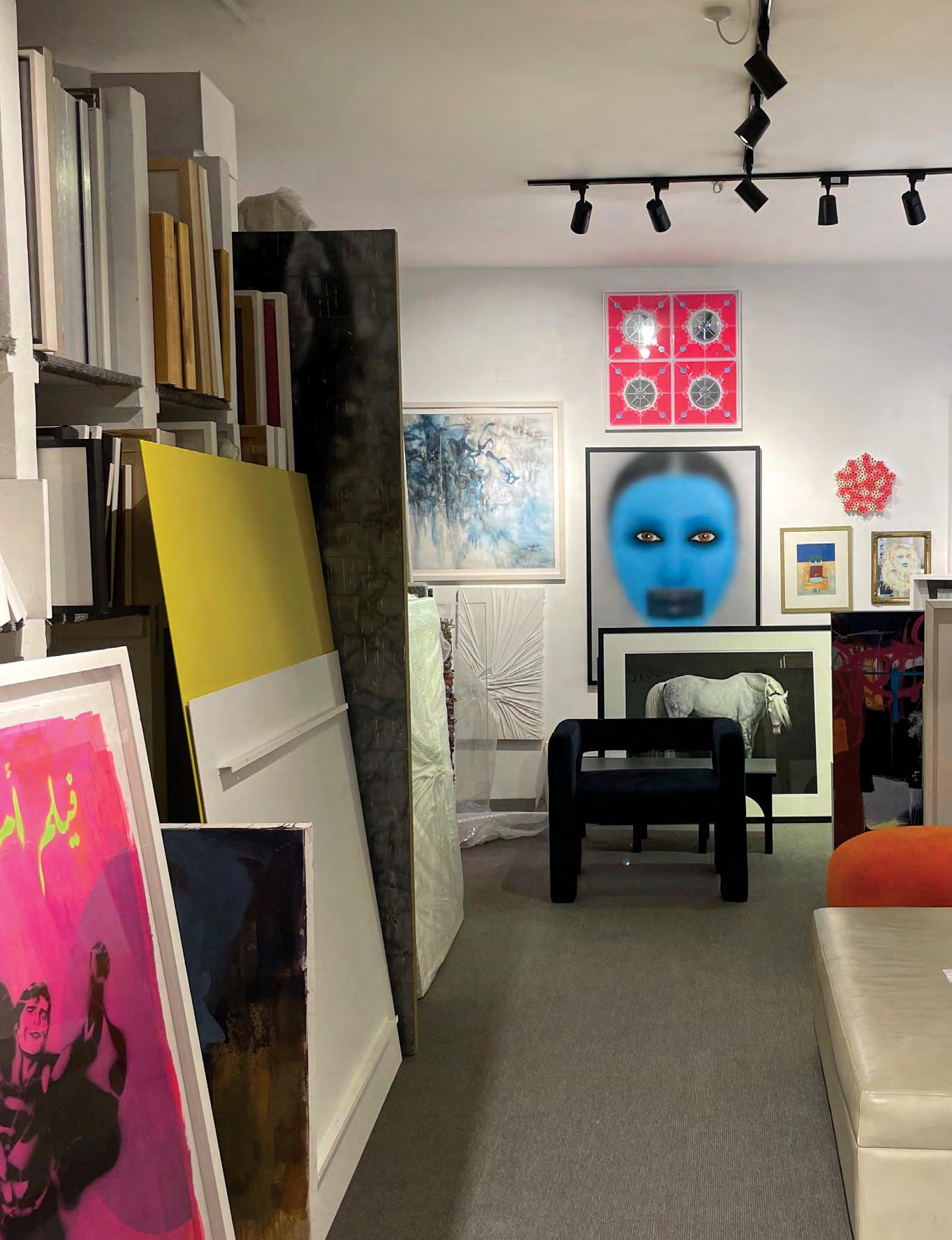
As the sun rises over Dubai, The Queen Elizabeth 2’s sleek lines and magnificent profile are on full display. Now permanently moored off the coast of Dubai, the QE2 stands tall as a symbol of a bygone era, a living testament to a time when luxury and sophistication were the hallmarks of oceanic travel. Originally built for the prestigious Cunard Line, this luxury liner was once the pride and joy of the fleet, serving as the flagship for nearly four decades. Now, the UAE is her home.
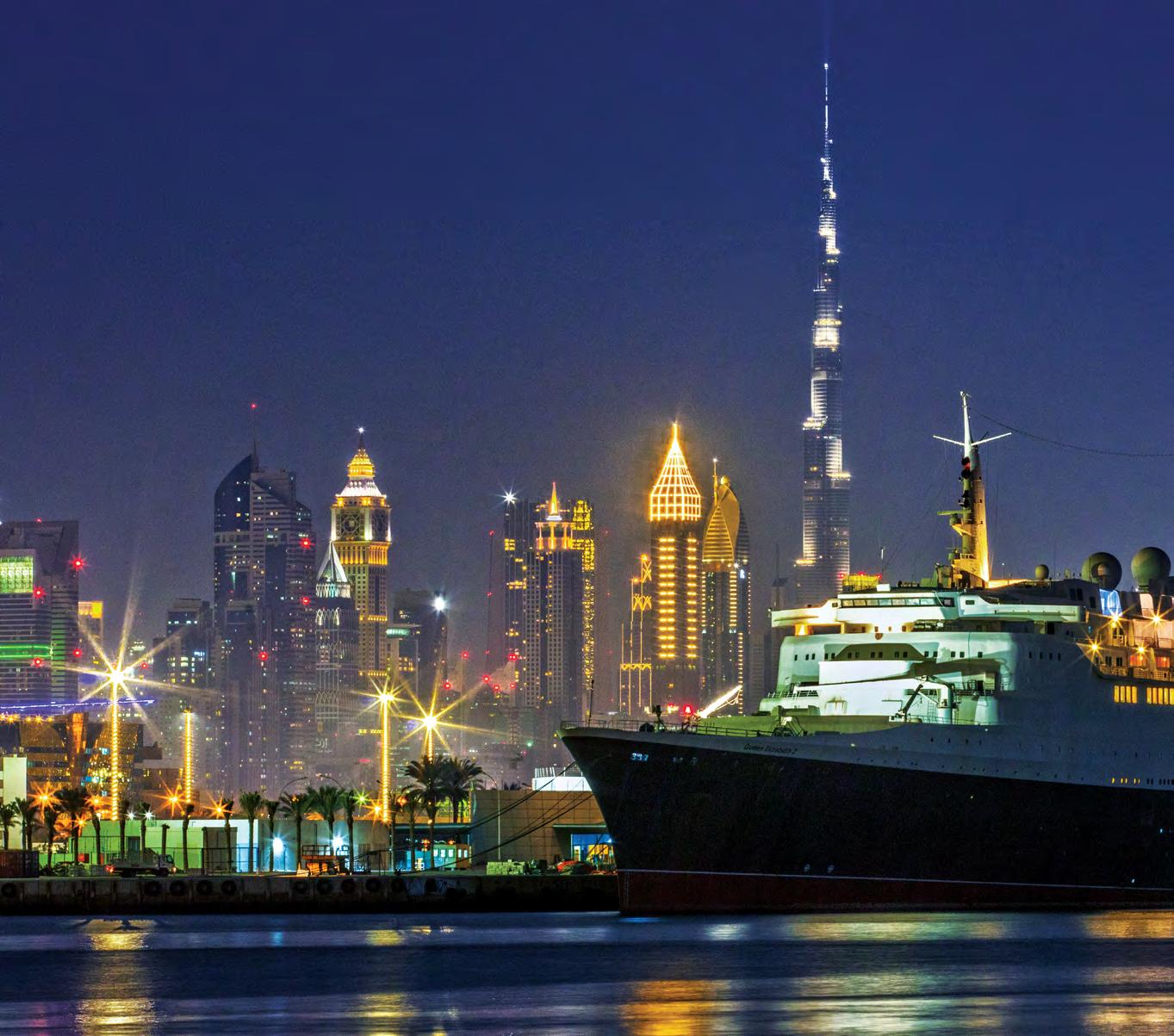
Today, the QE2 has been transformed into a 500-room floating hotel, permanently docked at Mina Rashid in Dubai. As you step aboard this floating piece of history, you are immediately transported to a world of unparalleled elegance and sophistication. From the grand lobby with its sweeping staircase to the well-appointed cabins with their opulent furnishings, every detail of this iconic vessel exudes a sense of timeless grandeur.
As you explore the QE2’s many decks and corridors, you’ll discover a treasure trove of art, antiques, and memorabilia from her illustrious history. Vintage photographs line the walls, showcasing the famous faces and glittering events that have graced her decks over the years. Original furnishings, artwork, and artifacts are lovingly preserved throughout the ship, a step back in time to a world of effortless refinement.
Over the decades, during its 800 Atlantic Ocean crossings, the ship hosted a veritable who’s who of celebrities and renowned figures, from Nelson Mandela to Elizabeth Taylor, Elton John, and Buzz Aldrin. Even members of the British Royal Family have graced her decks.
Beyond its illustrious history, the QE2 was a marvel of engineering, designed to endure the rigors of transatlantic travel. Her voyages from her home port of Southampton, in the UK, to New York, in the United States, were a feat of modern engineering, and she was the last oil-fired passenger steamship to cross the Atlantic in scheduled liner service until her refit in 1986–87.
The restaurants and bars aboard the QE2 are a feast for the senses, offering an array of culinary delights and signature cocktails to suit every taste. From the elegant fine dining restaurant with its sumptuous menus to the casual bistro-style eateries and cozy lounges, there is something for everyone on board this remarkable vessel.
As the sun sets over the shimmering waters of Dubai, the QE2 takes on a new level of enchantment. The ship is beautifully lit up, creating a stunning silhouette against the night sky. The restaurants and bars come alive with live music and entertainment, creating a sense of celebration and festivity.
With its opulent furnishings, exquisite food, excellent entertainment, and rich history, the QE2 offers a unique opportunity to experience what the art of ocean travel was like at its finest
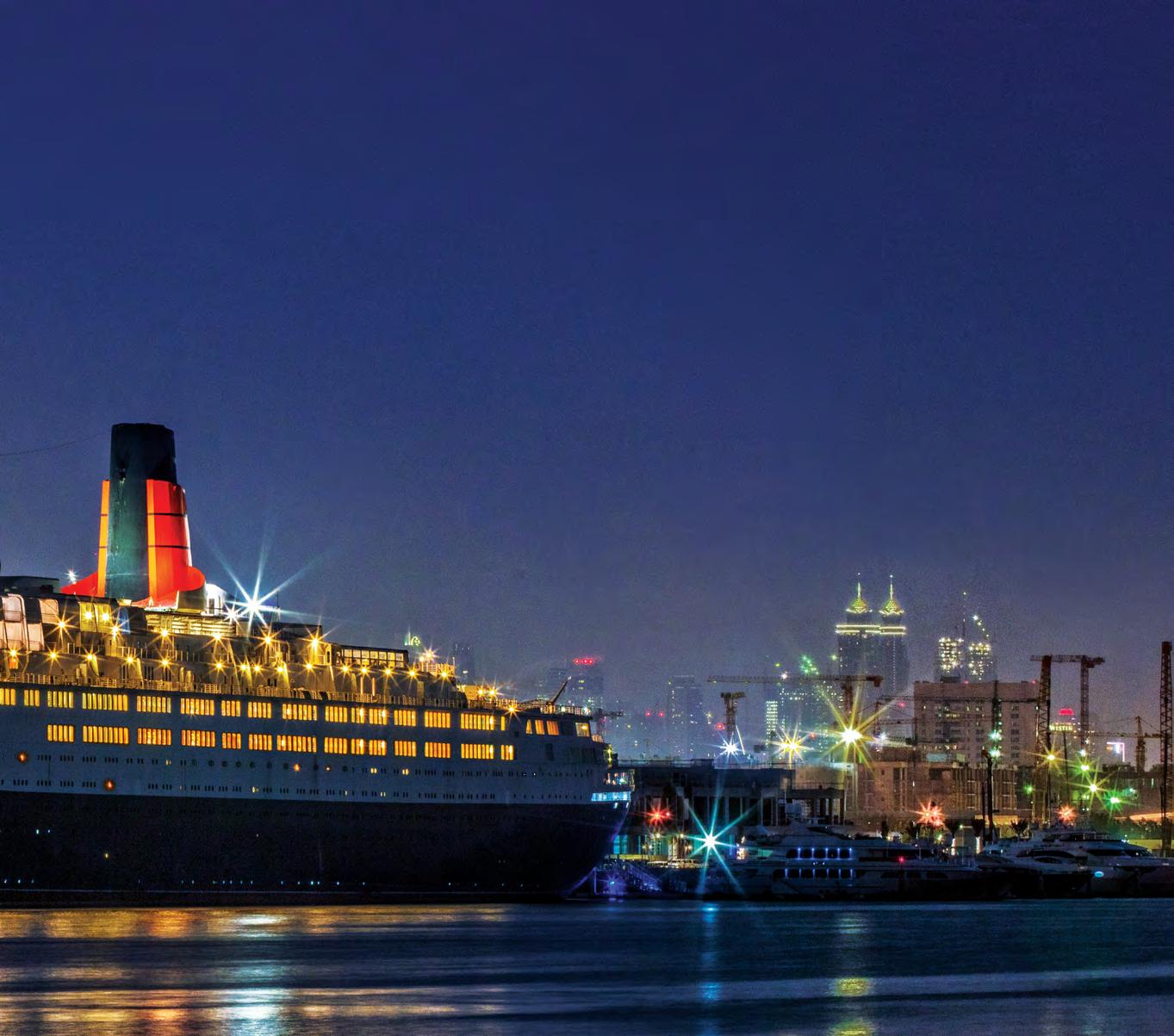
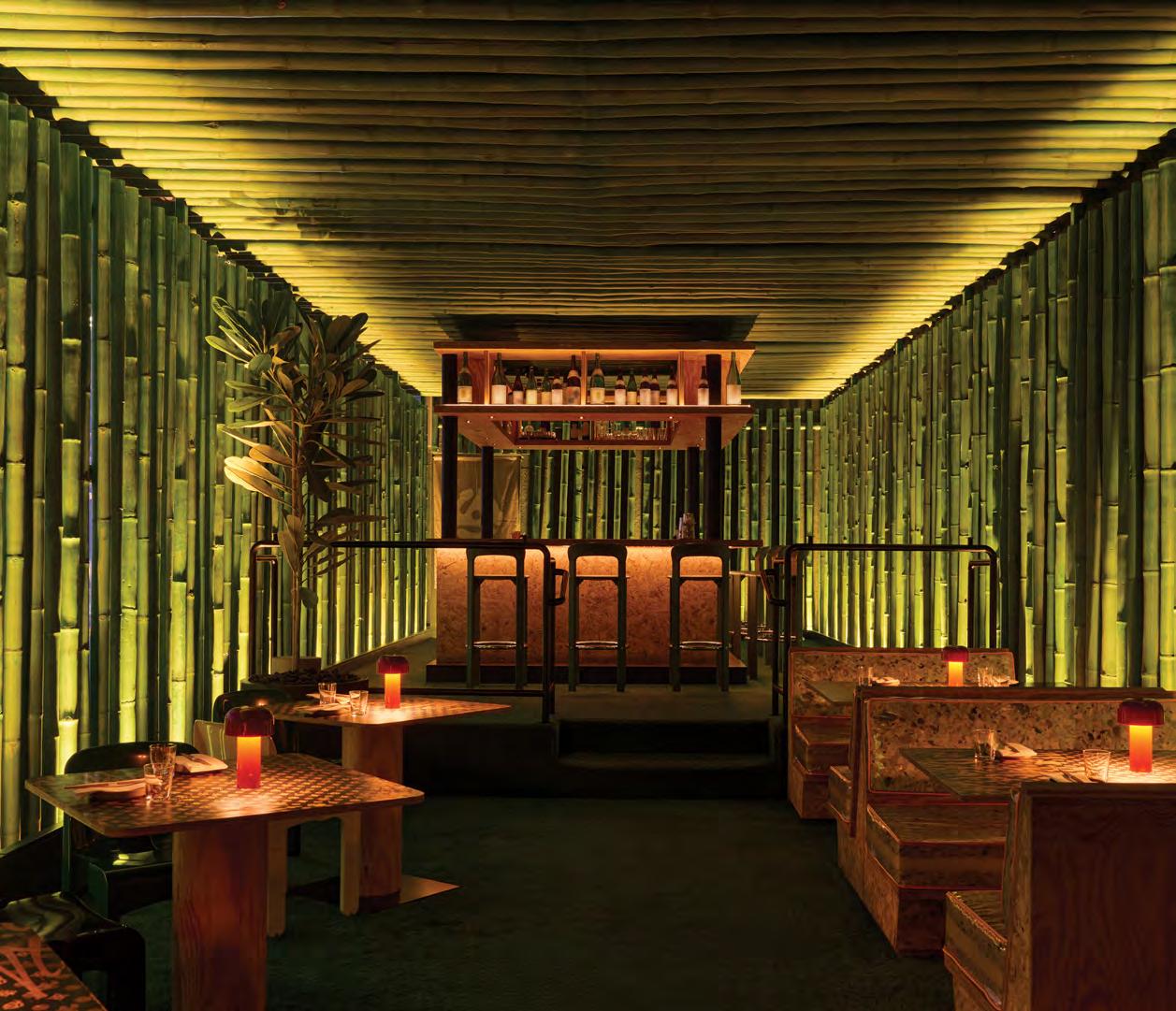
Dubai is a city of superlatives, where innovation and beauty converge to create new experiences for its diverse and discerning residents. In this vibrant metropolis, Honeycomb Hi-Fi stands out as the city’s first-ever listening bar, drawing in Dubai’s music cognoscenti with its unassuming yet sleek aesthetics, hand-picked curation of vintage vinyl and a fine repertoire of Asian tapas from an izakaya-style kitchen. As the brainchild of the VKD Hospitality group, the team behind other successful venues such as Miss Lily’s and Indochine, Honeycomb Hi-Fi is a tribute to Dubai’s cosmopolitan lifestyle.
Finding Honeycomb Hi-Fi may require a bit of effort, as the entrance is hidden behind a cosy vinyl record shop inside the Pullman Hotel, and true to Dubai’s penchant for clandestine entrances, the space is bustling even on a weekday evening. As you enter, you’re met by a cultural haven of creative exploration, featuring a record store created in collaboration with Flipside Records, leading to a set of noren curtains that finally unveil the intimately illuminated bar and dining area.
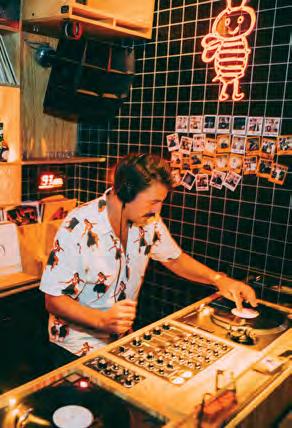
Honeycomb Hi-Fi’s interior is a feast for the senses of both audiophiles and design fanatics. Wooden panels line the walls, Takumi-style carpets with intricate patterns add a touch of sophistication to the space, while retro furniture and light fixtures pay homage to the golden era of audio equipment. The centrepiece of the space is the honeycomb-shaped bar, illuminated by warm lighting that sets the tone for a night of audio exploration.
The bar’s Japanese sensibilities are visible in the clean lines of the space, complemented by the acoustic foam-covered ceilings that create an audio-centric dining and drinks experience that just exudes cool. The owners’ love for music is apparent, with a rotation of DJs serving up an audio feast that changes almost nightly, featuring every genre from electronic to jazz.
Honeycomb Hi-Fi’s multiple spaces are designed to cater to different experiences. The ‘Listening Bar’ is at the literal forefront of the space, while ‘The Gallery’, a smaller elevated space, offers an added sense of privacy, tucked away behind shutters. It also showcases a rotating art exhibition, featuring global music cultures throughout time. Legendary designer Devon Turnbull built the audio elements, amping up the listening experience with custom speakers, amps, and turntables, creating distinct hi-fi sound systems that integrate into the space’s interiors.
The dining space may be small, with only a few tables dotting the room, but it offers a selection of creative Japanese bar food that perfectly complements the immersive audio experience. The menu, curated by chef Matt Abergel of Hong Kong’s Yardbird and Ronin fame, features a carefully selected range of izakaya-style cocktails, wines, sake, Japanese craft beer, cold, raw, and hot starters, mains with noodles, rice, and desserts.
Dubbed ‘The Garden’, the newly unveiled outdoor terrace pays homage to the beauty of Japanese bamboo gardens, while incorporating an industrial twist. Encased by a rich green bamboo enclosure, the artificial turf floor evokes the ambiance of Japan’s enchanting moss gardens. While the other materials used in the area remain unassuming, they are not devoid of creative ingenuity. The elevated plywood bar appears to float at the end of the terrace, providing guests with an opportunity to indulge in the open air and bask in the picturesque waterside views of the canal, all while enclosed within a stunning bamboo grid. The imposing Dubai skyscrapers loom in the background, offering a striking contrast between metropolitan and tropical elements.
